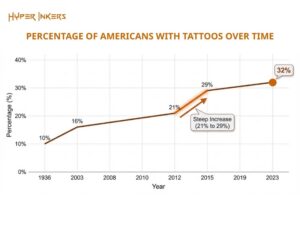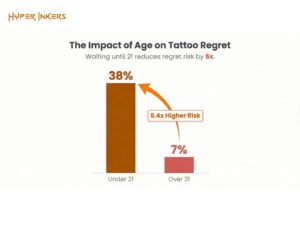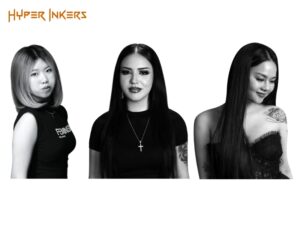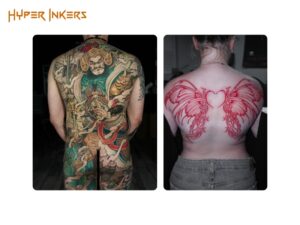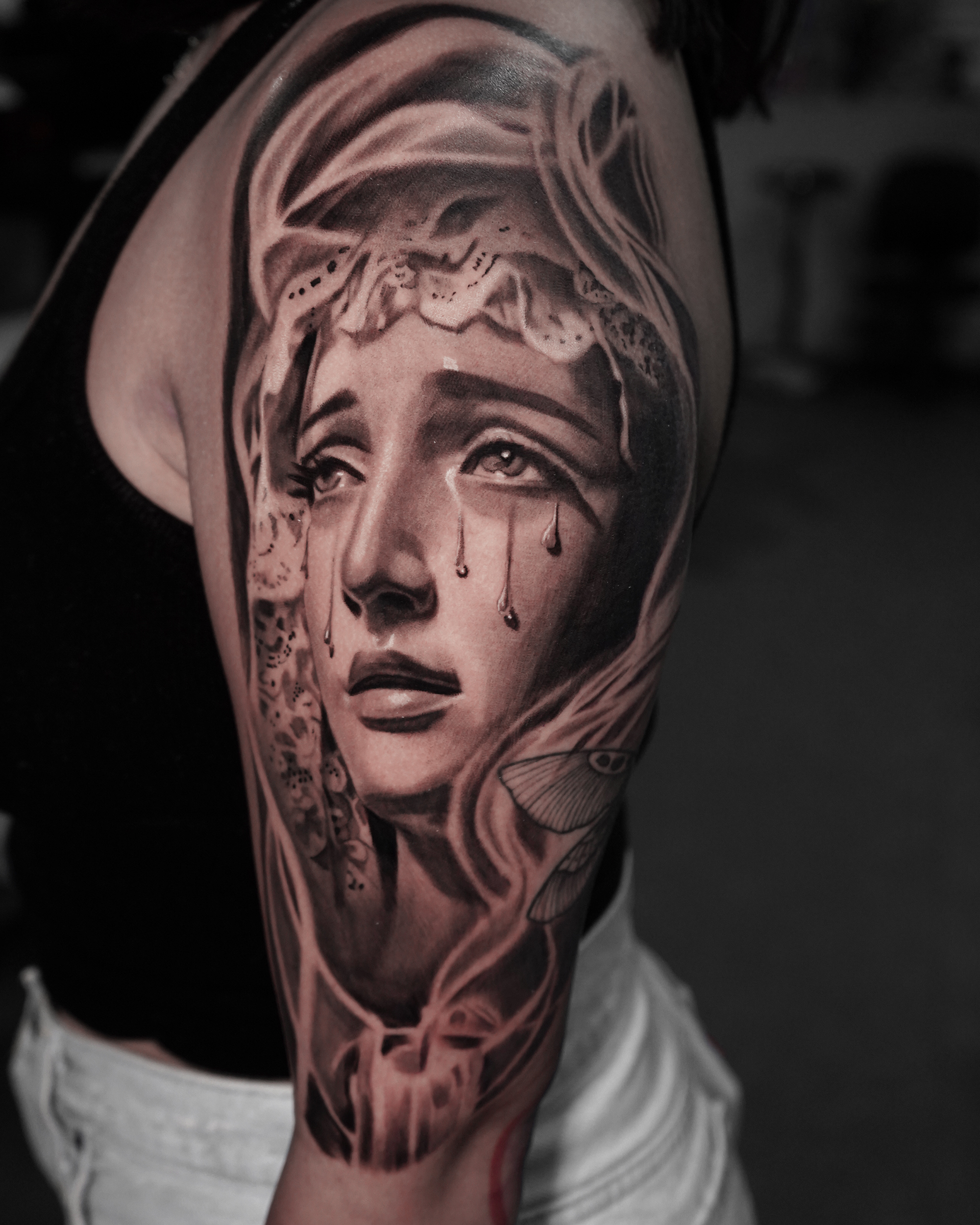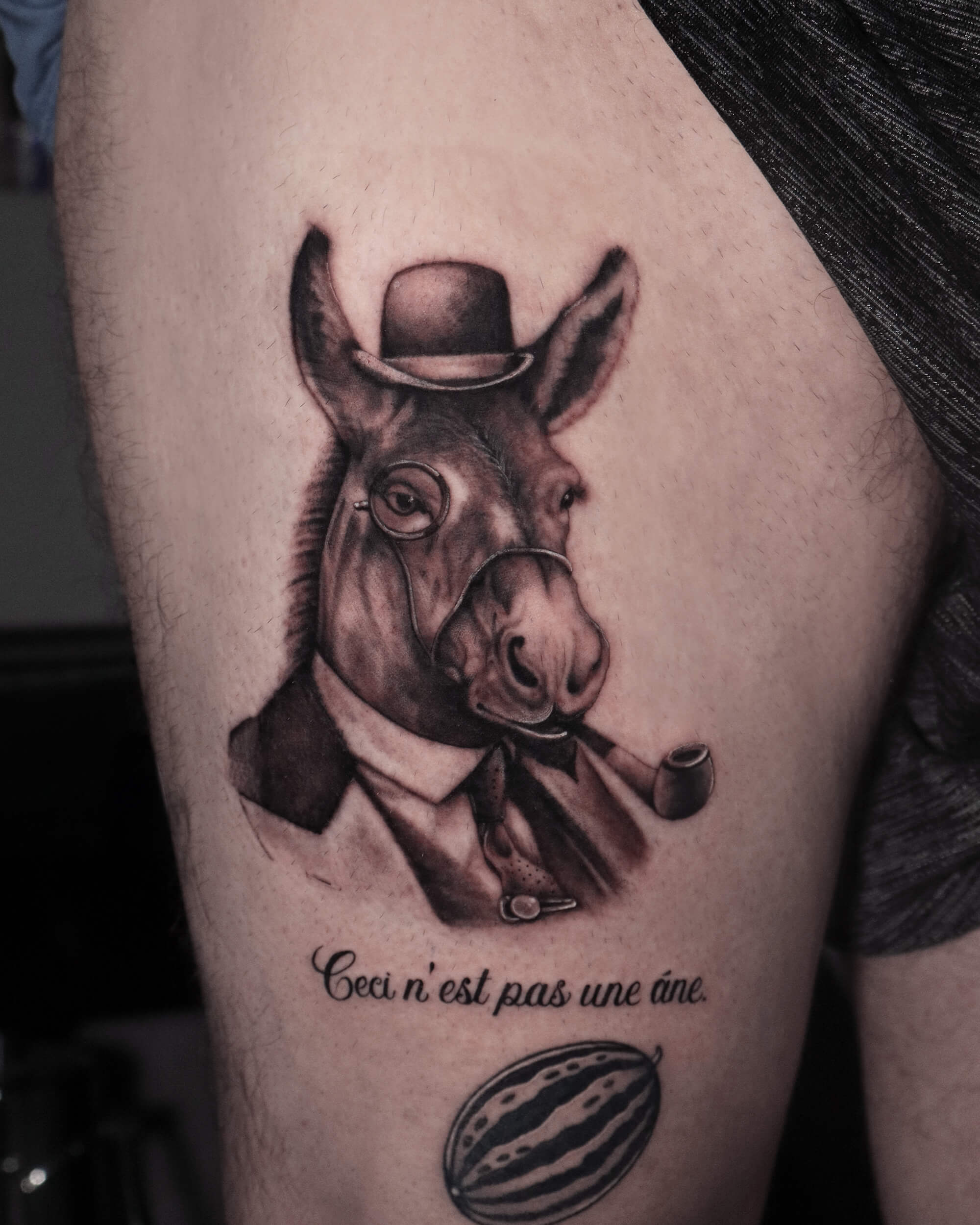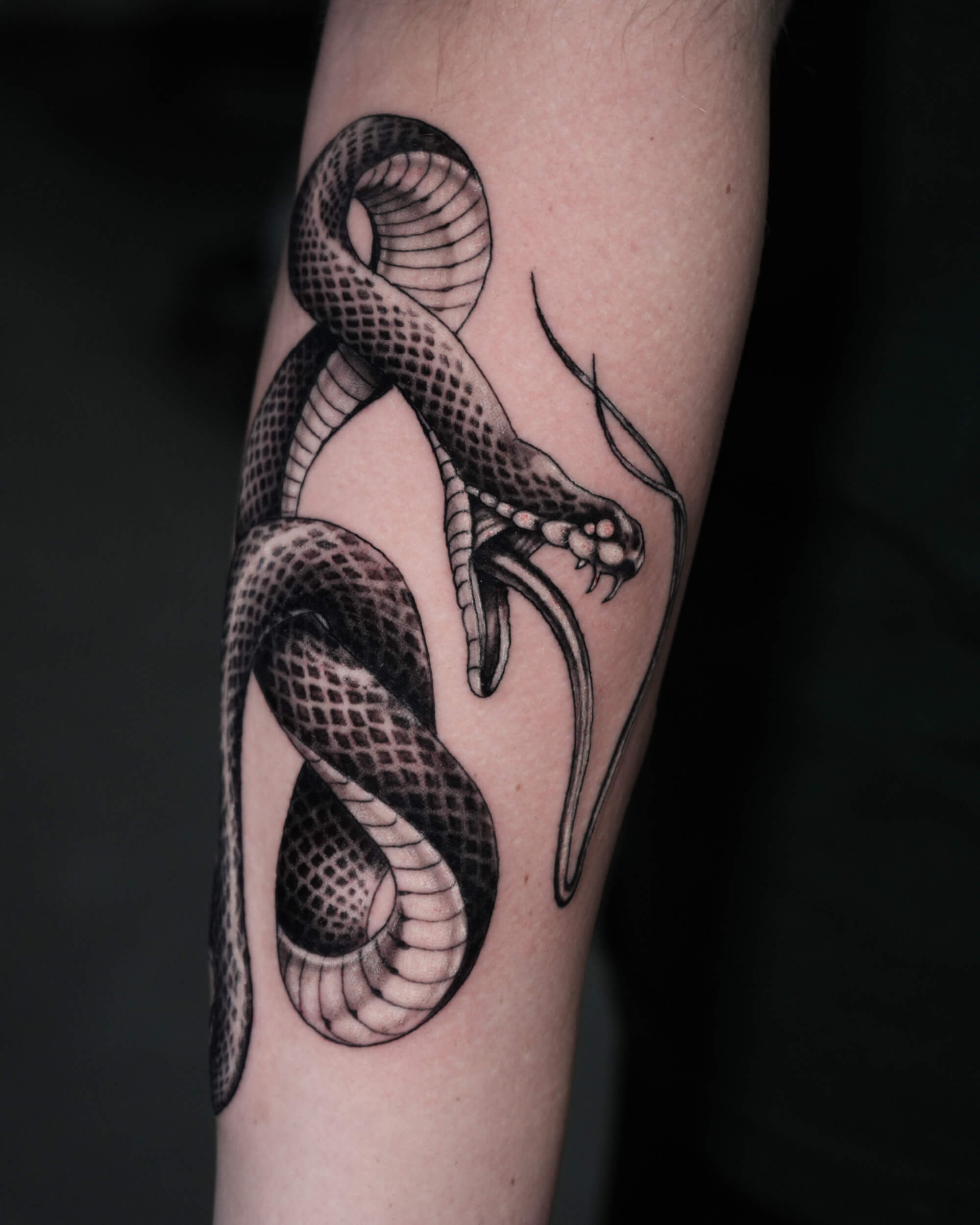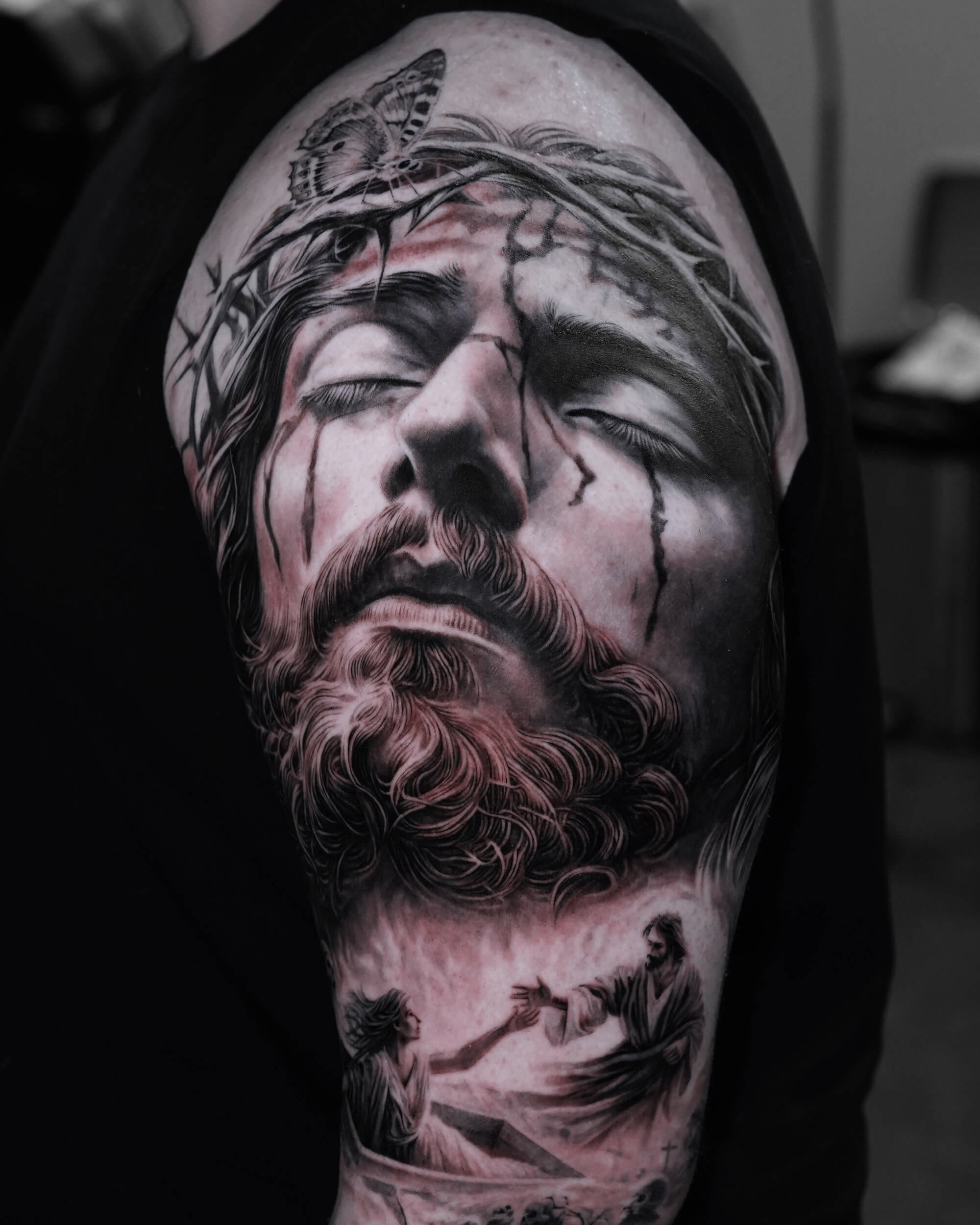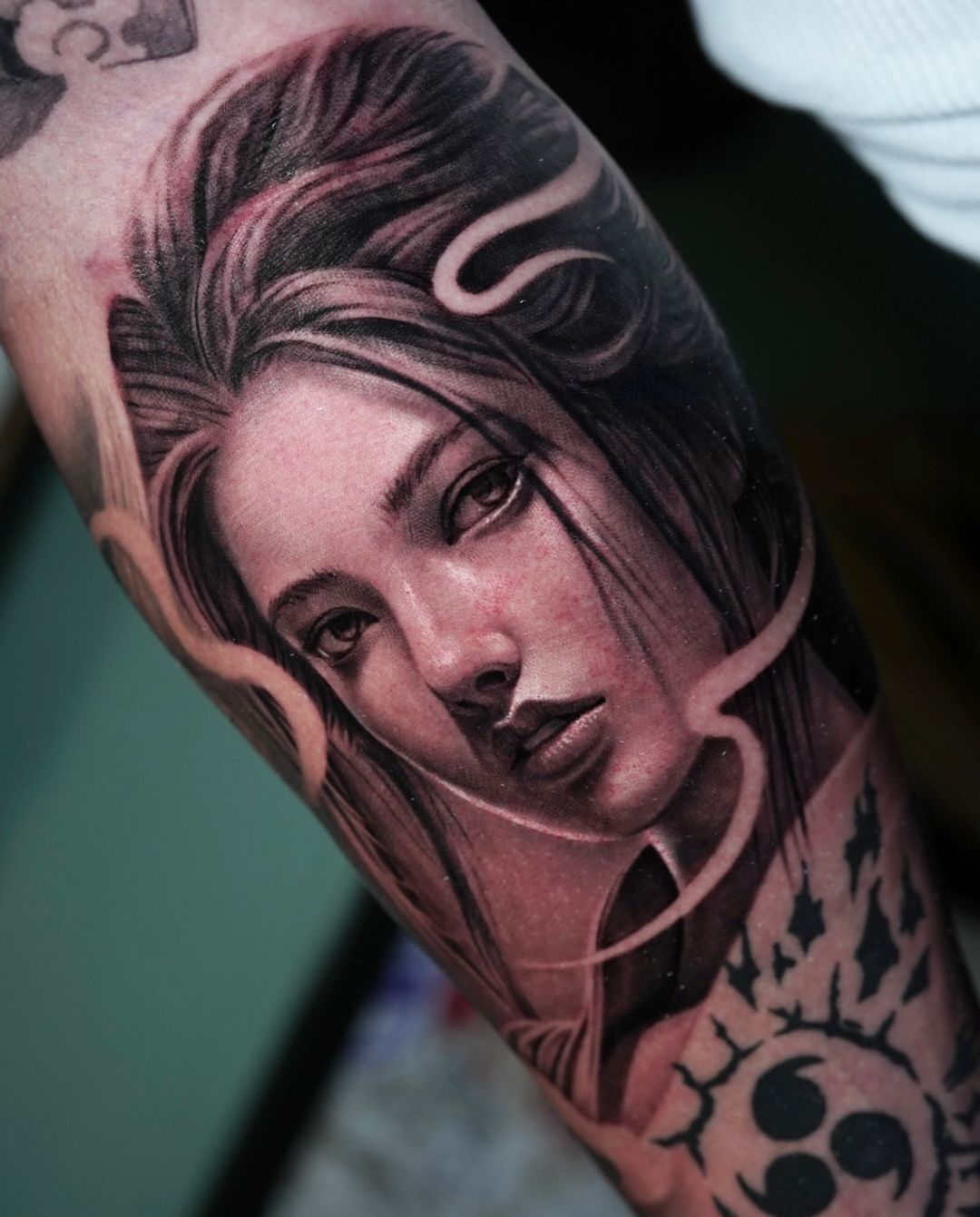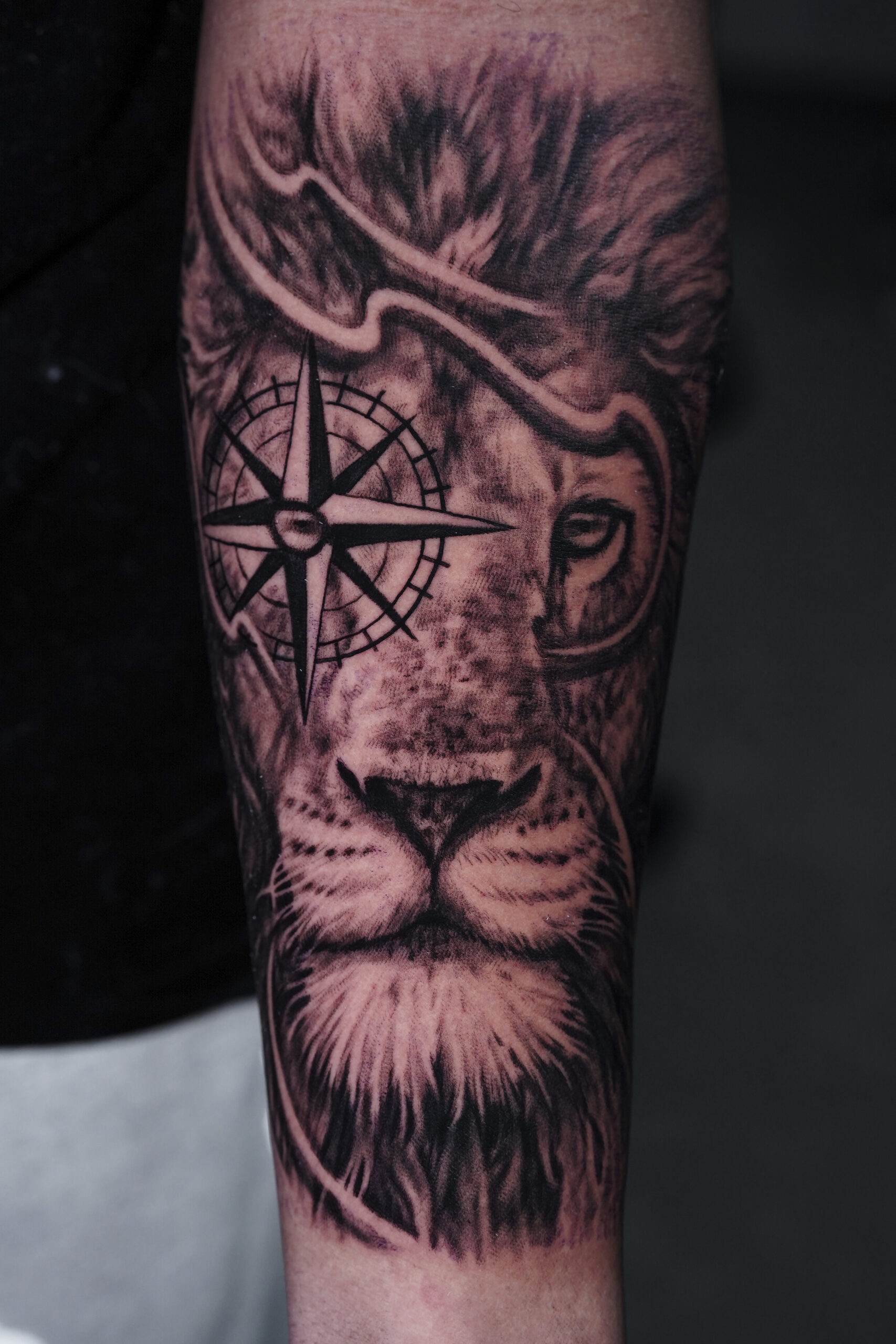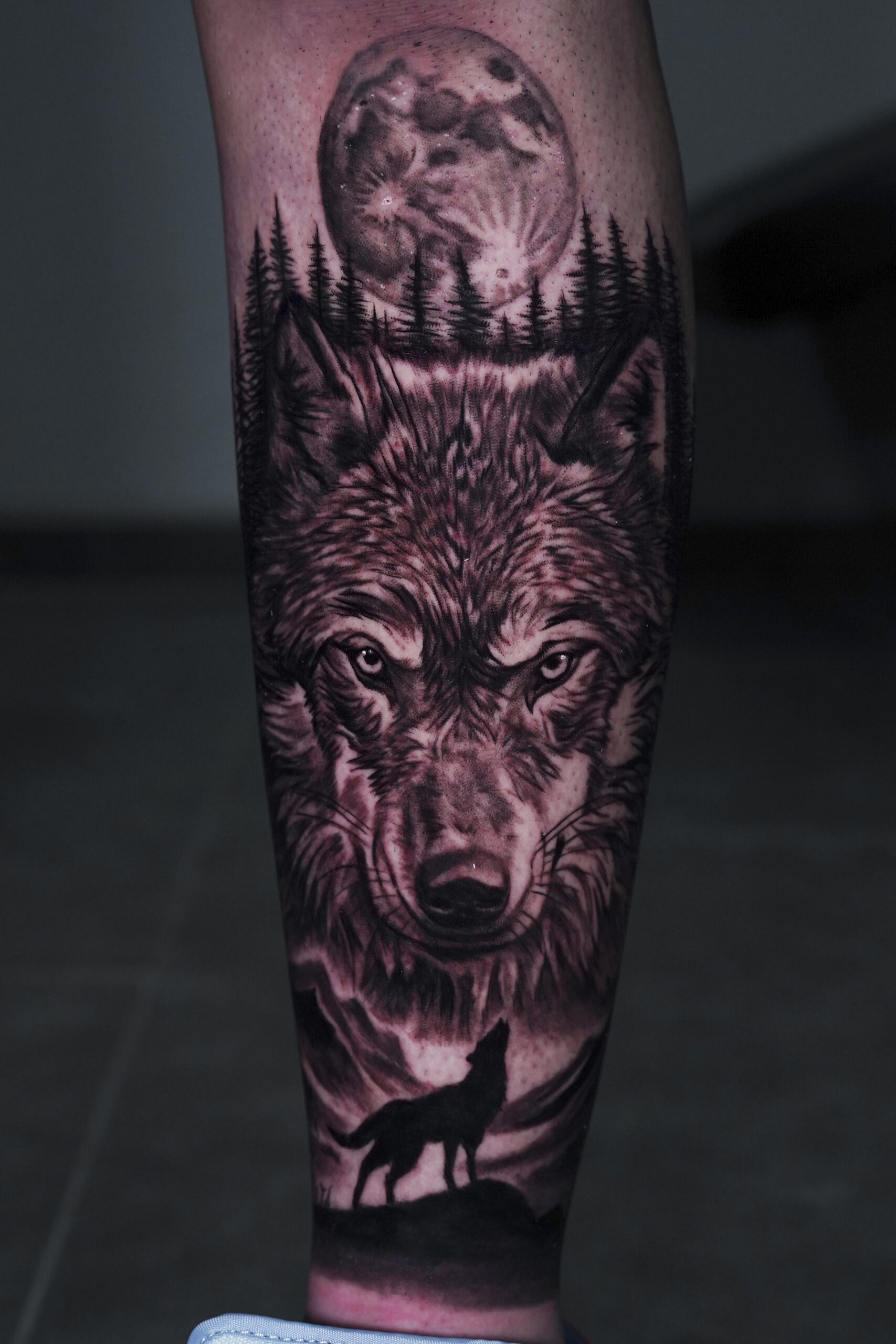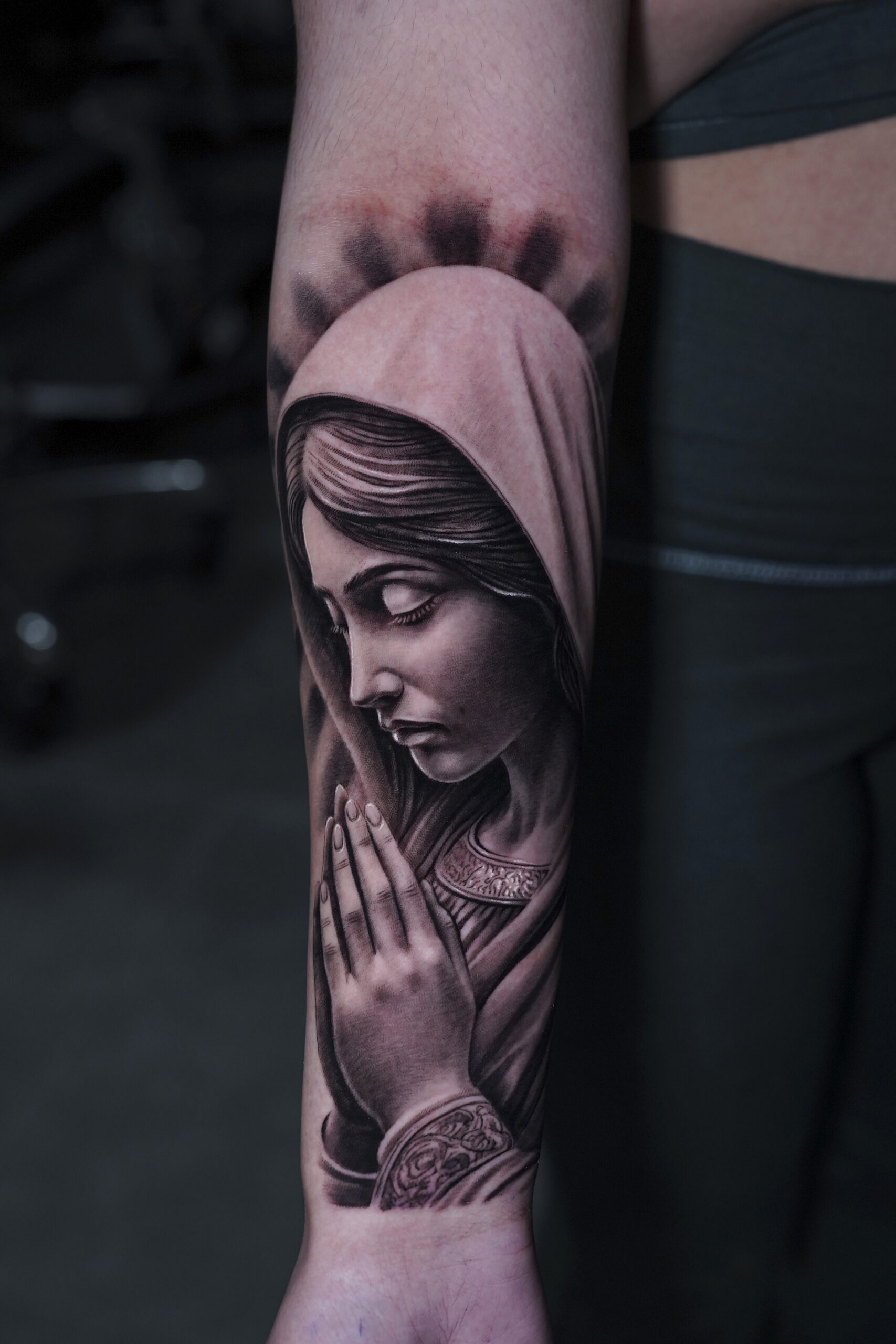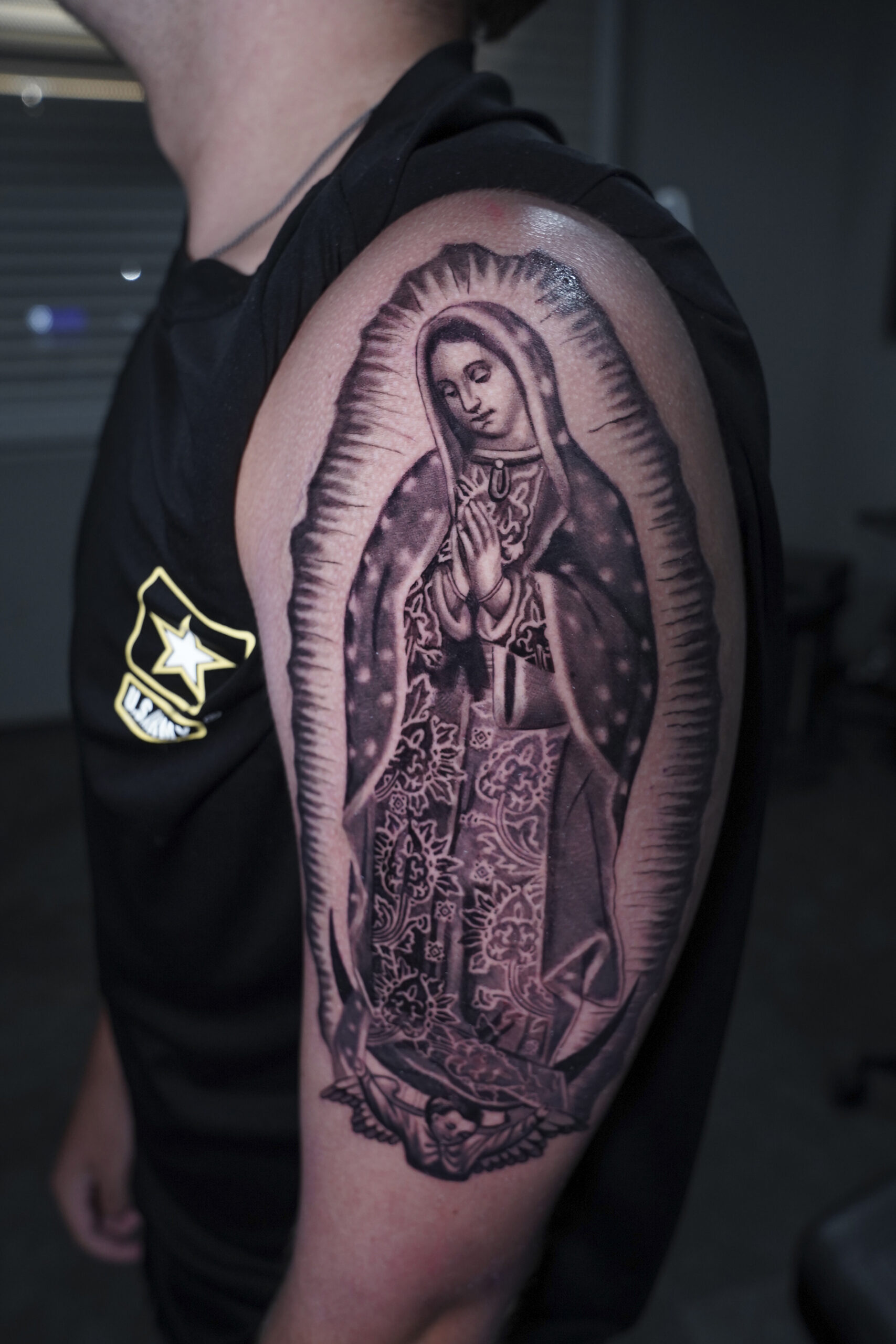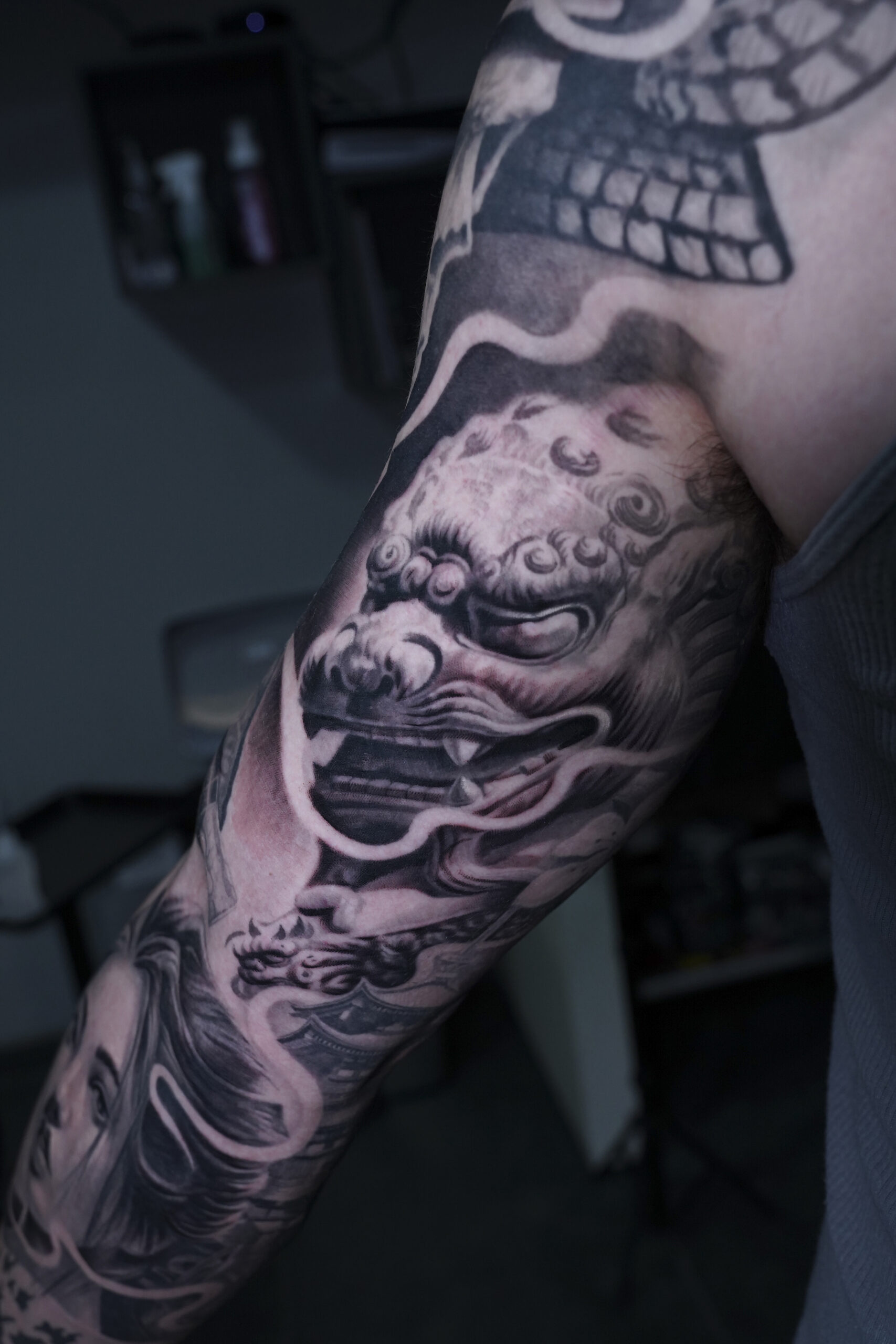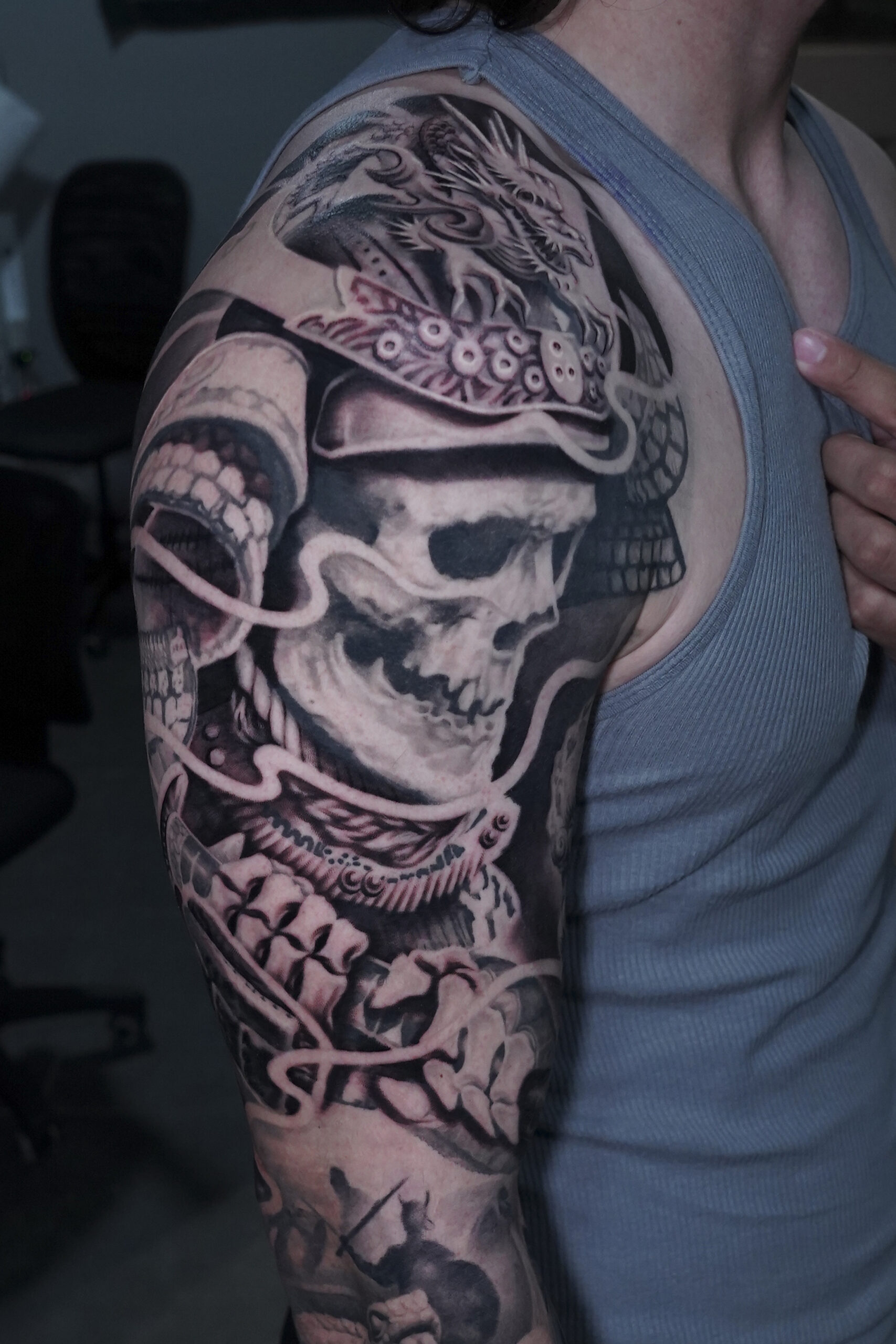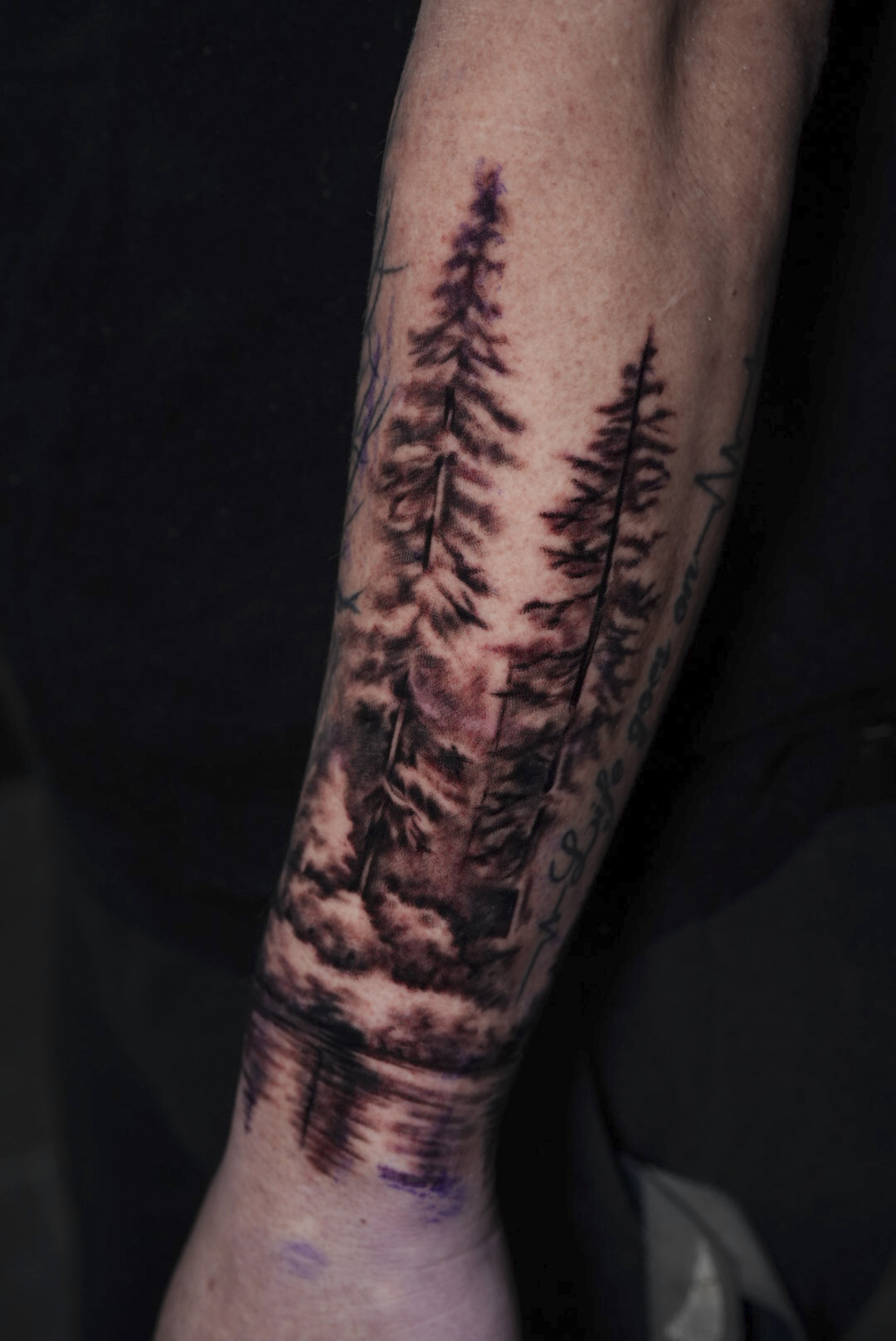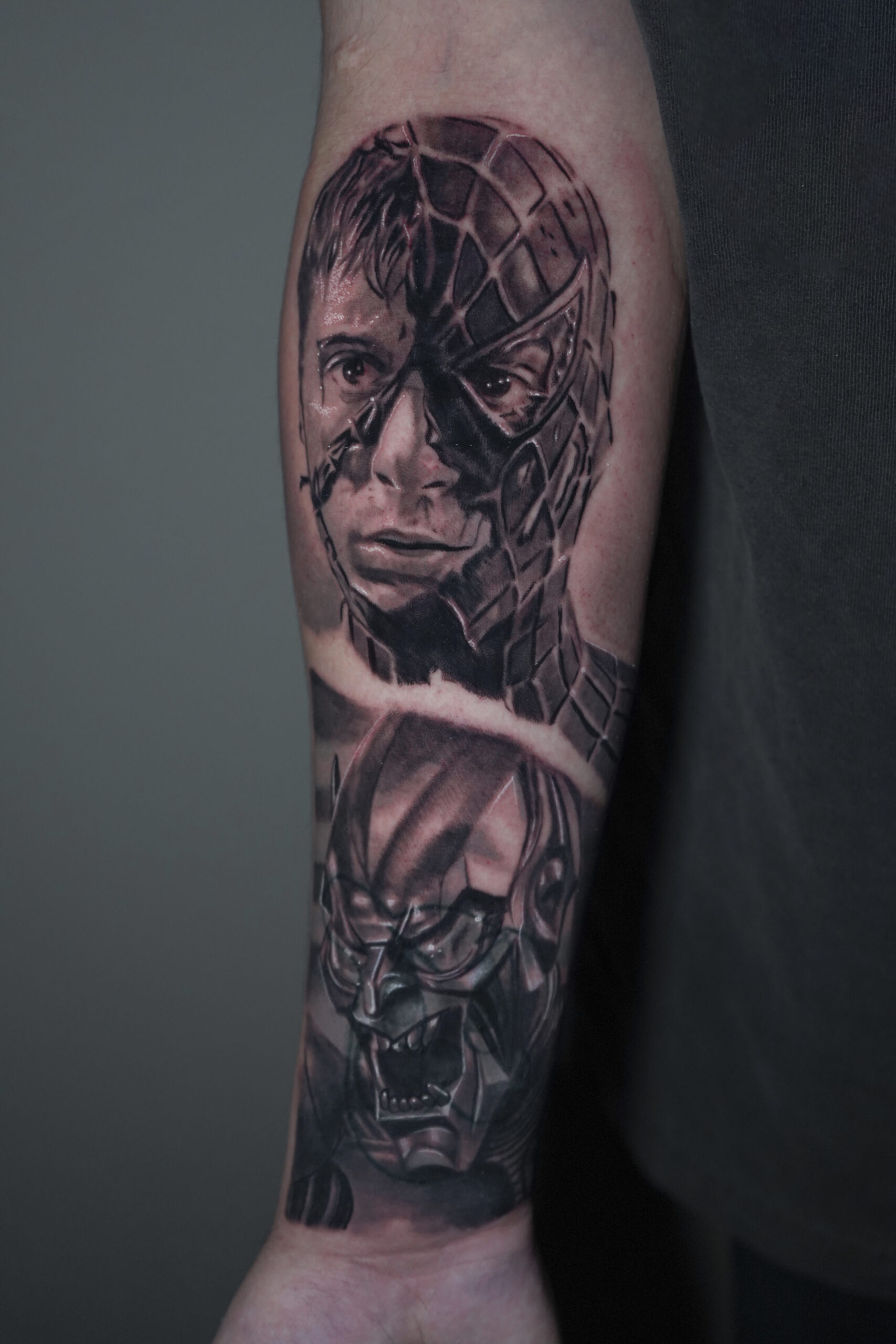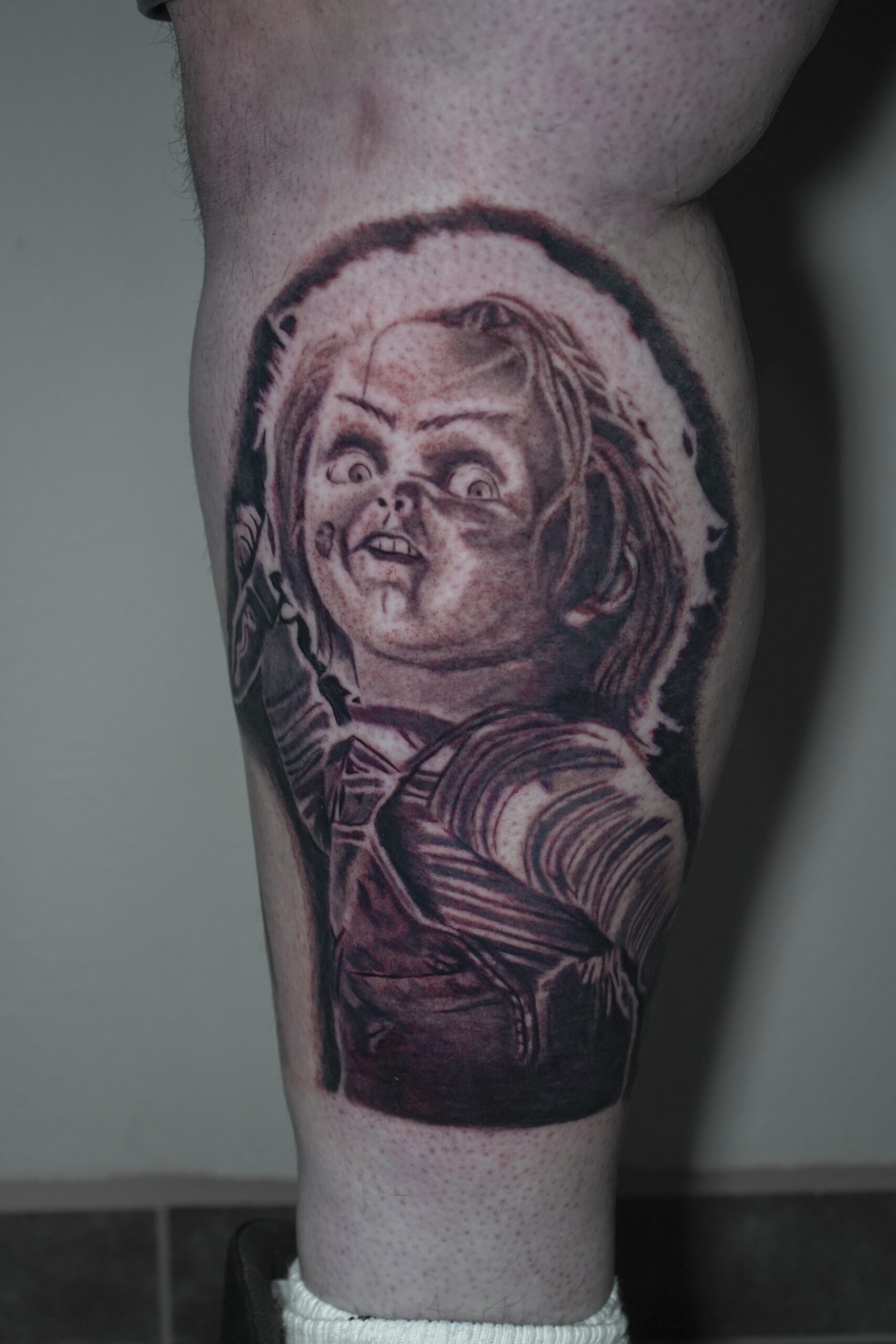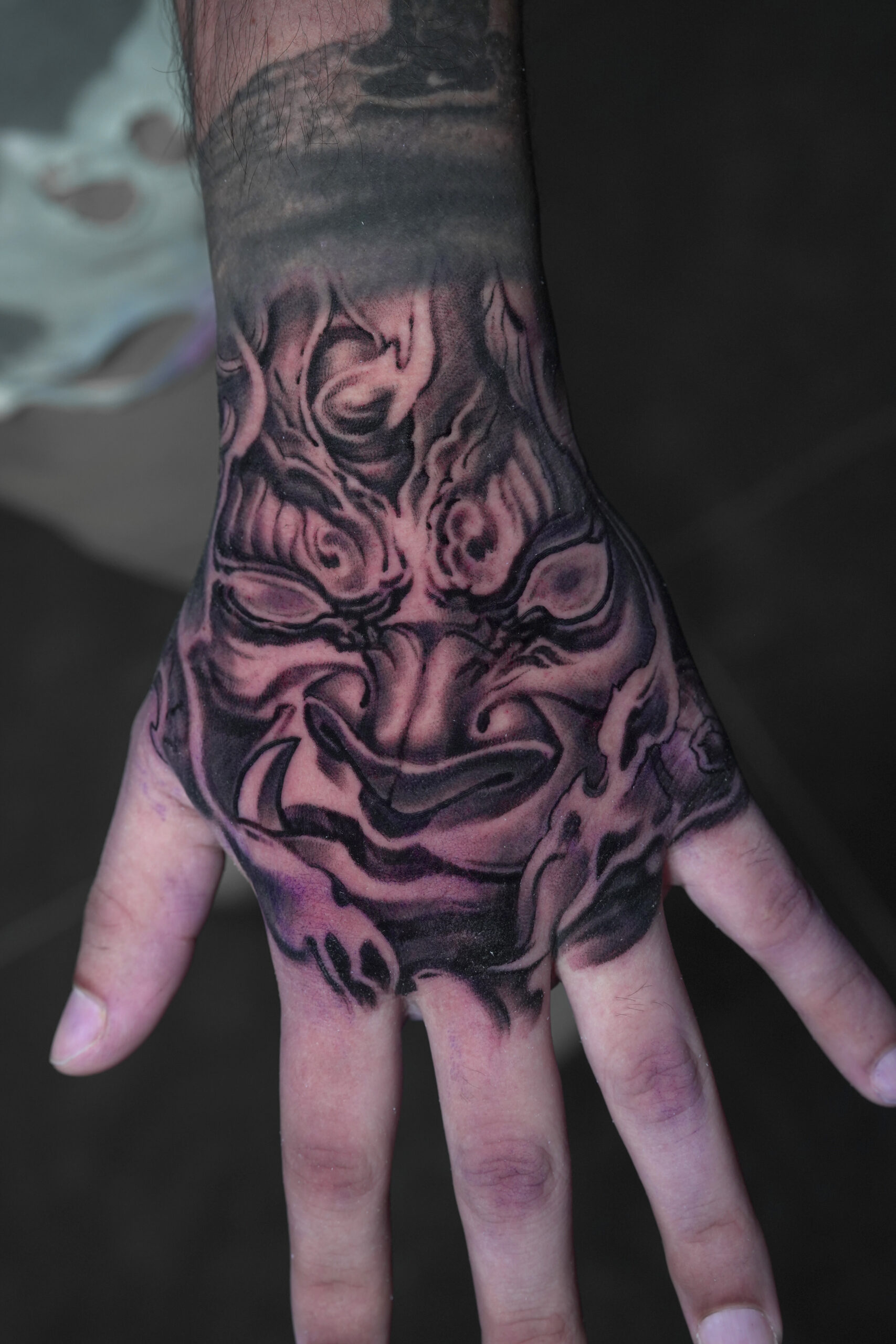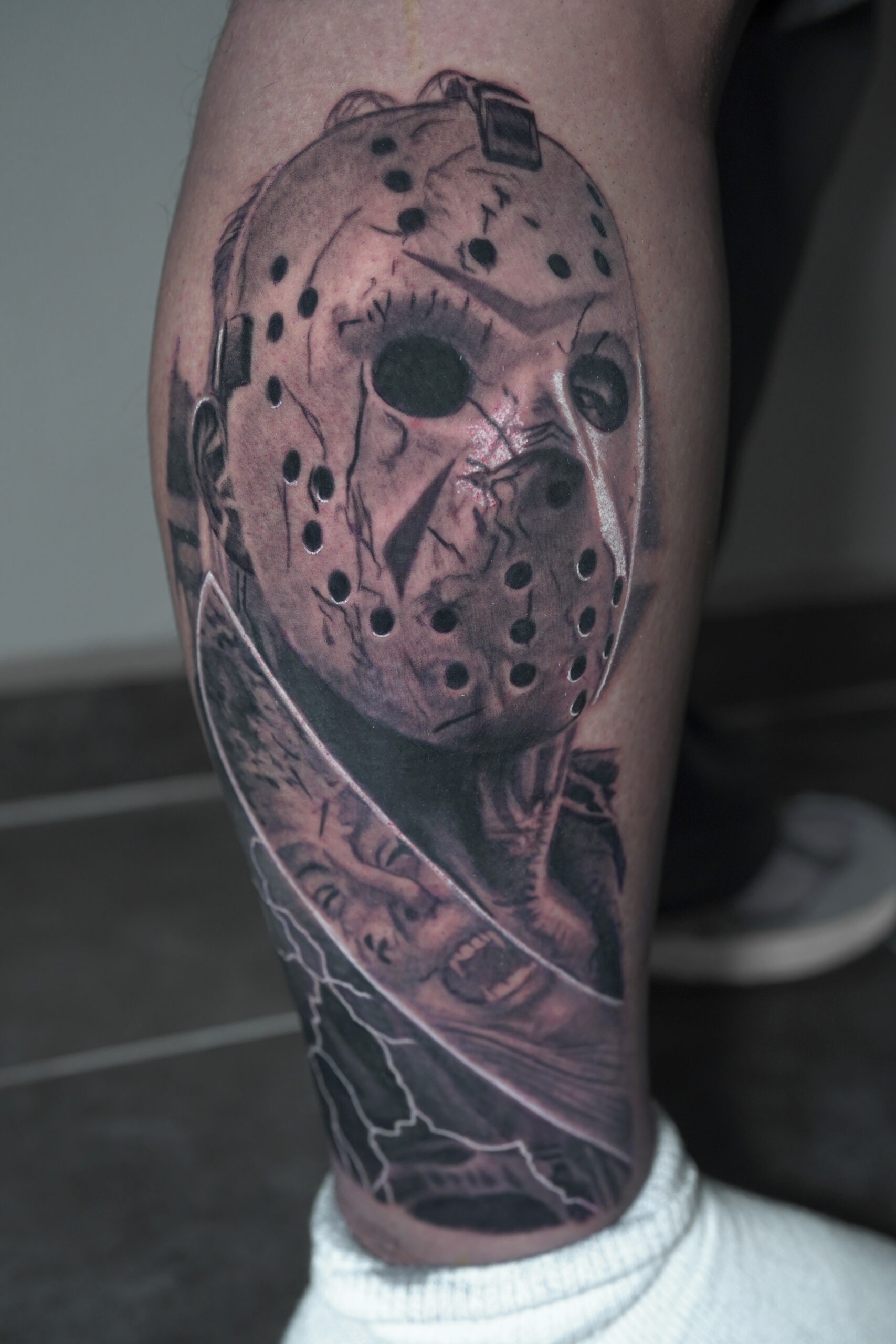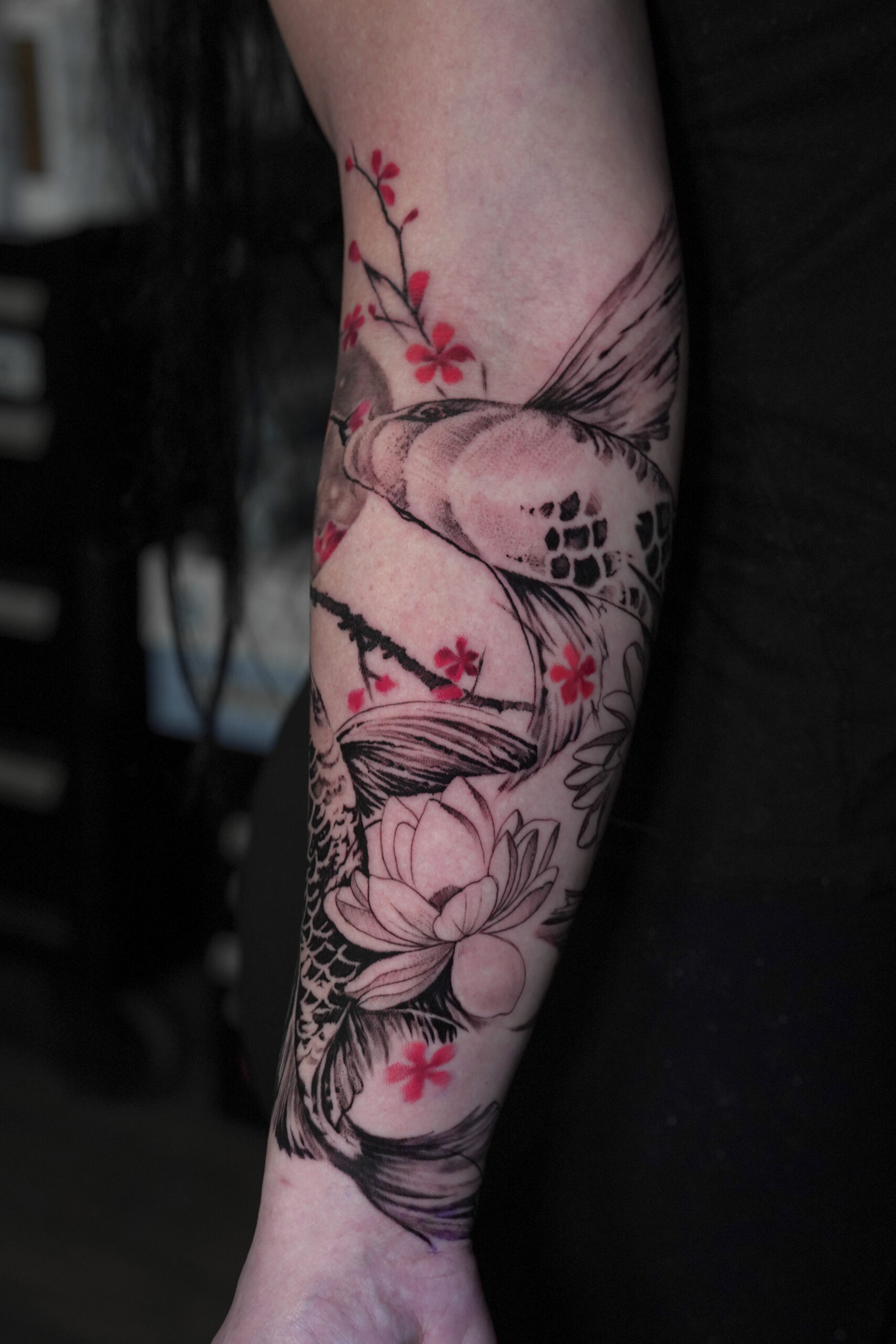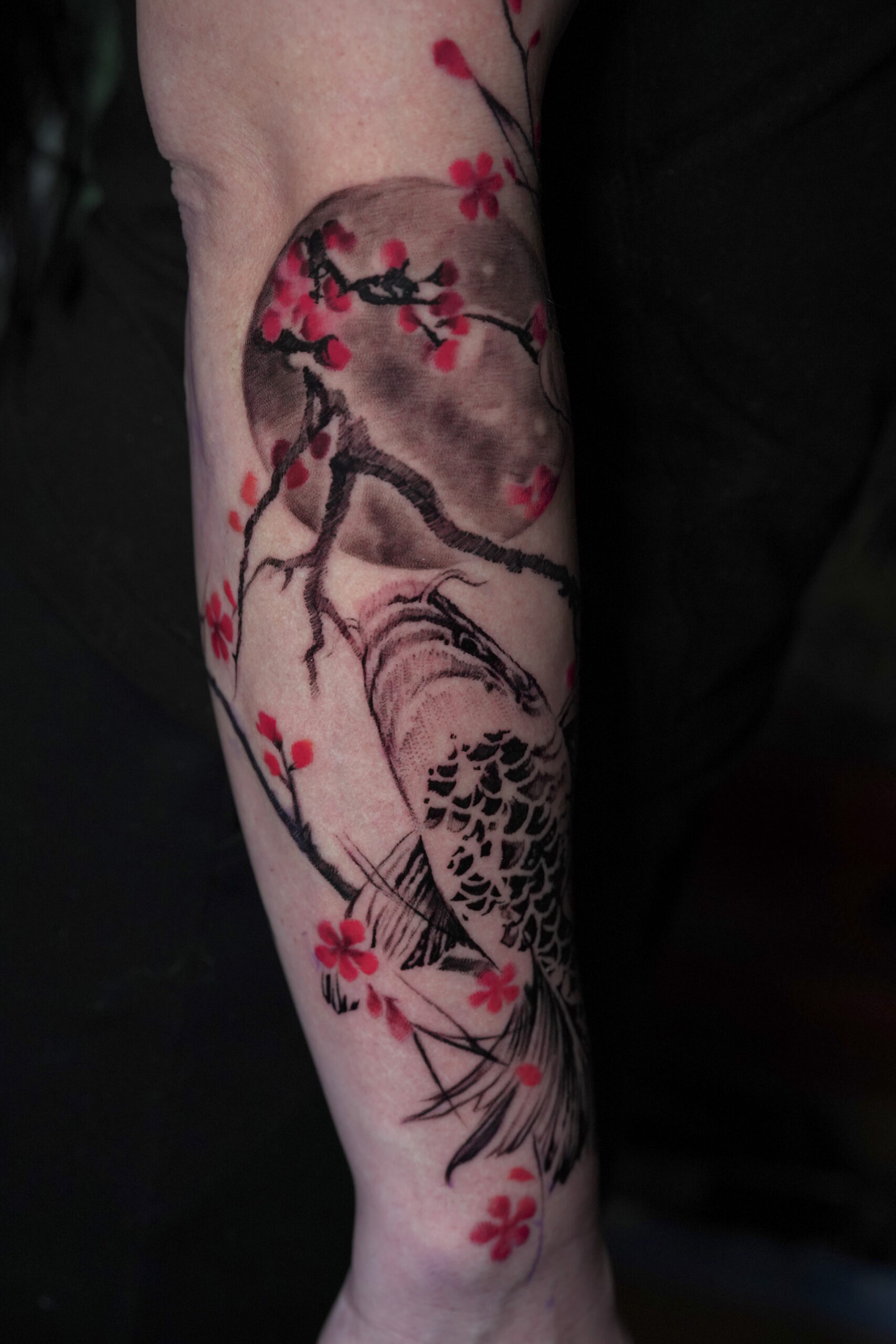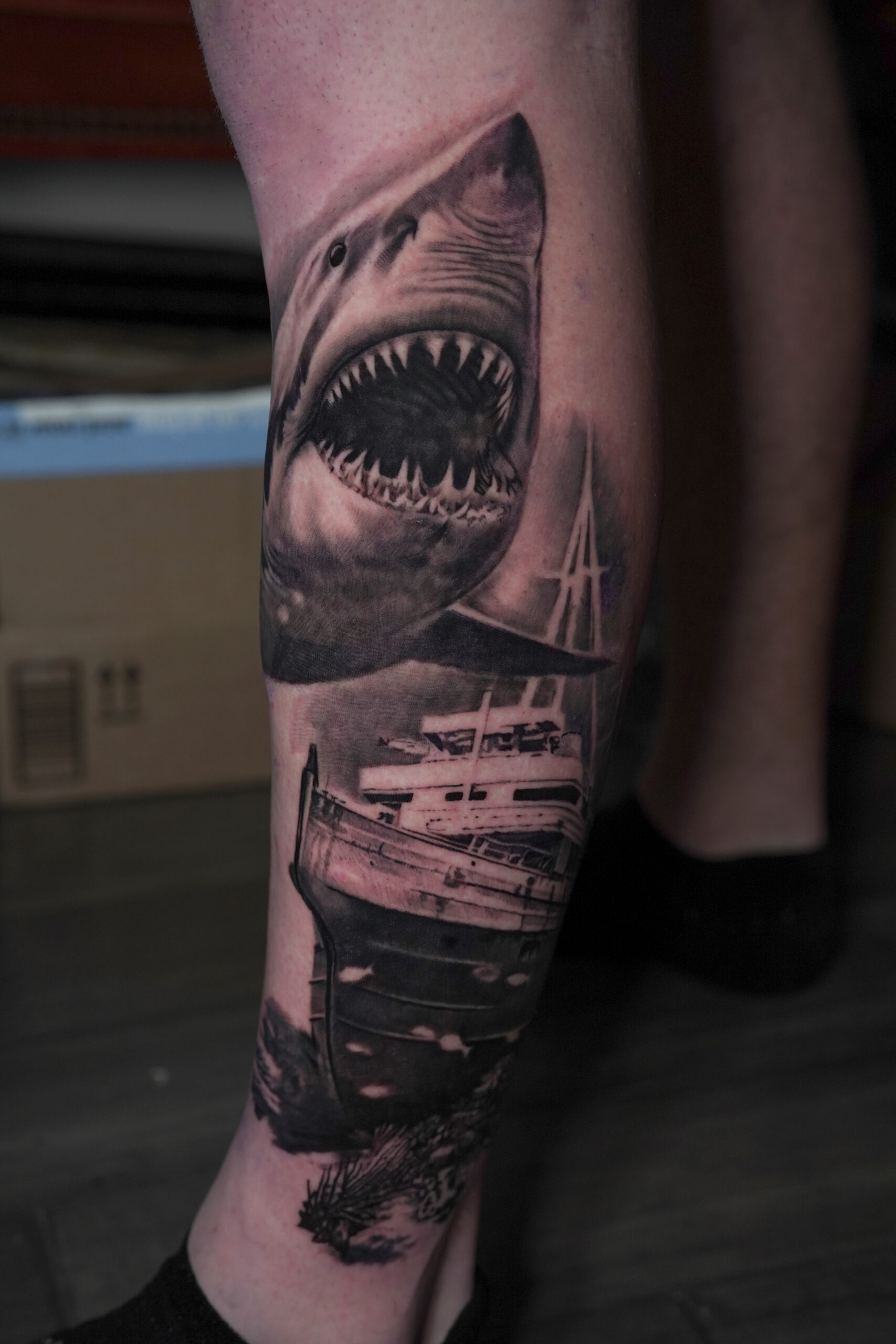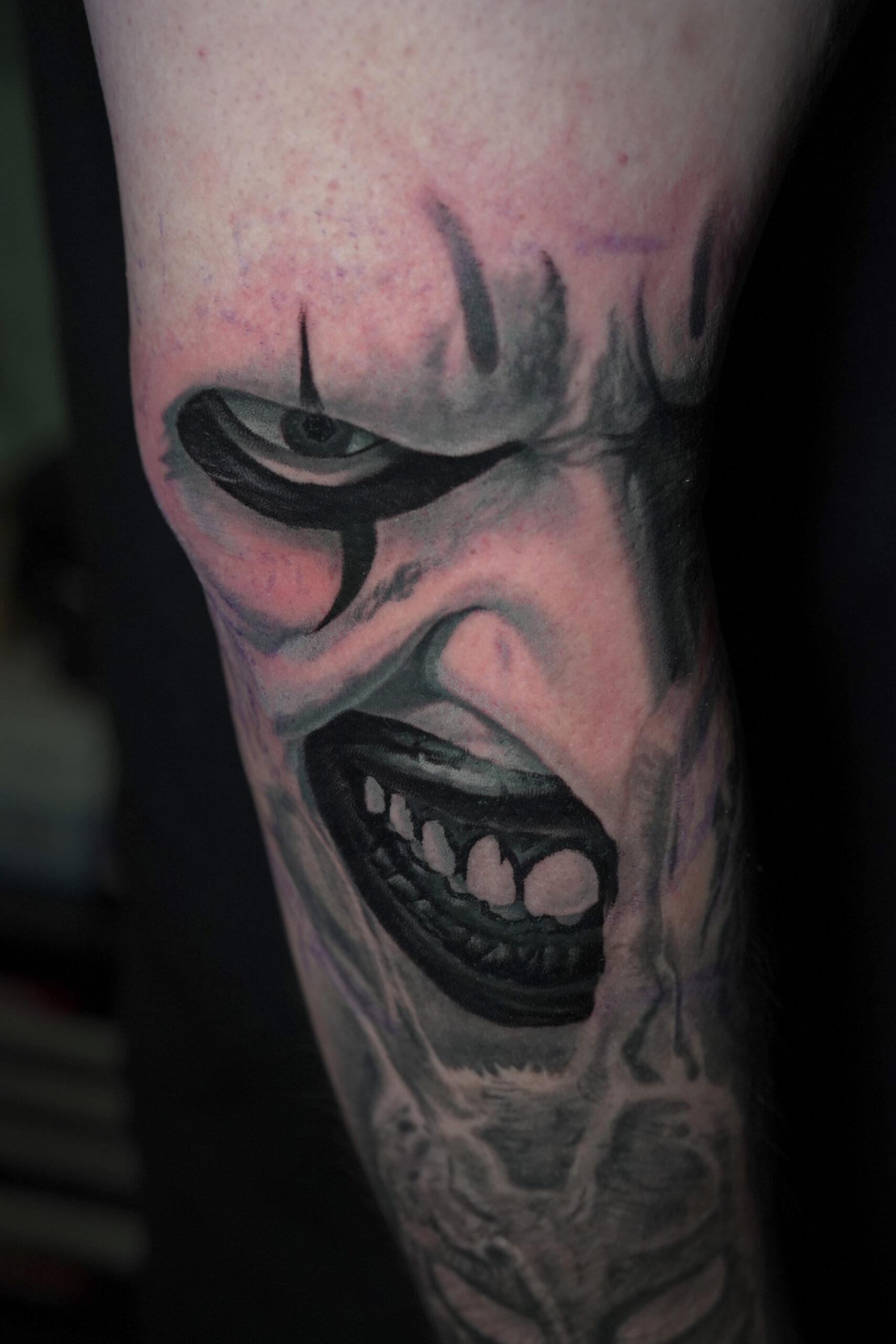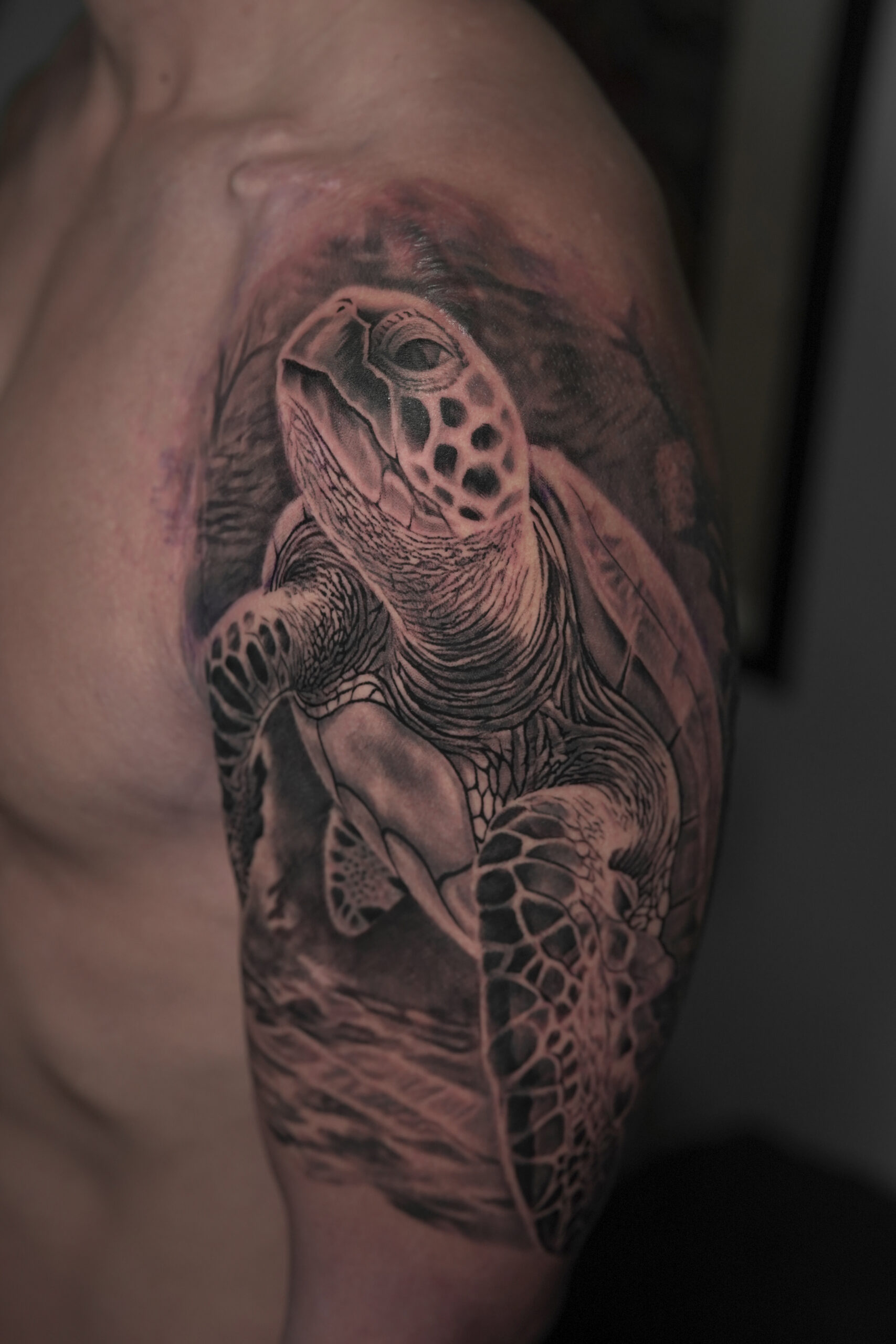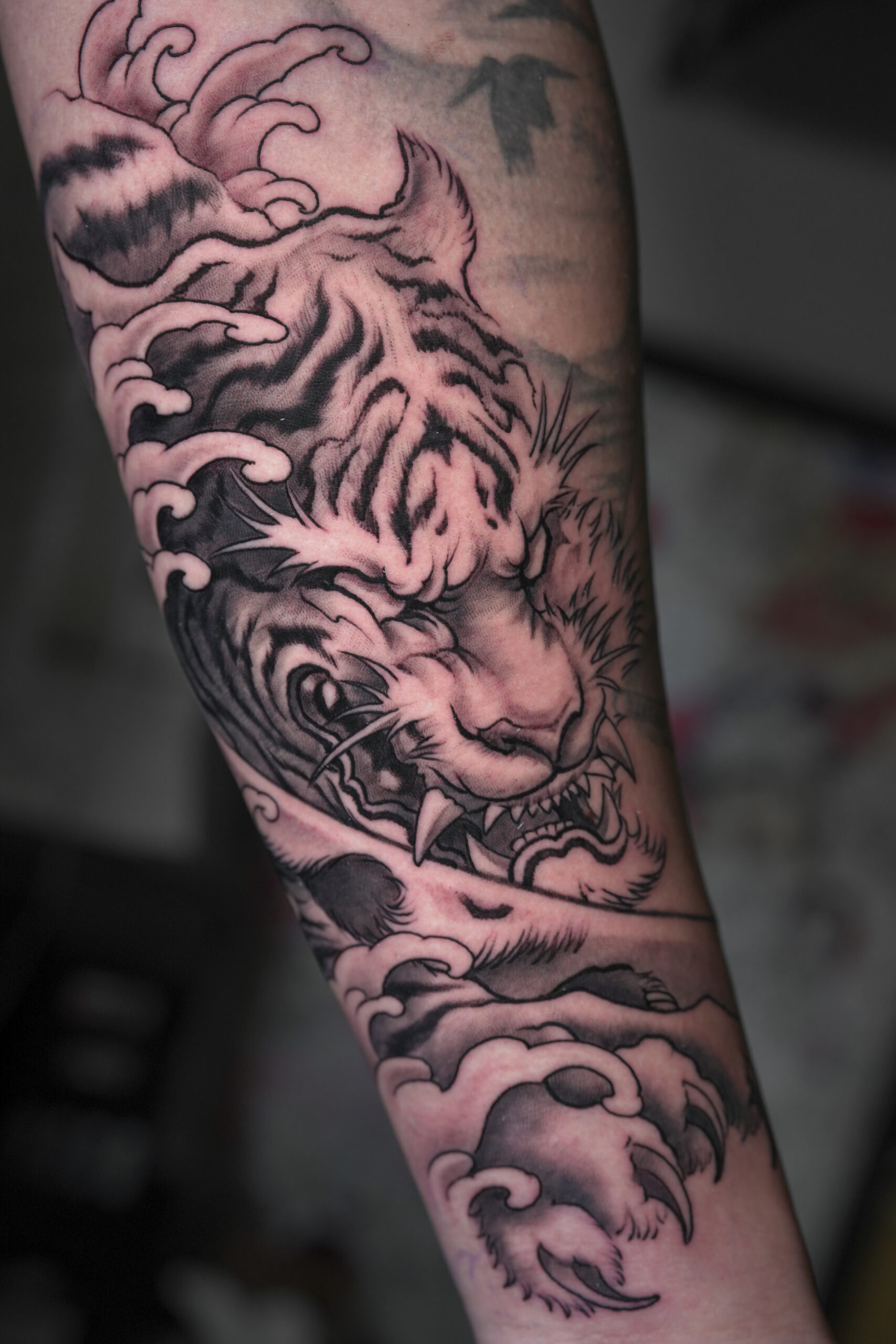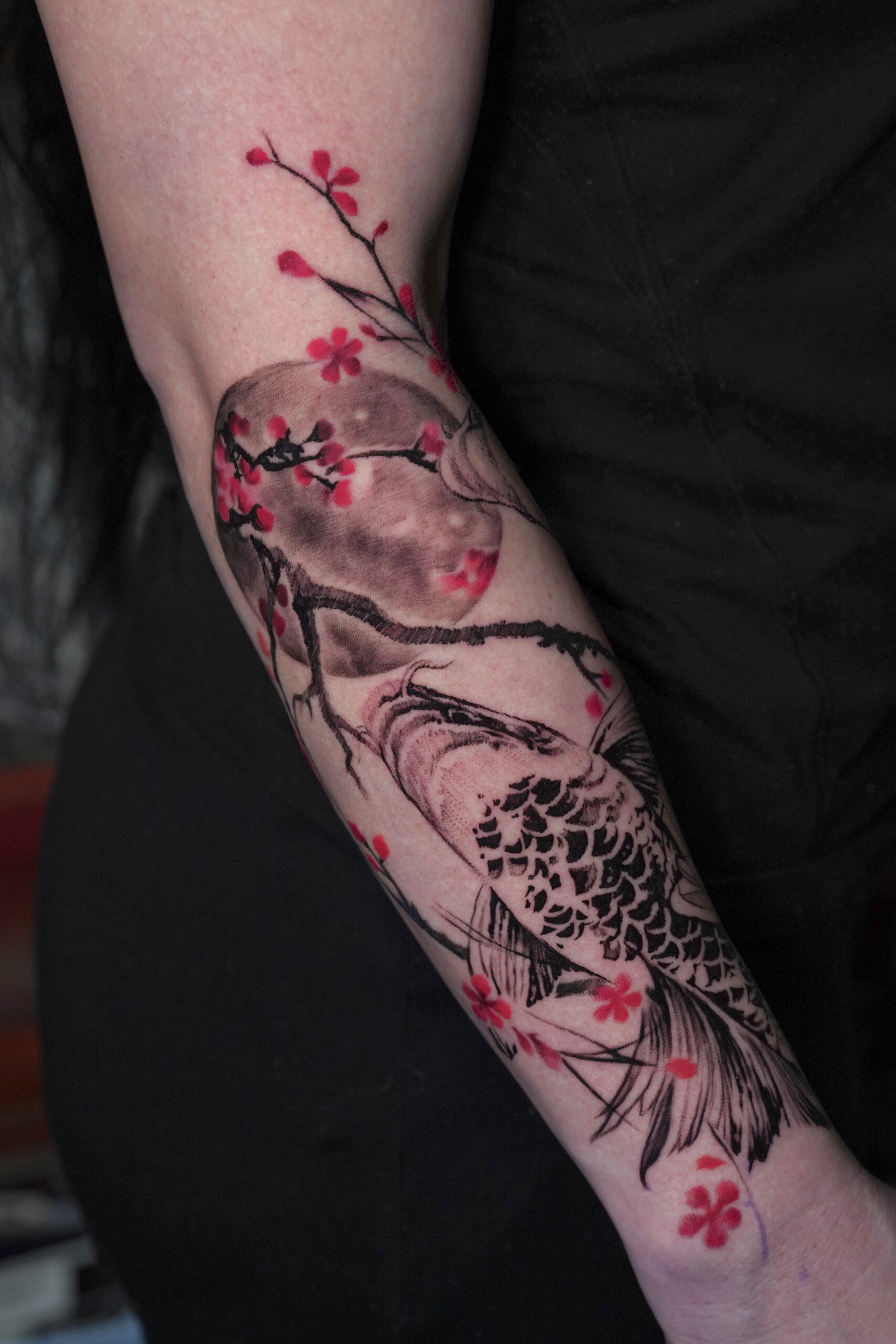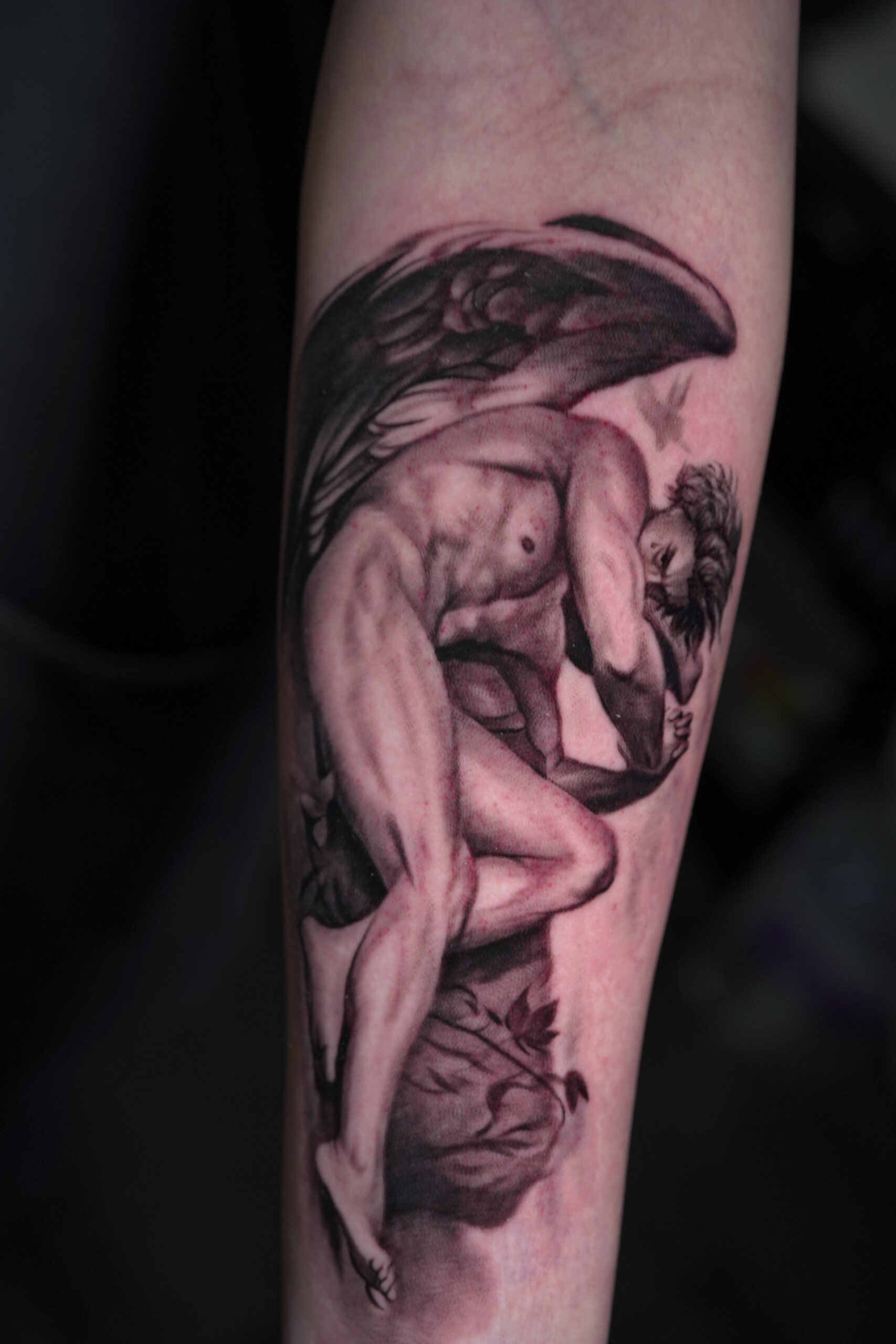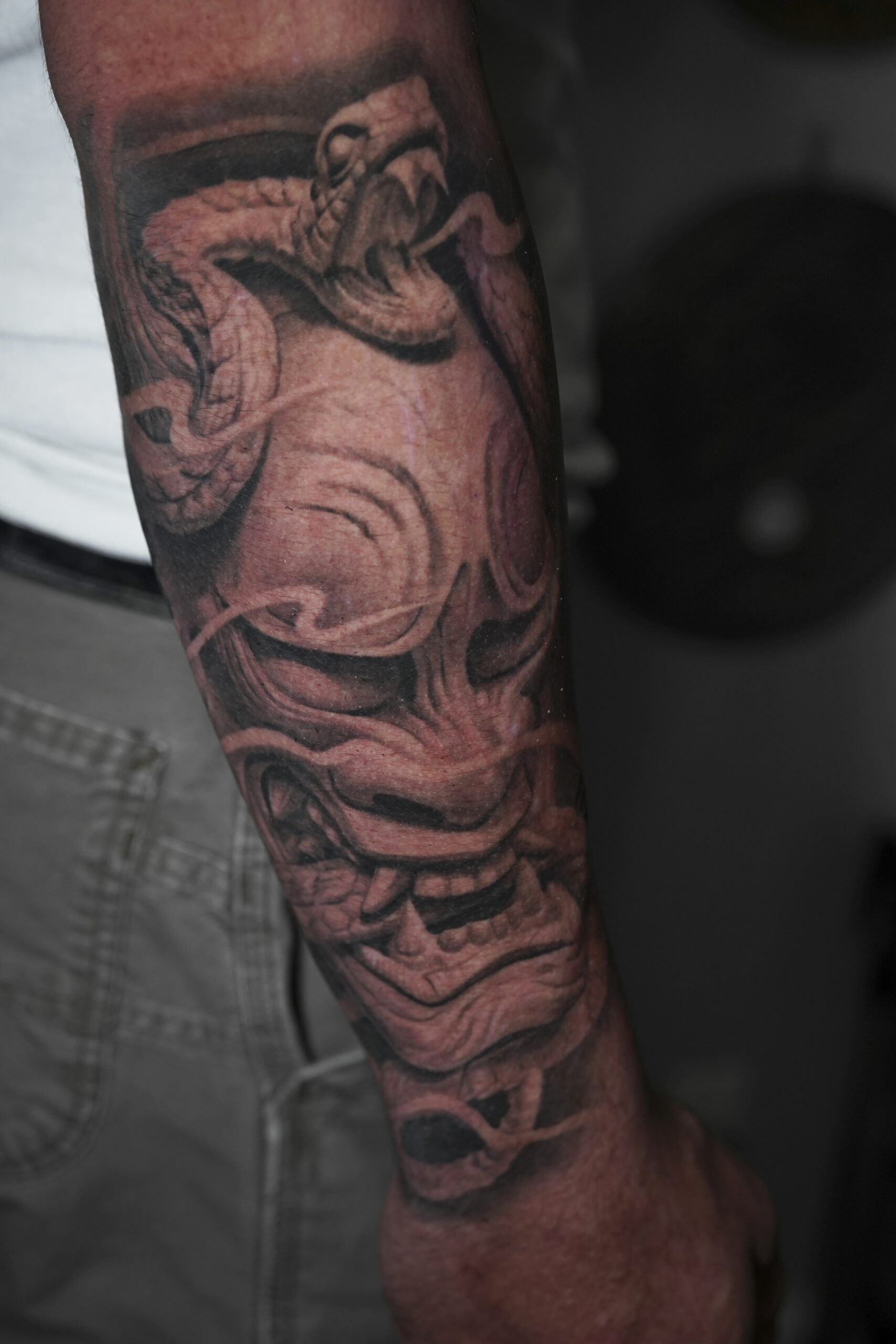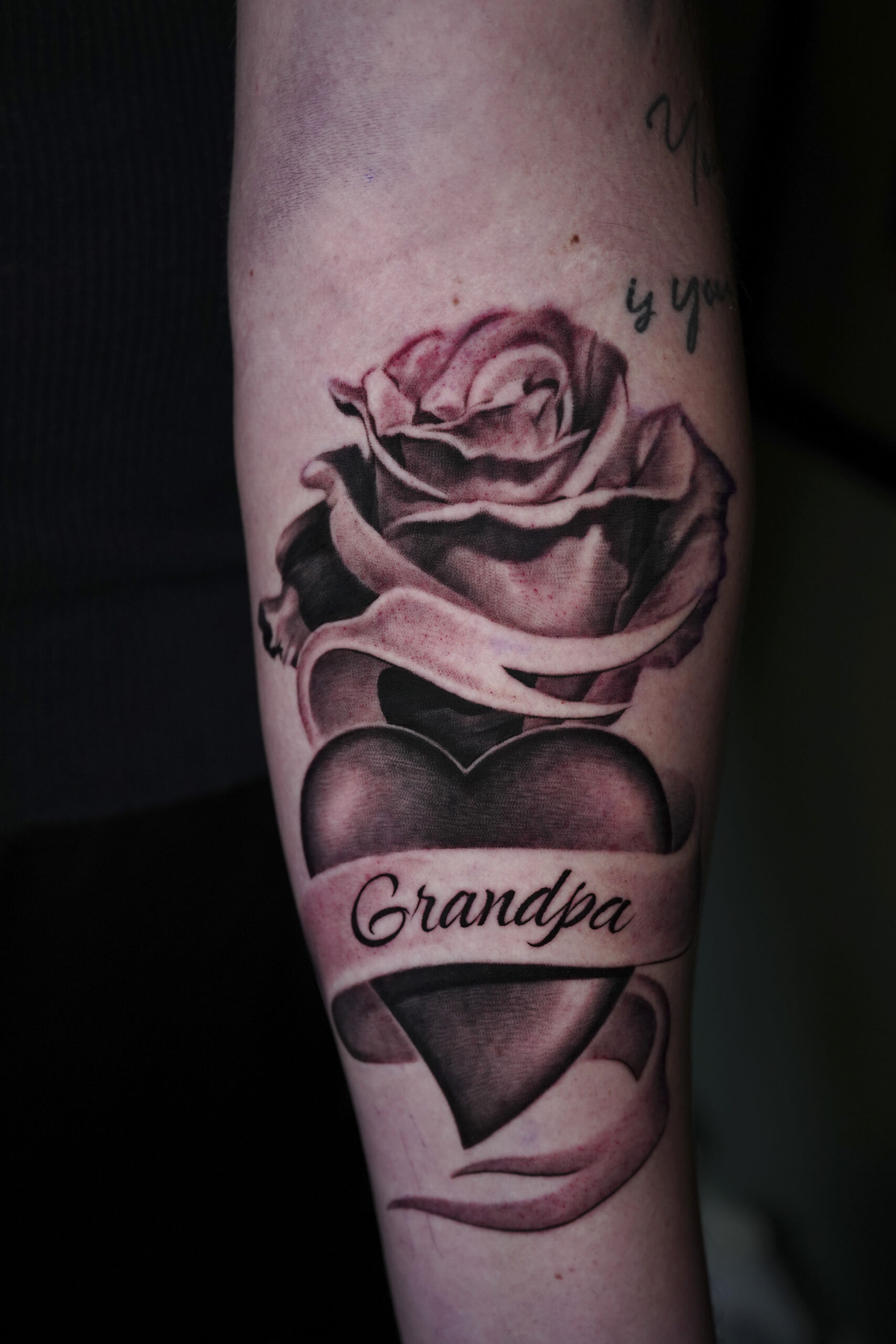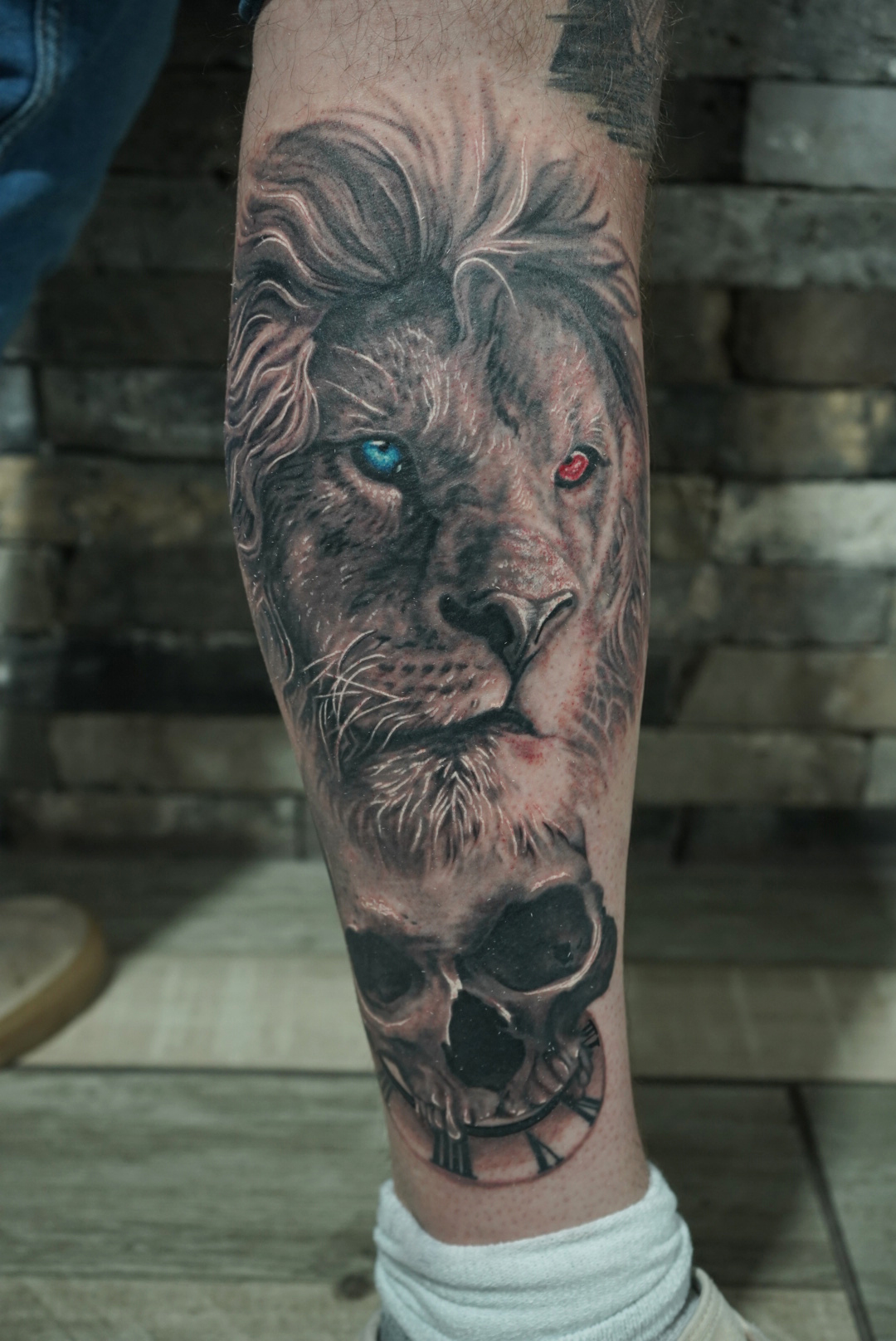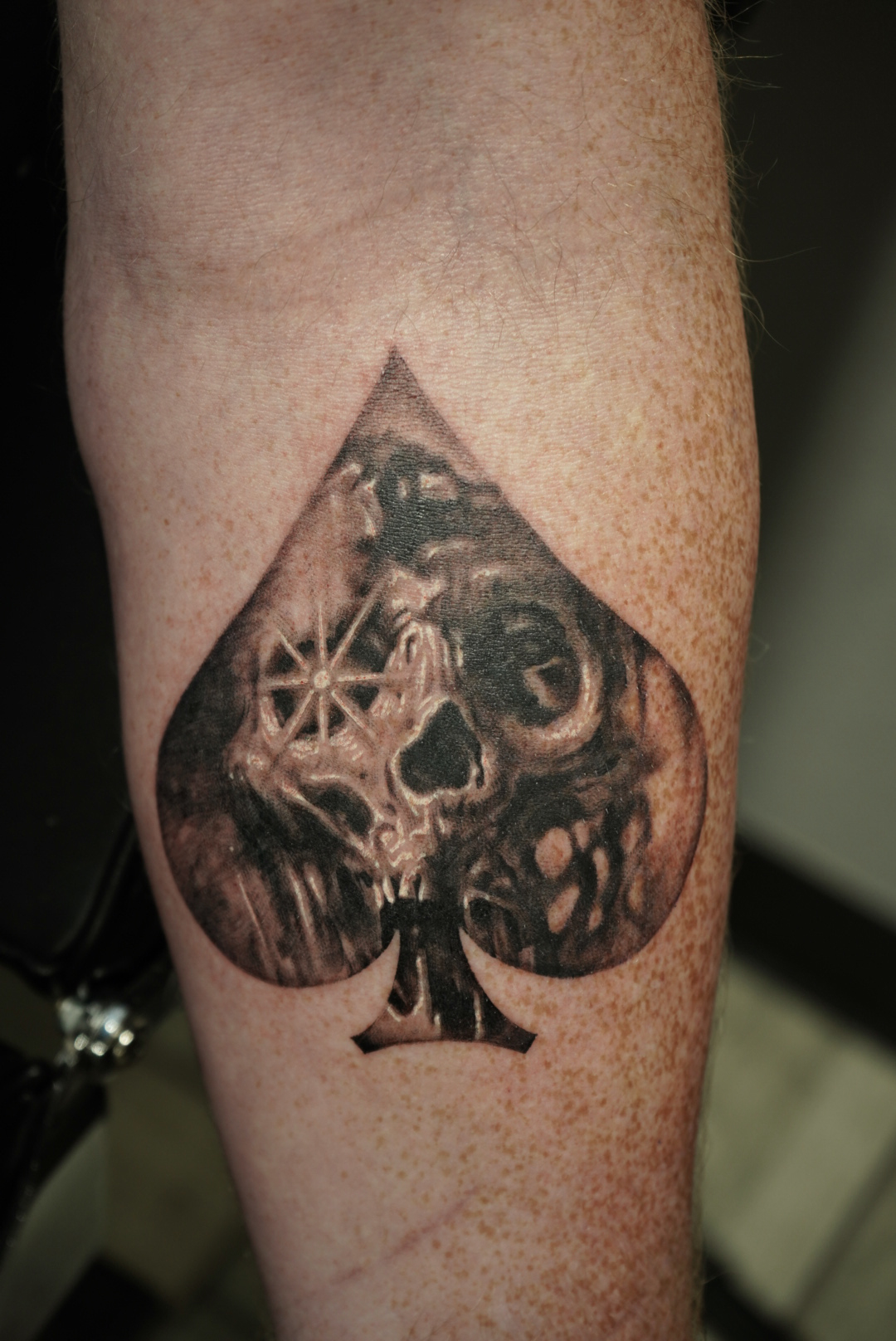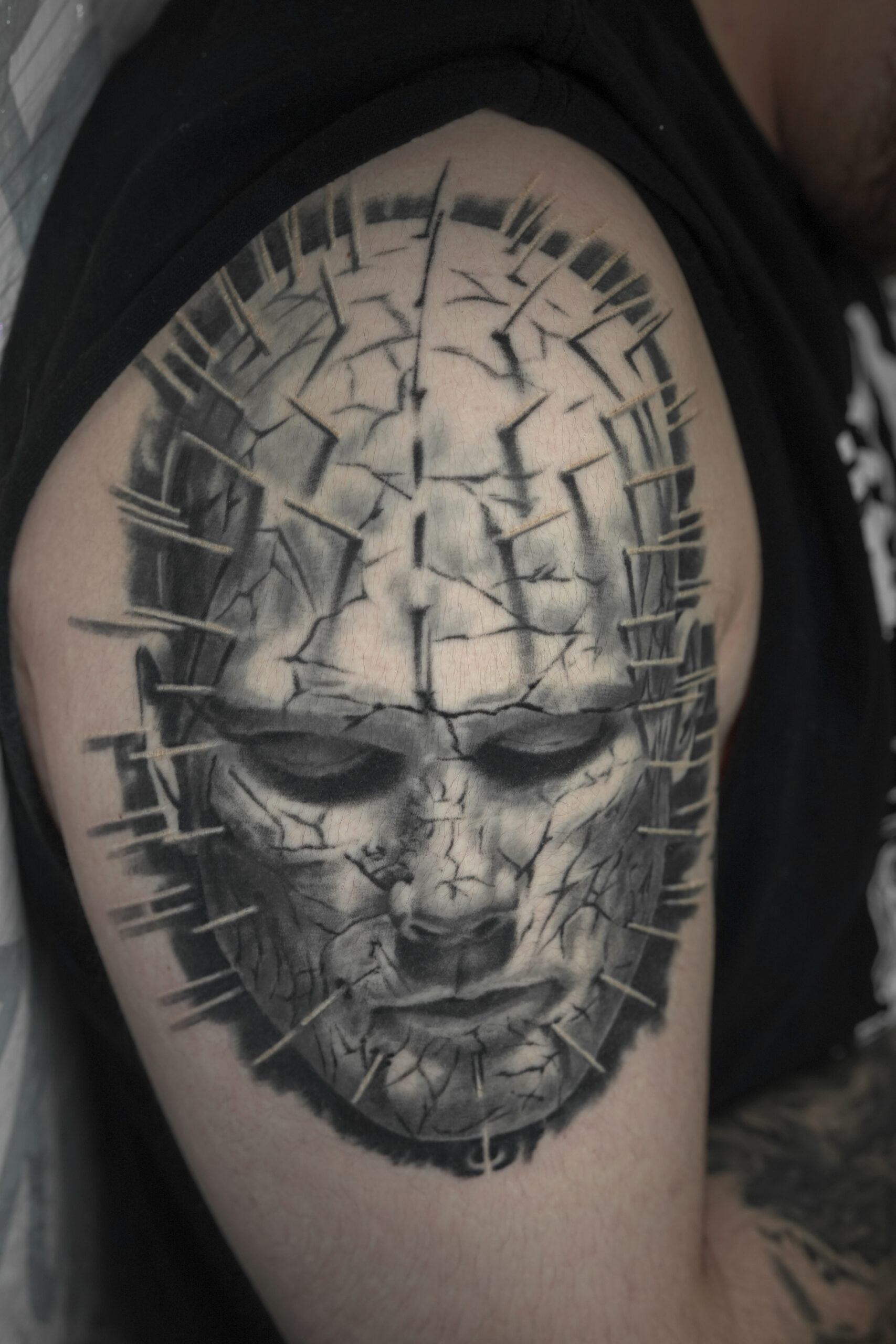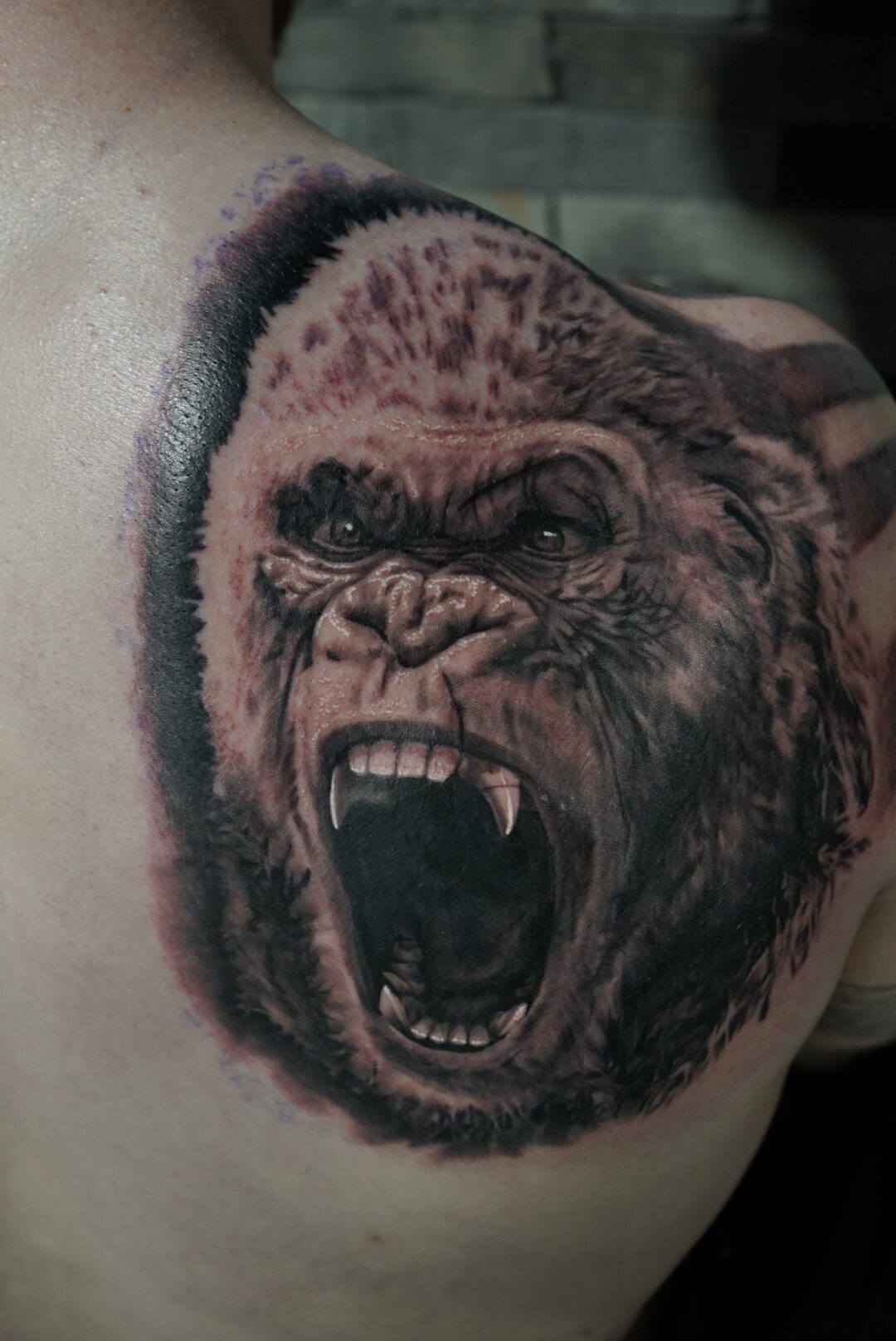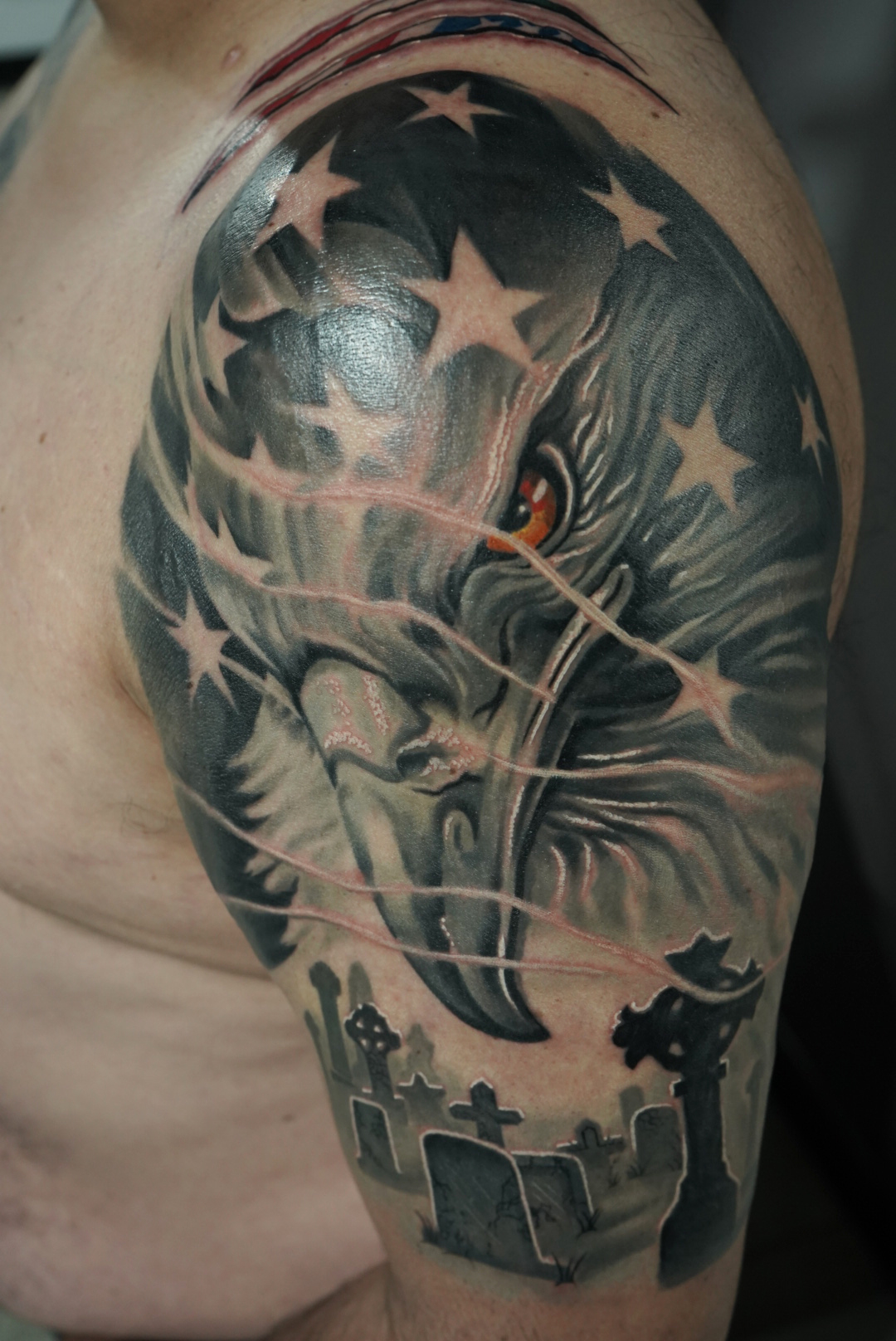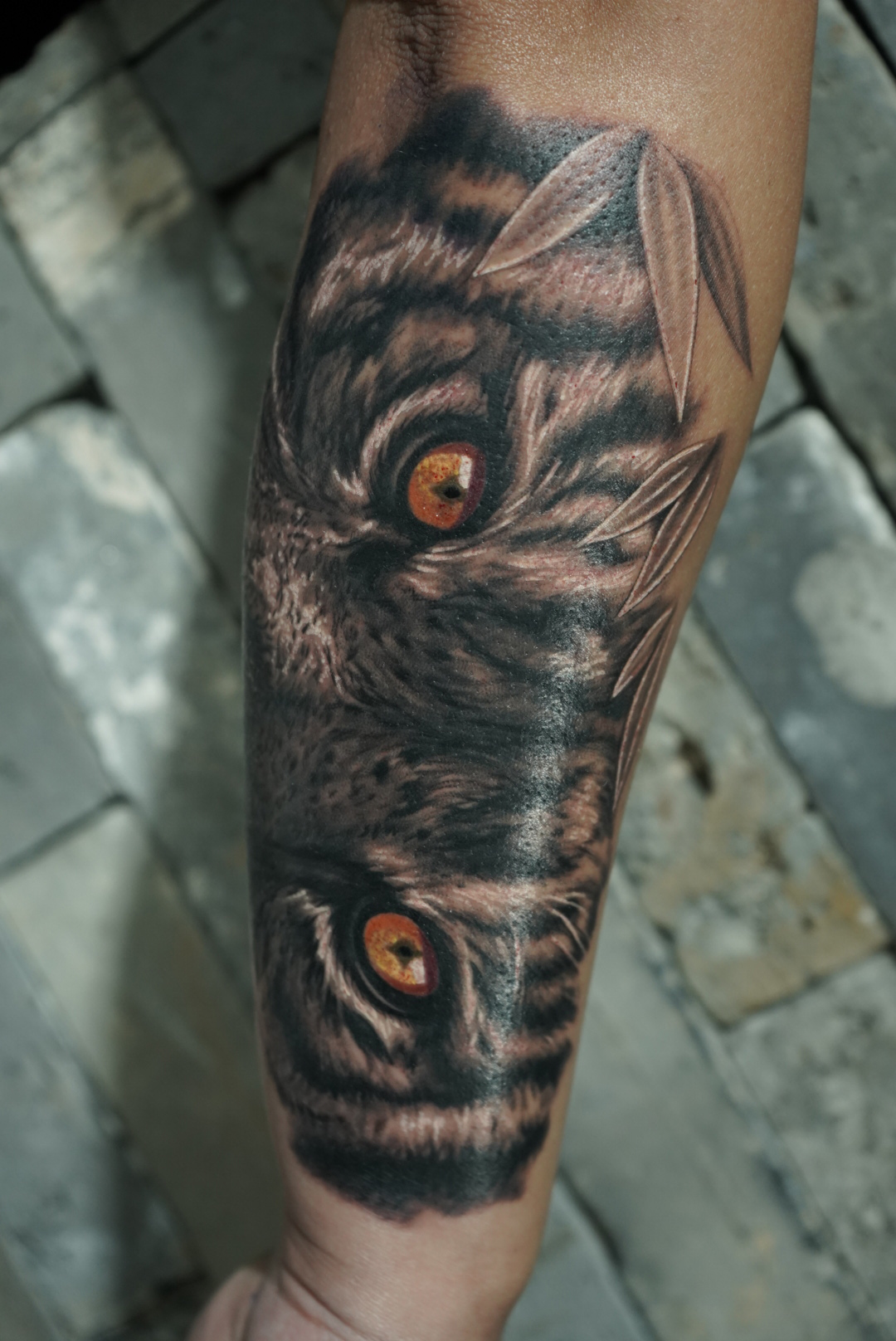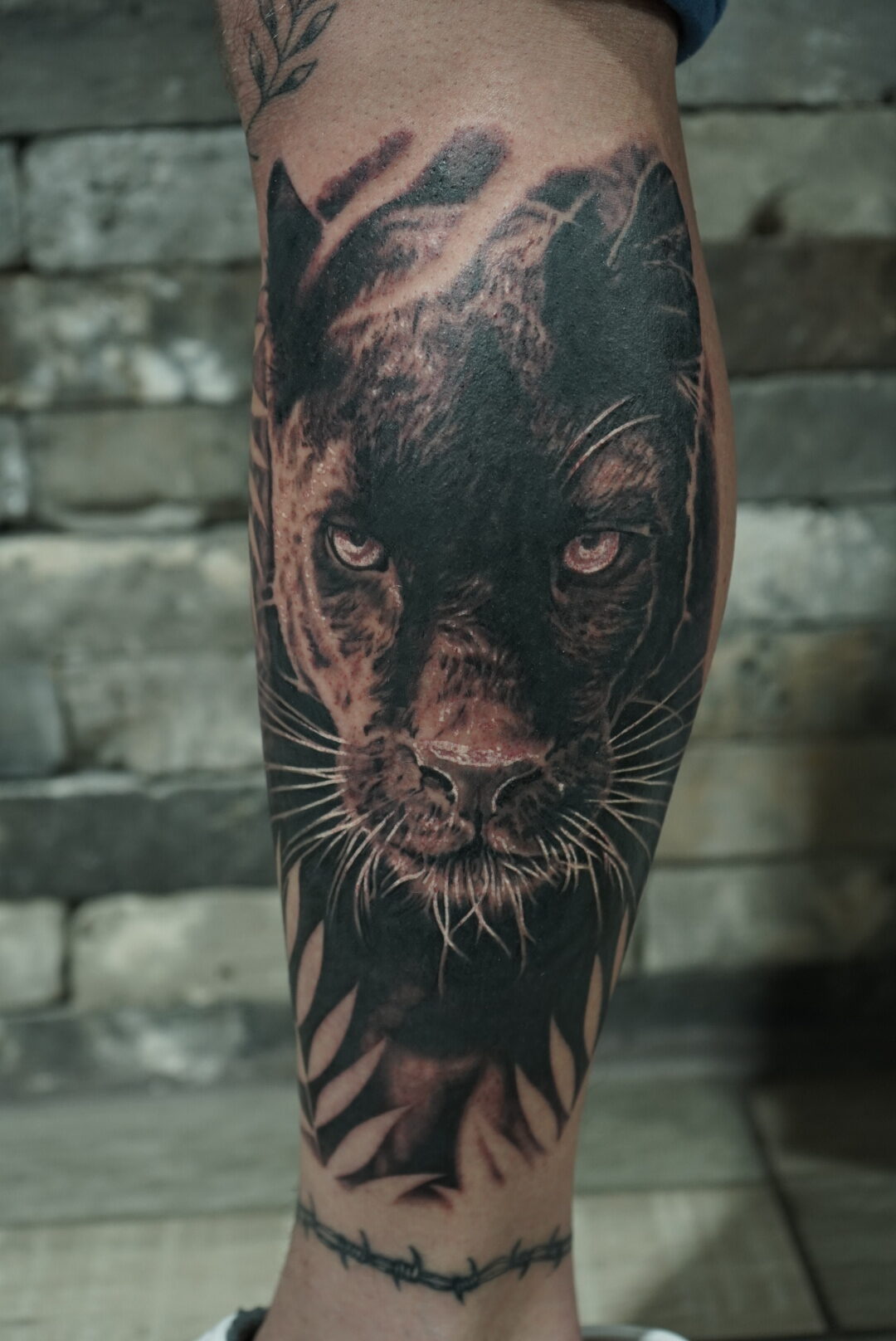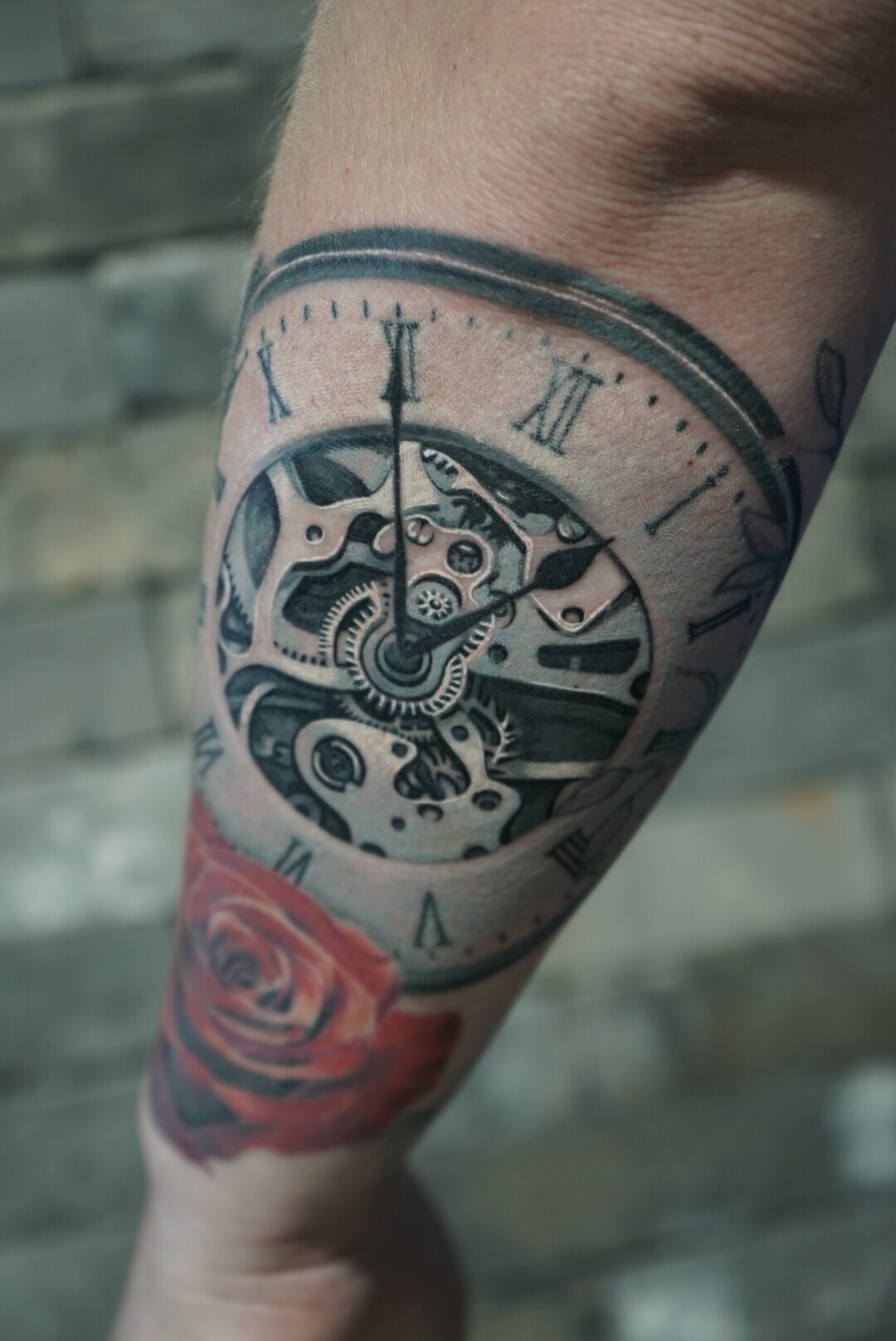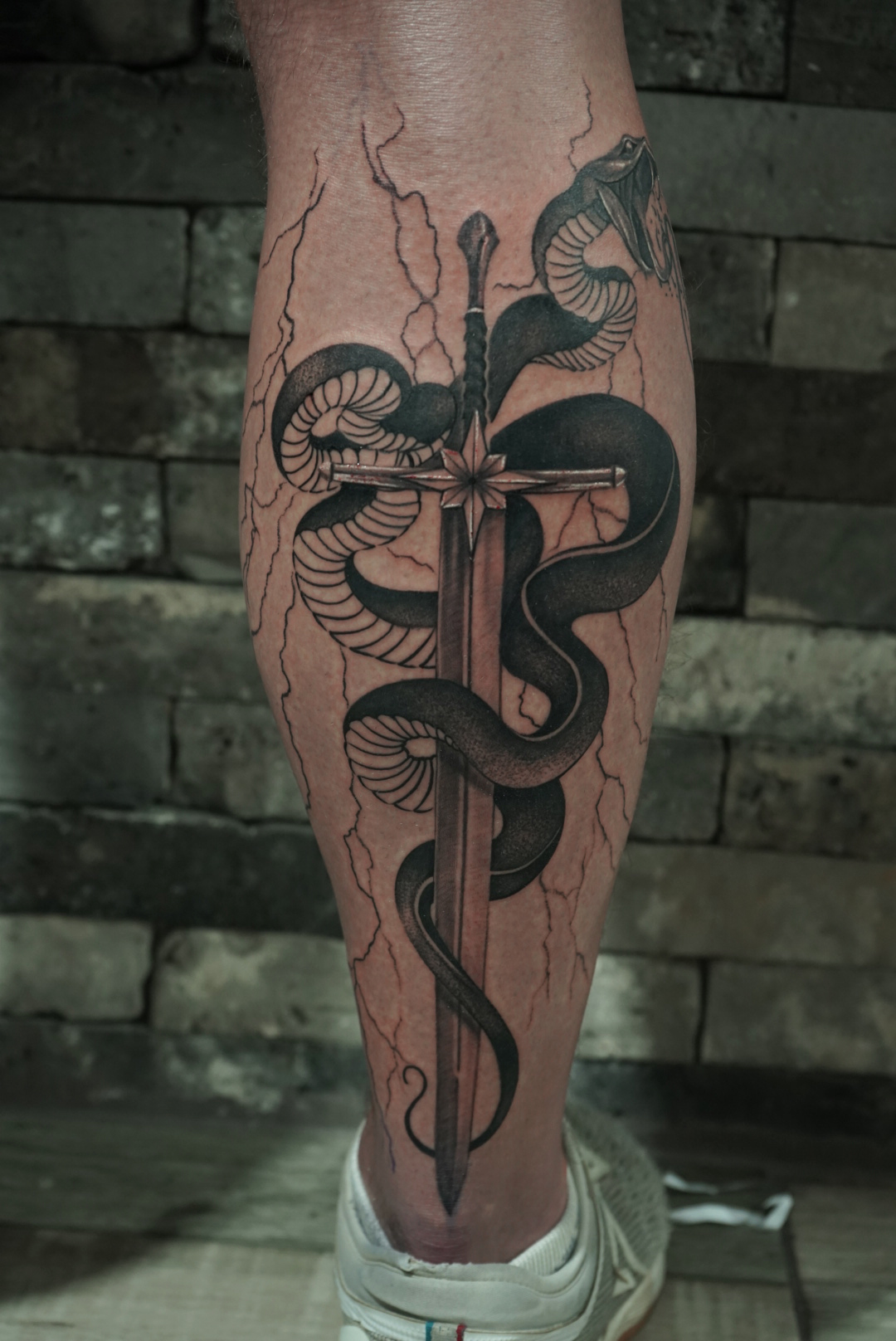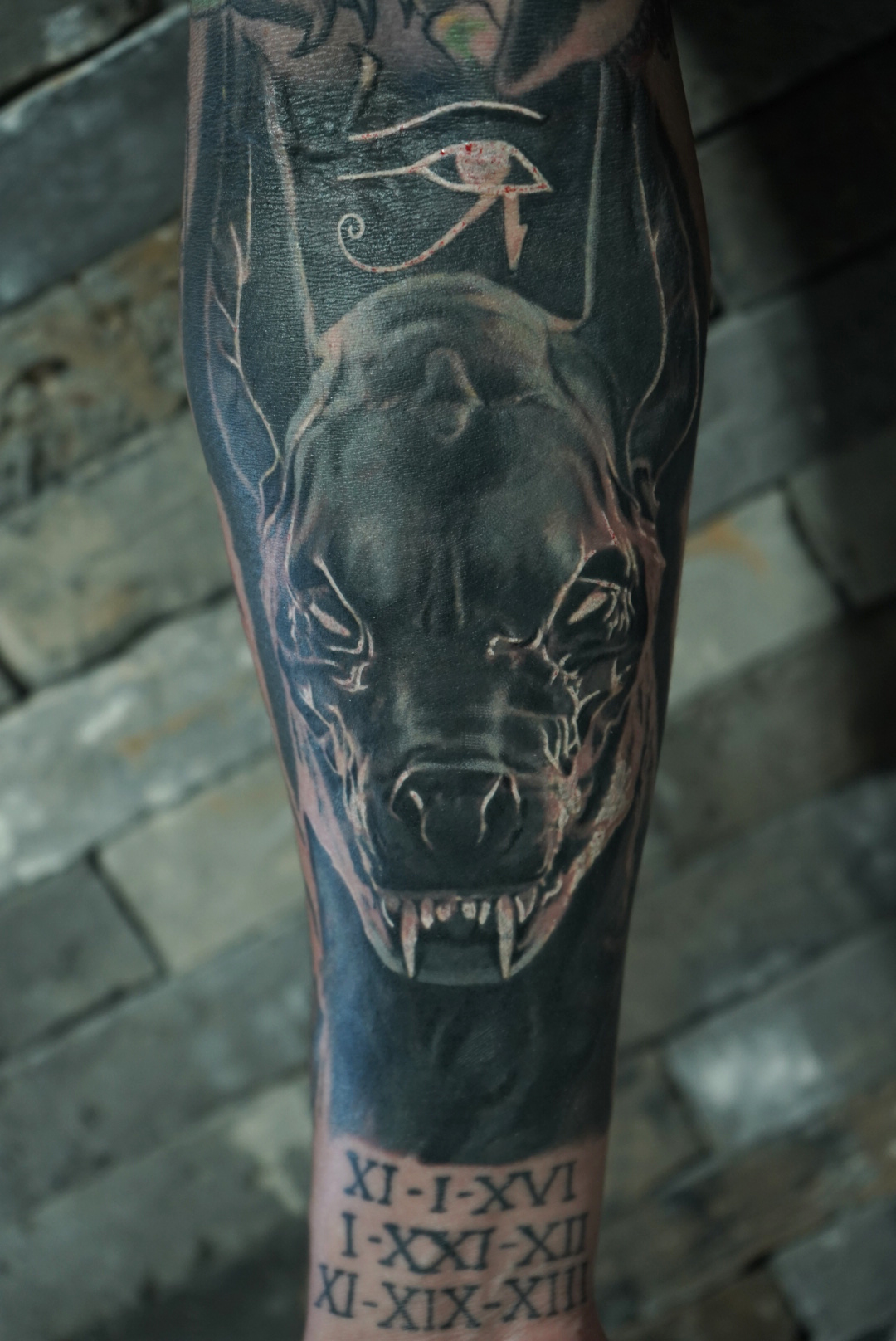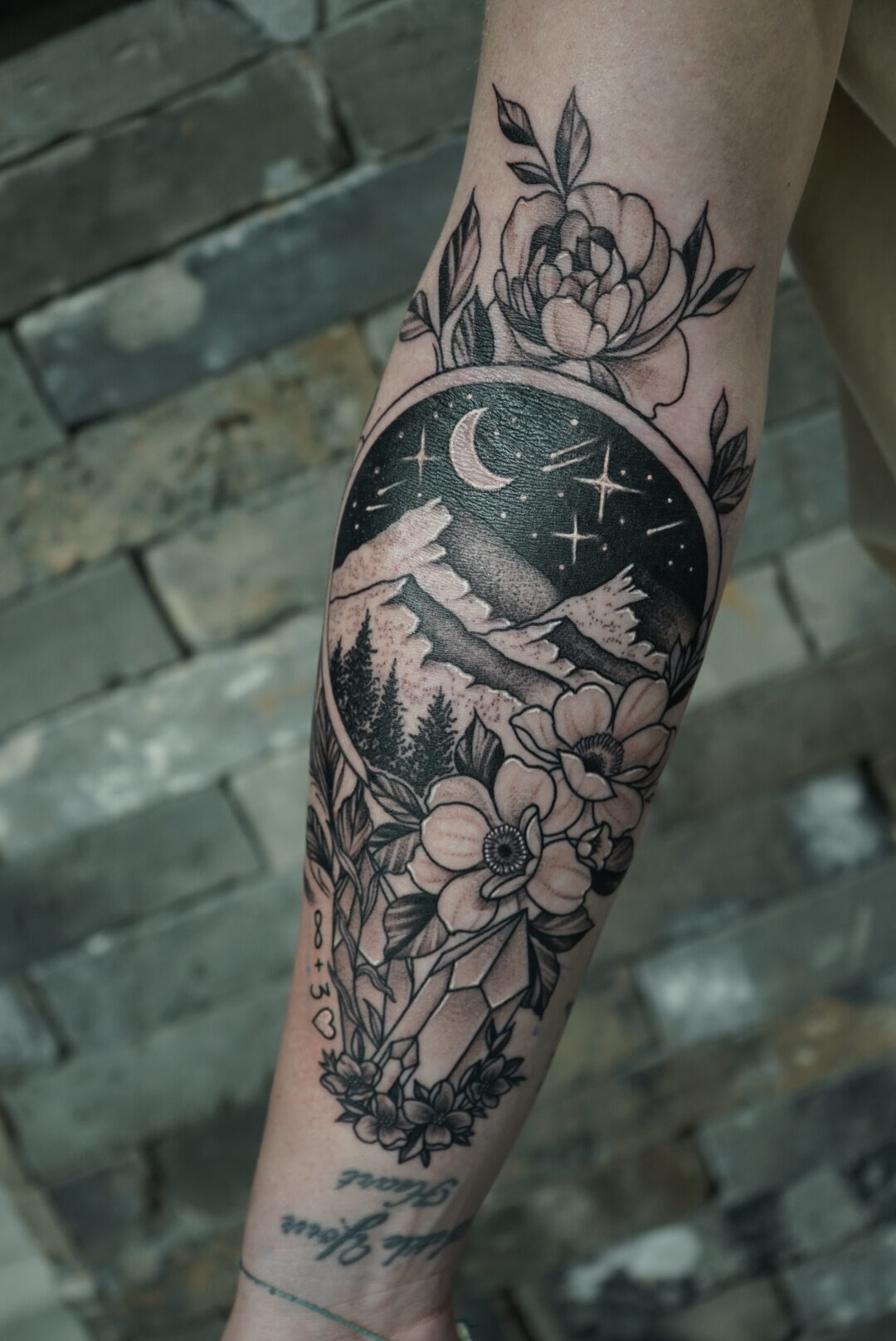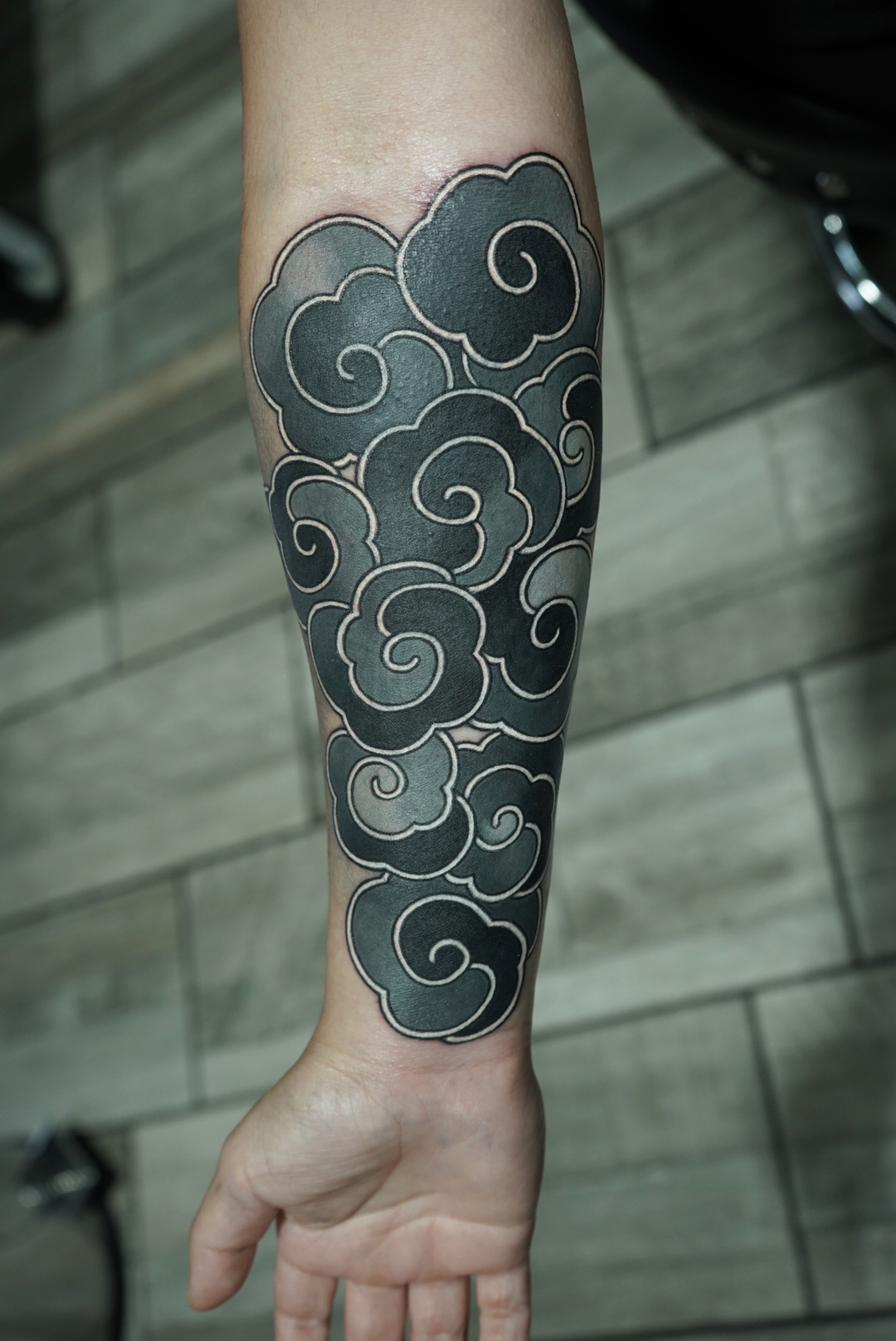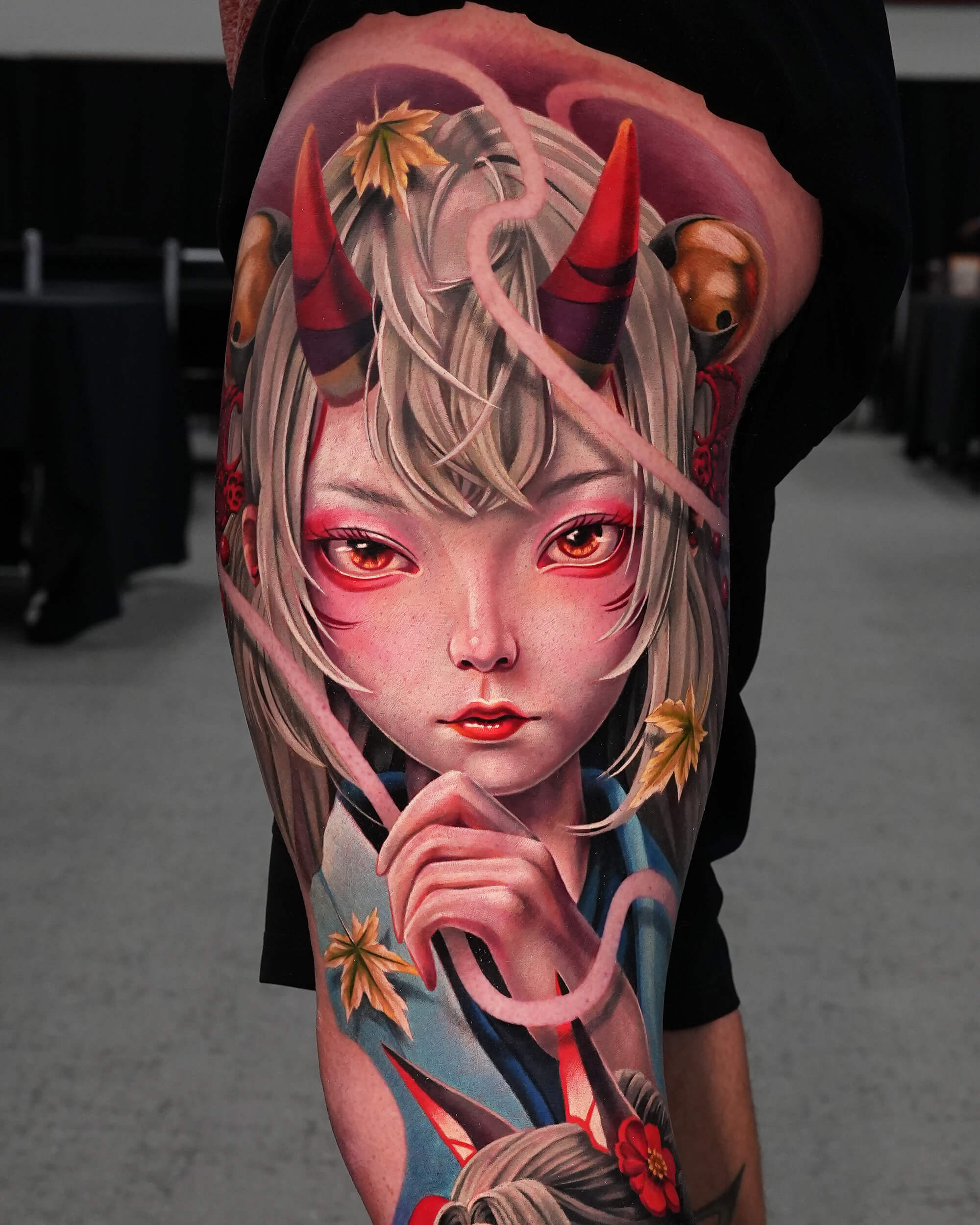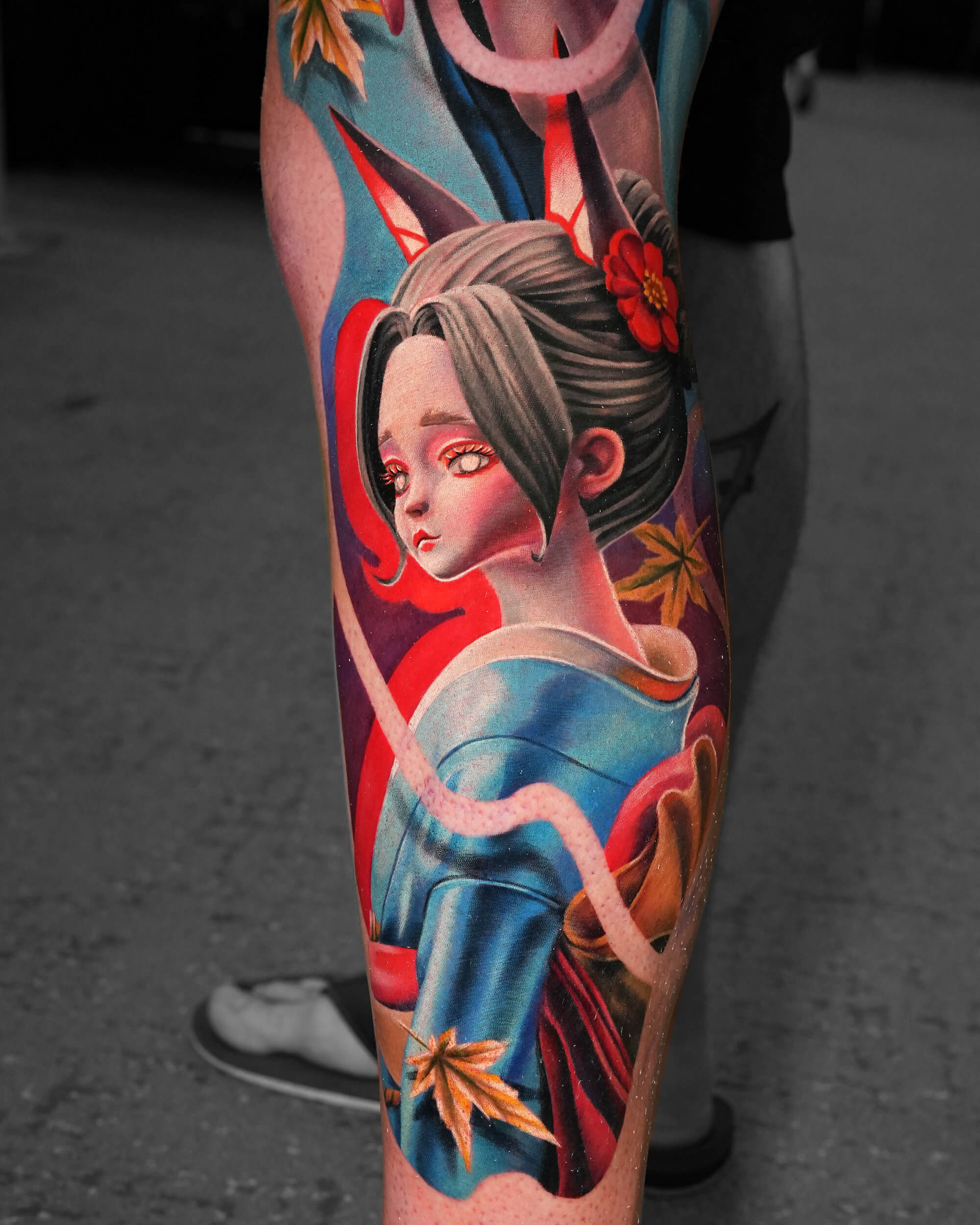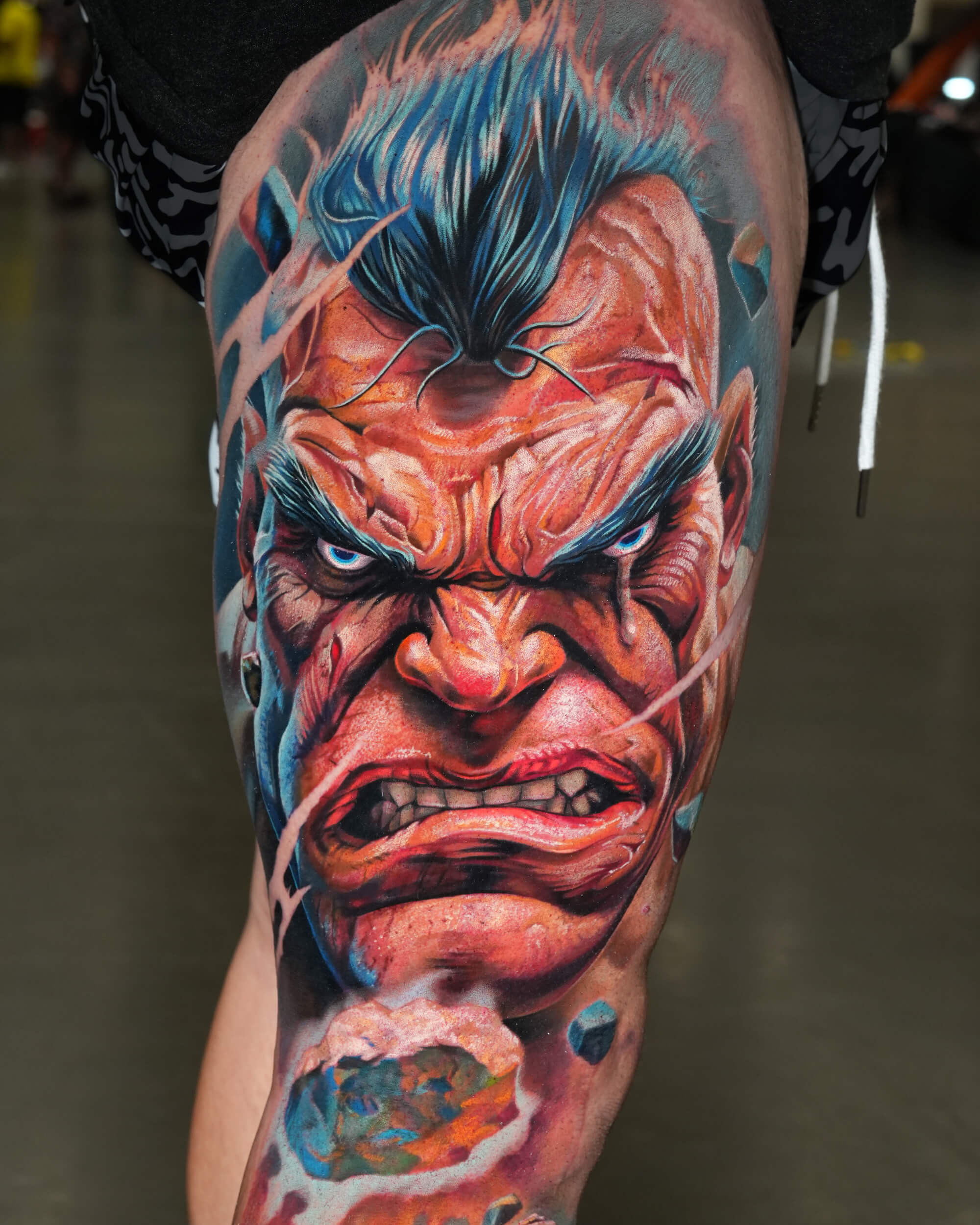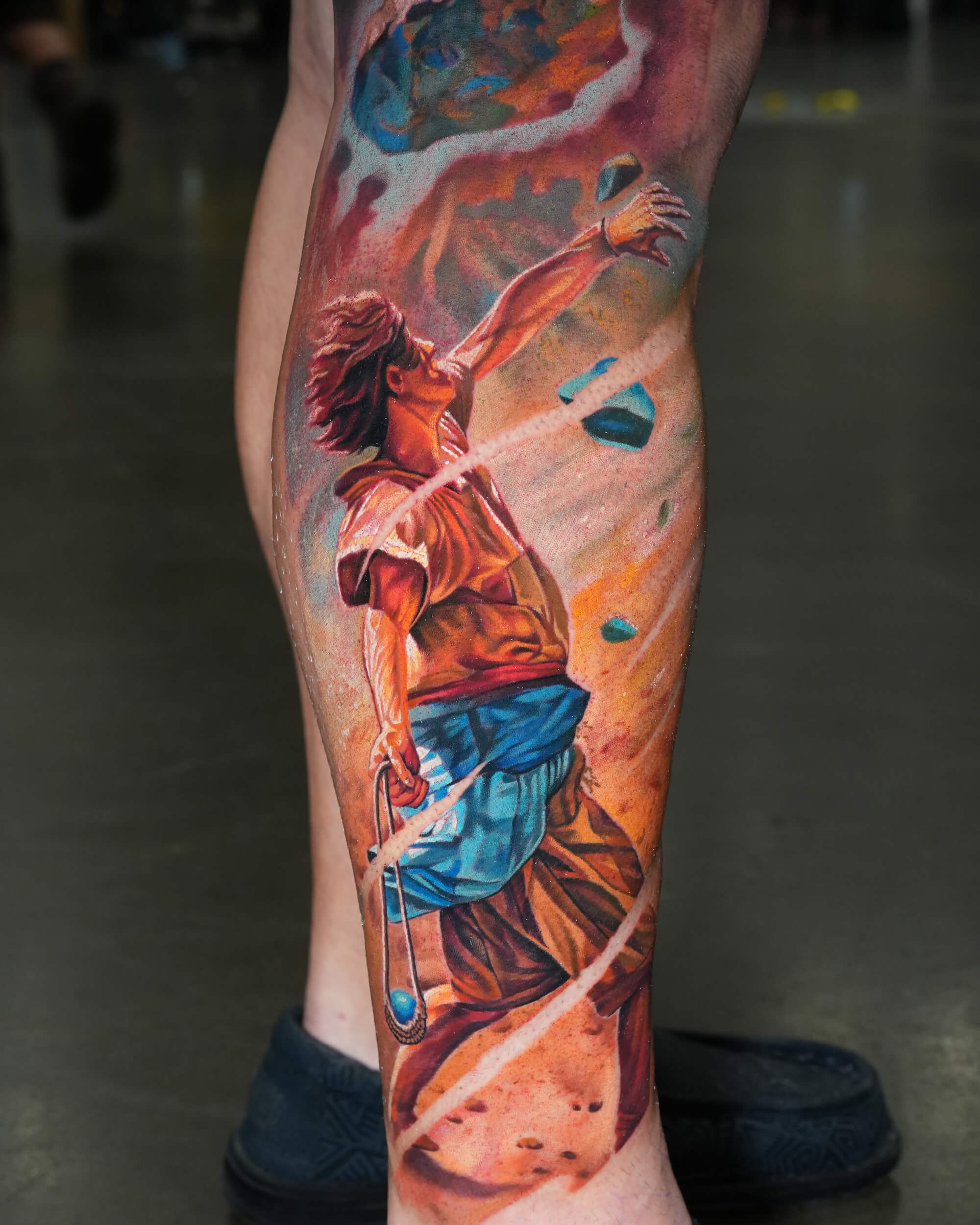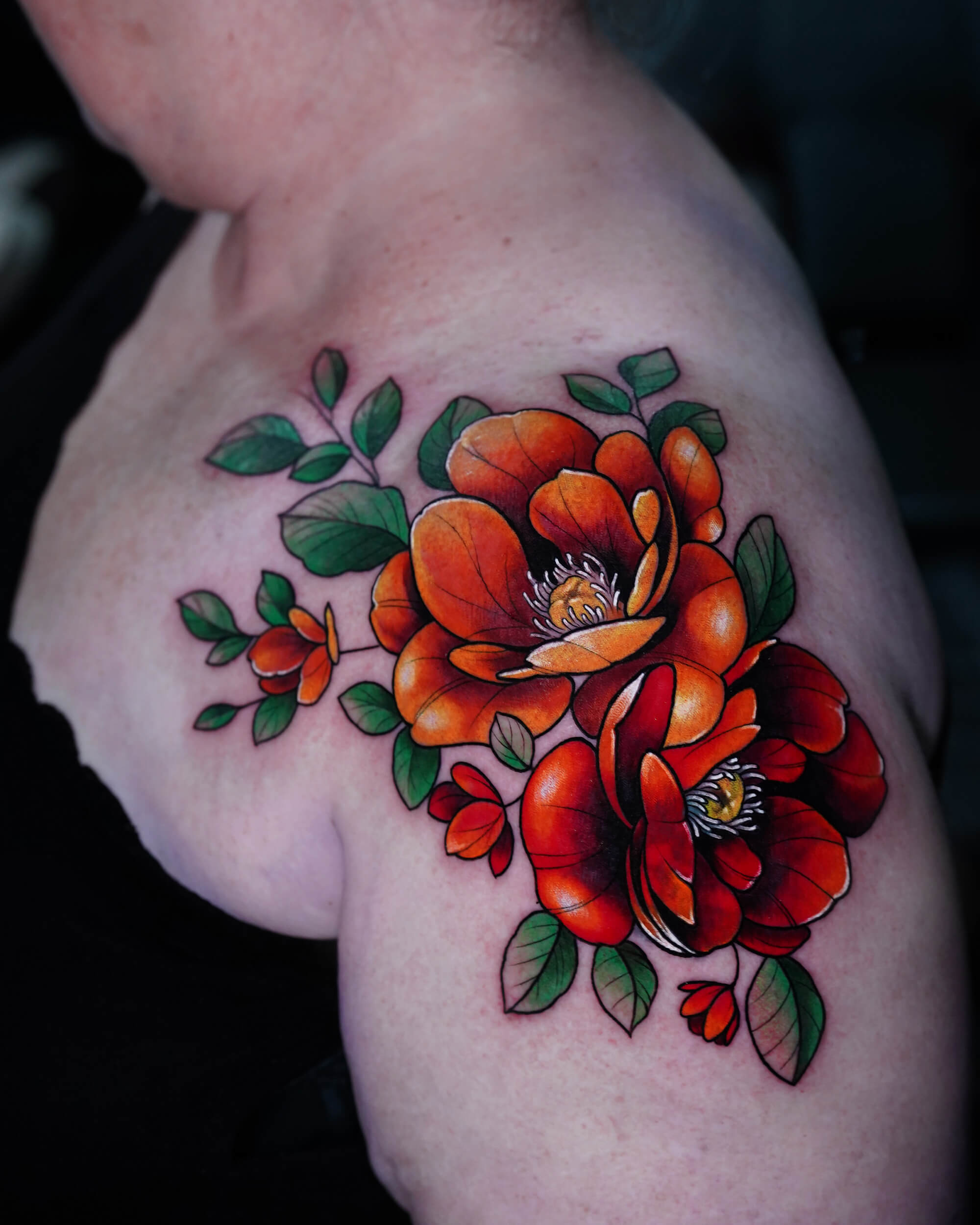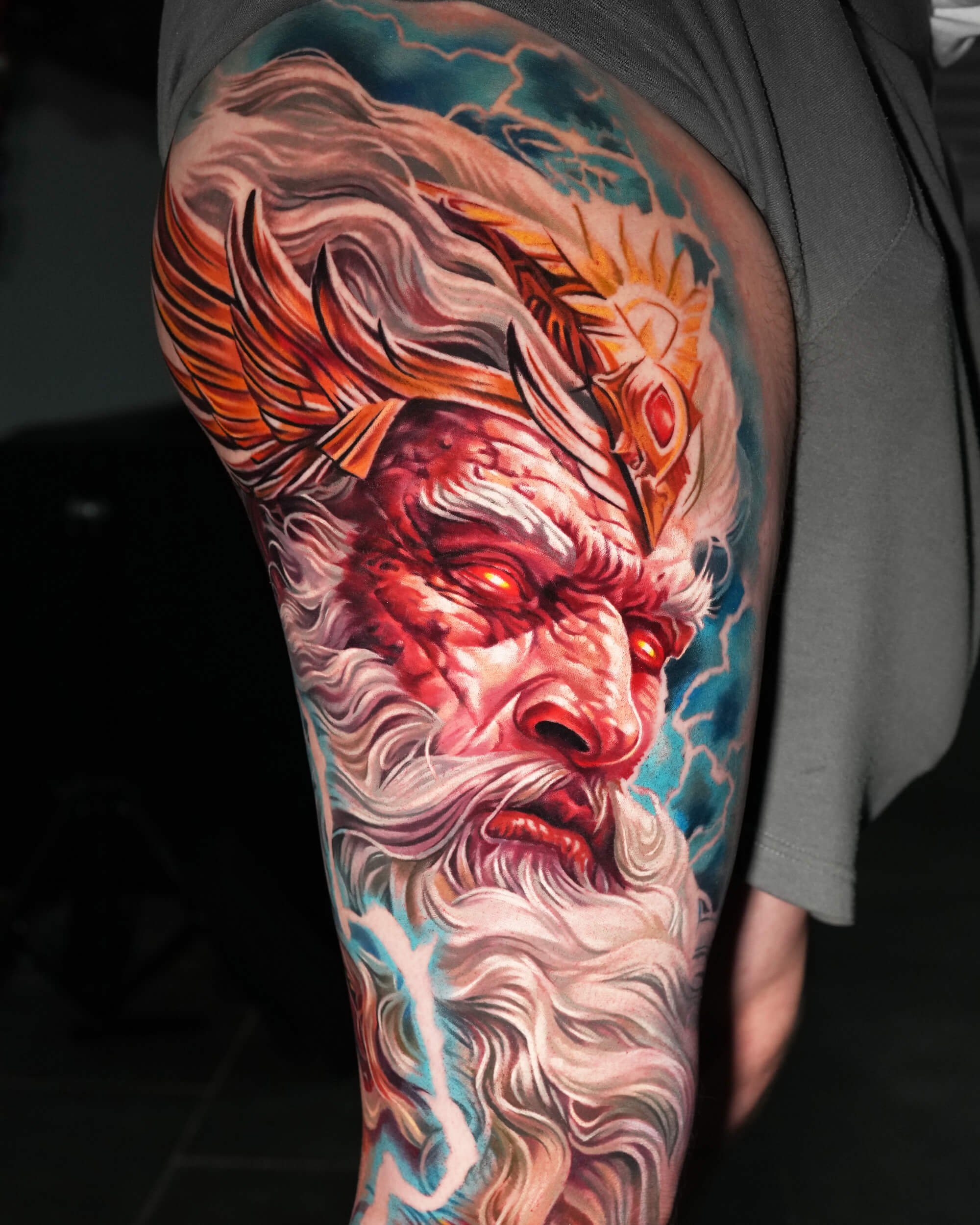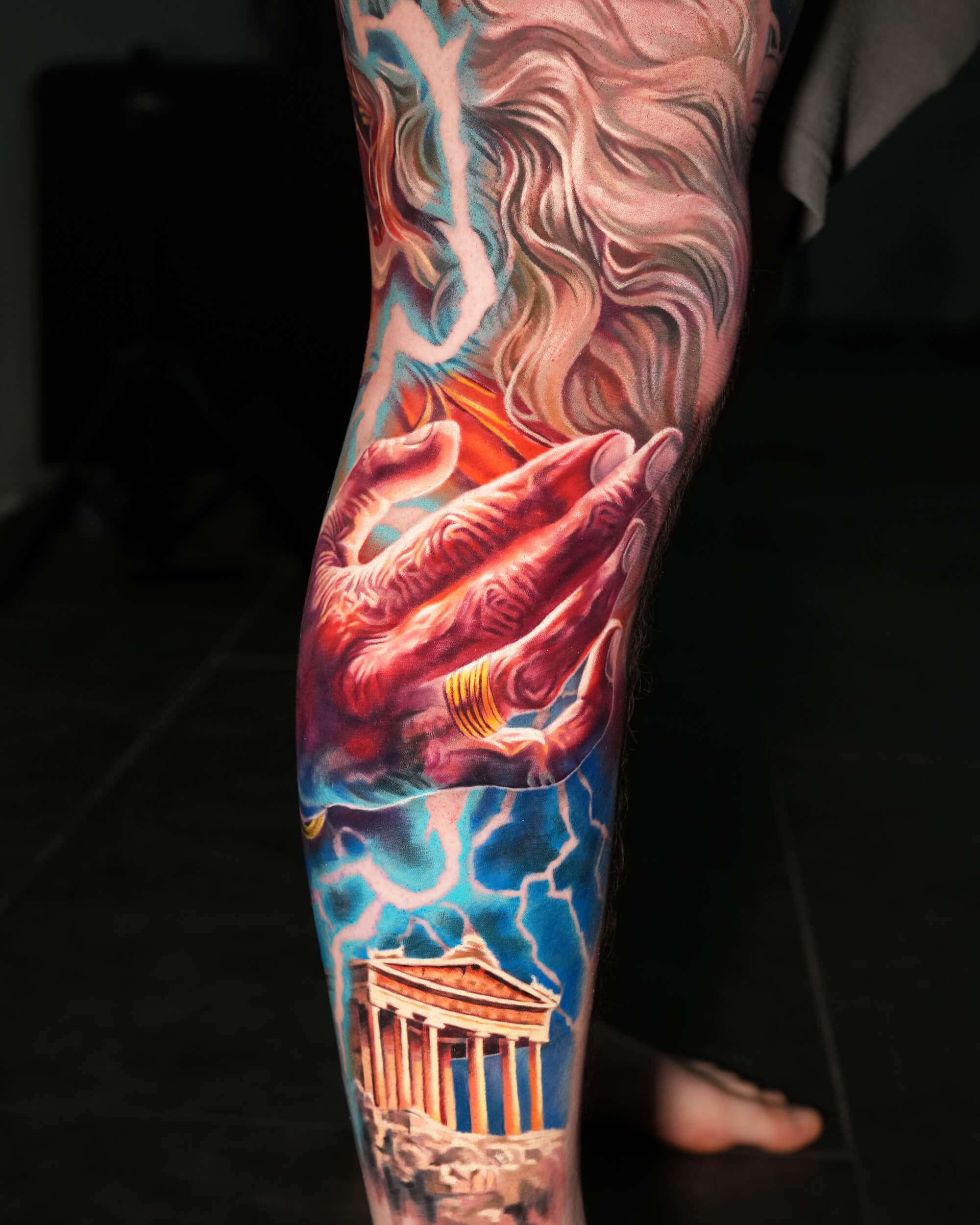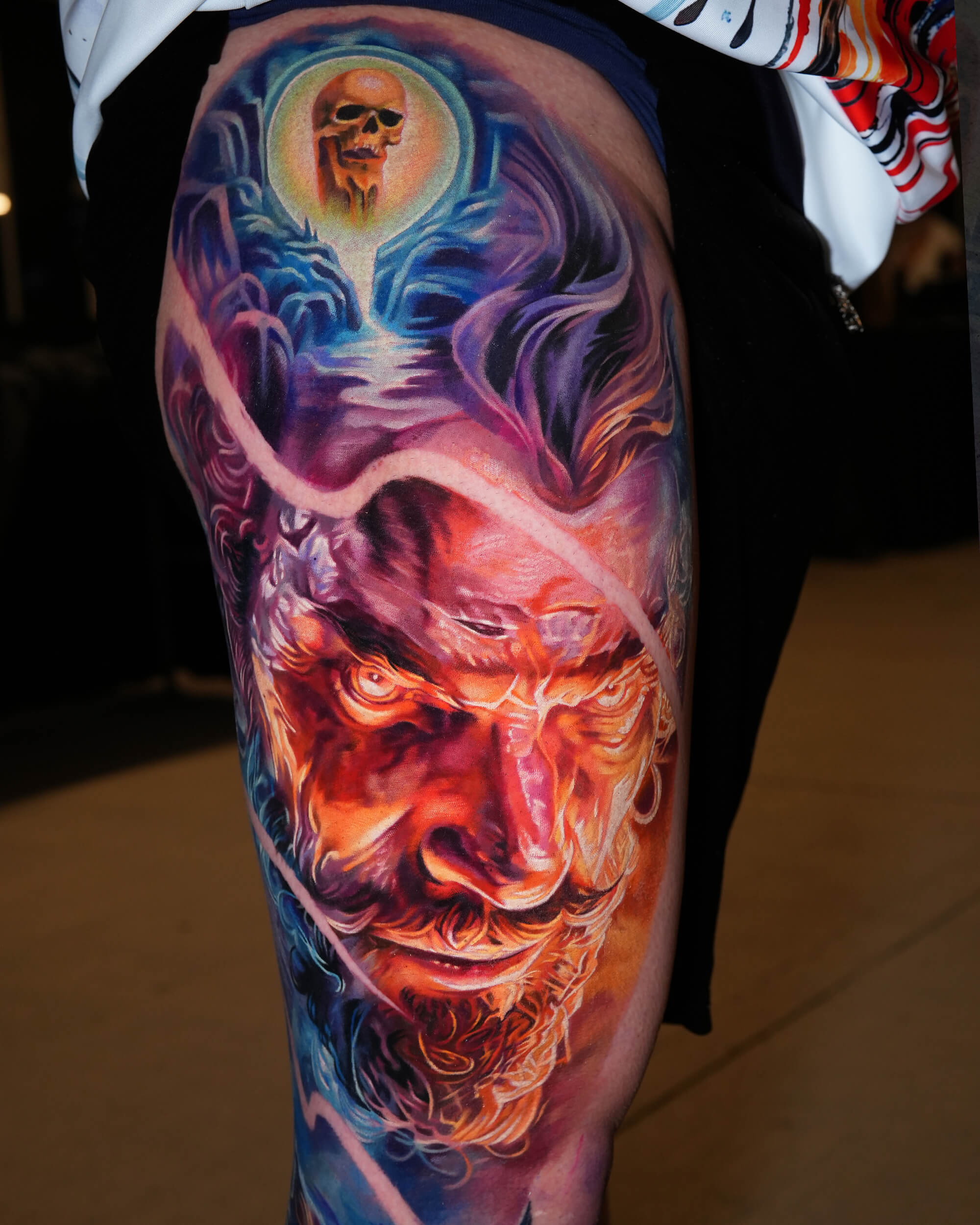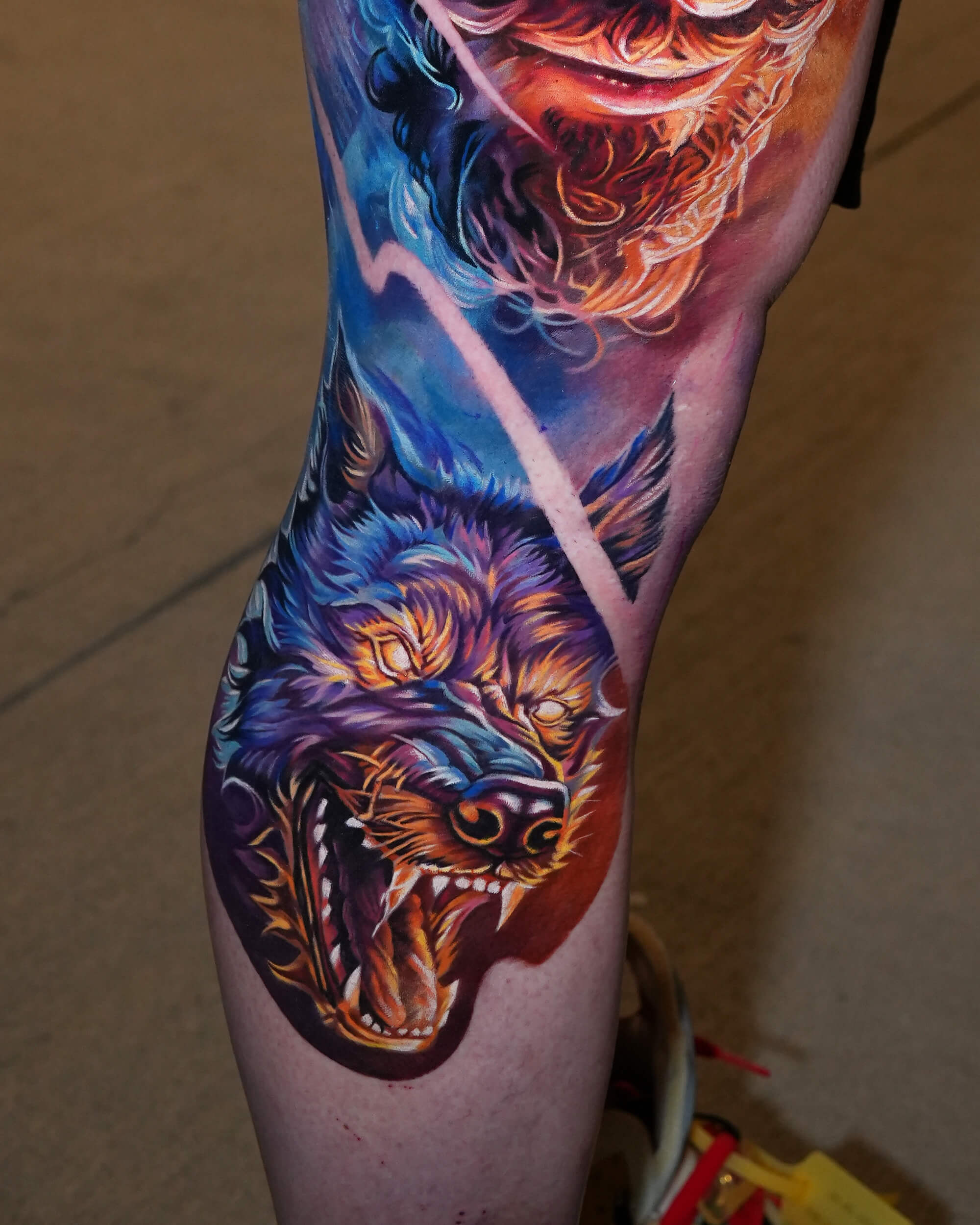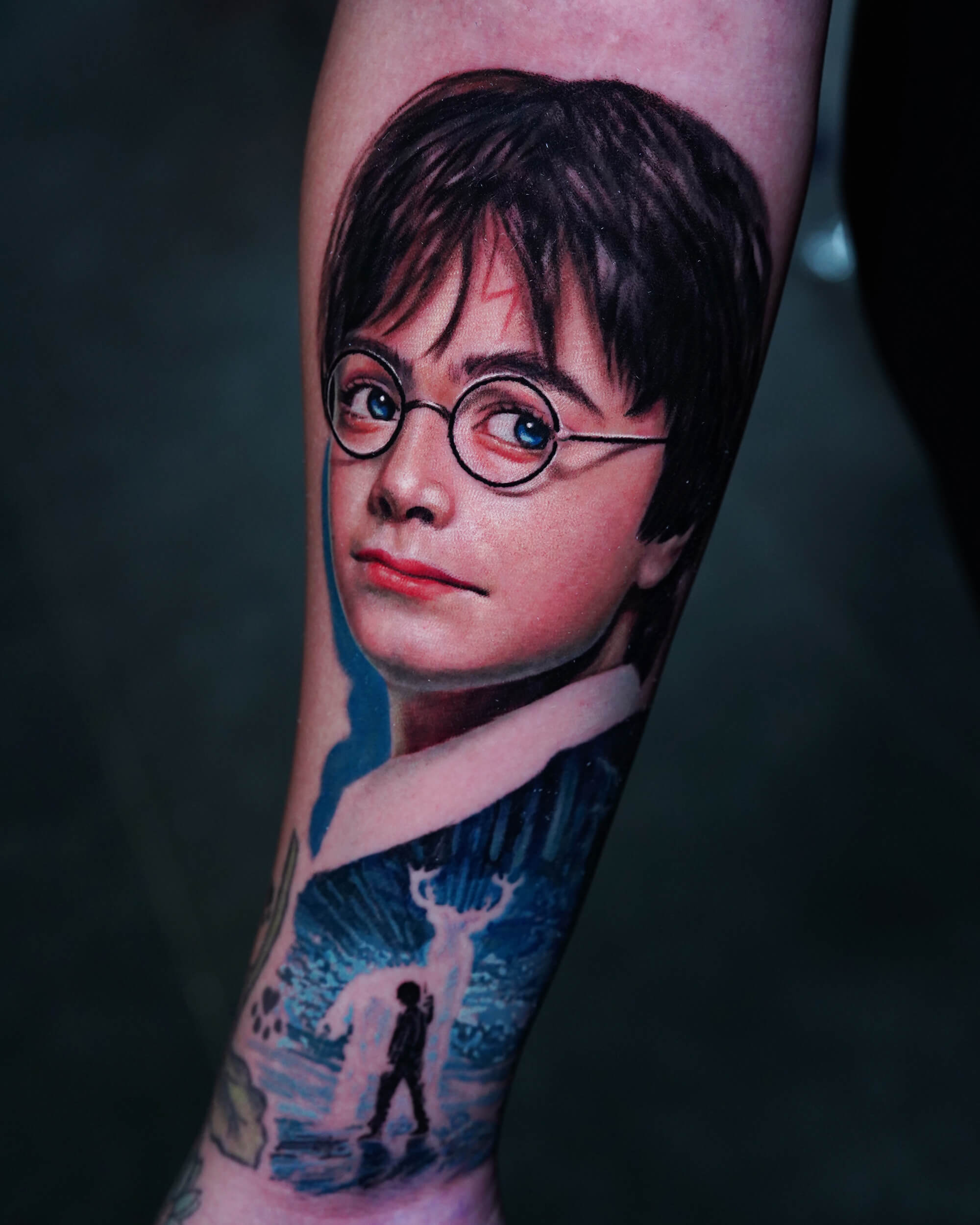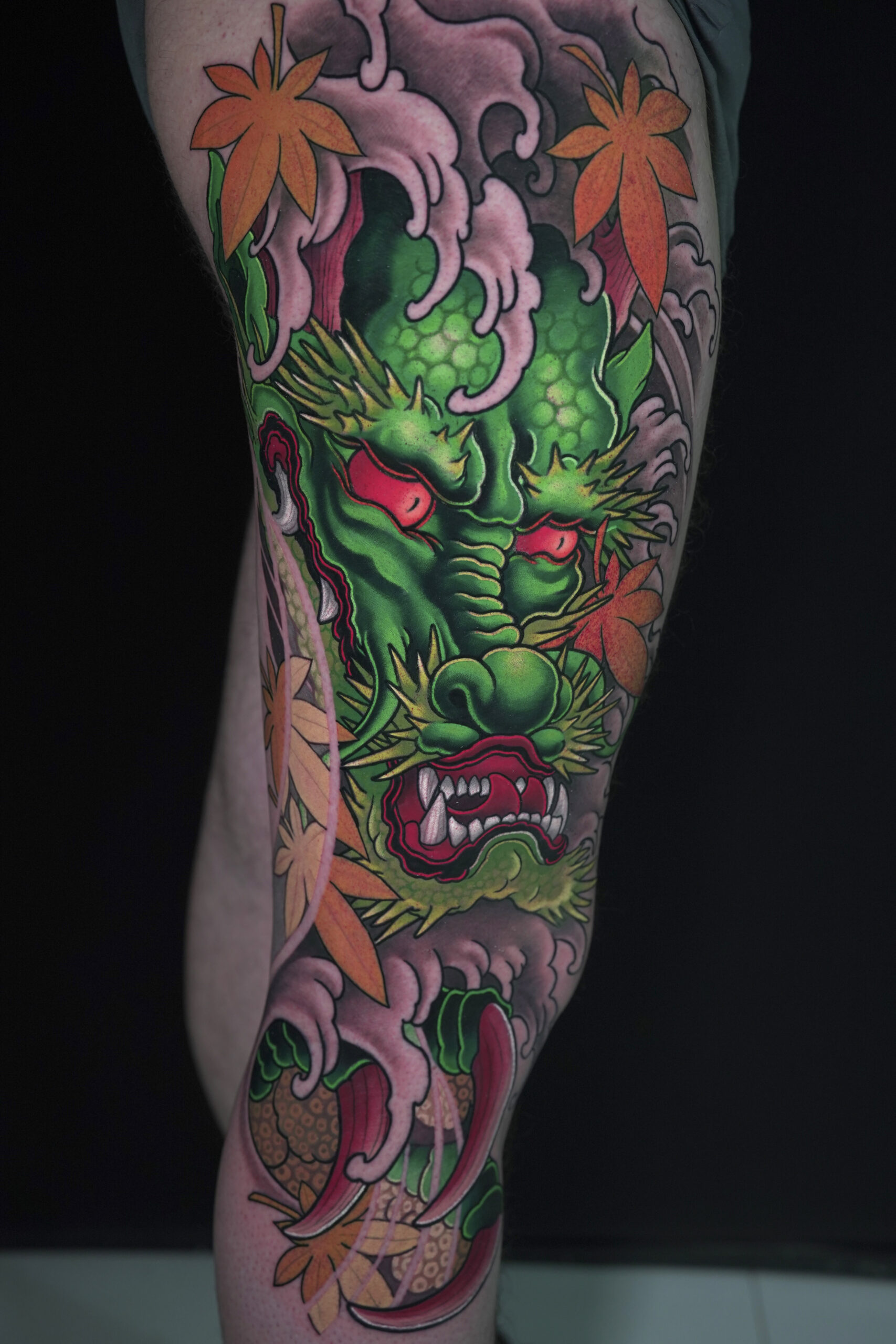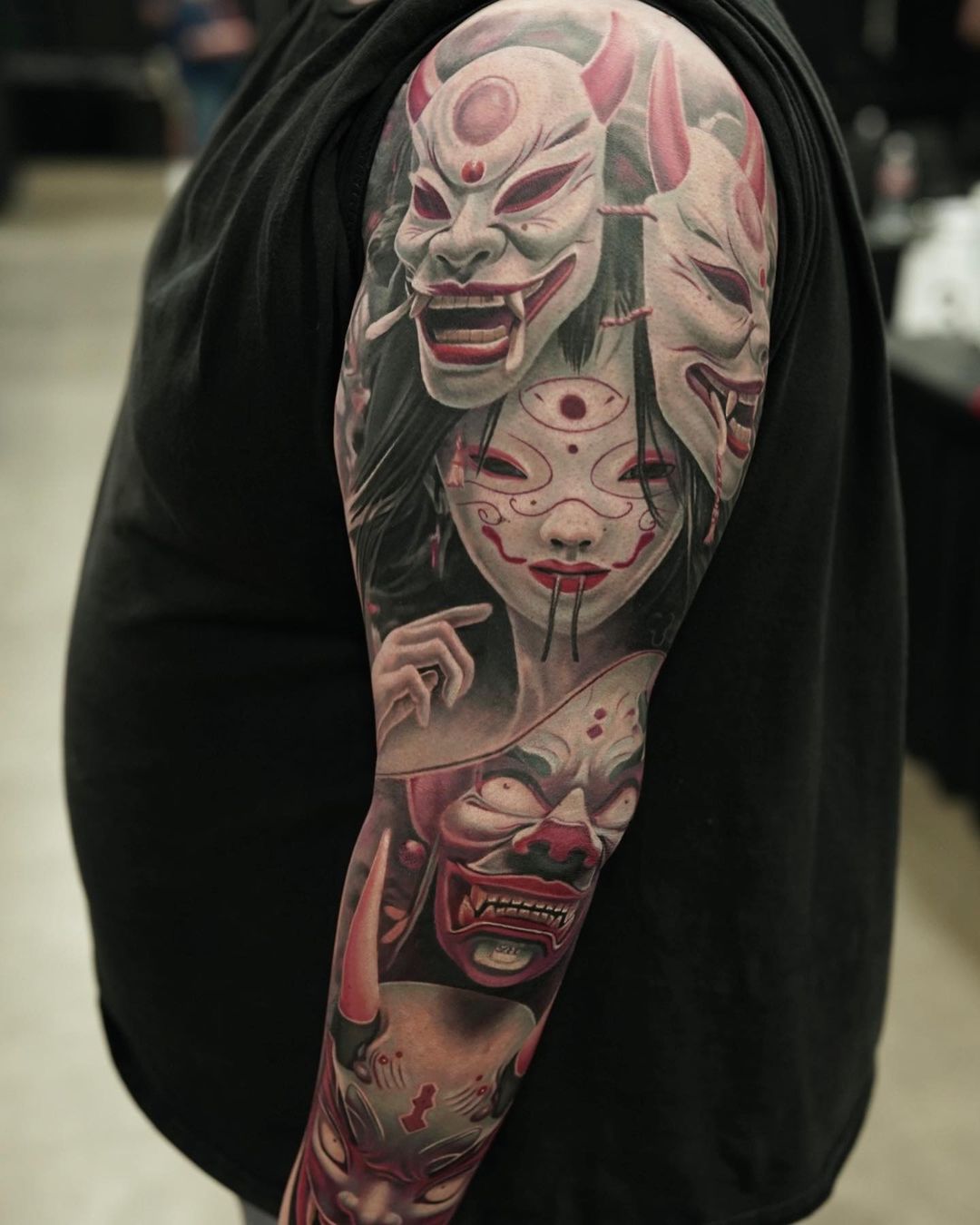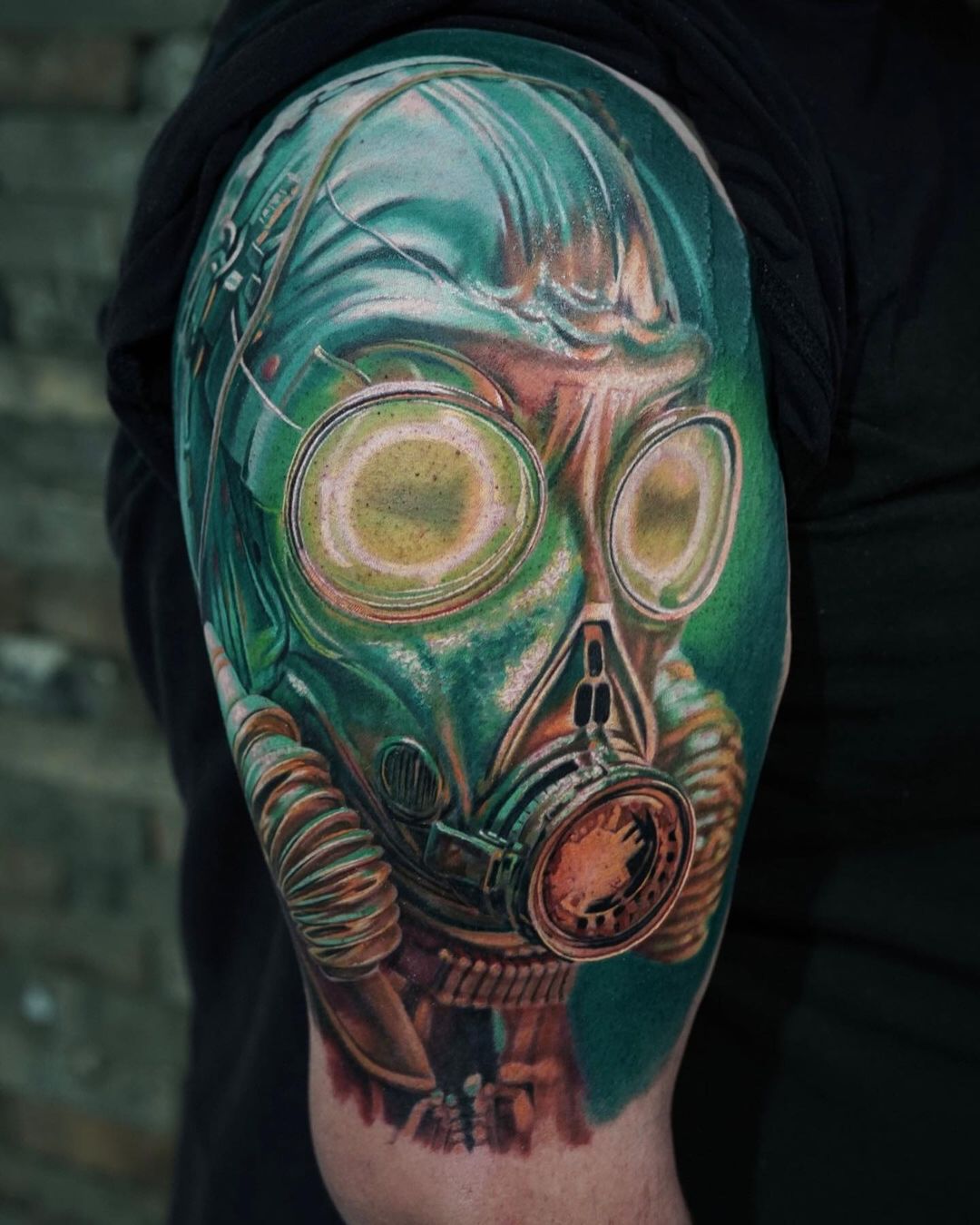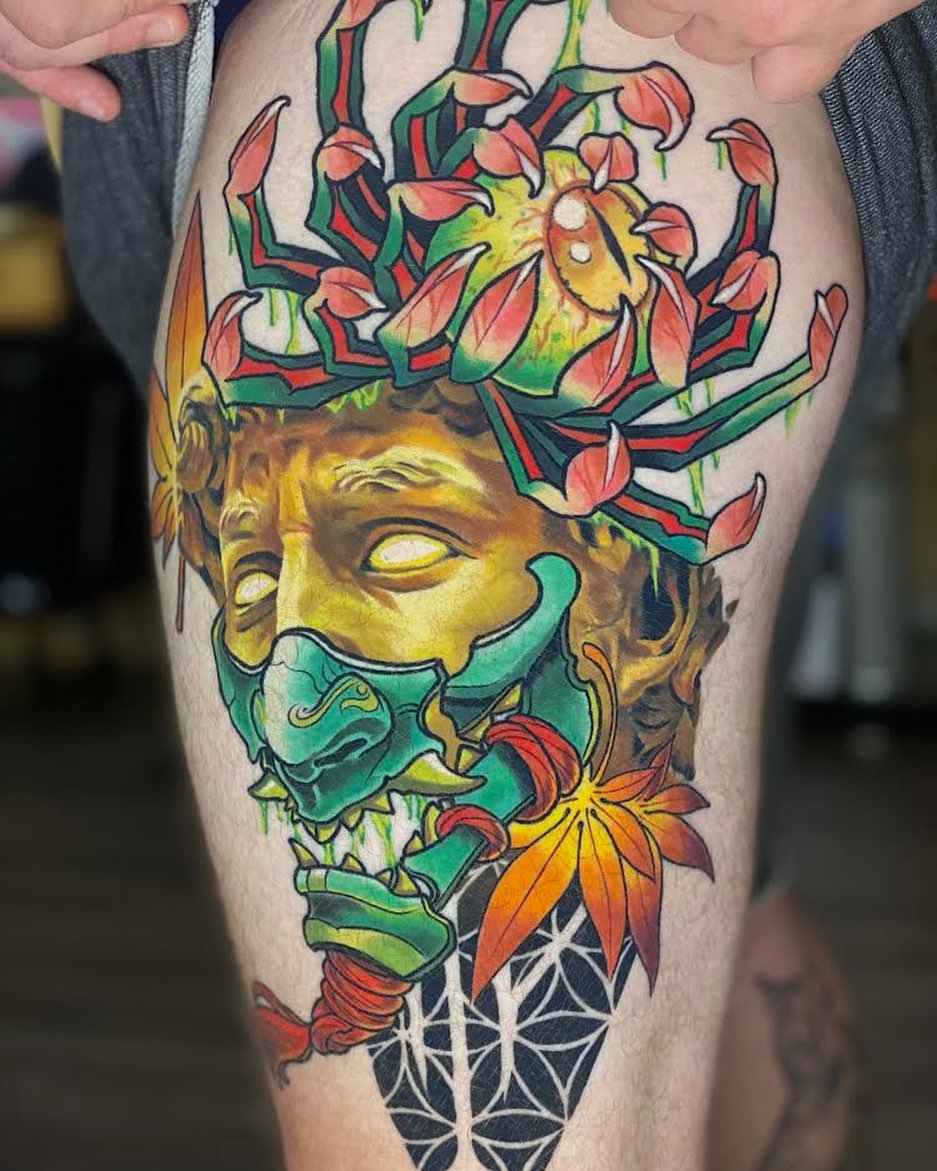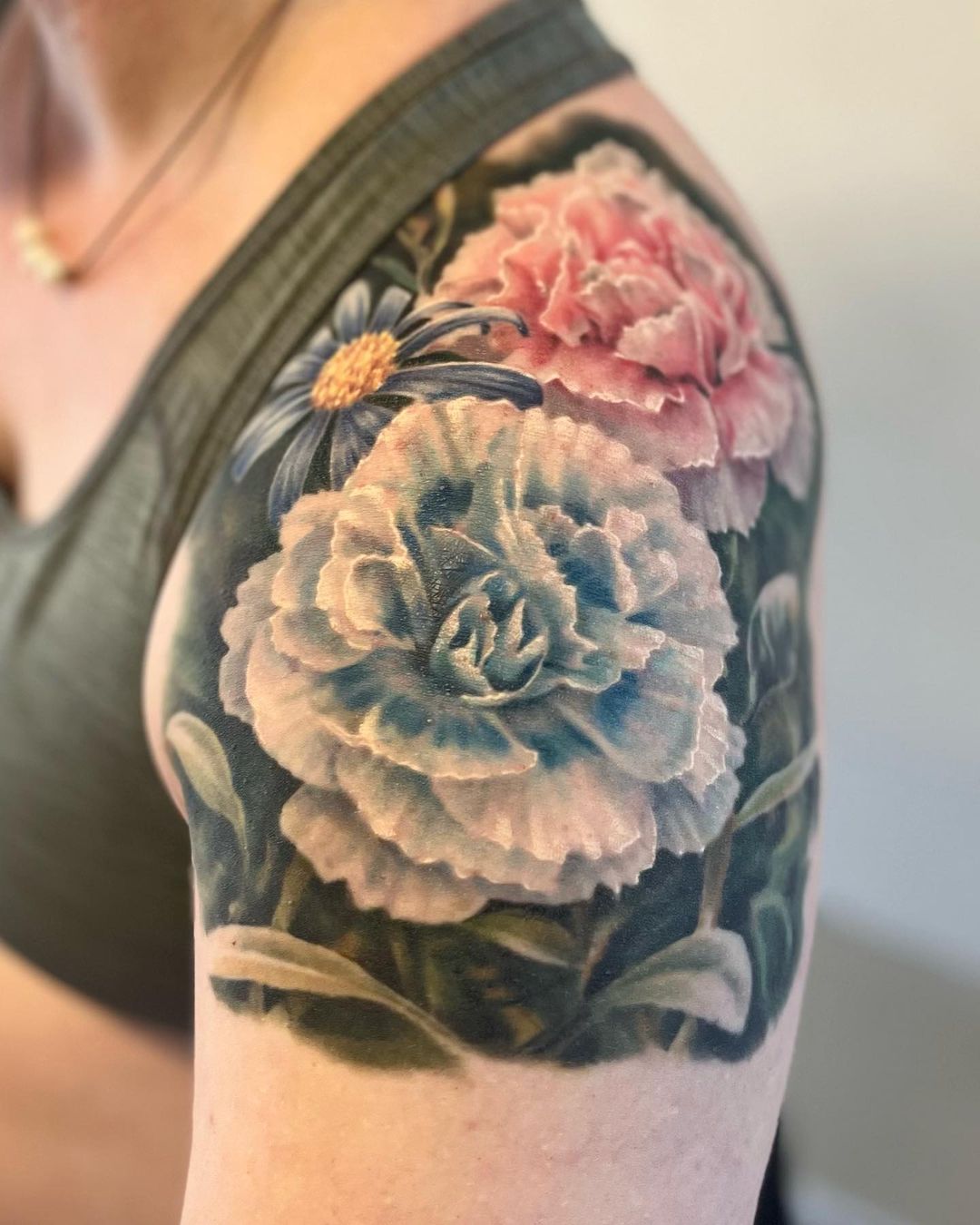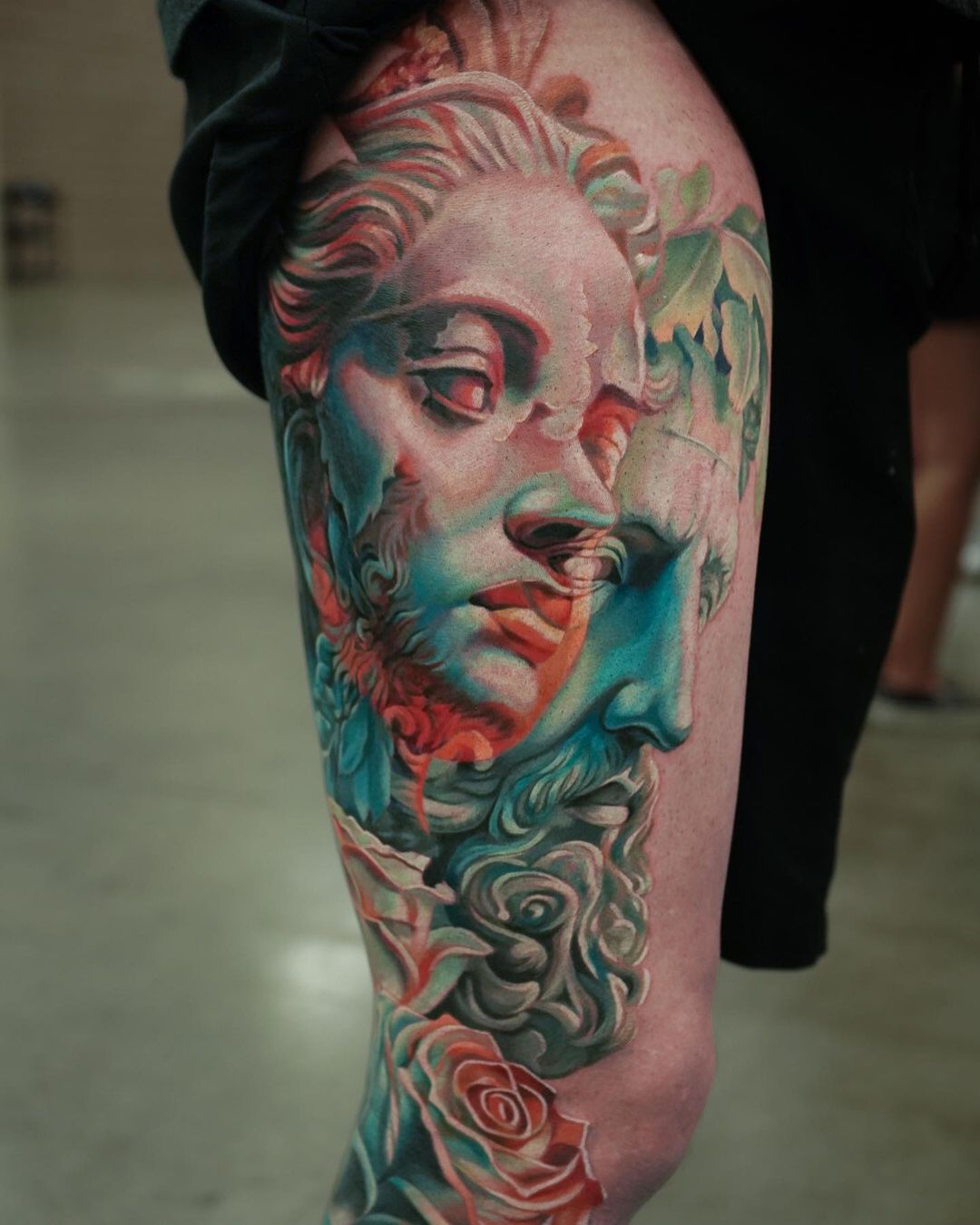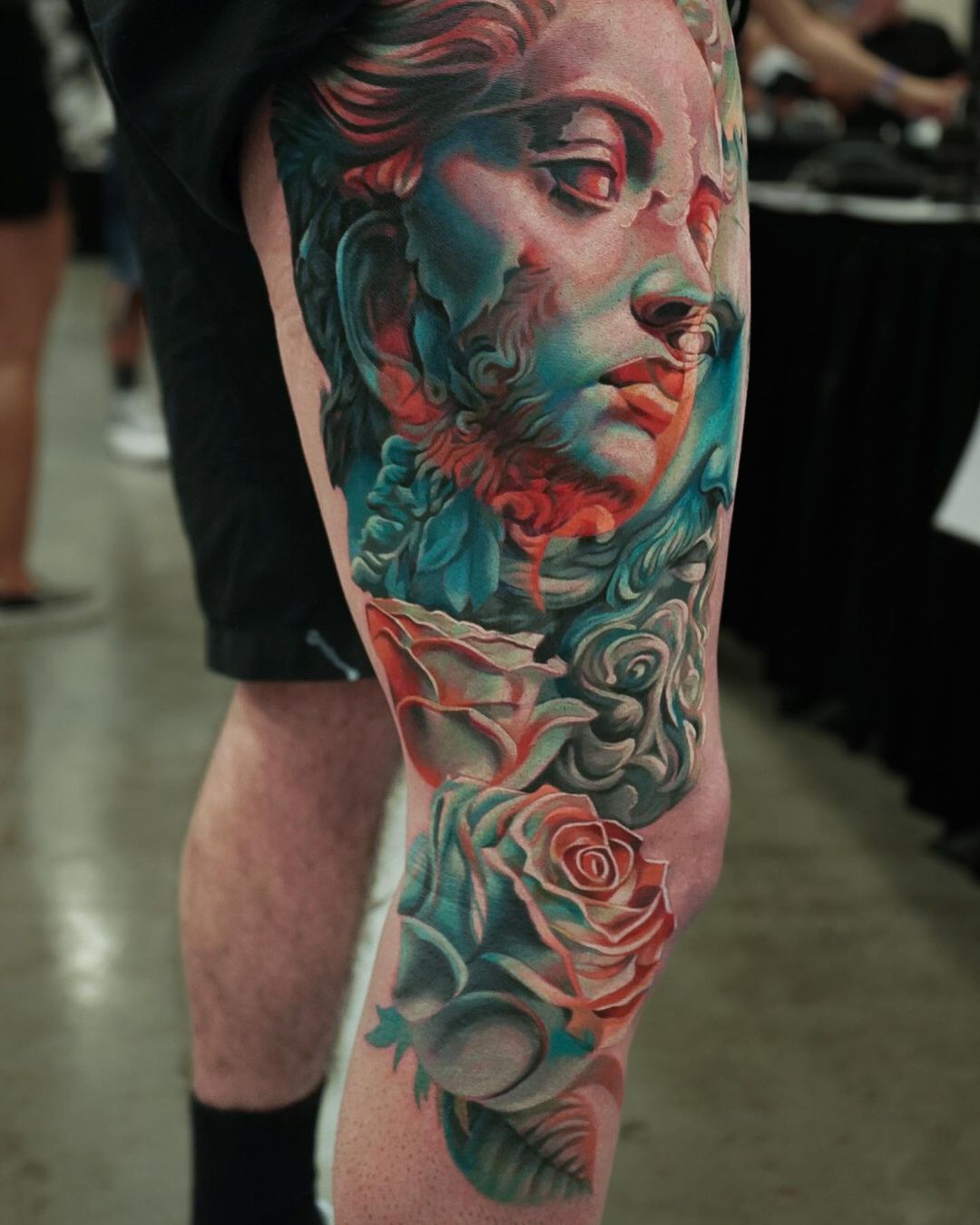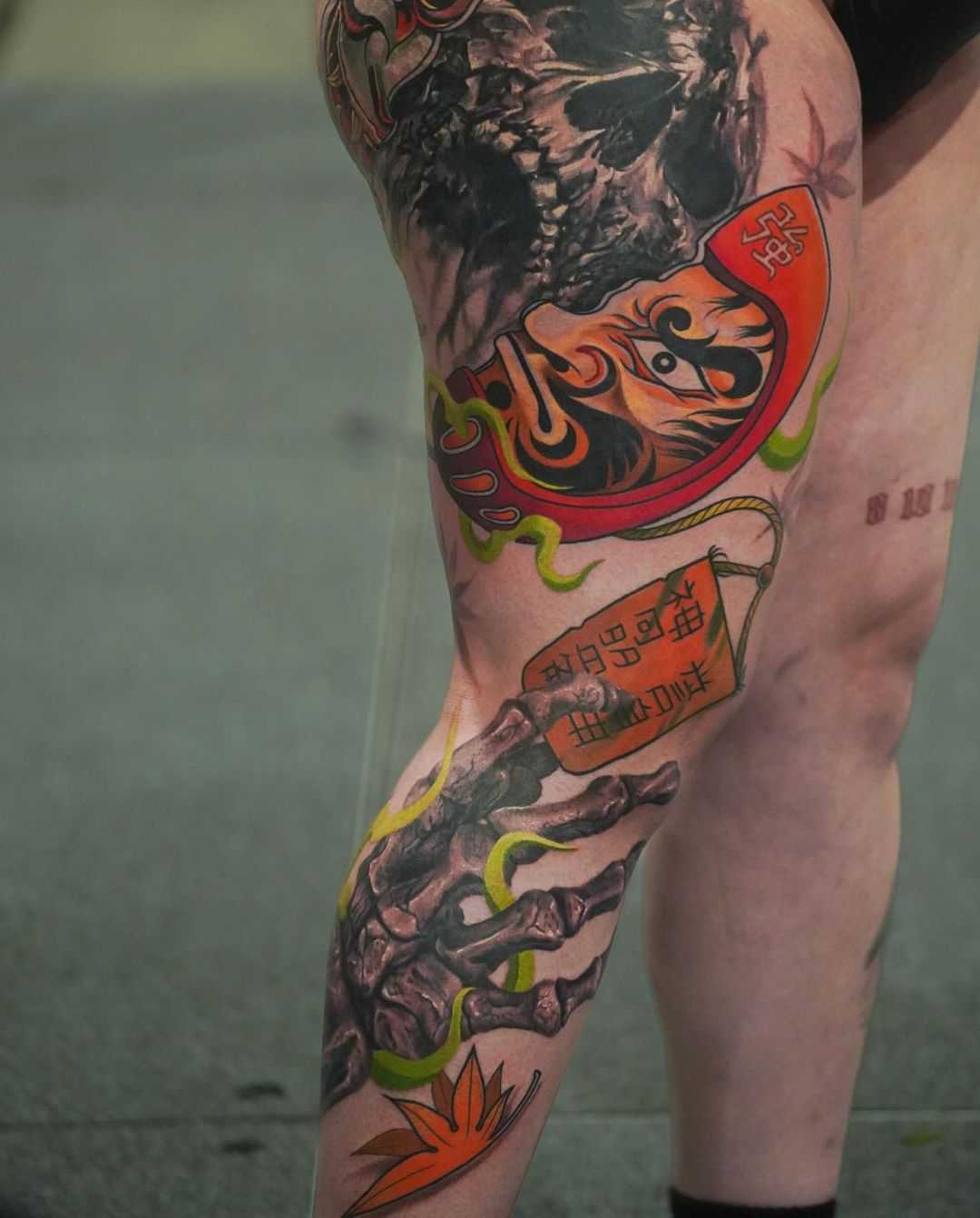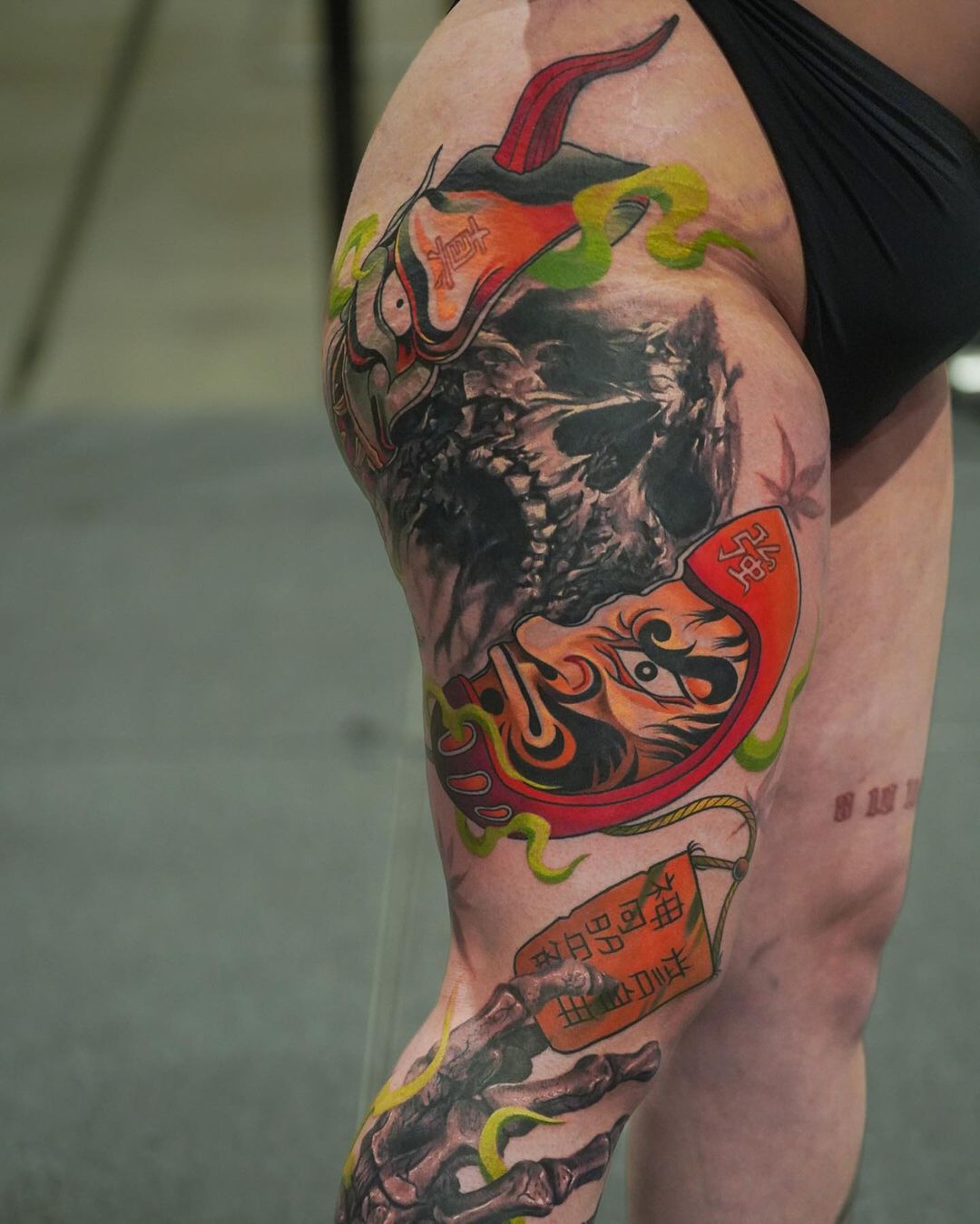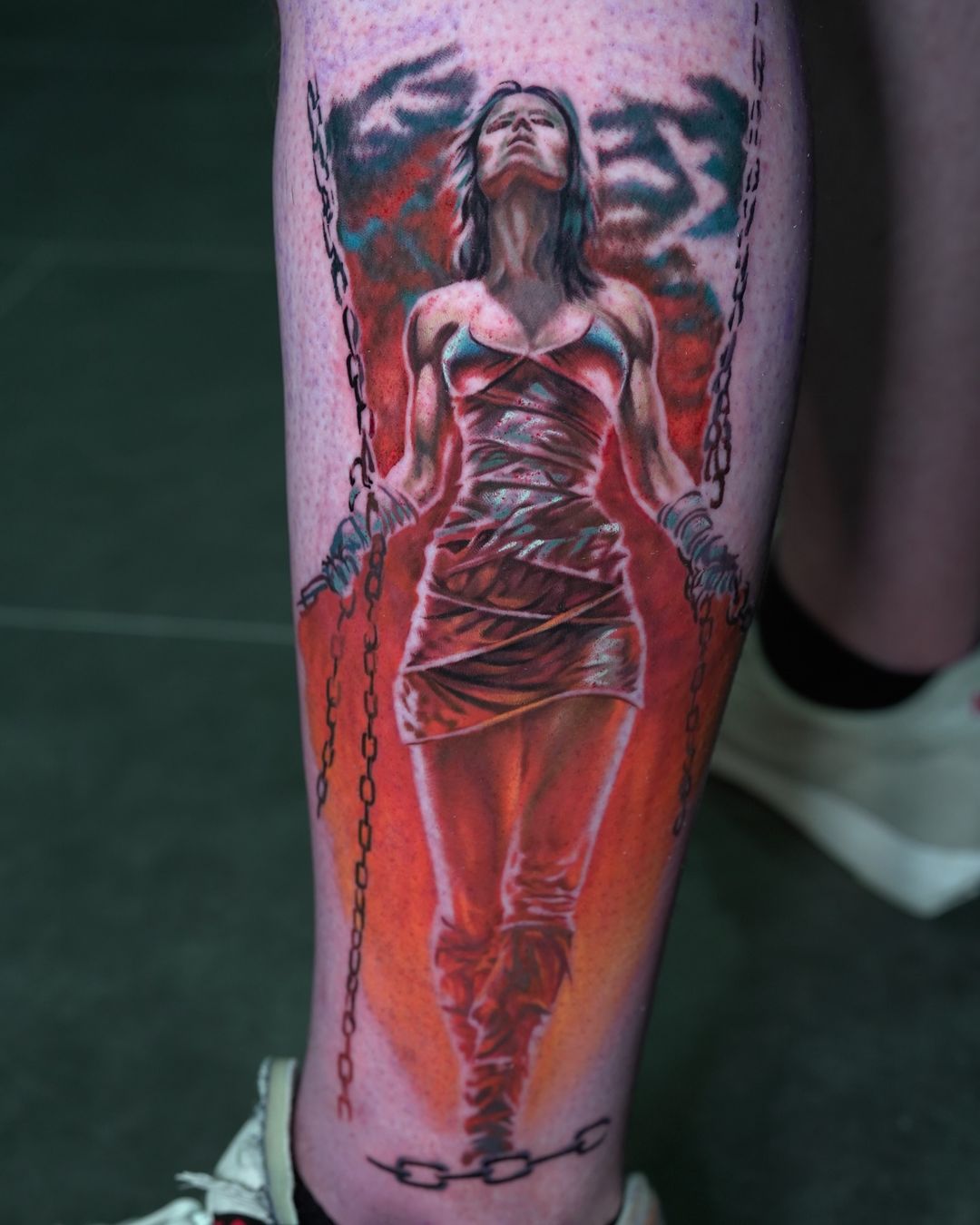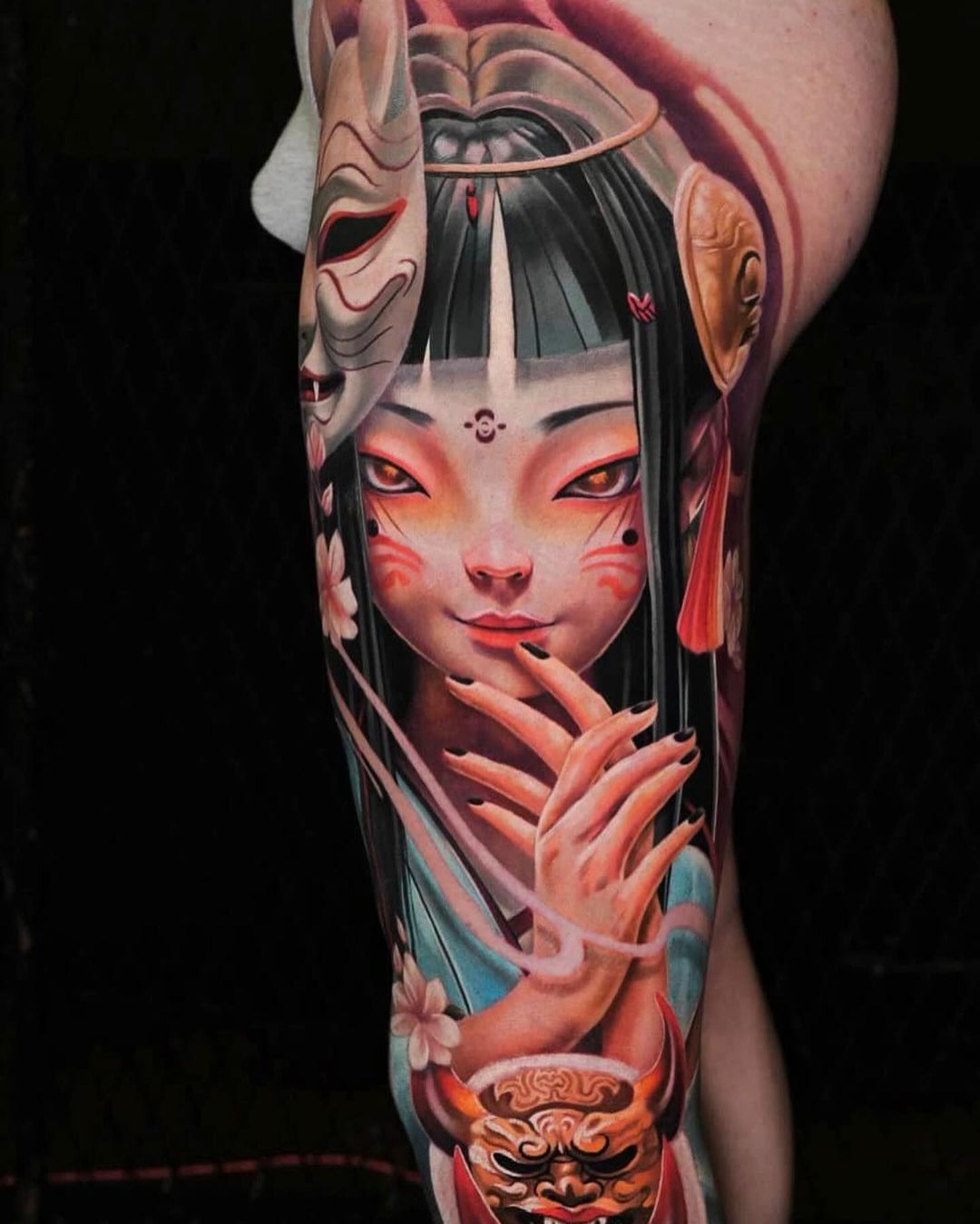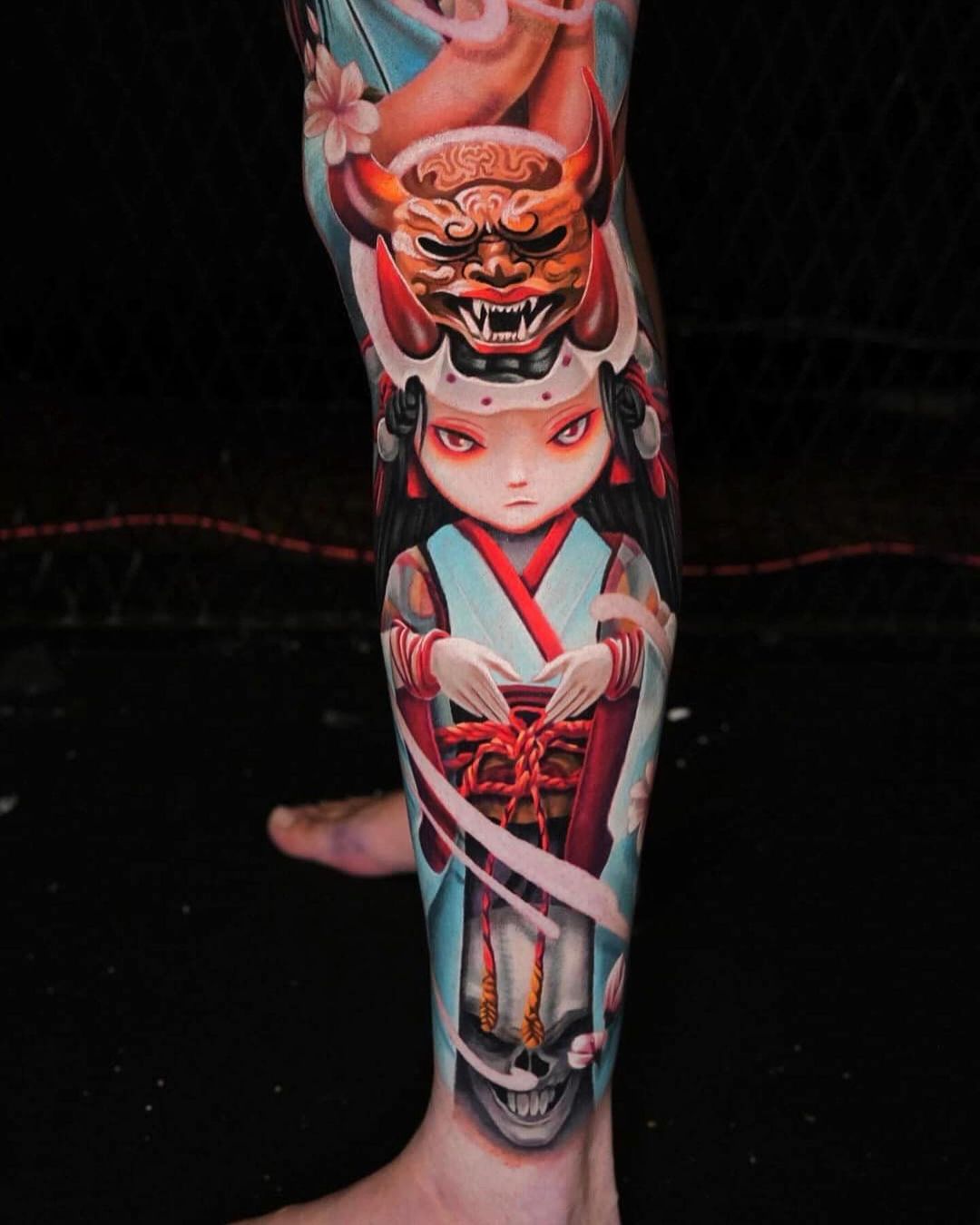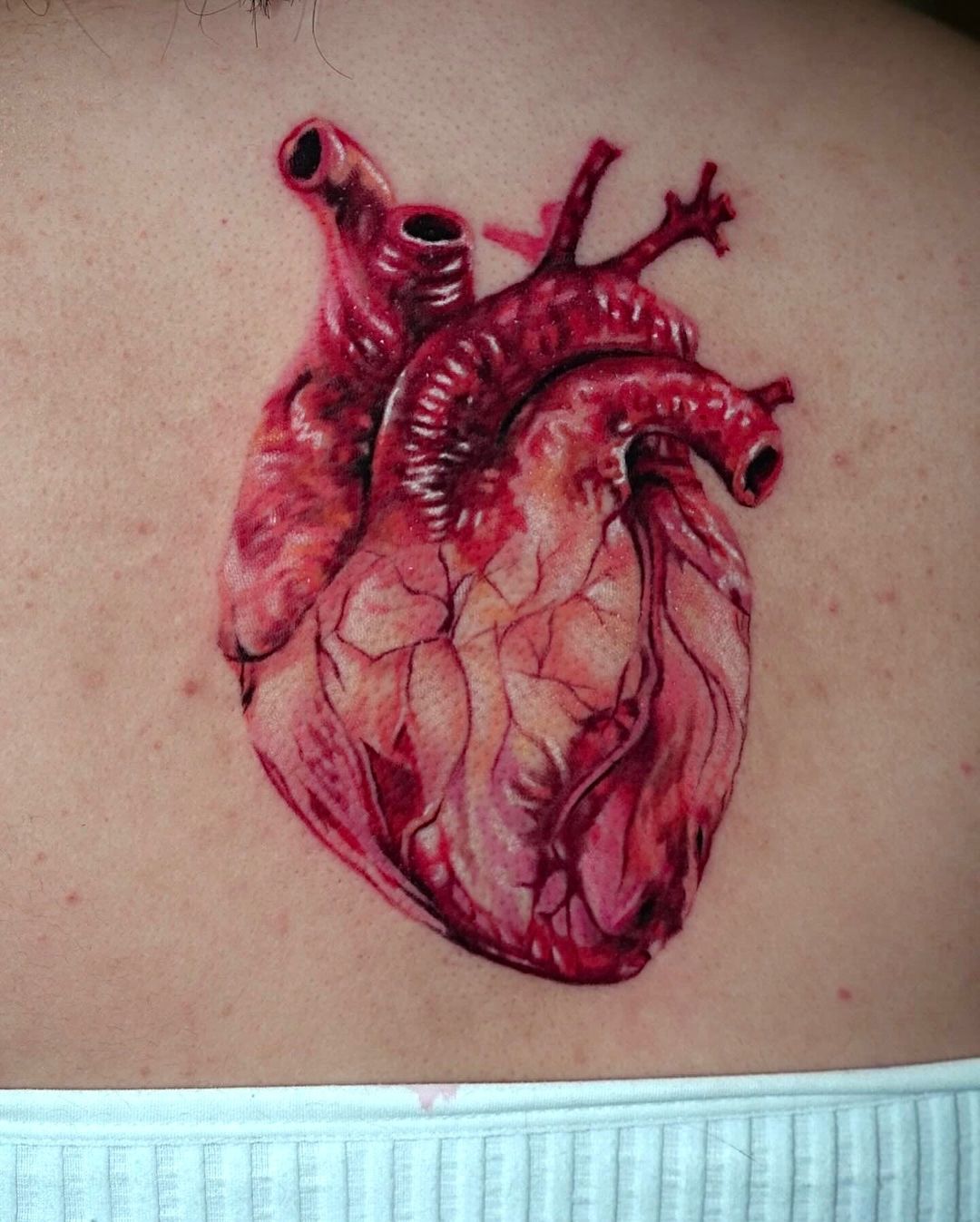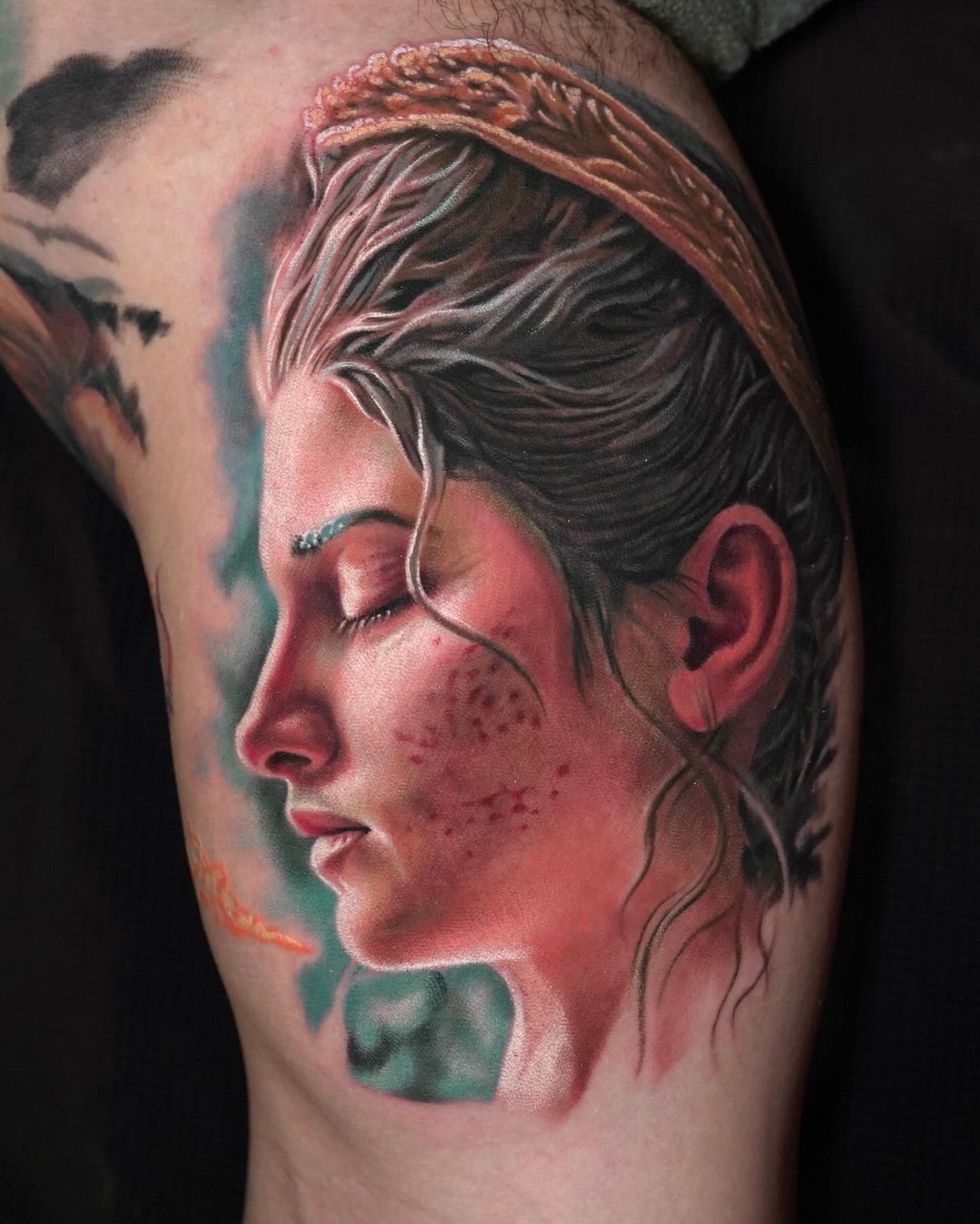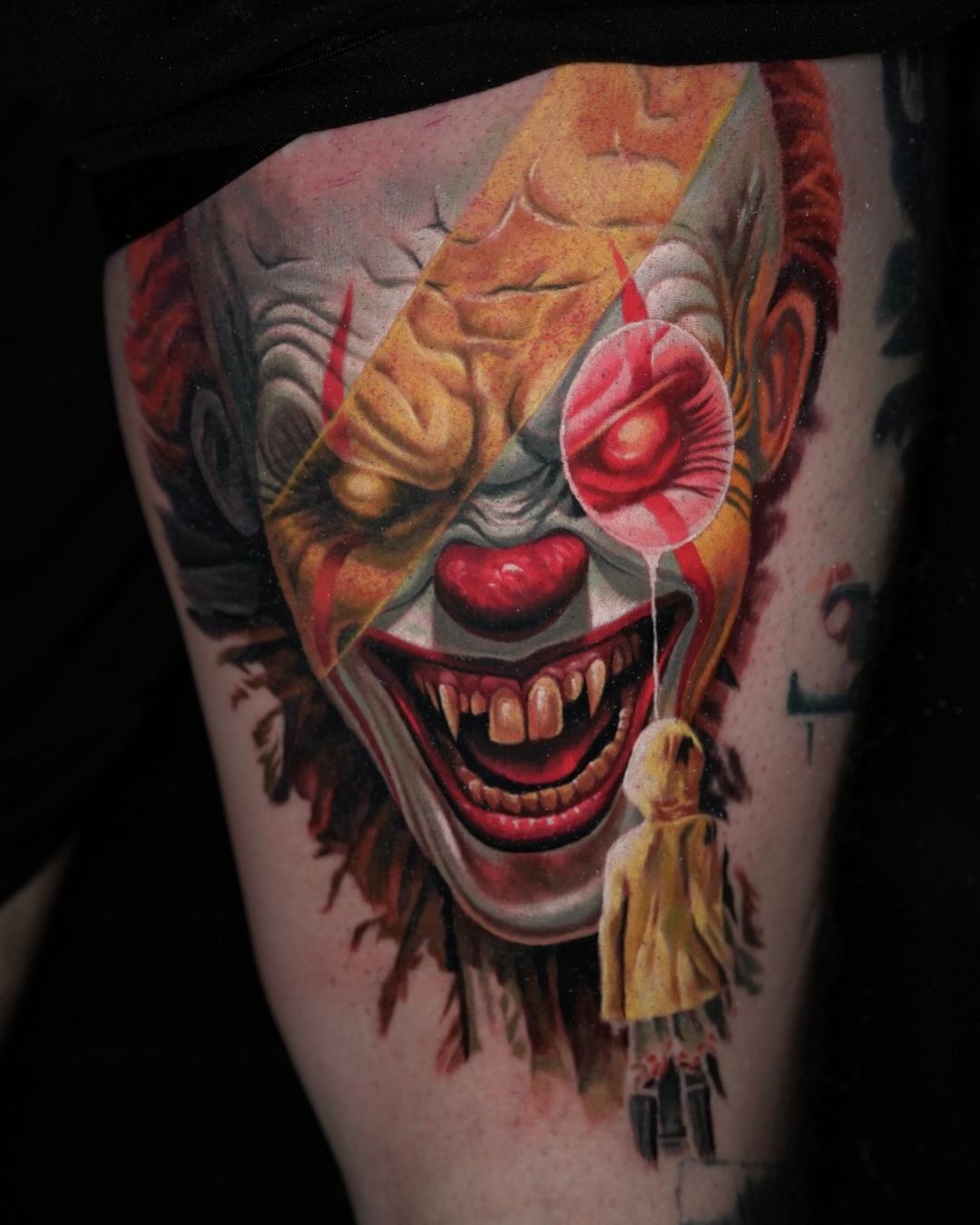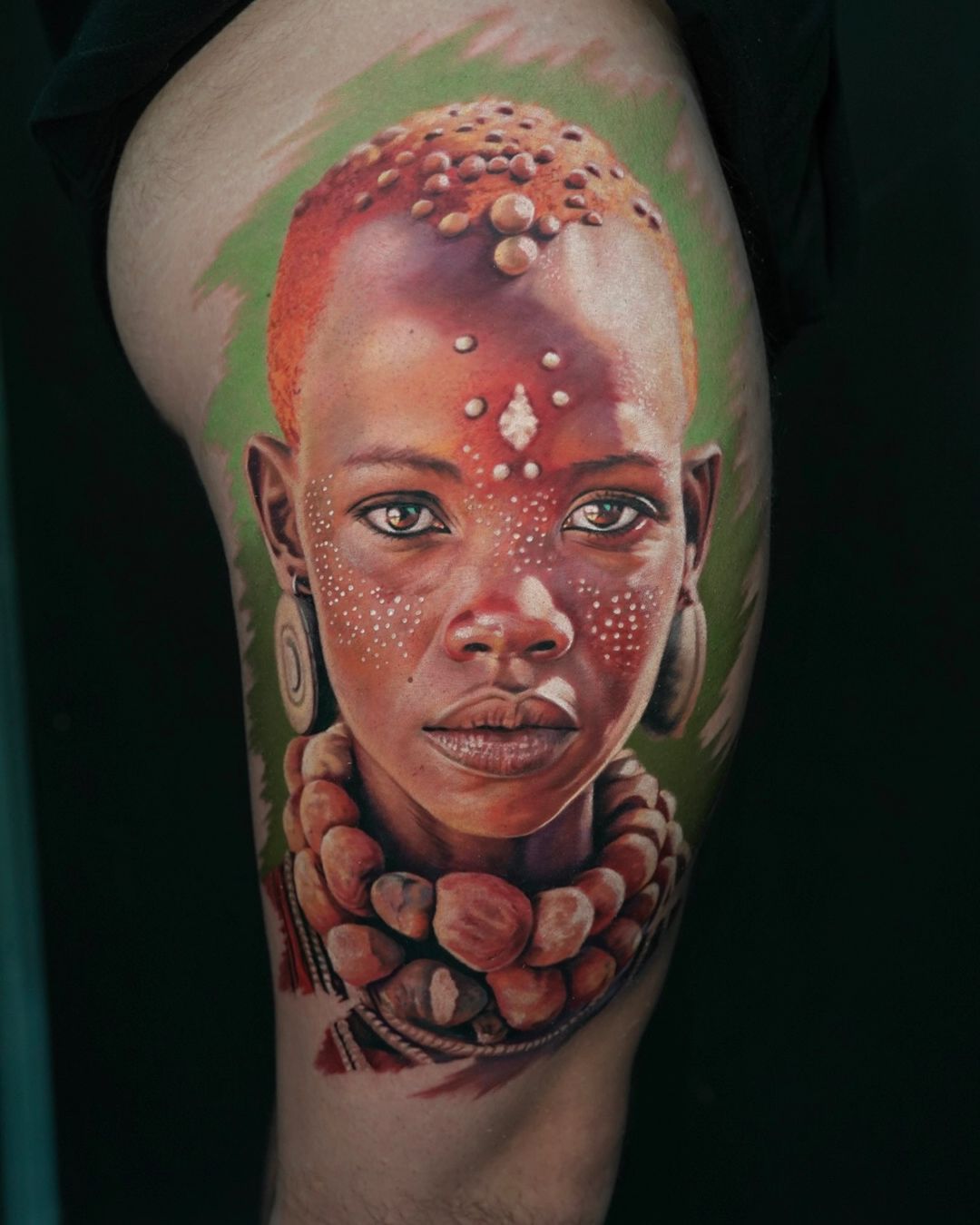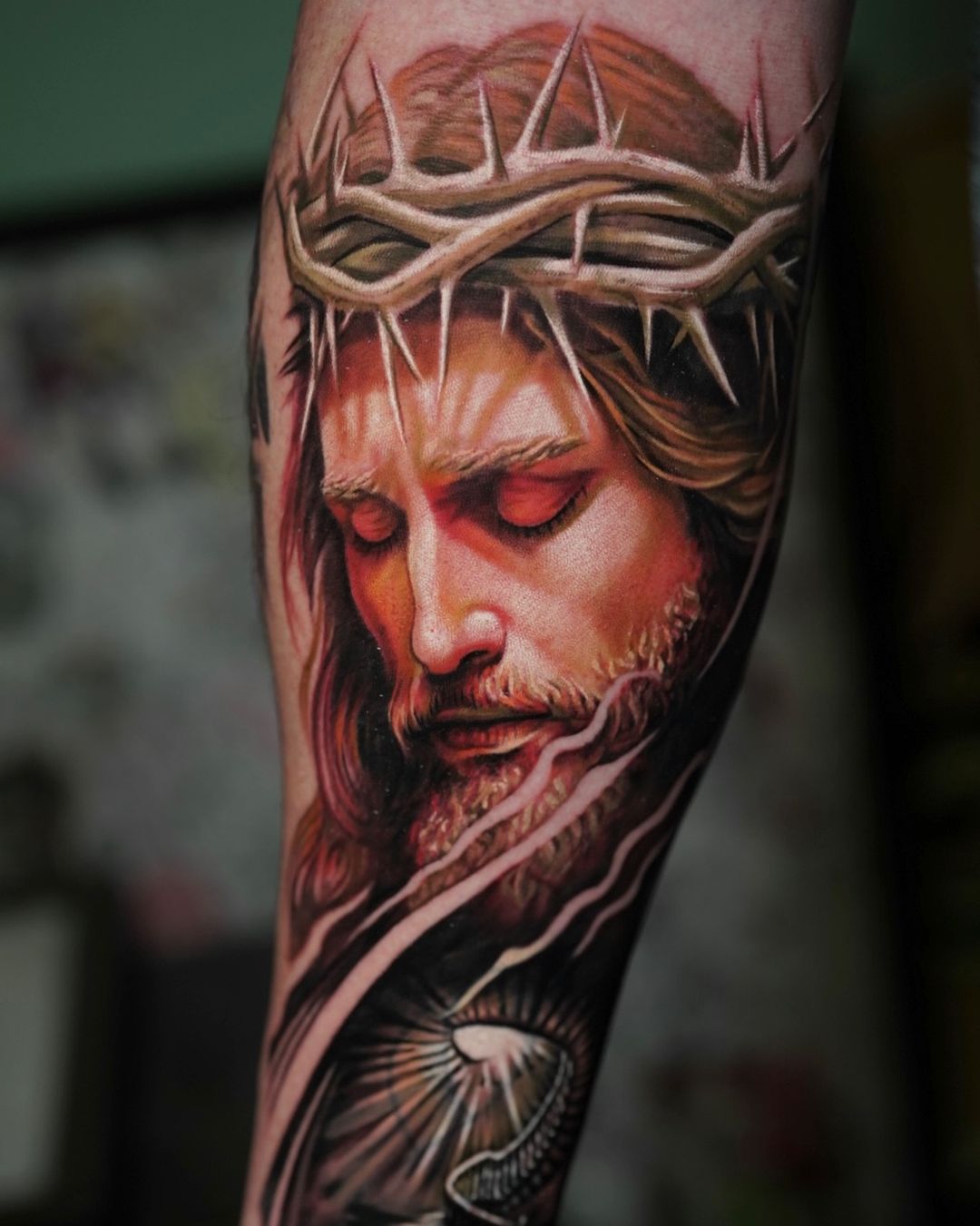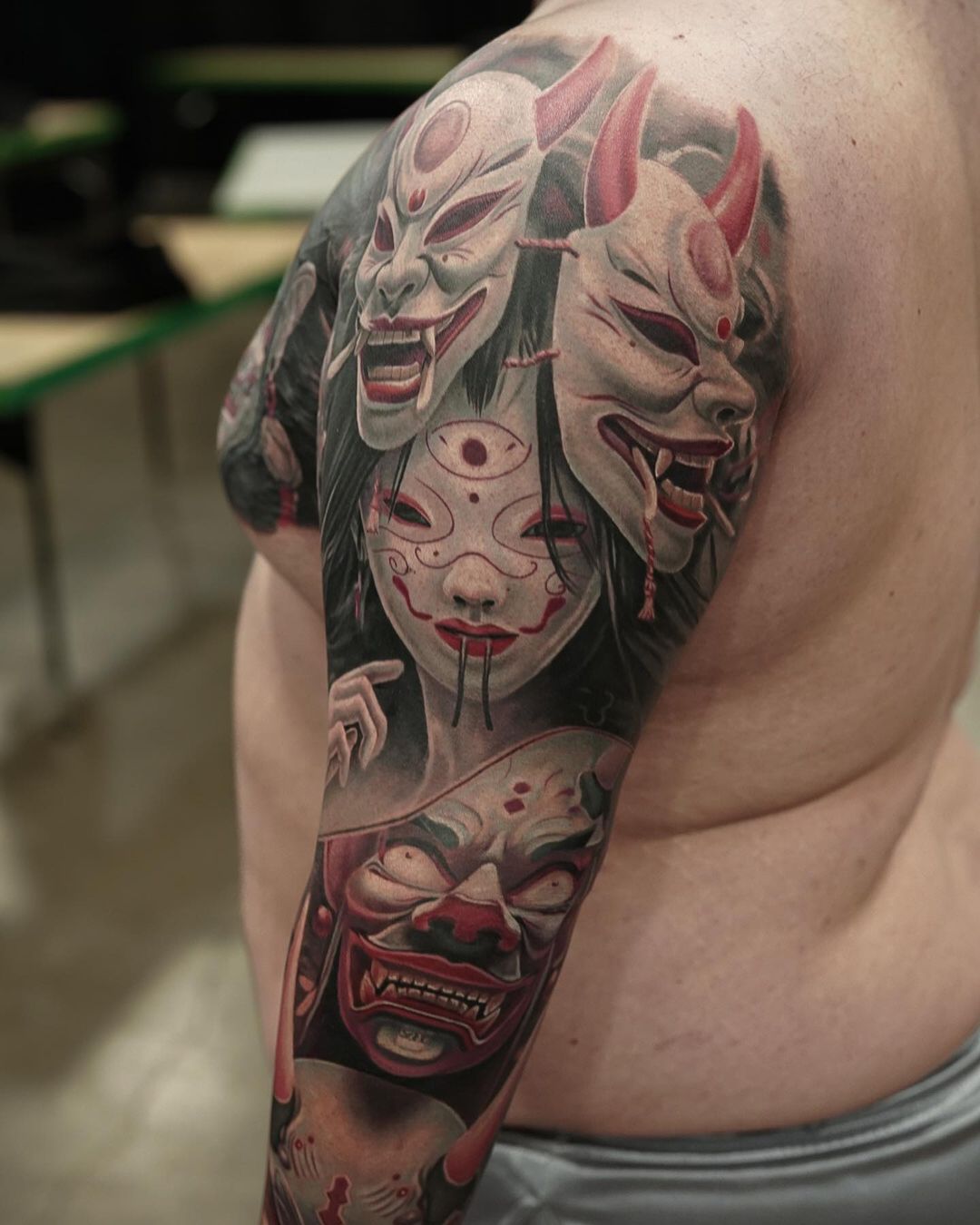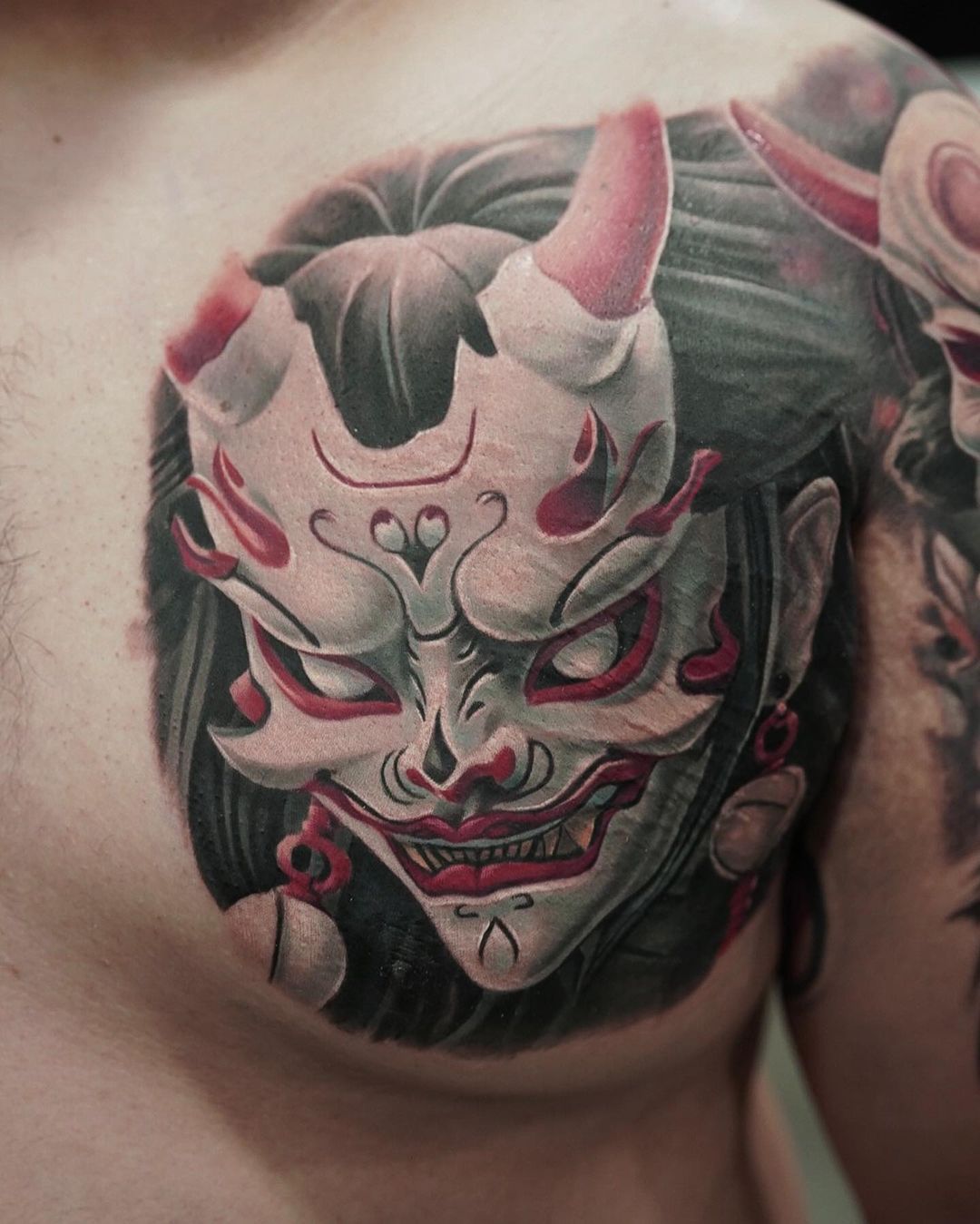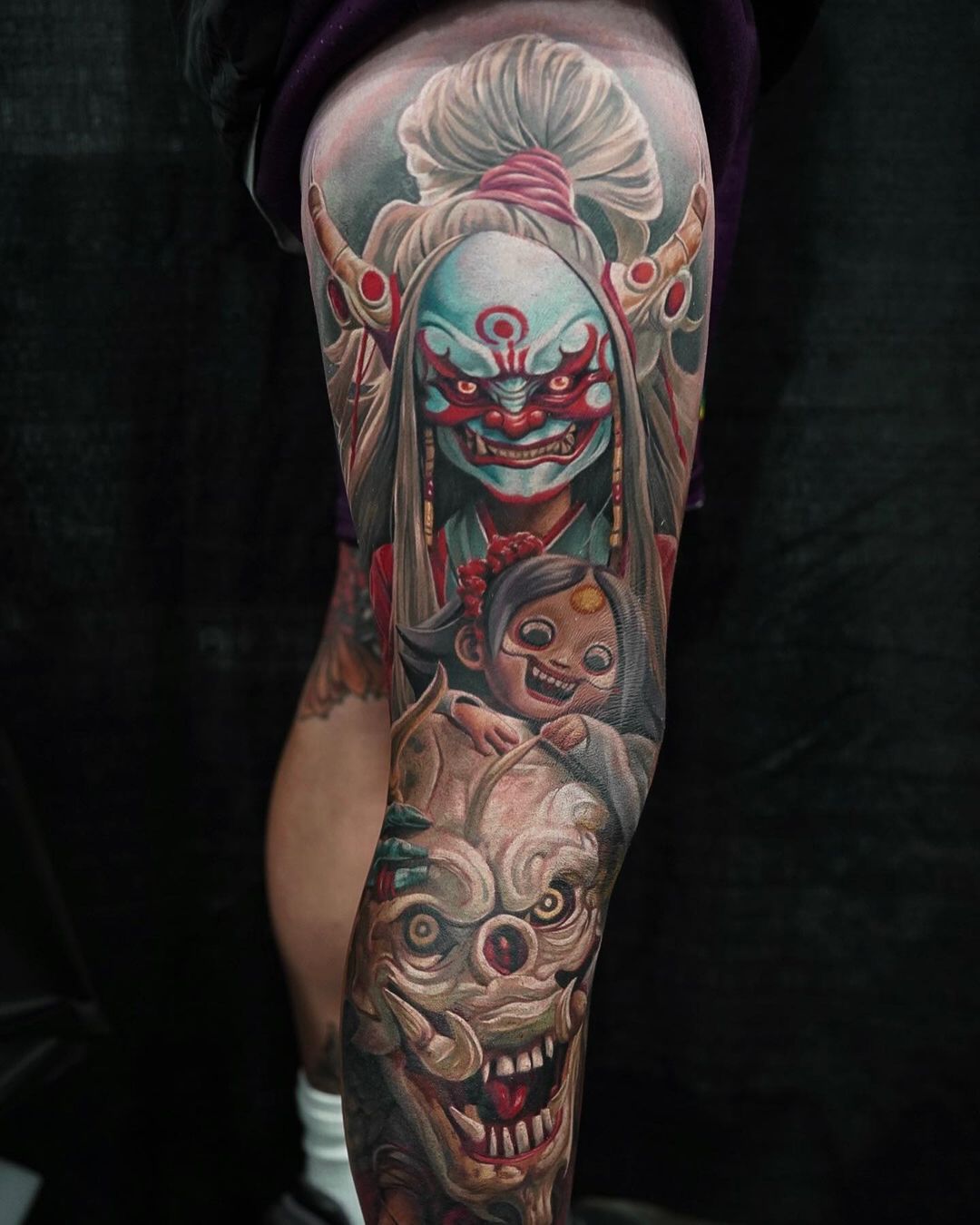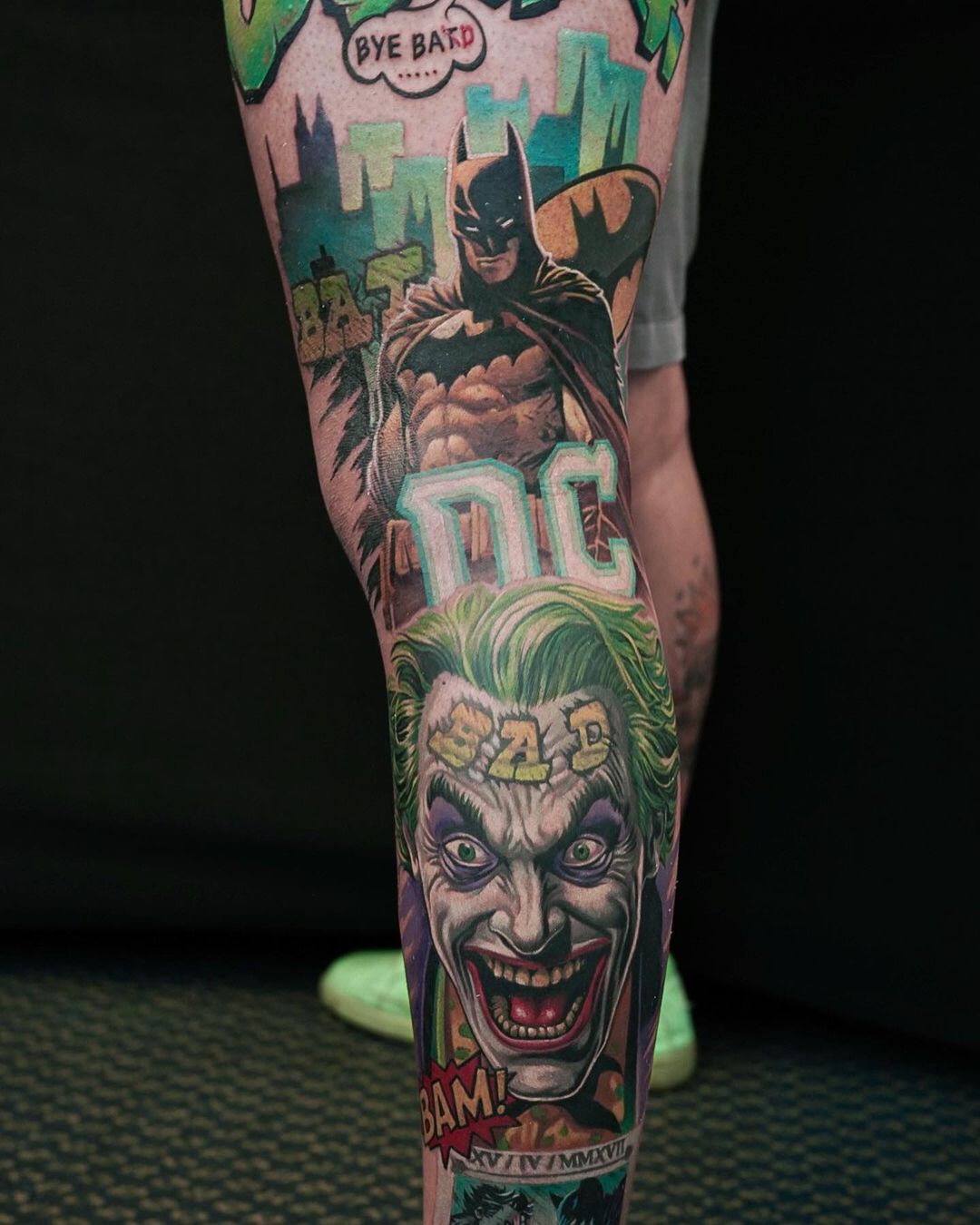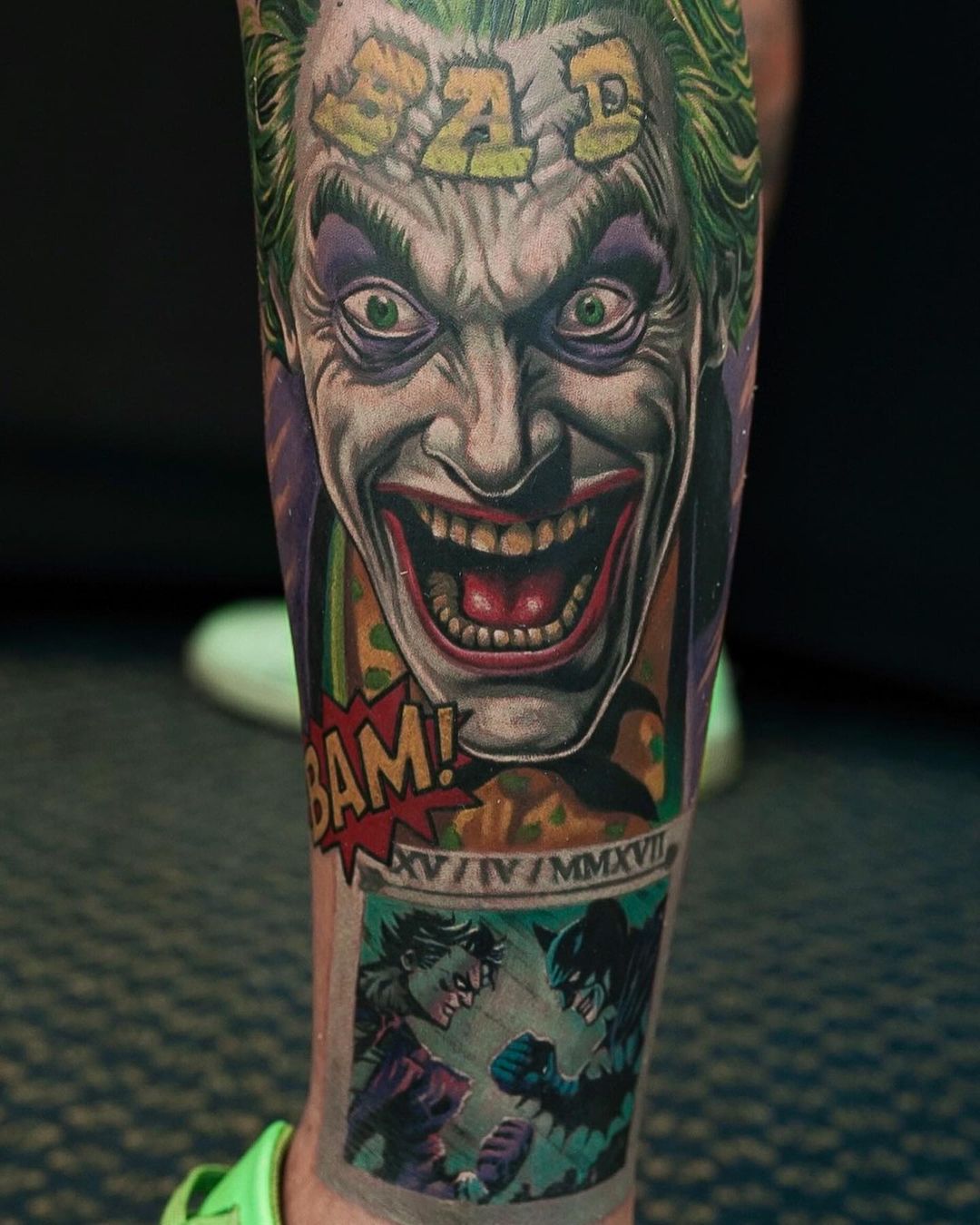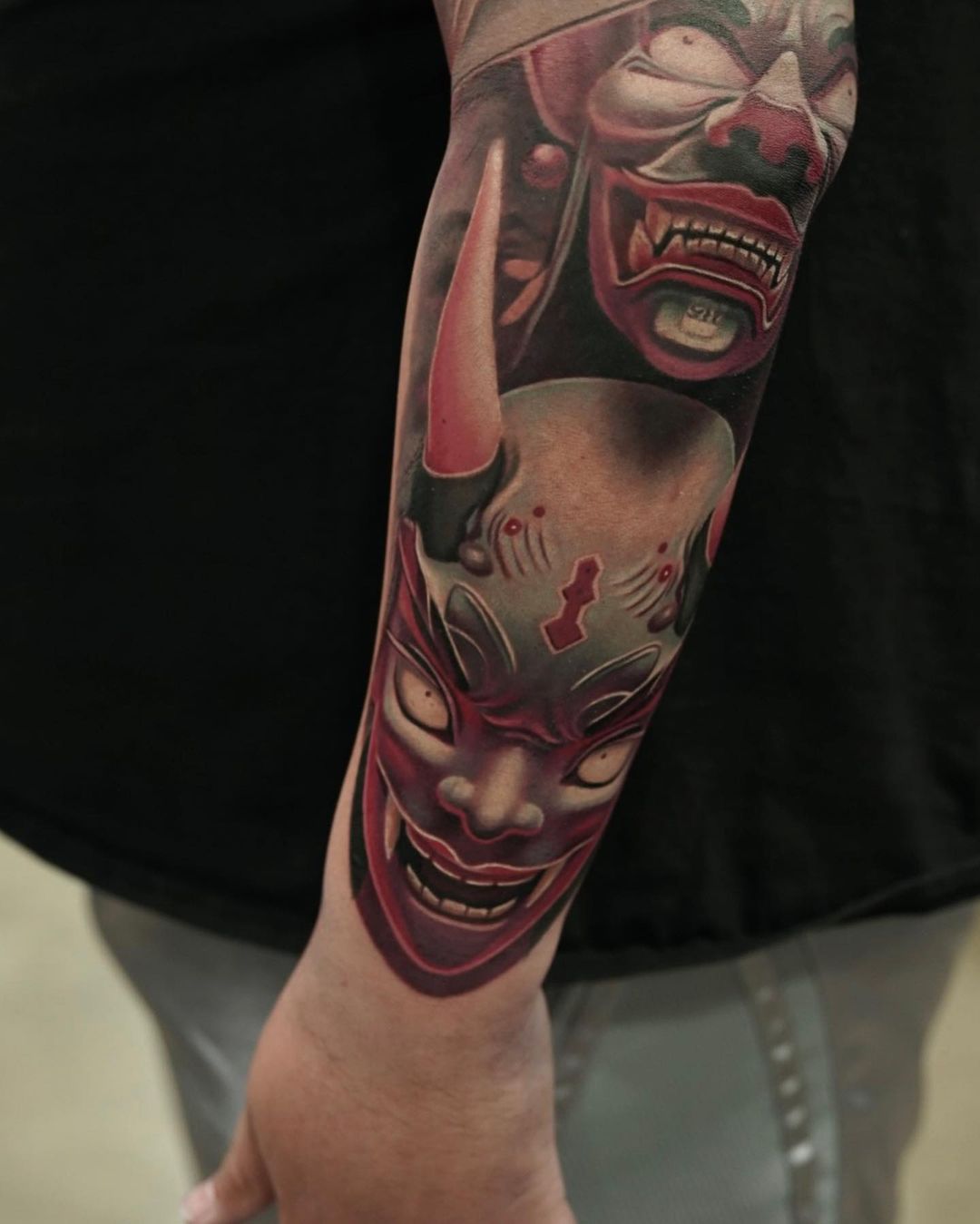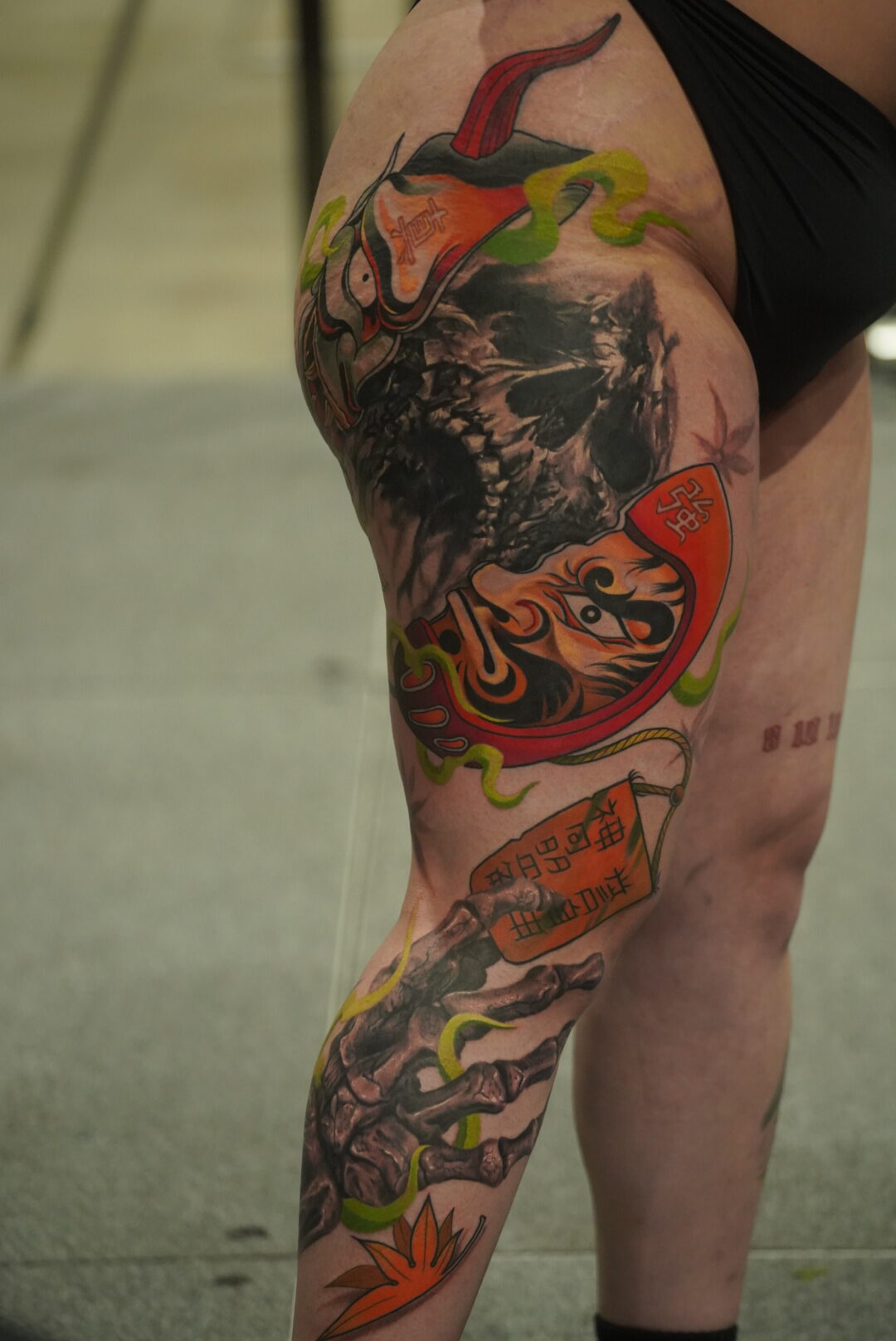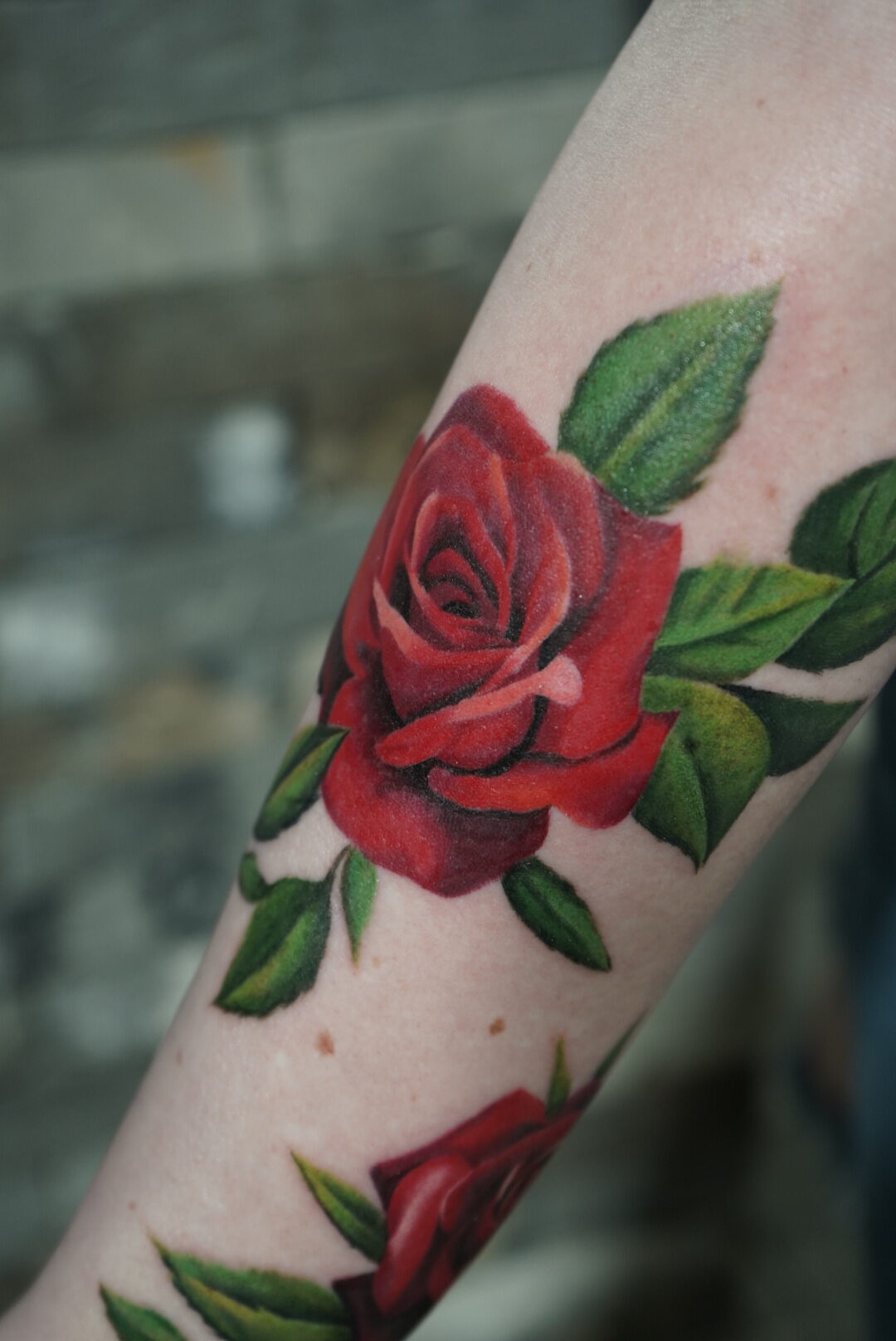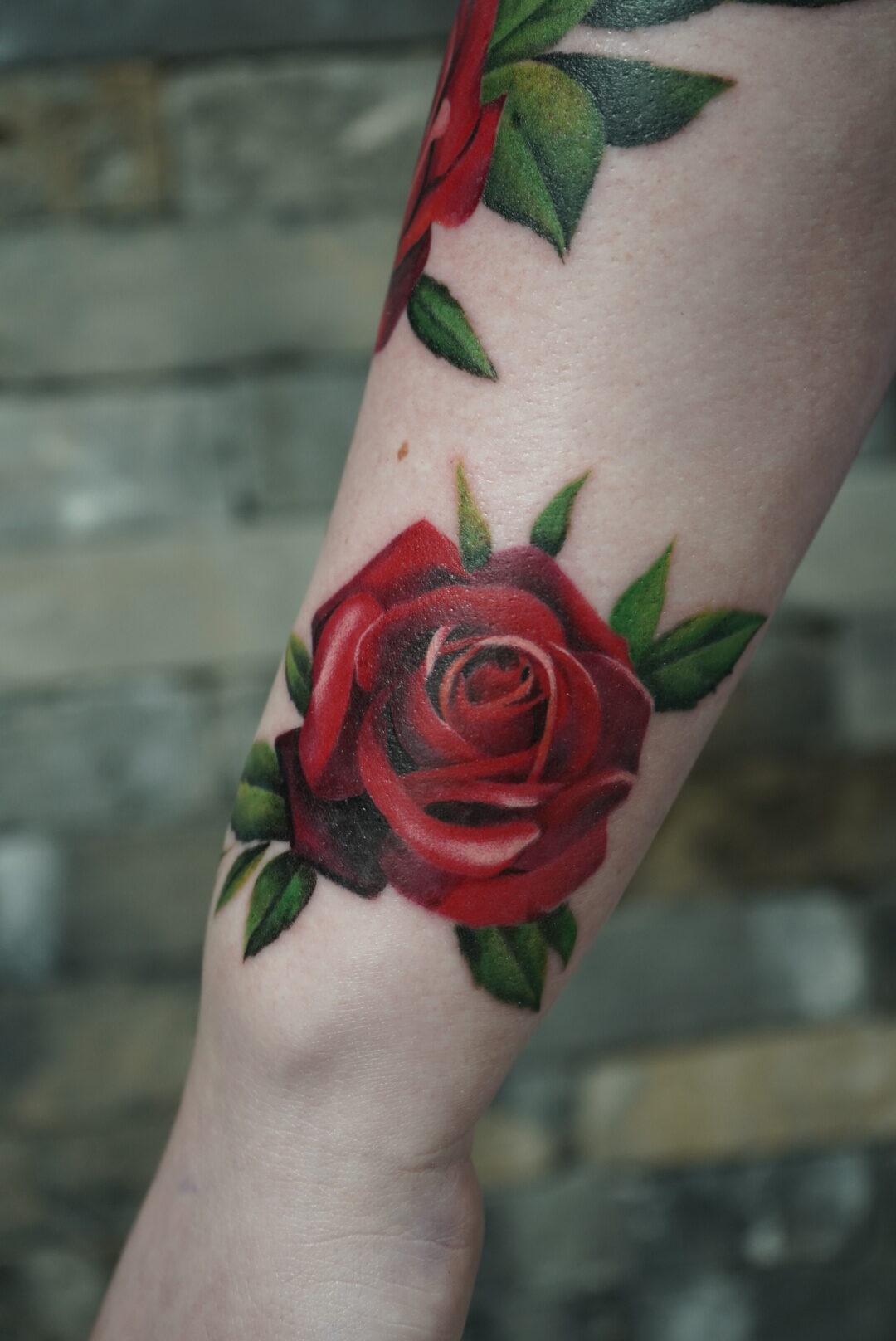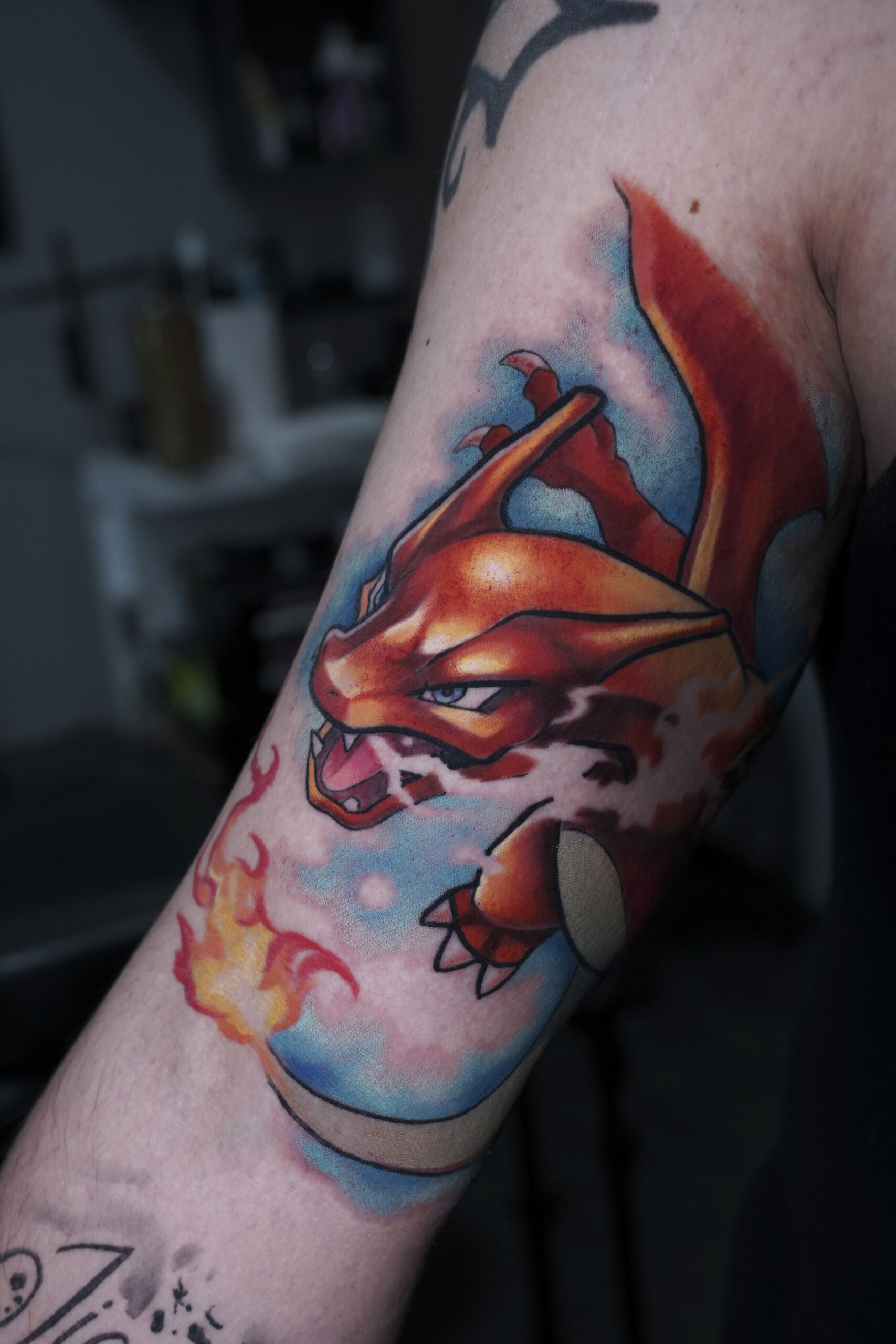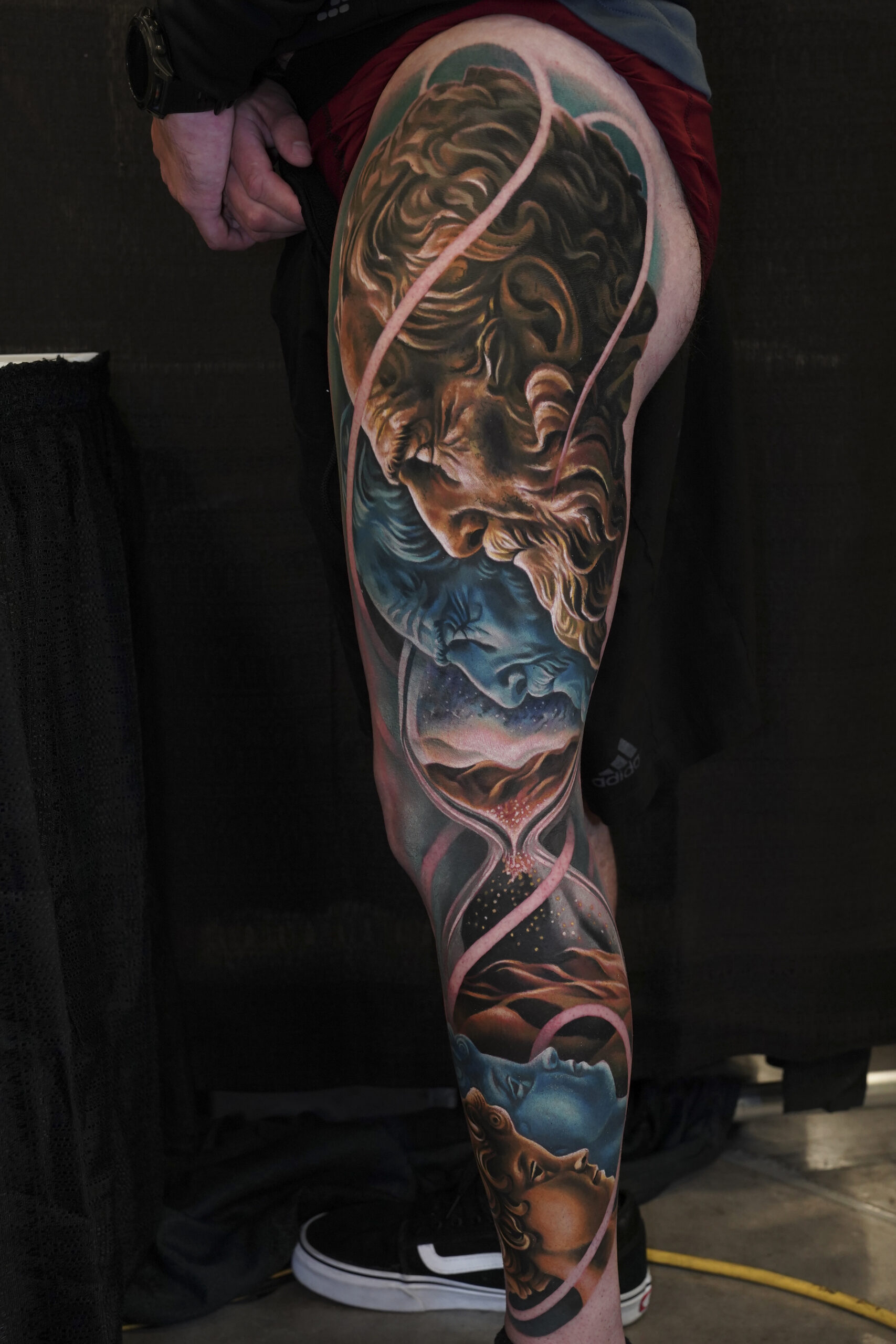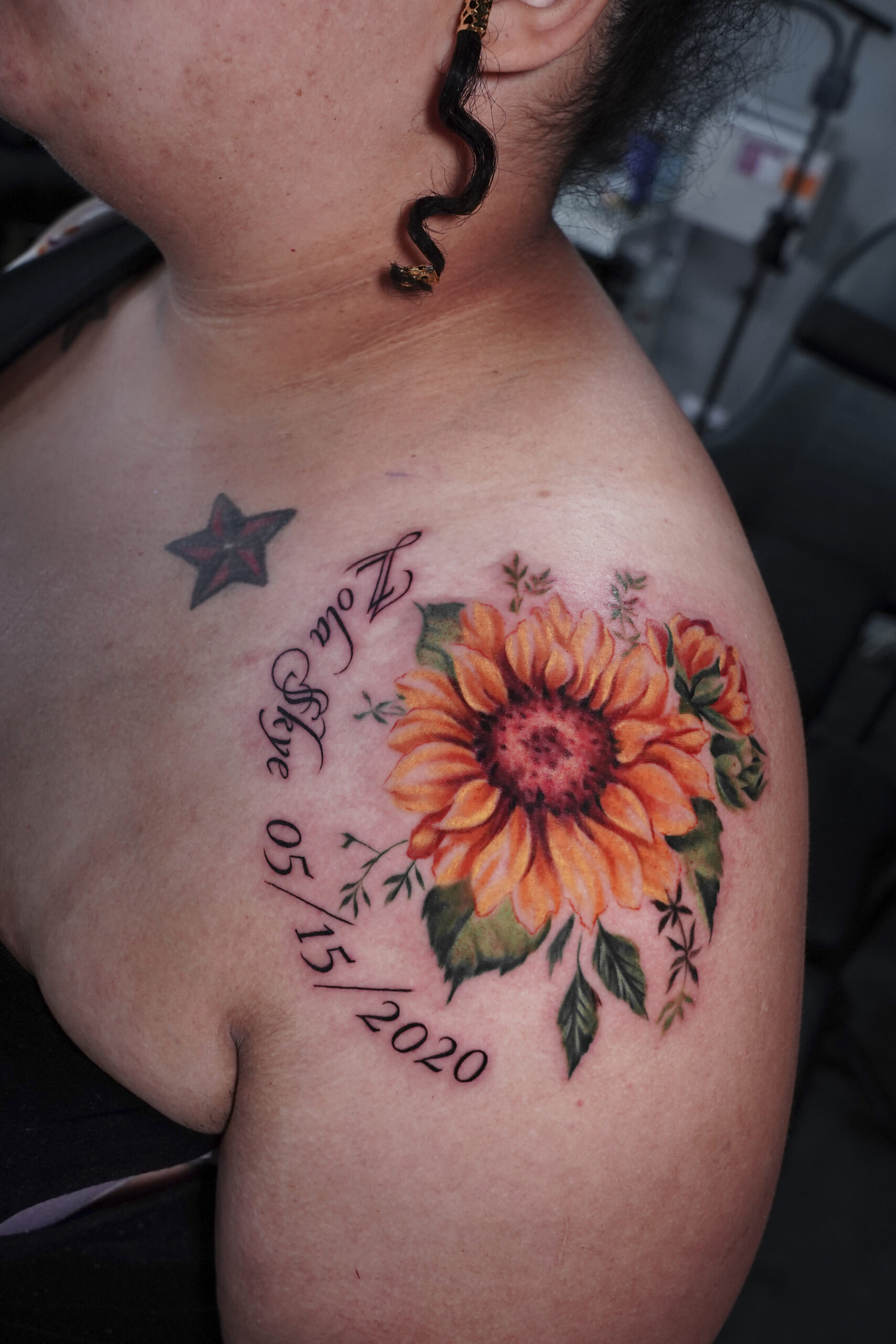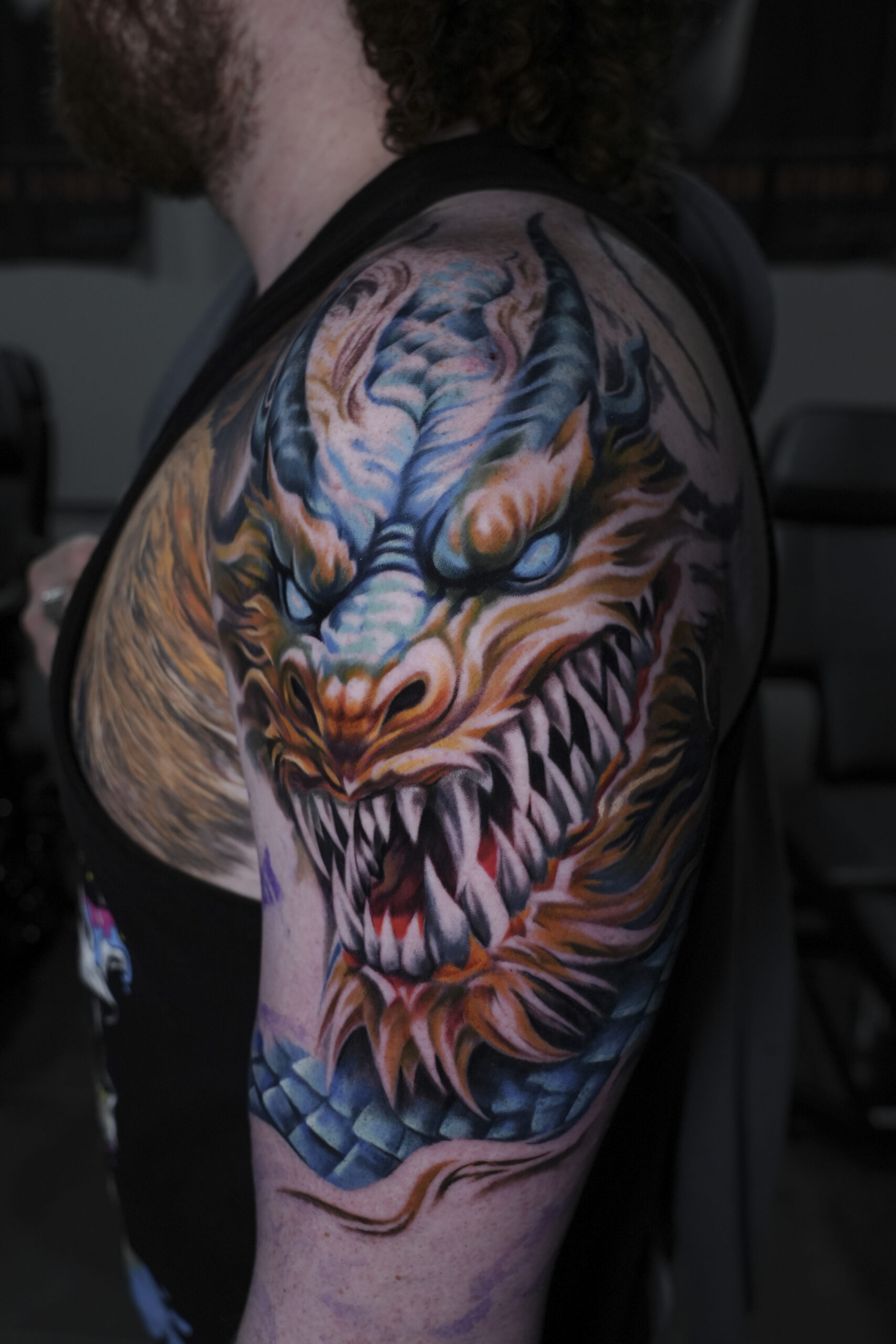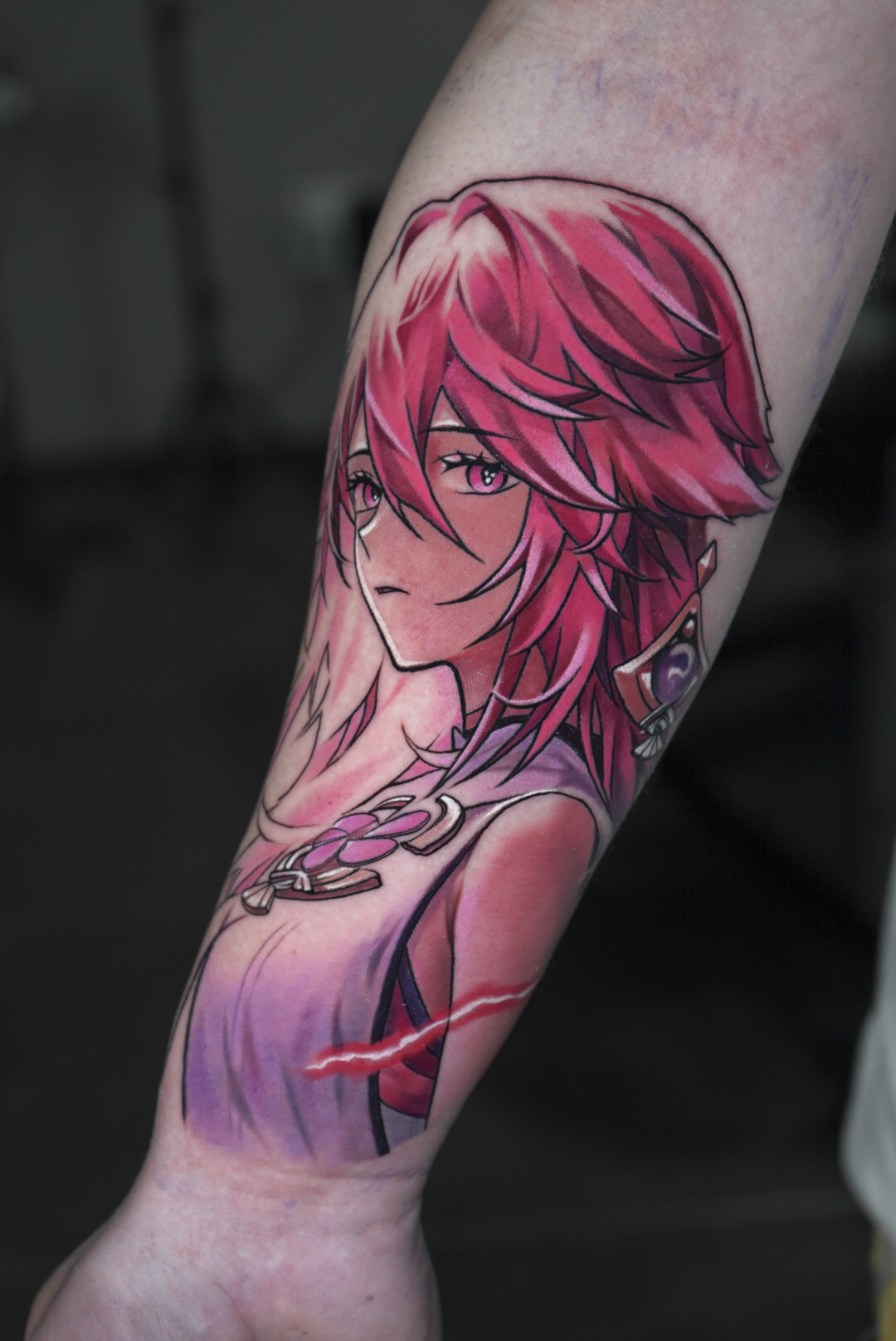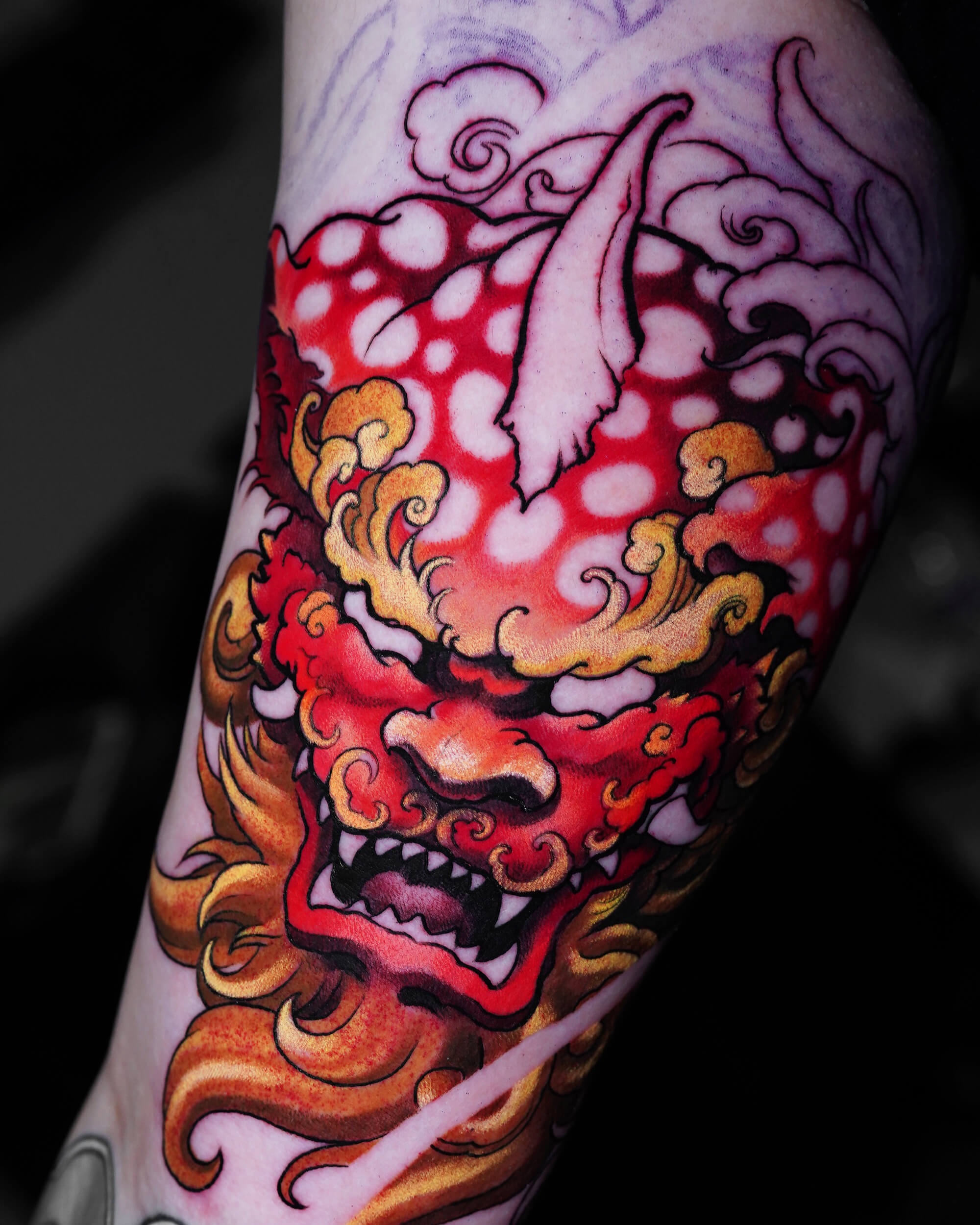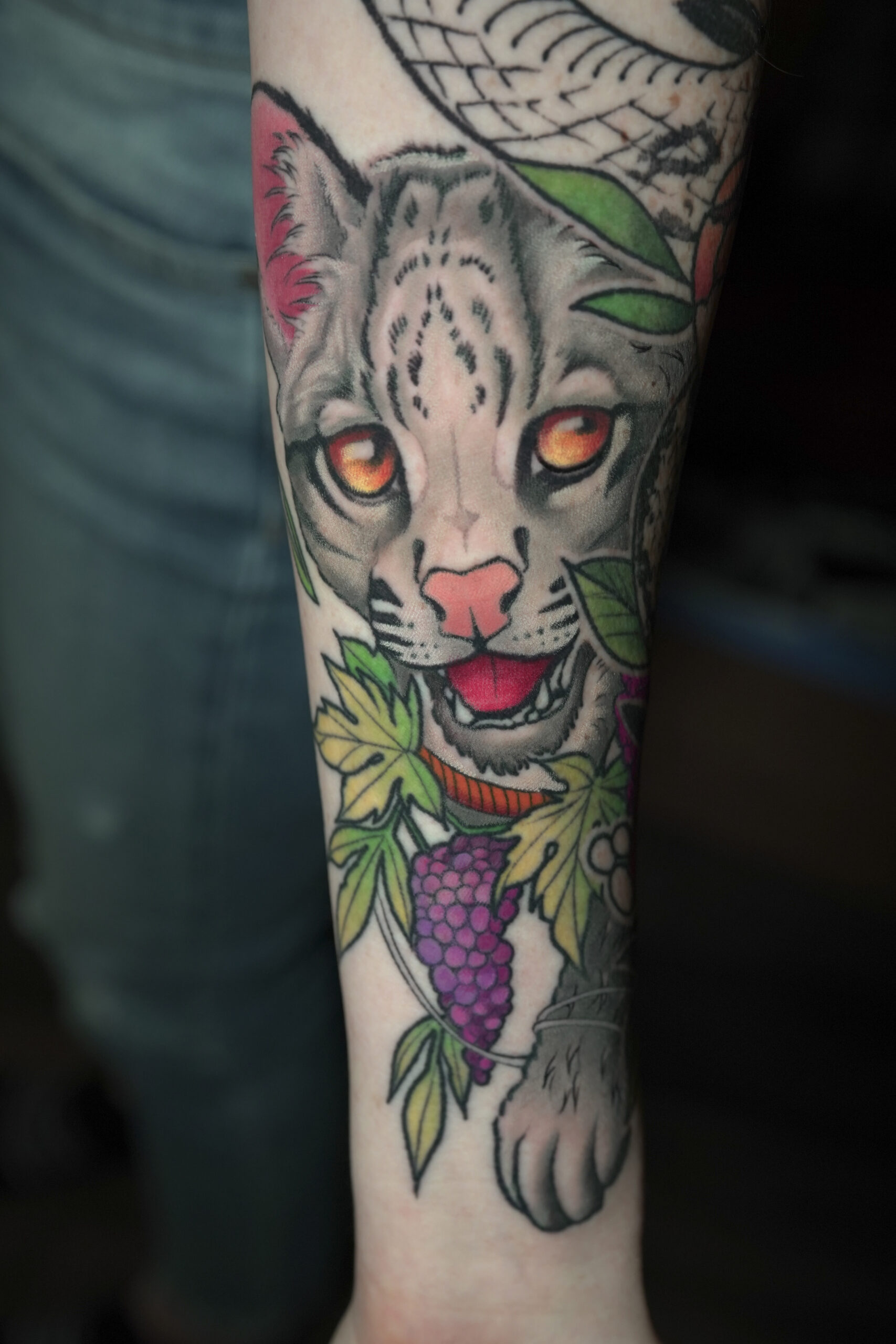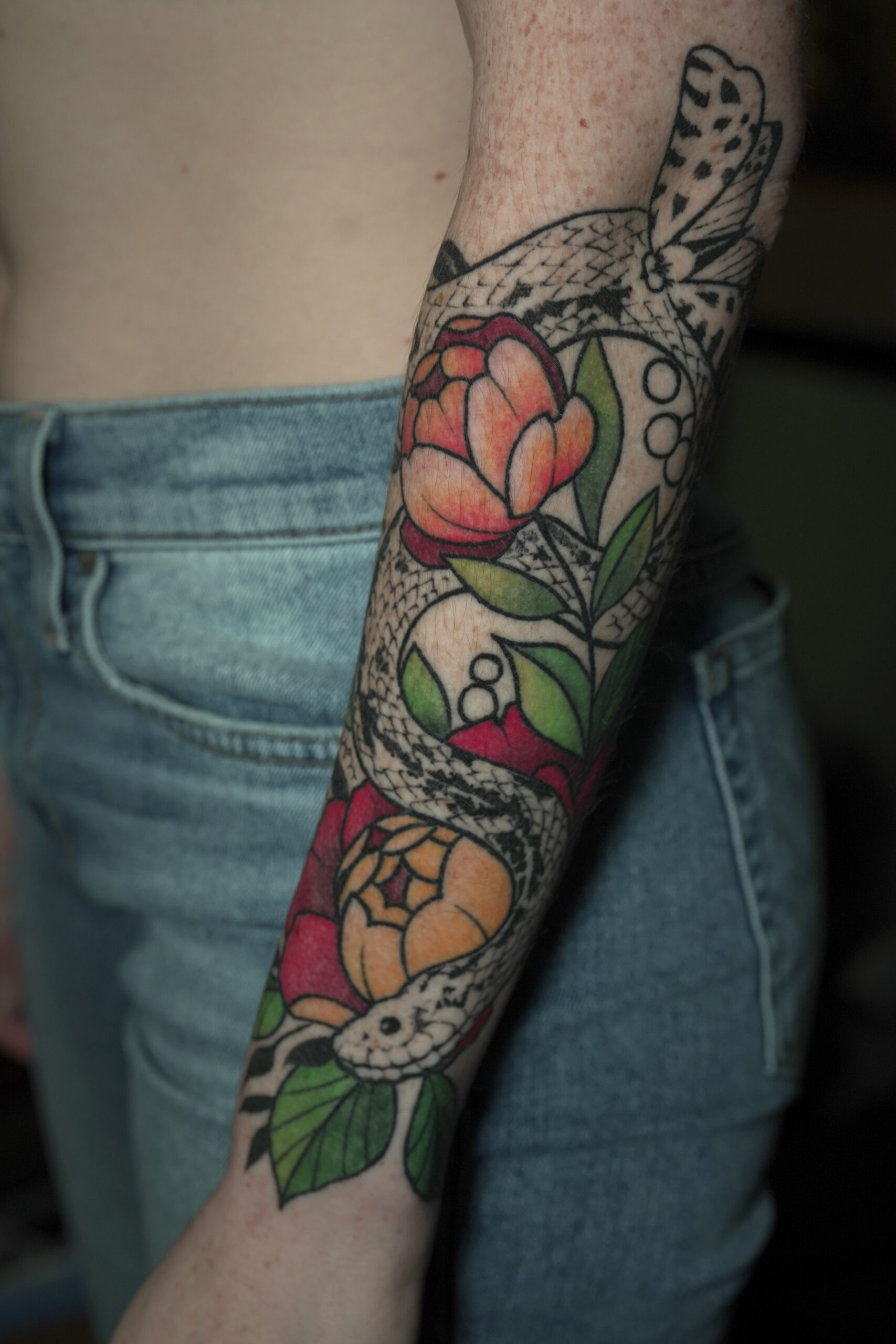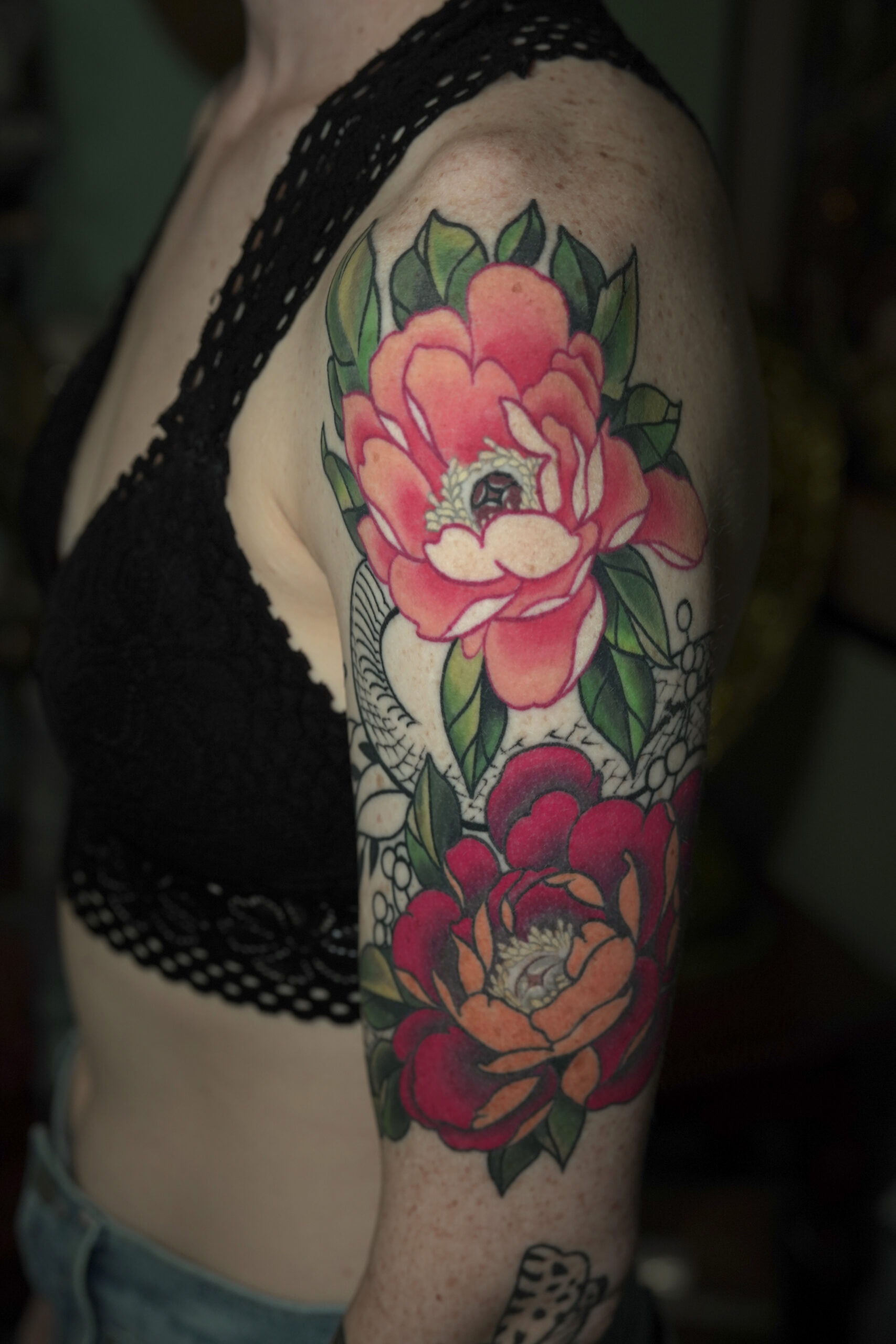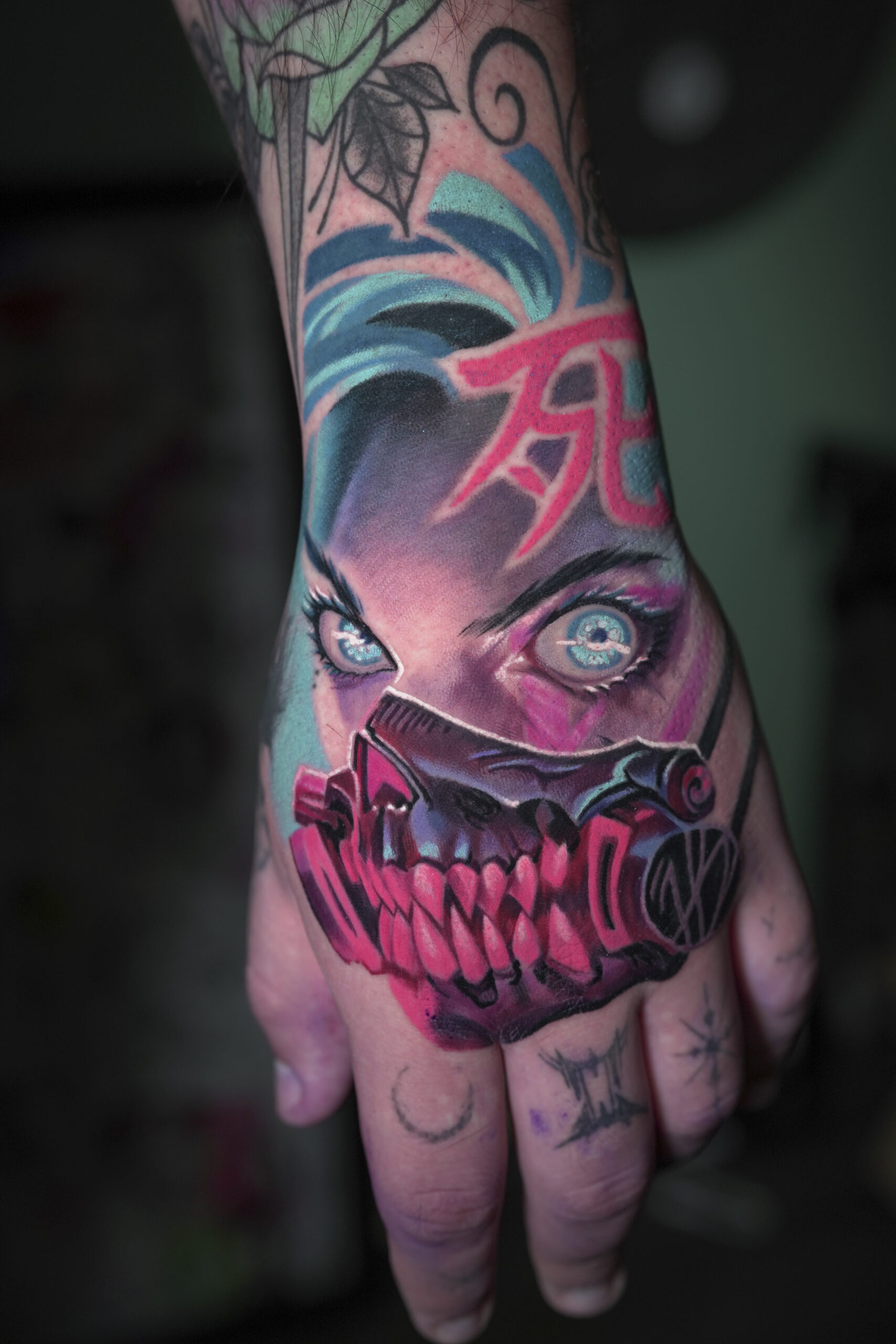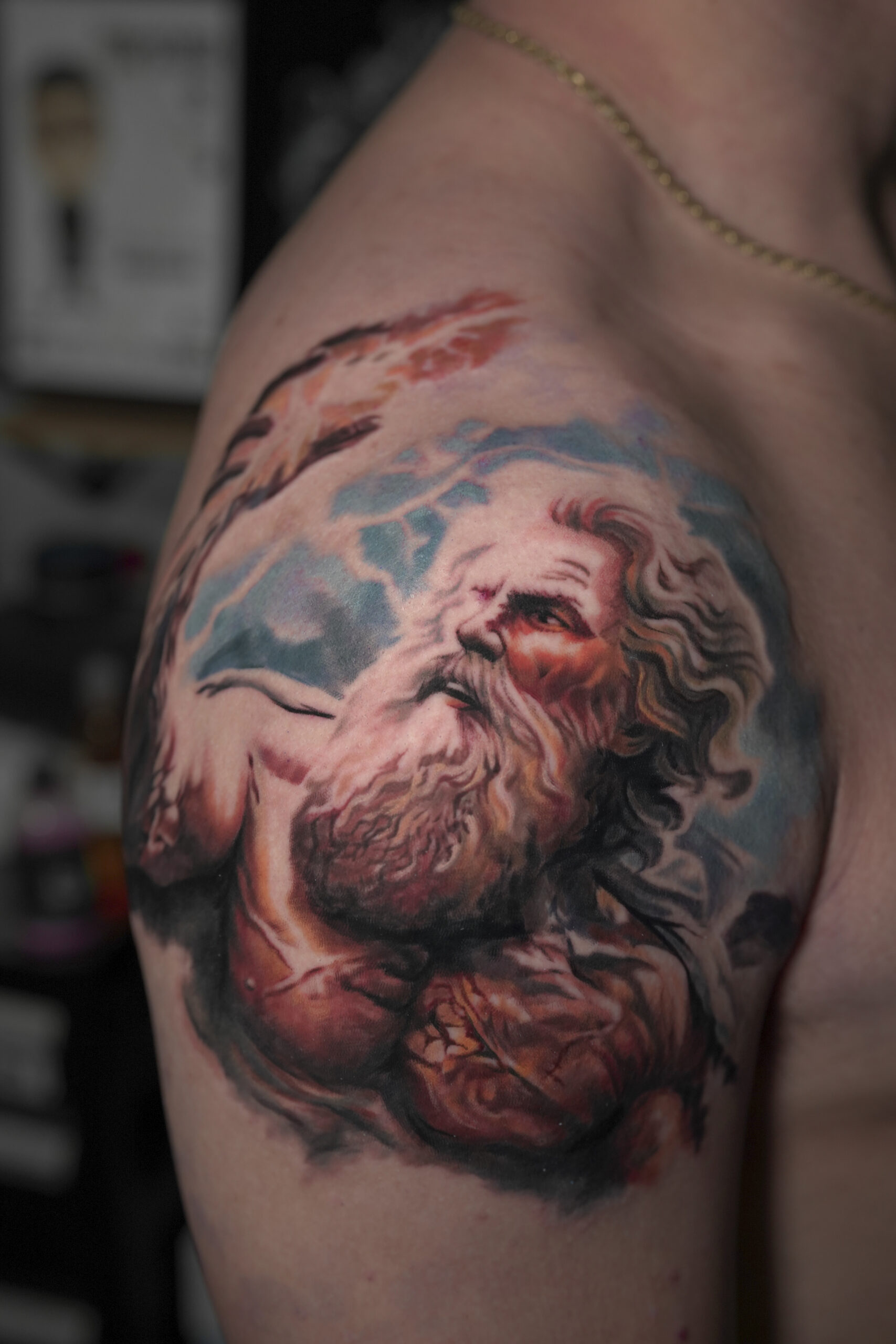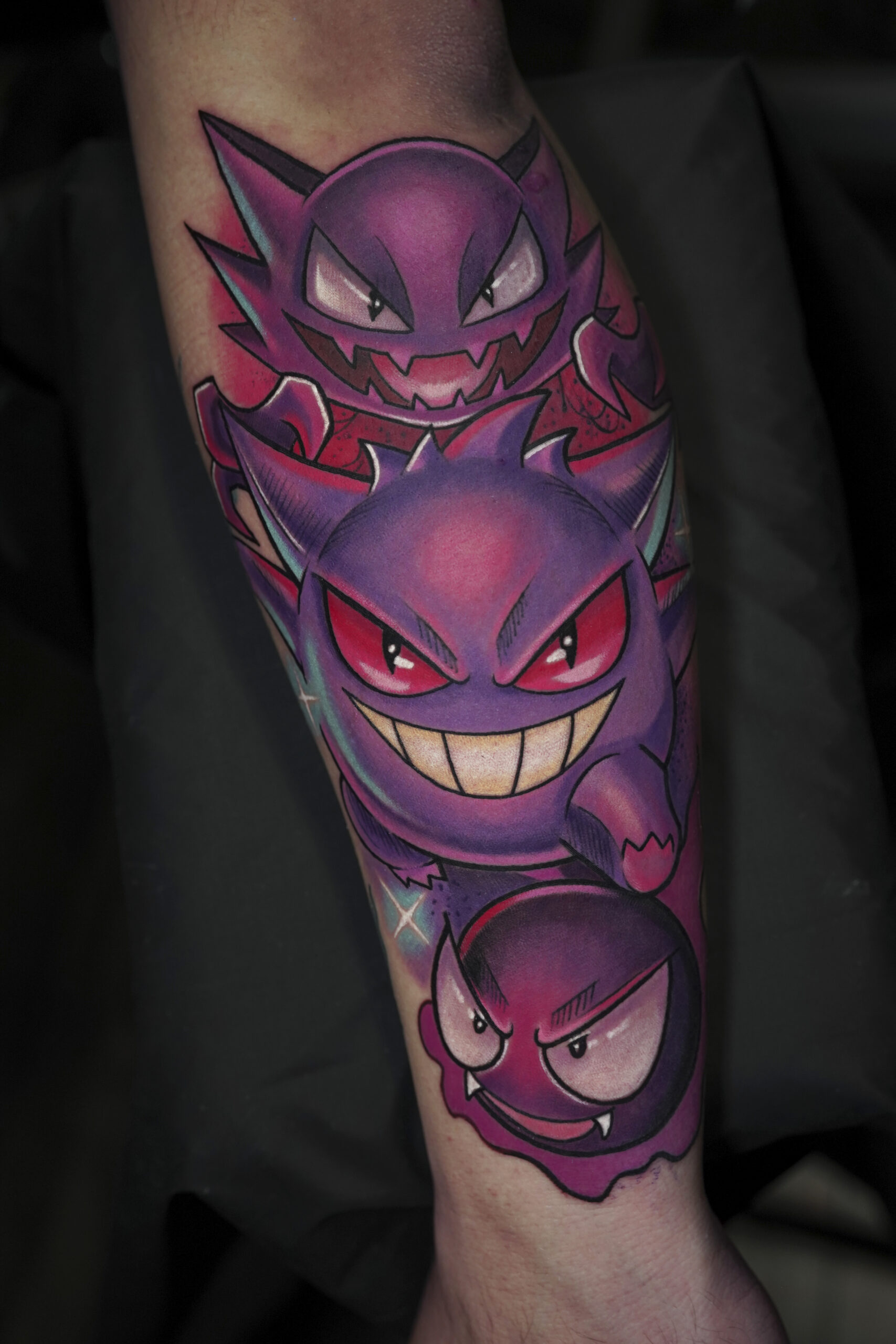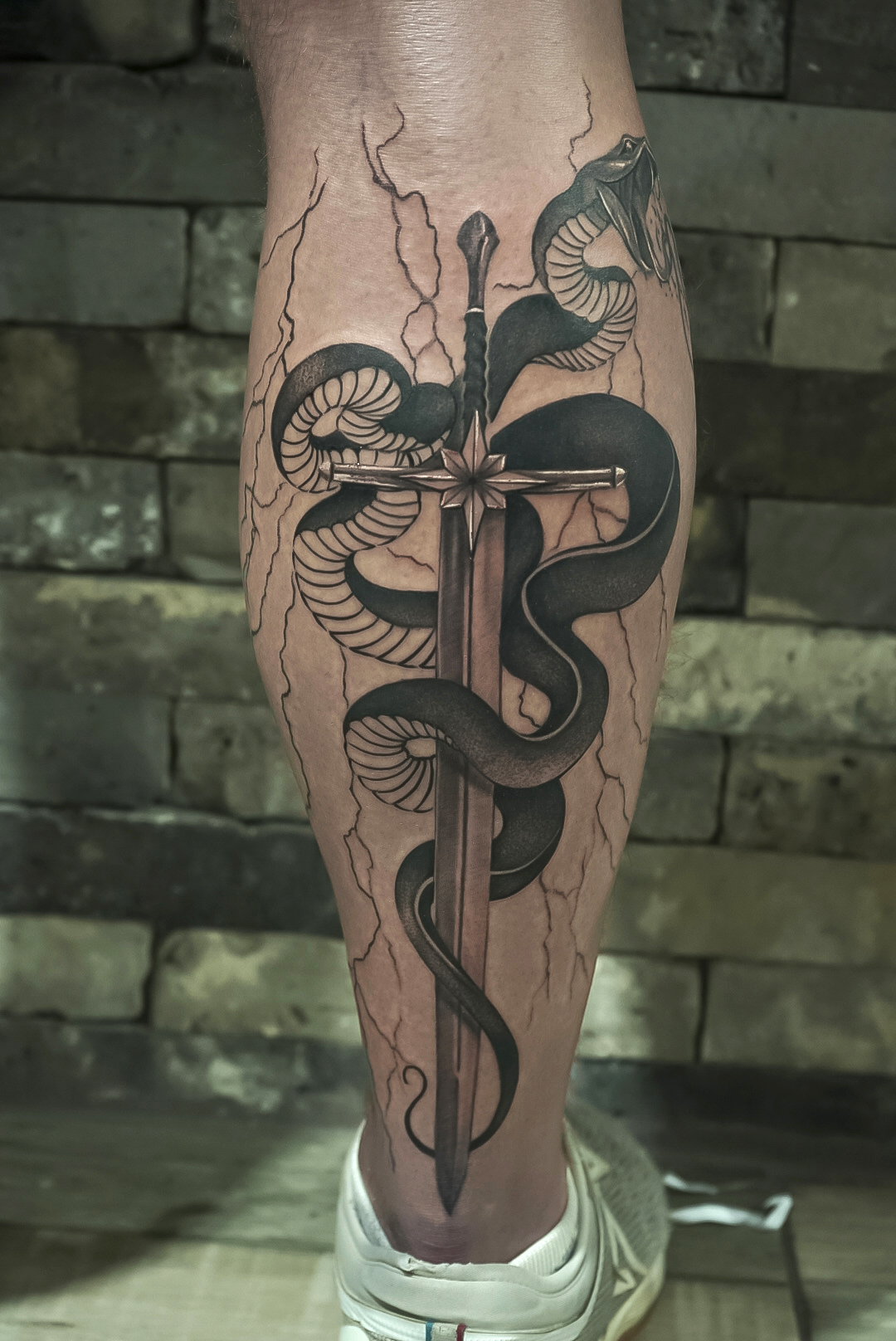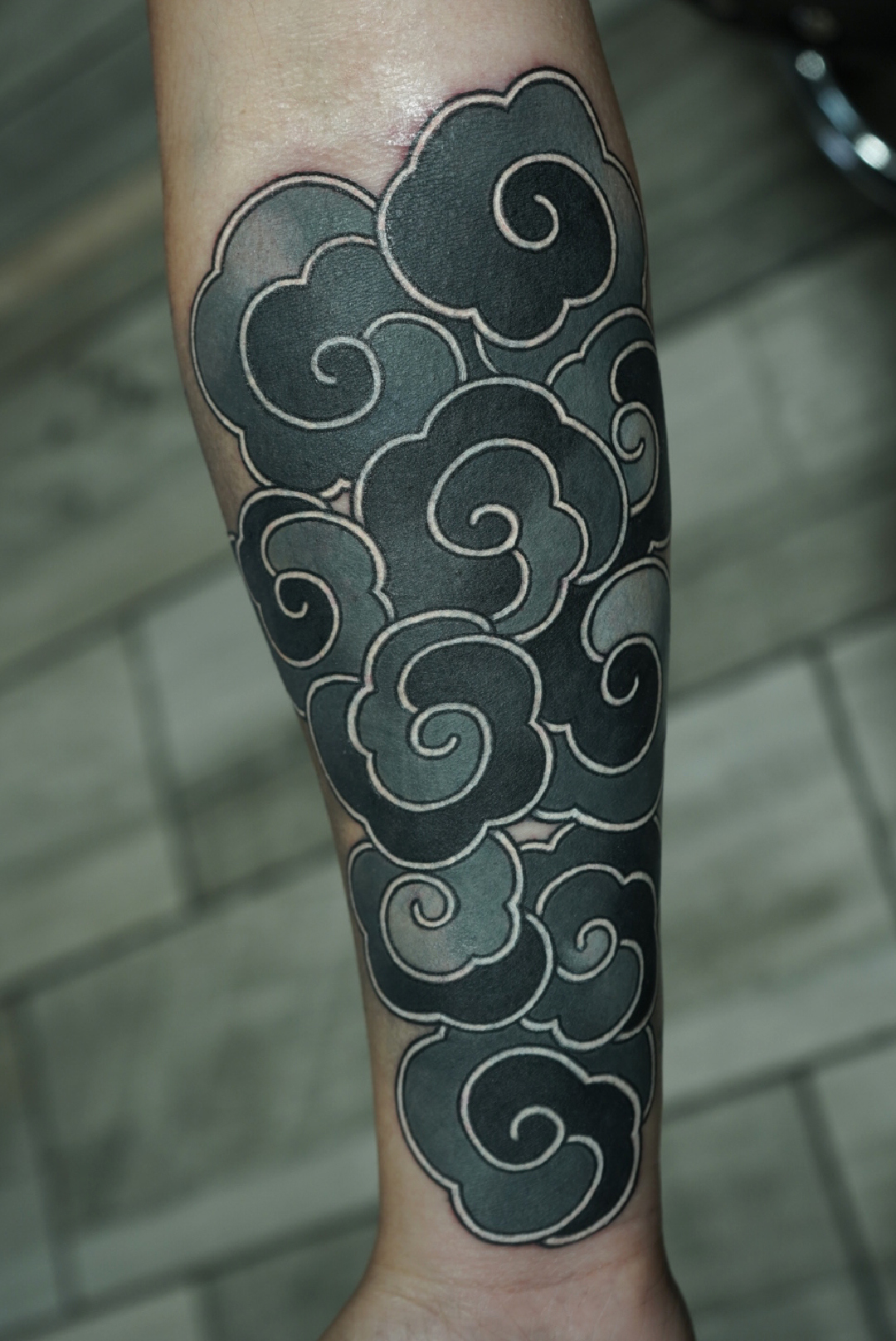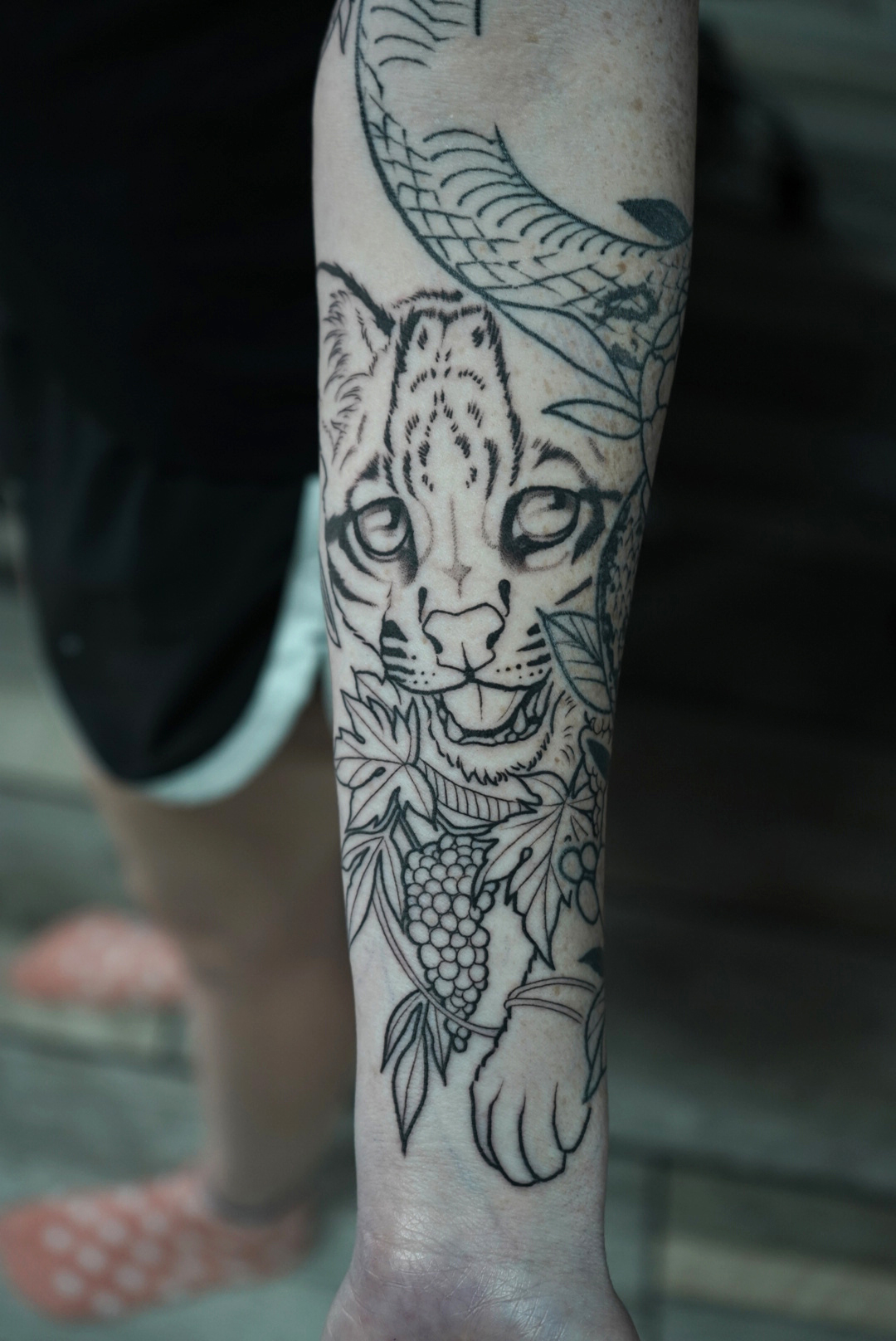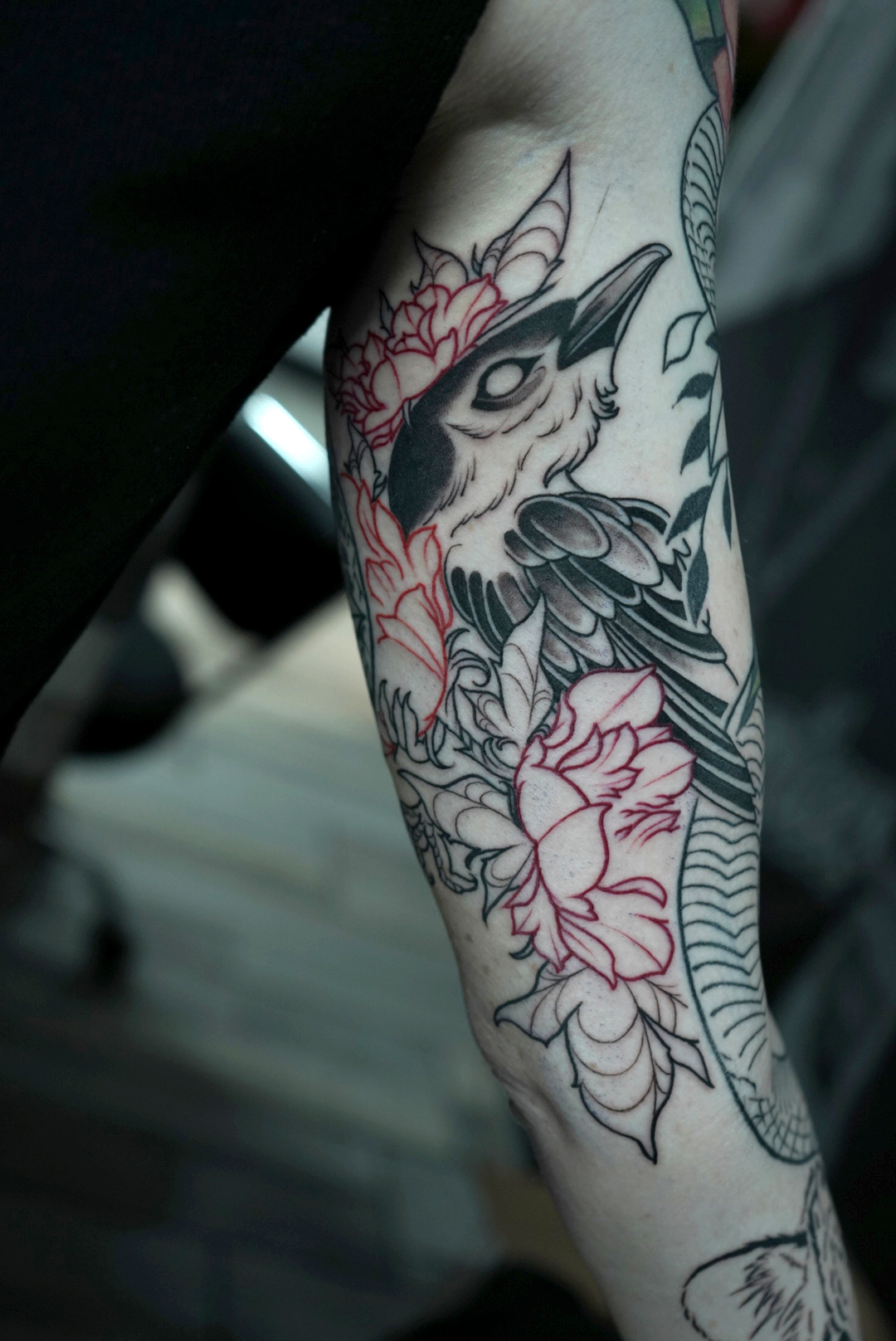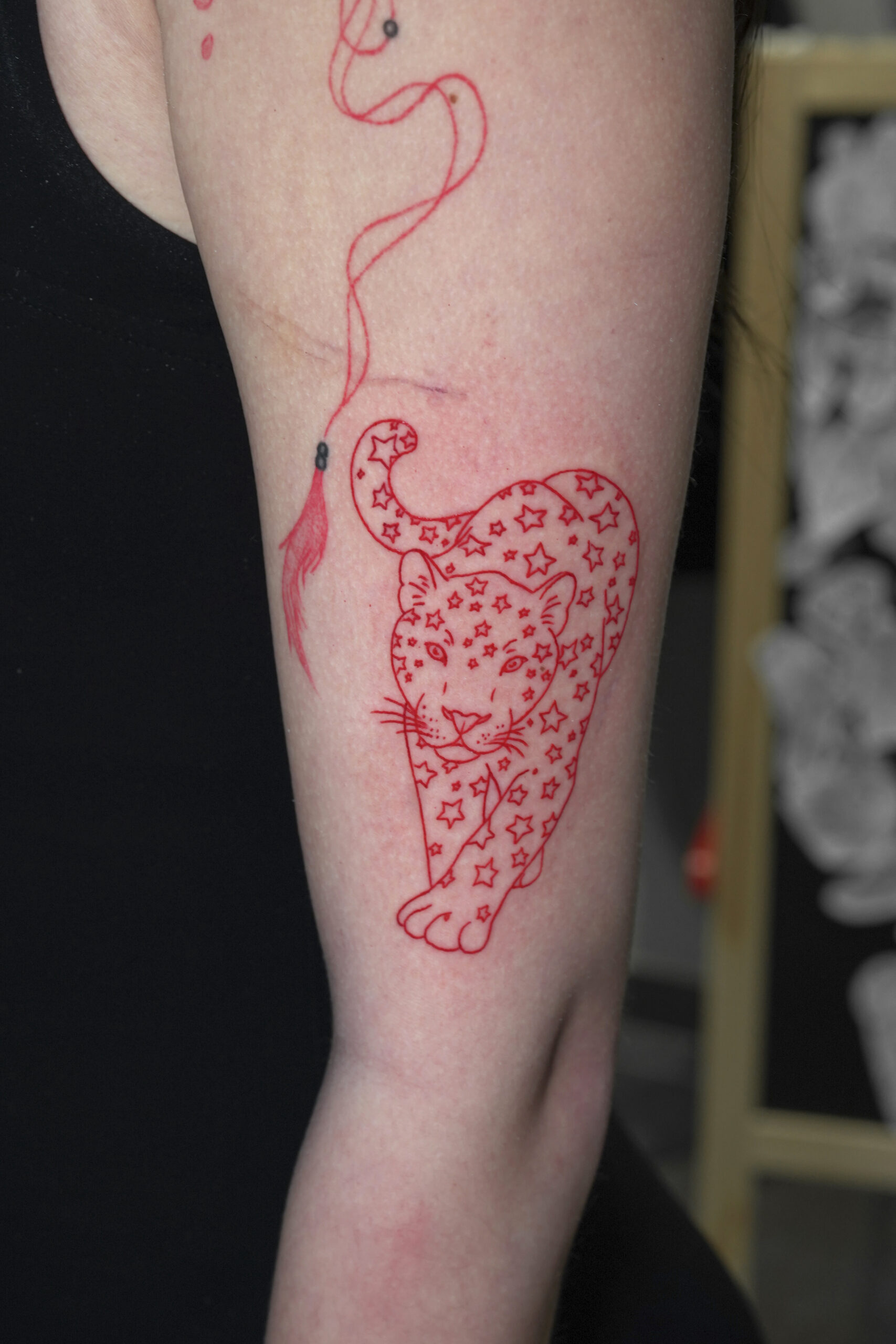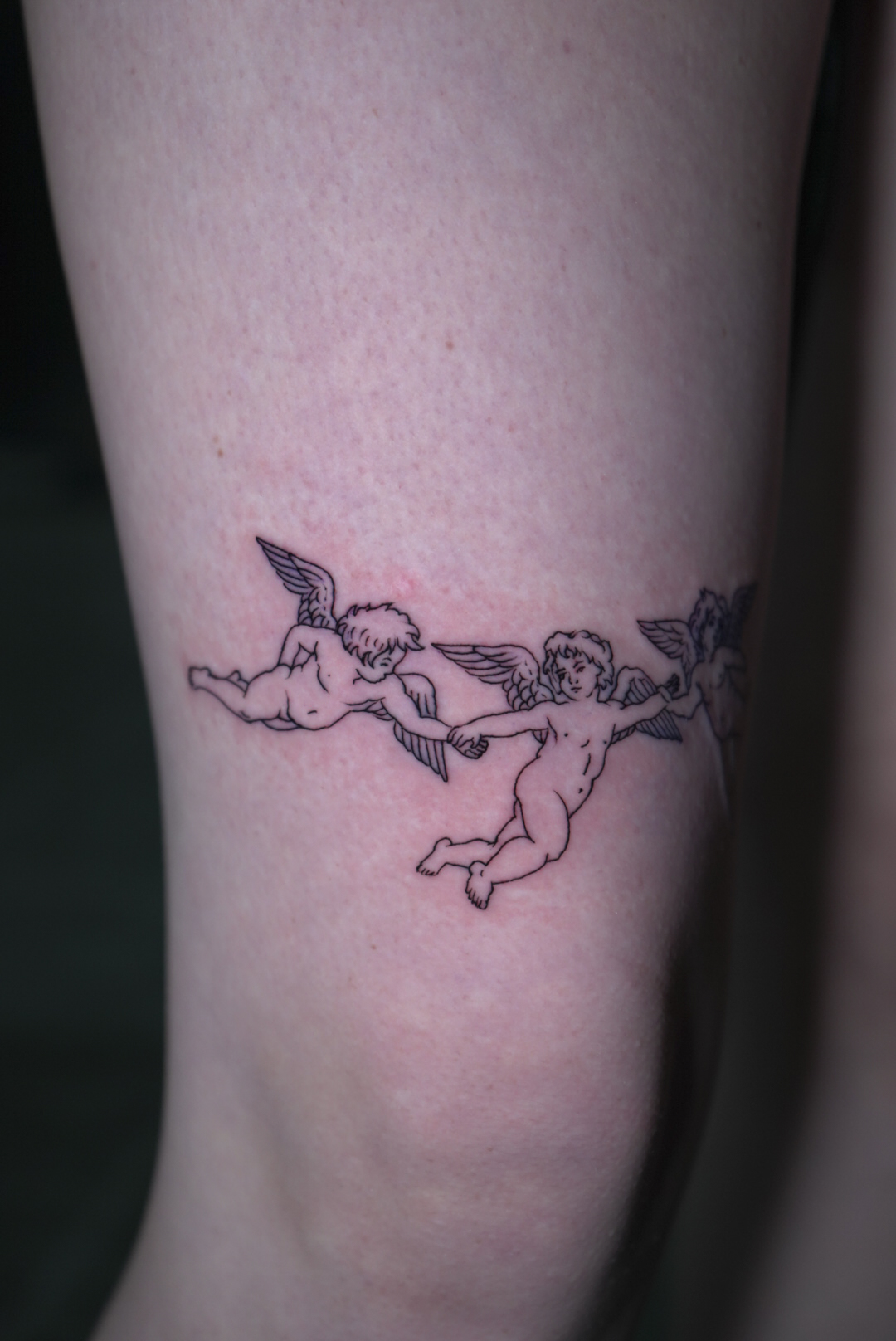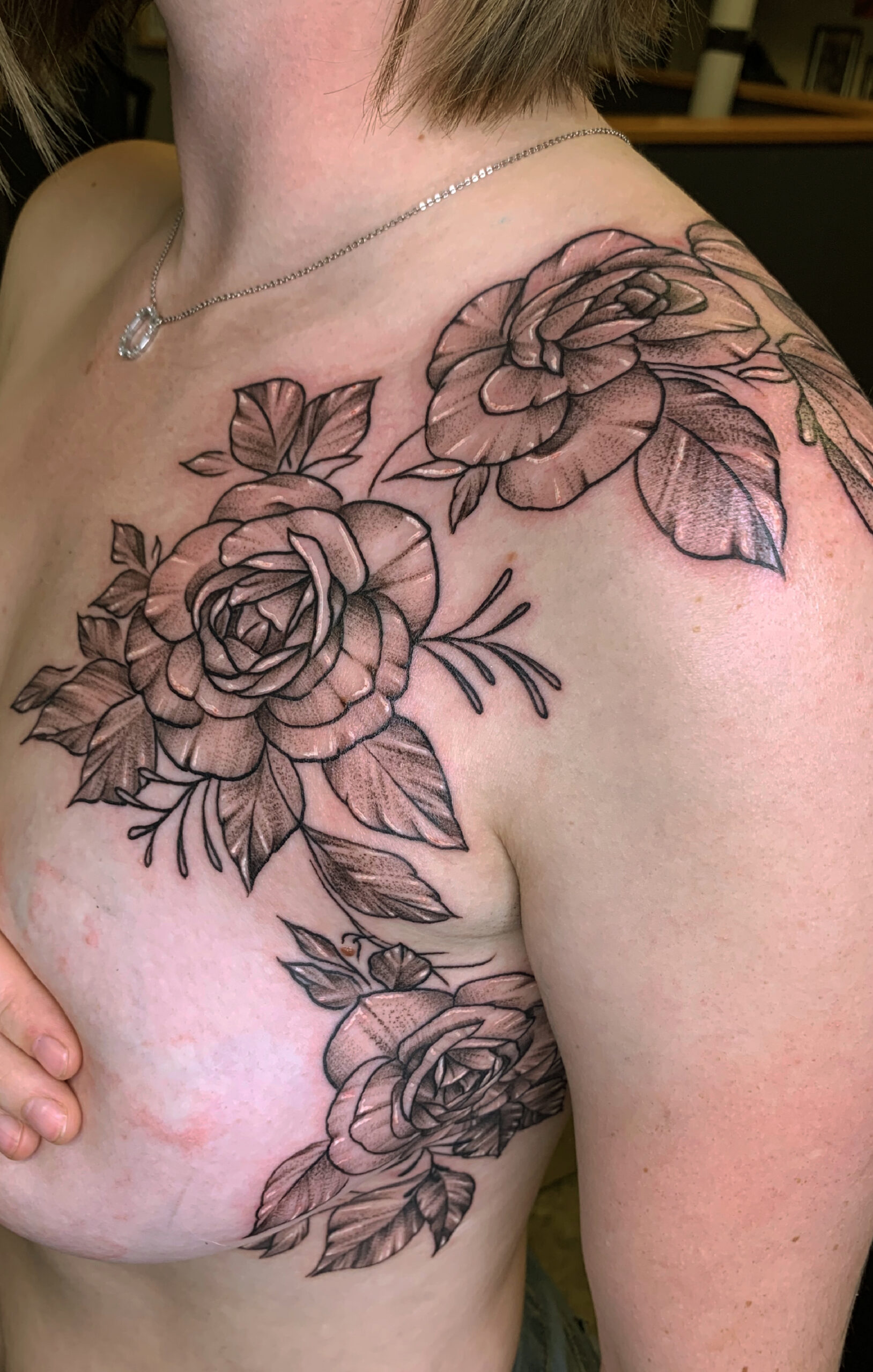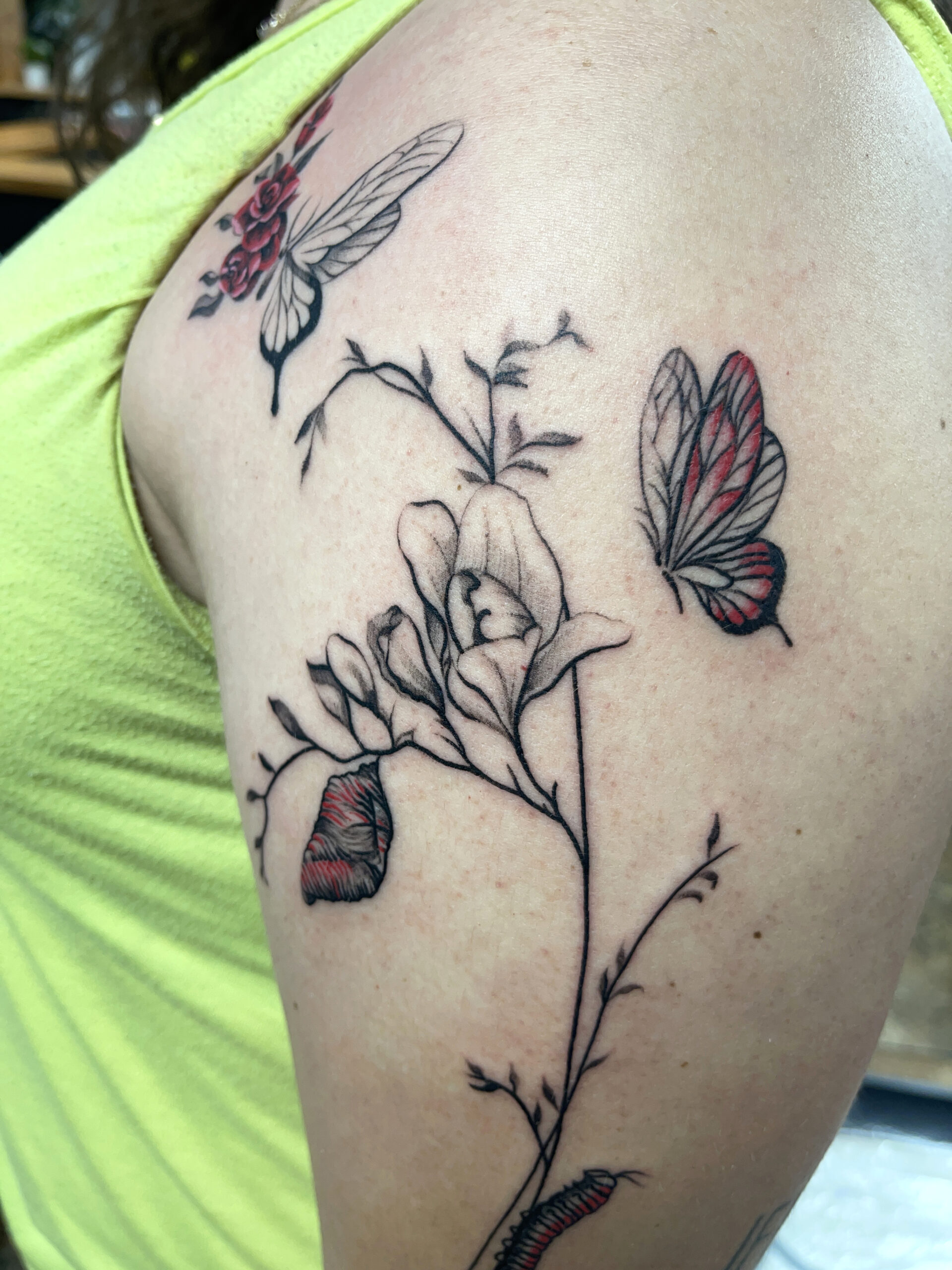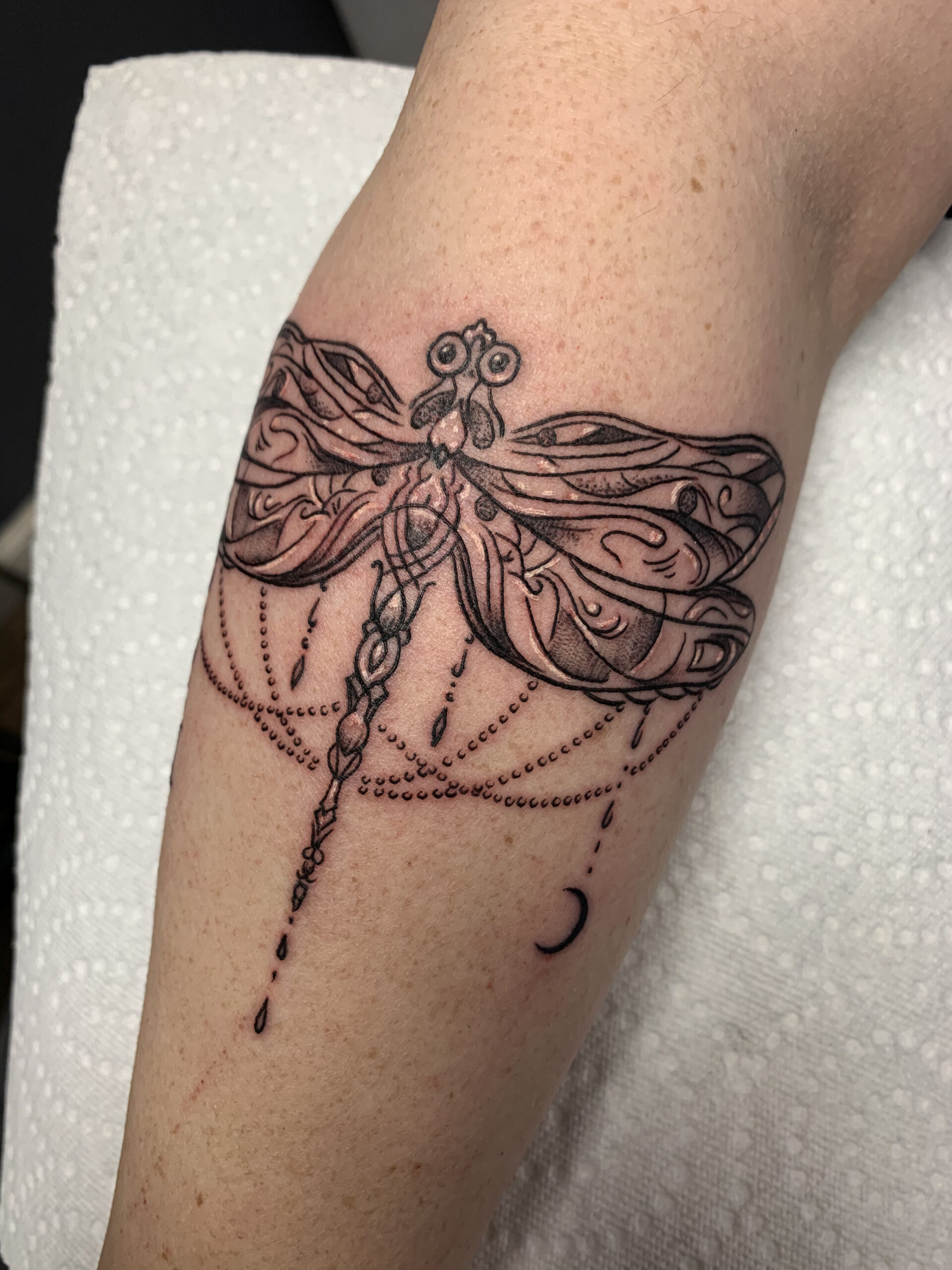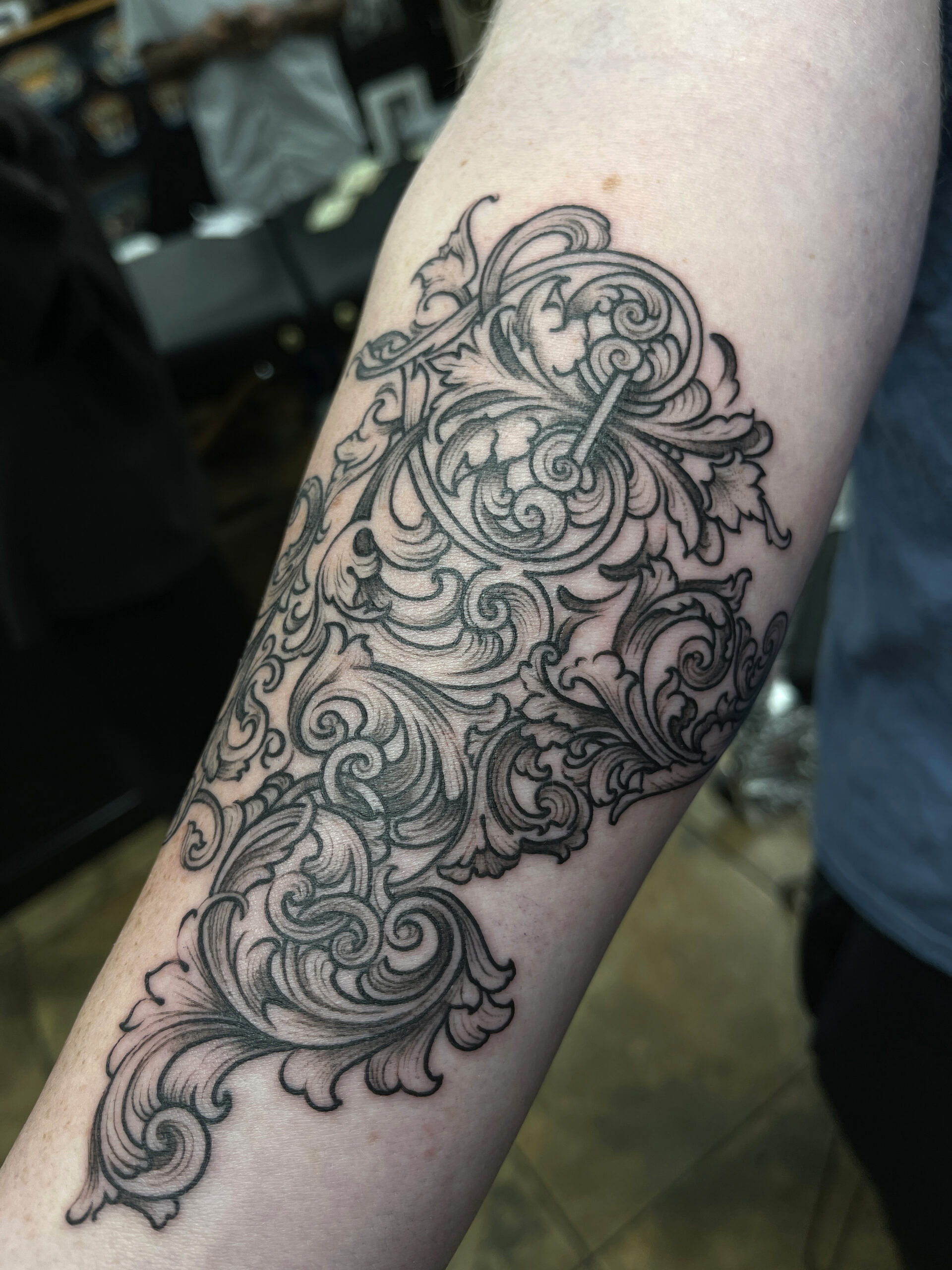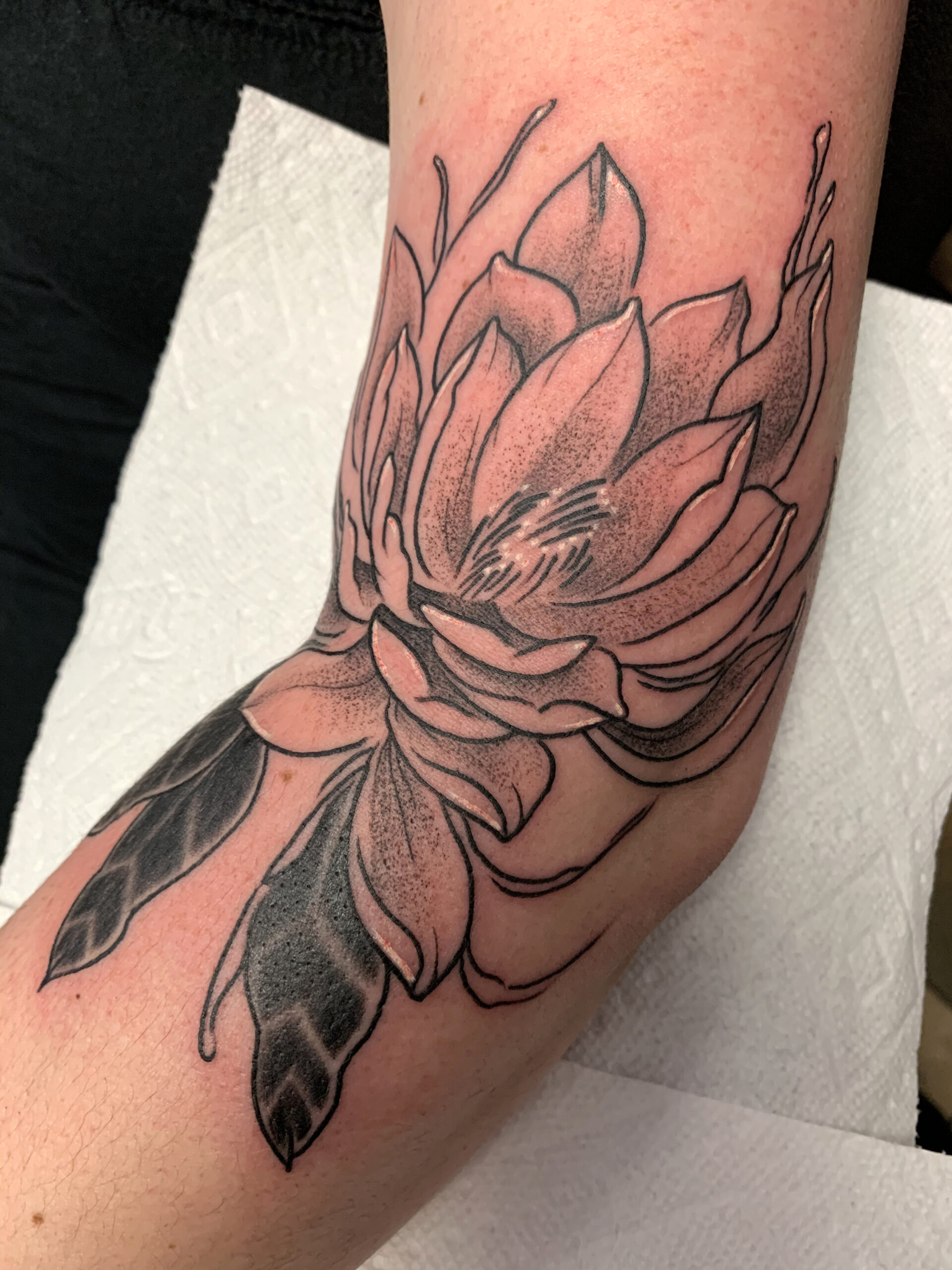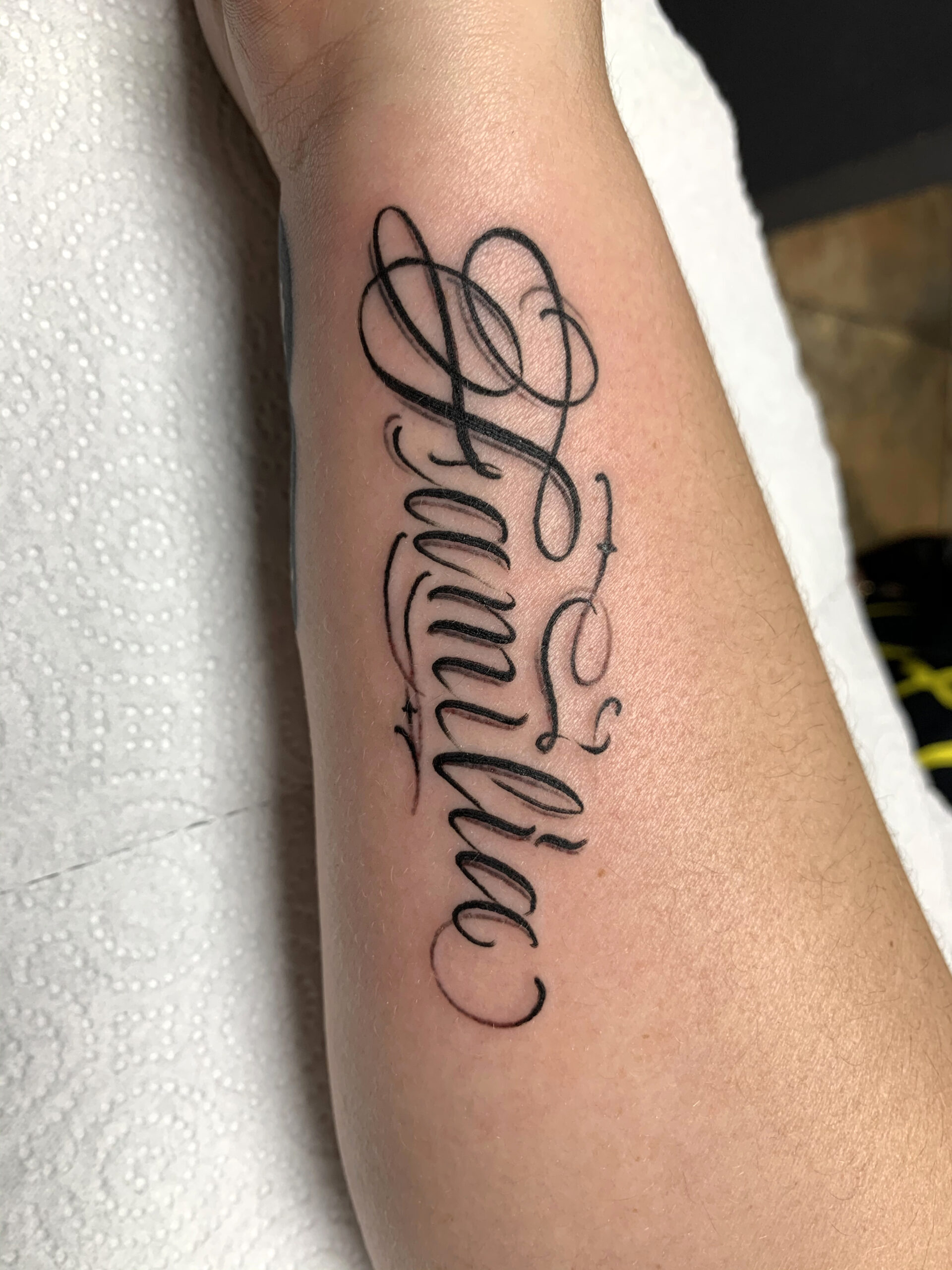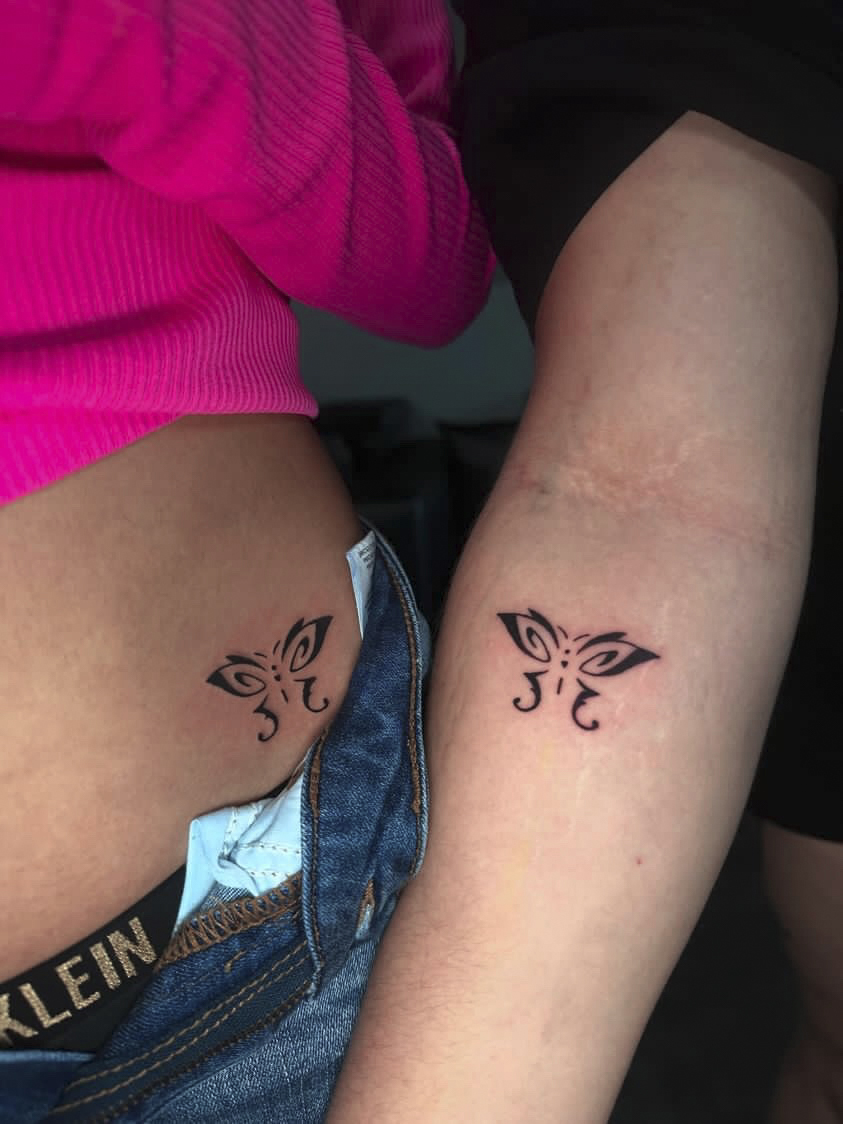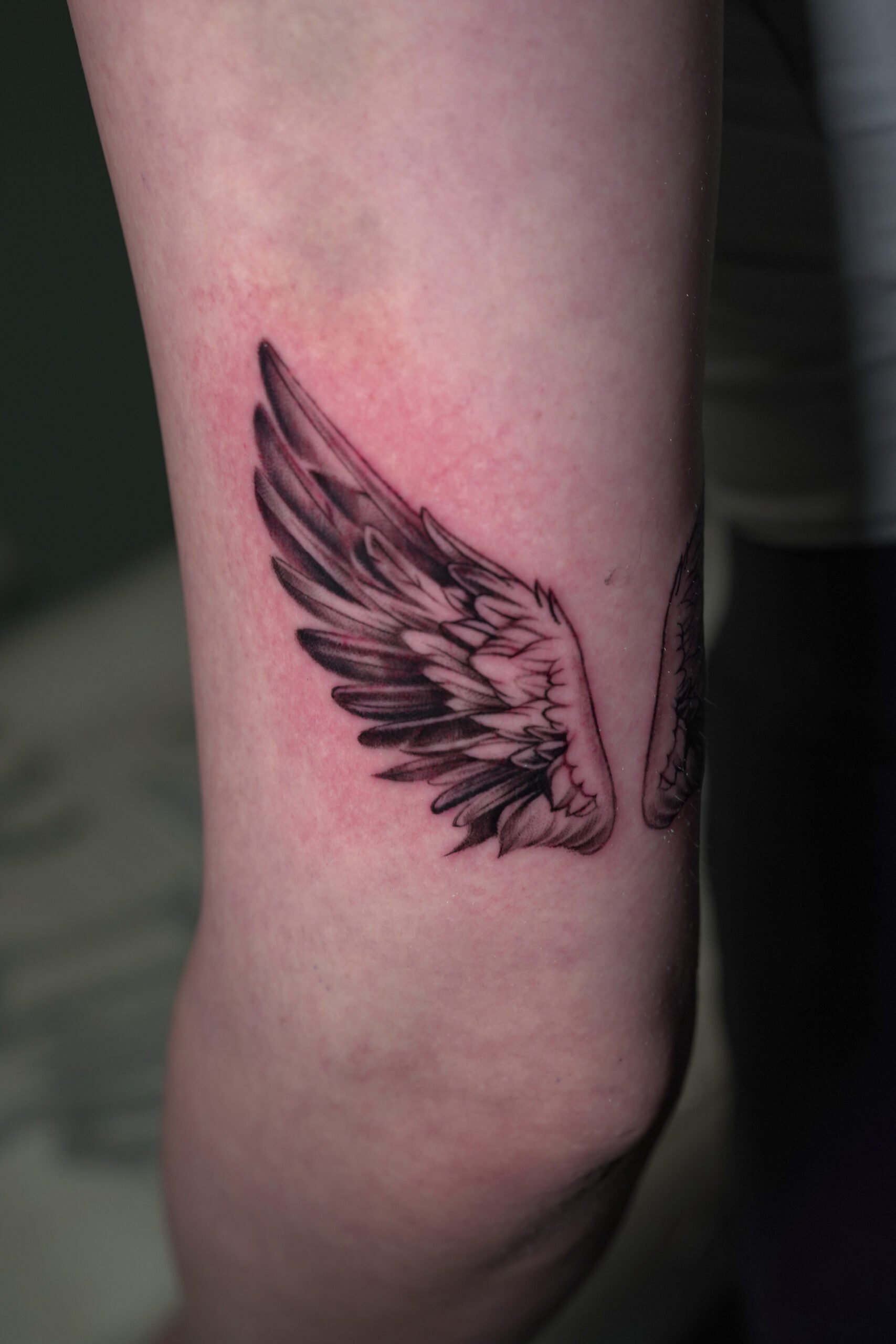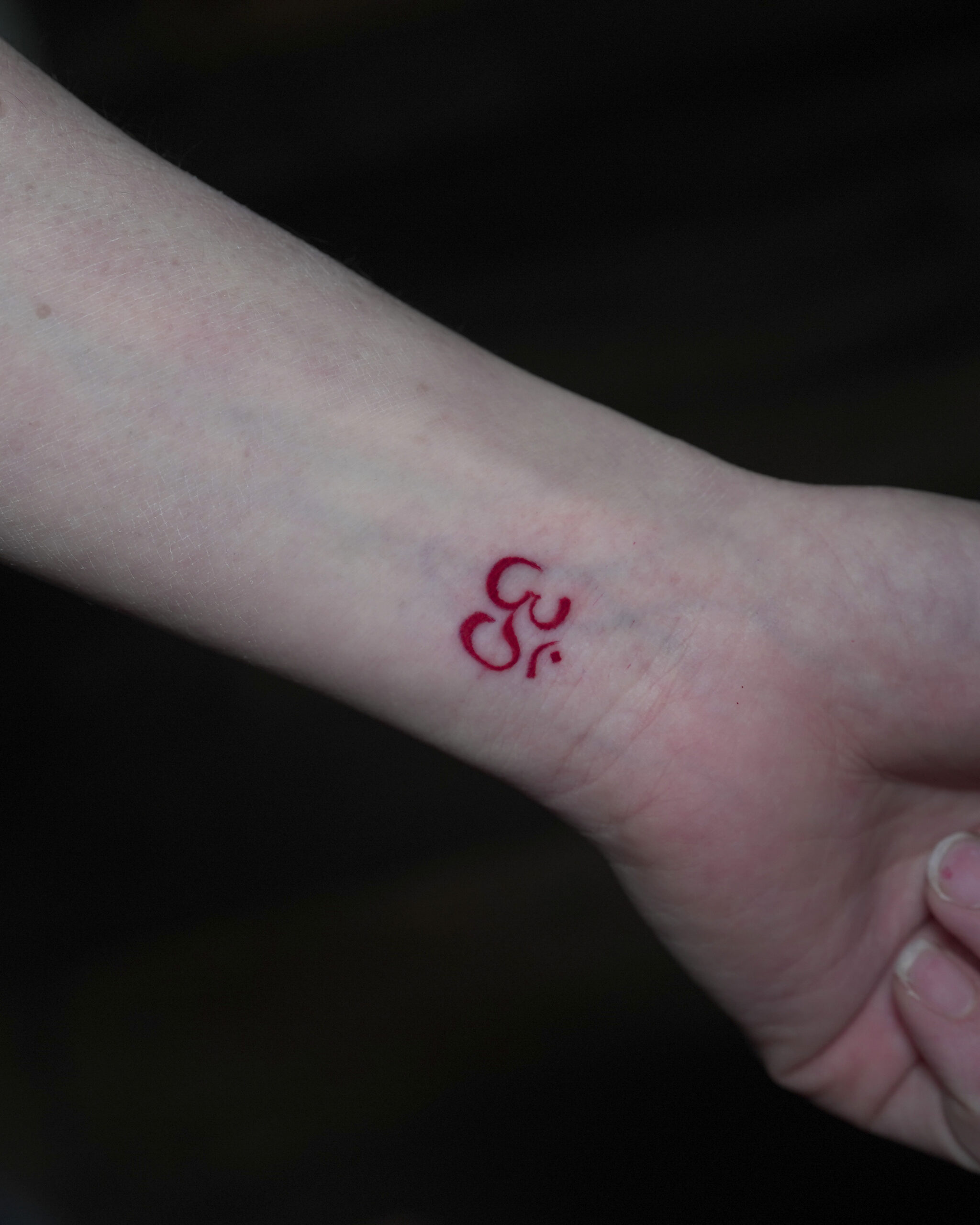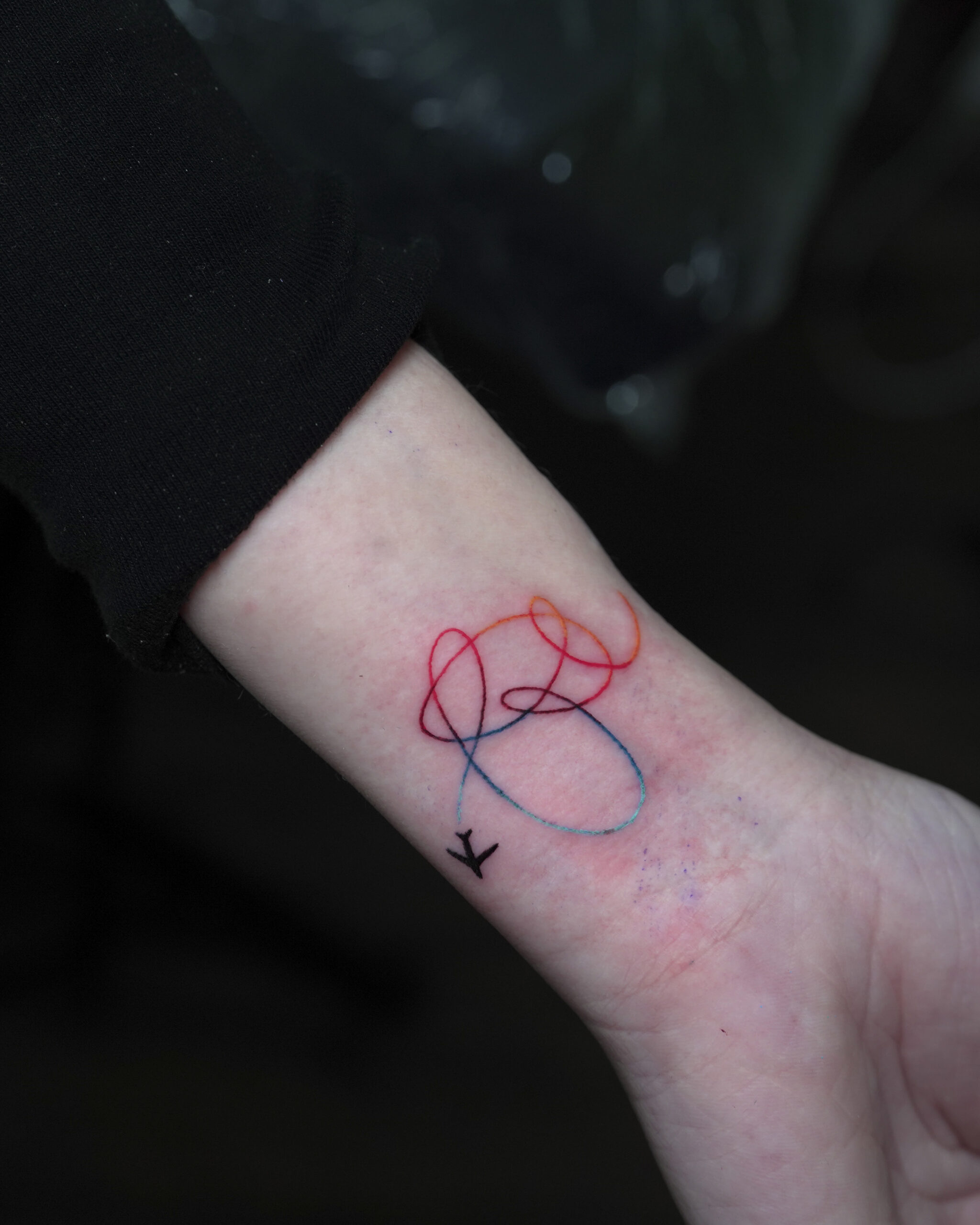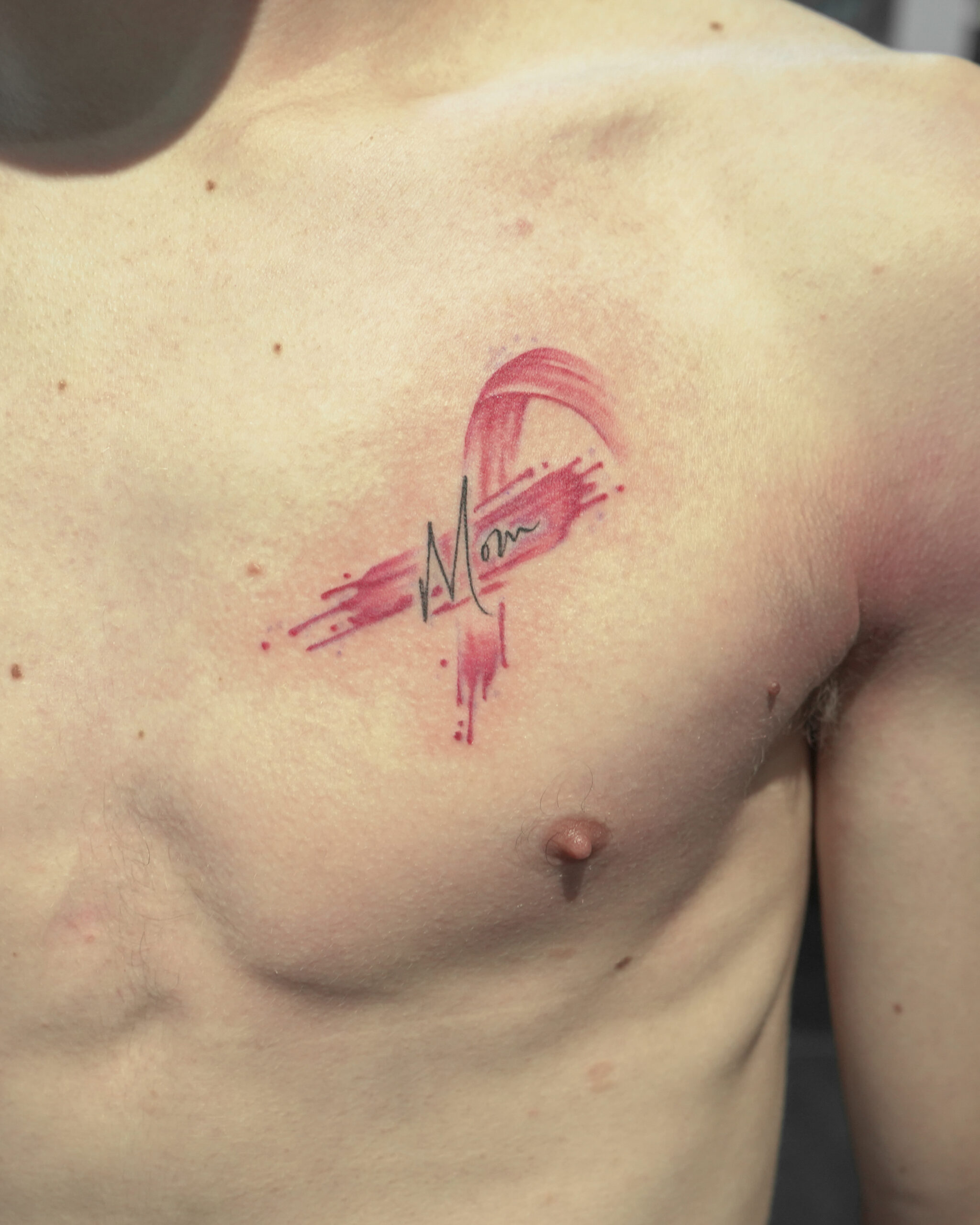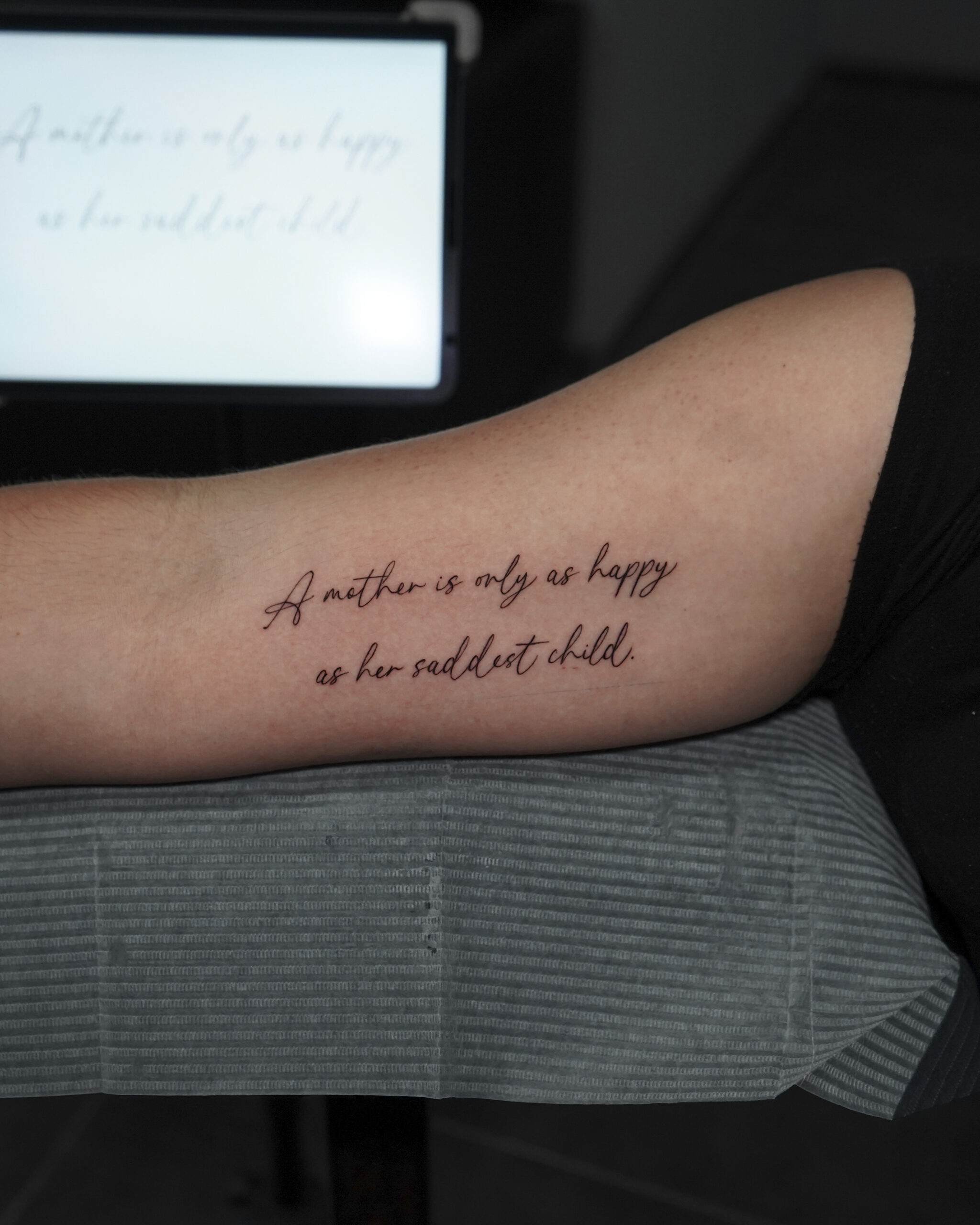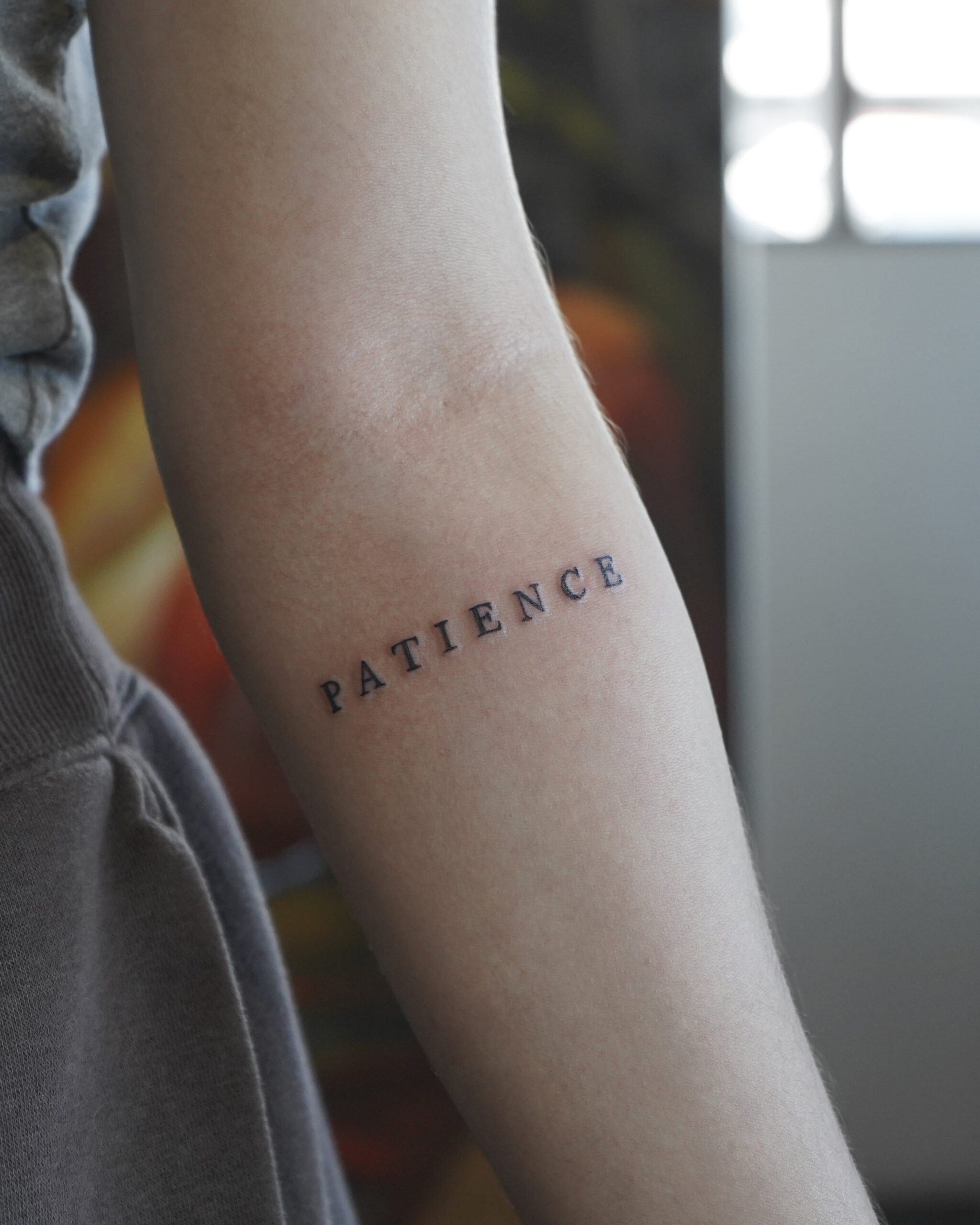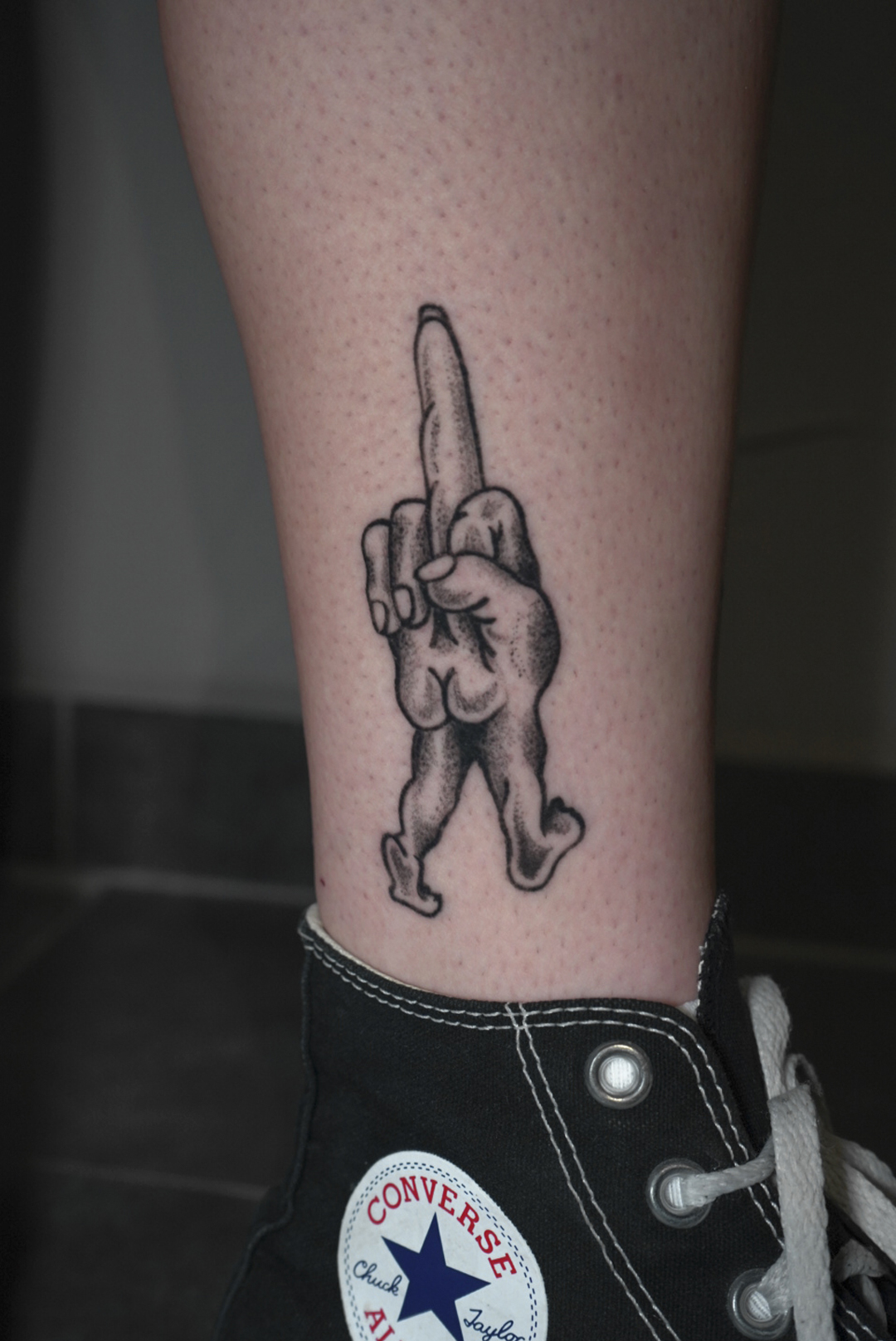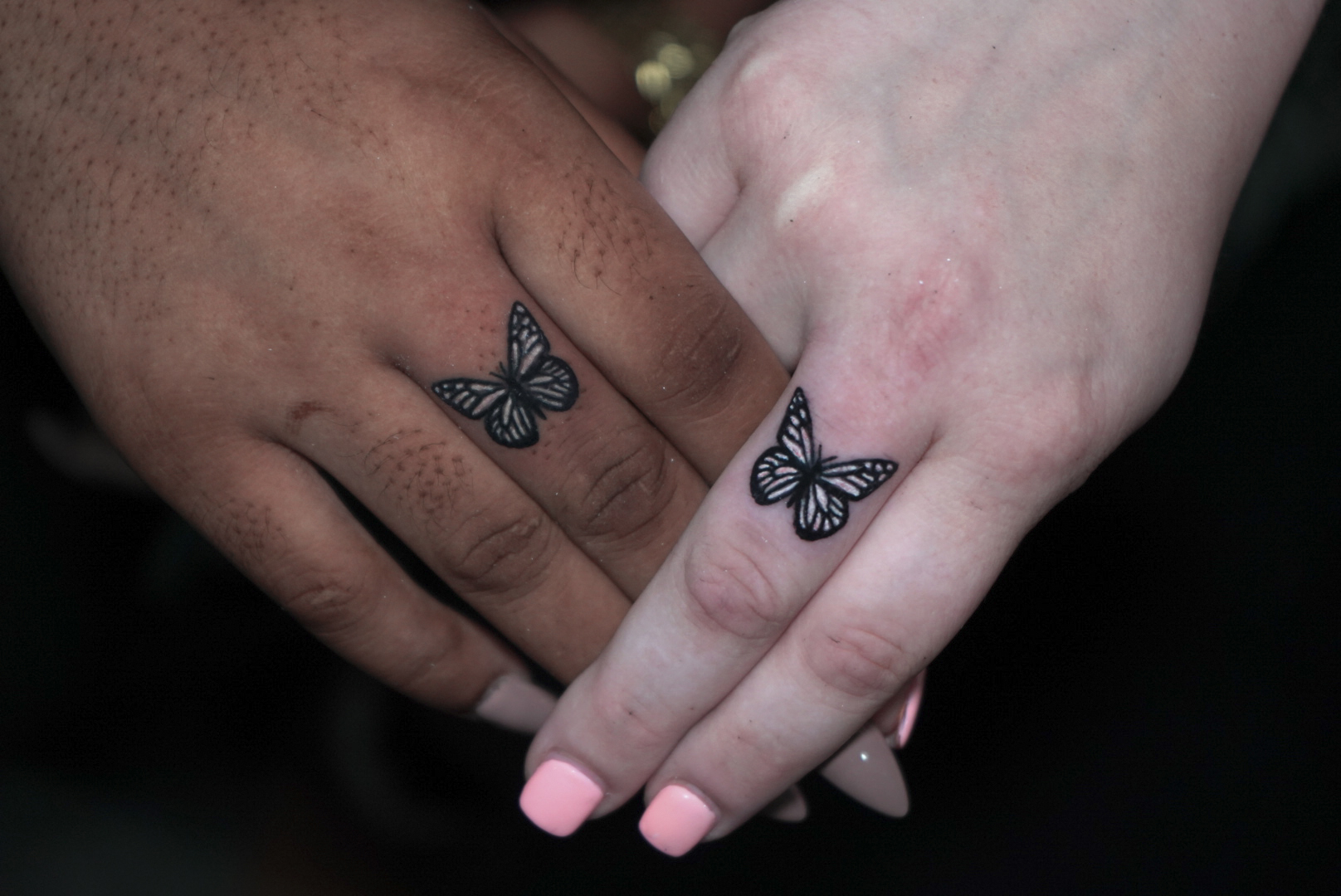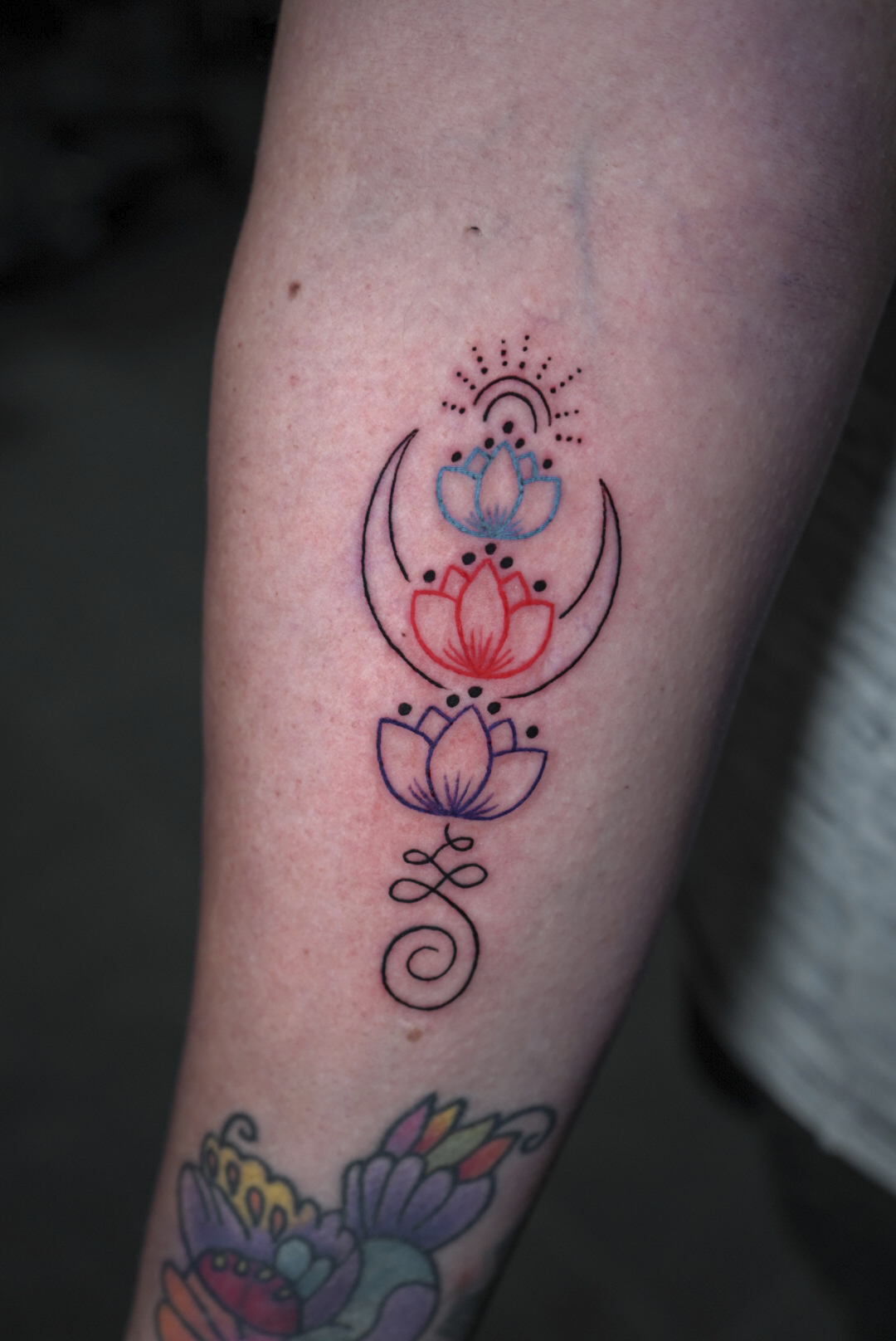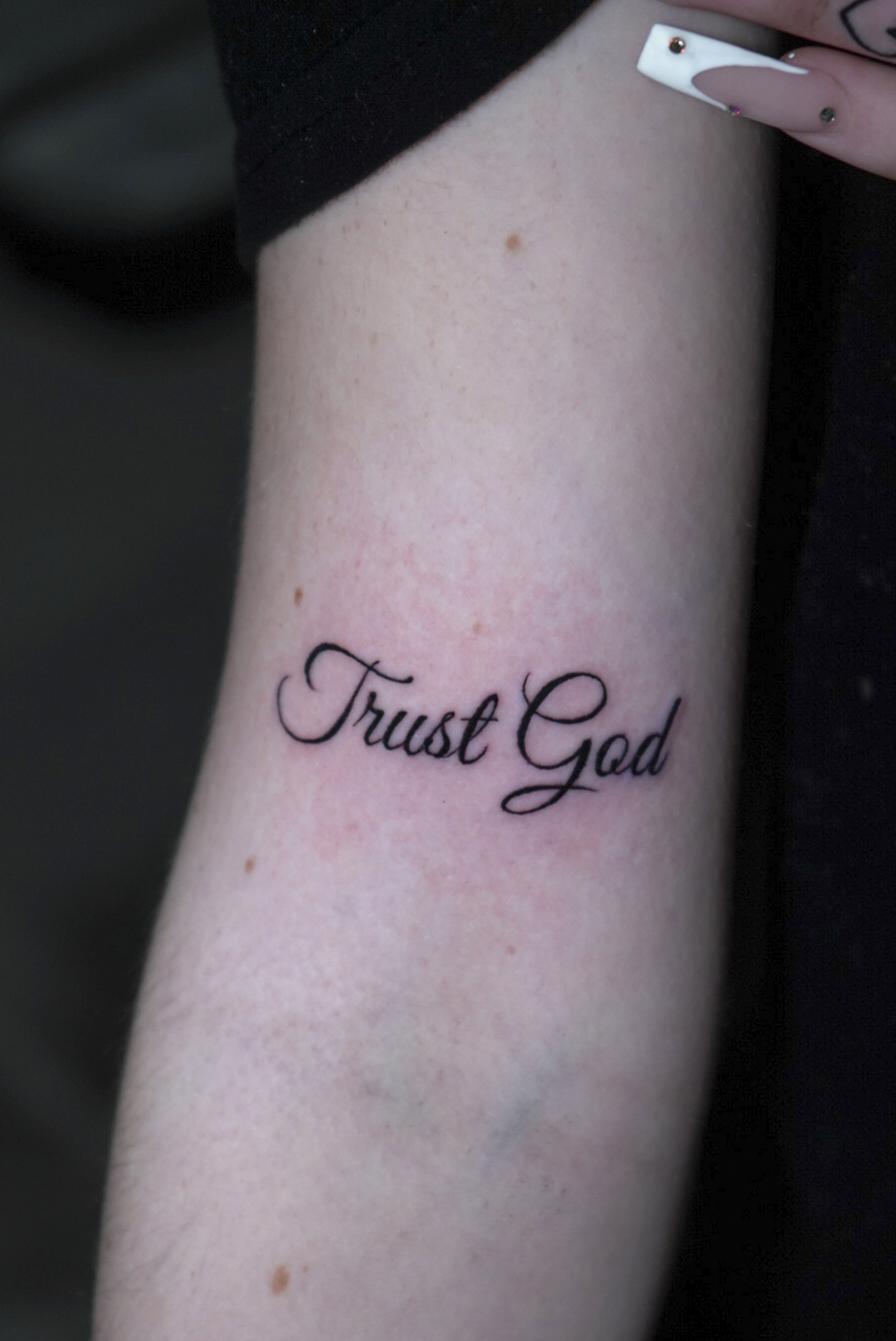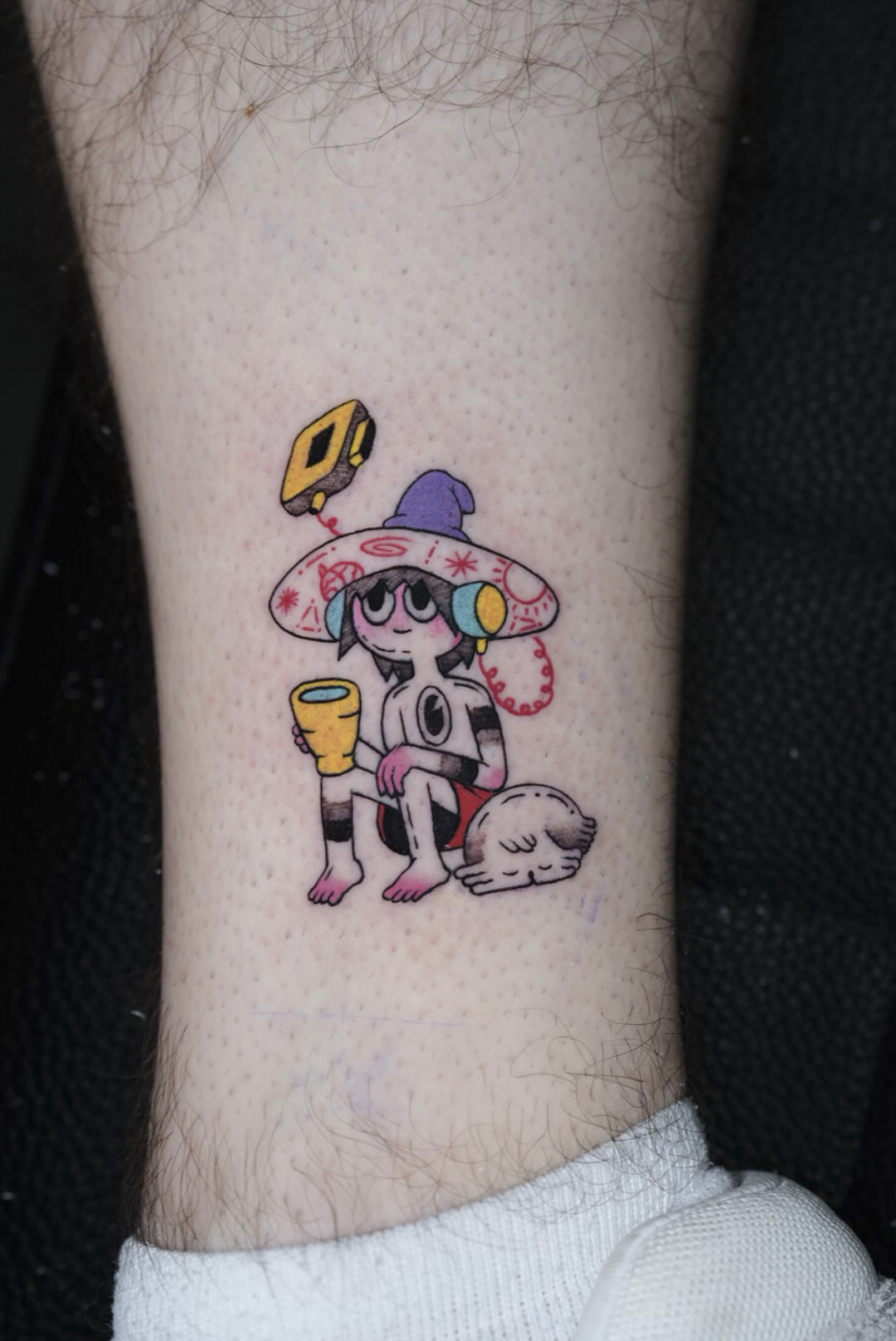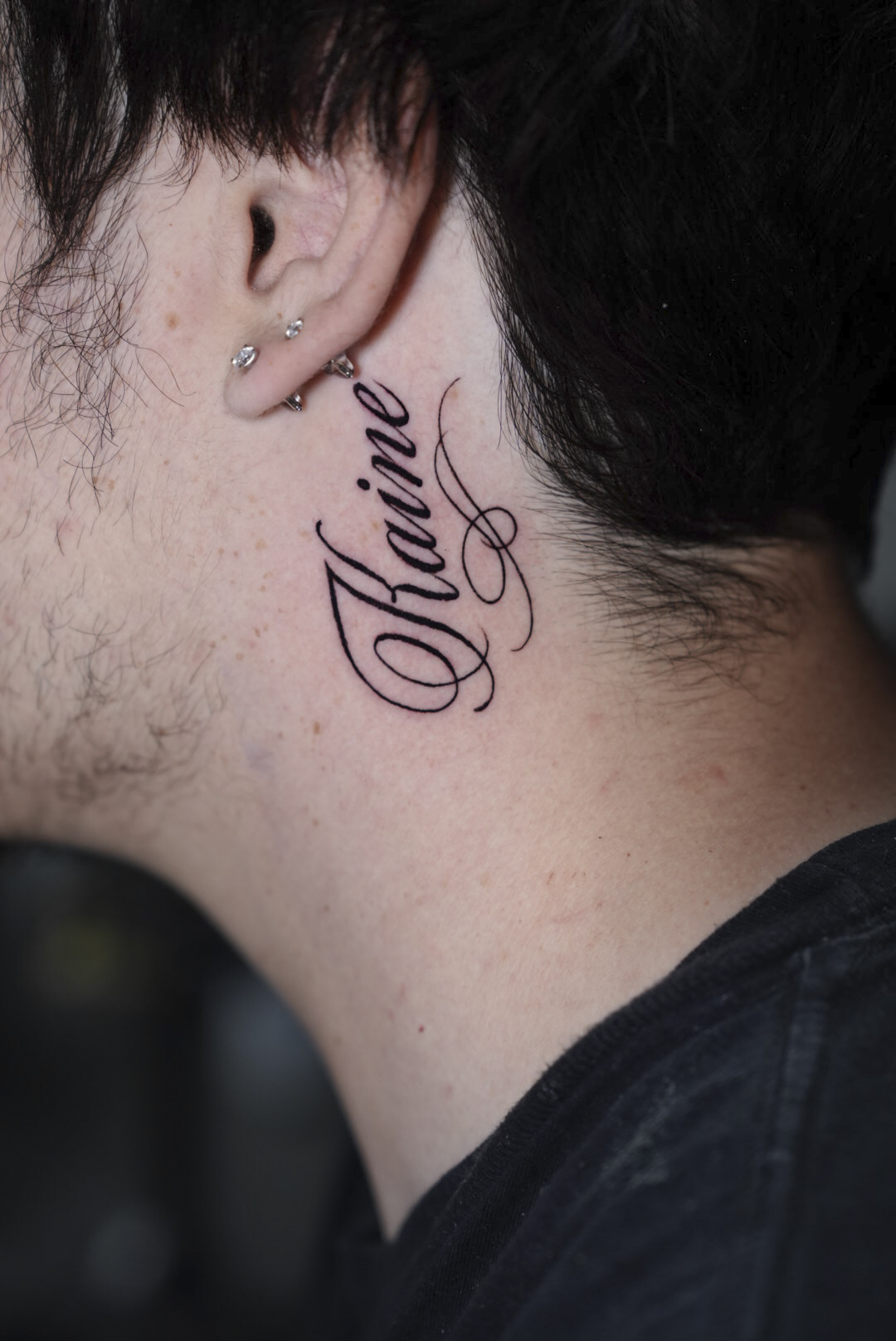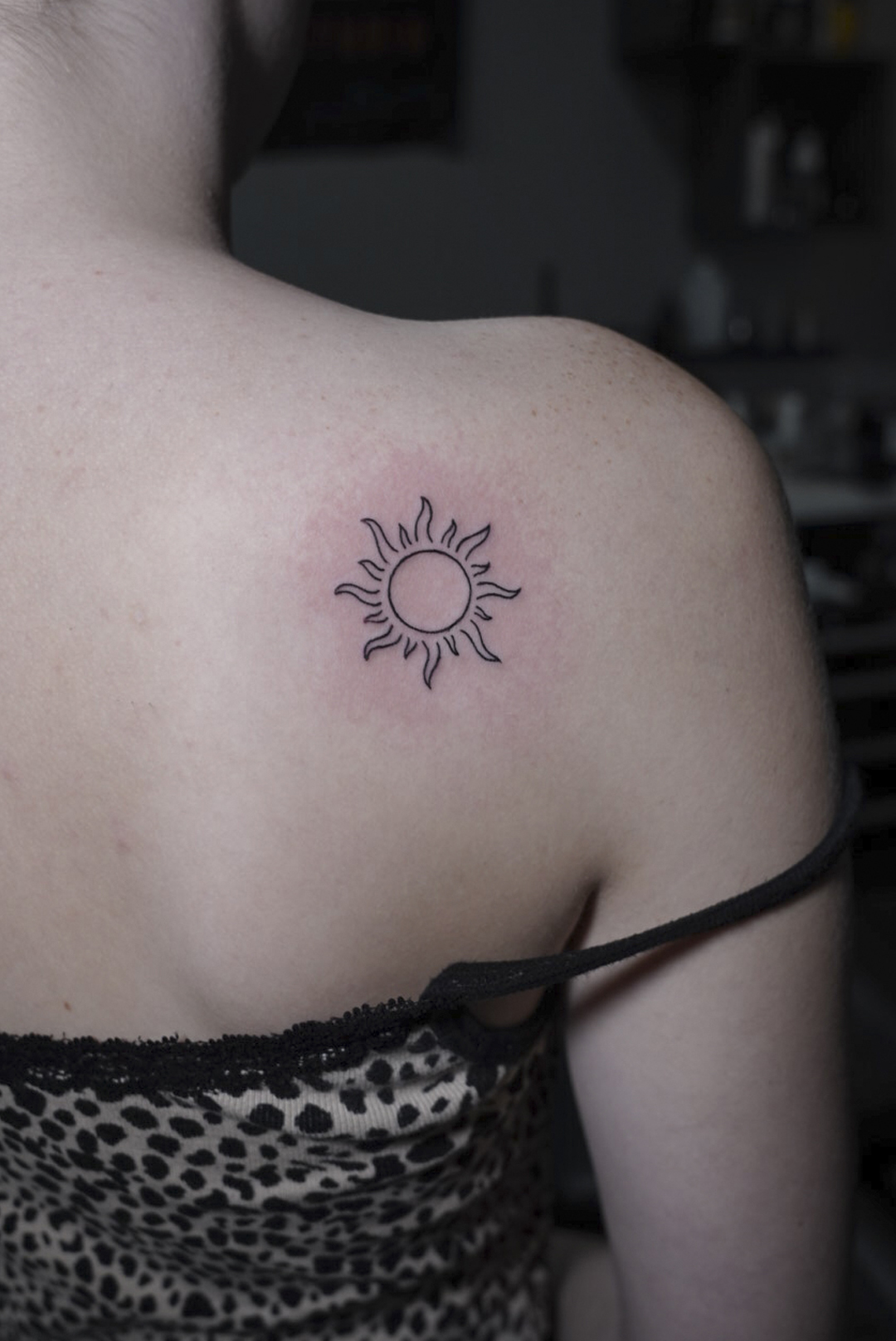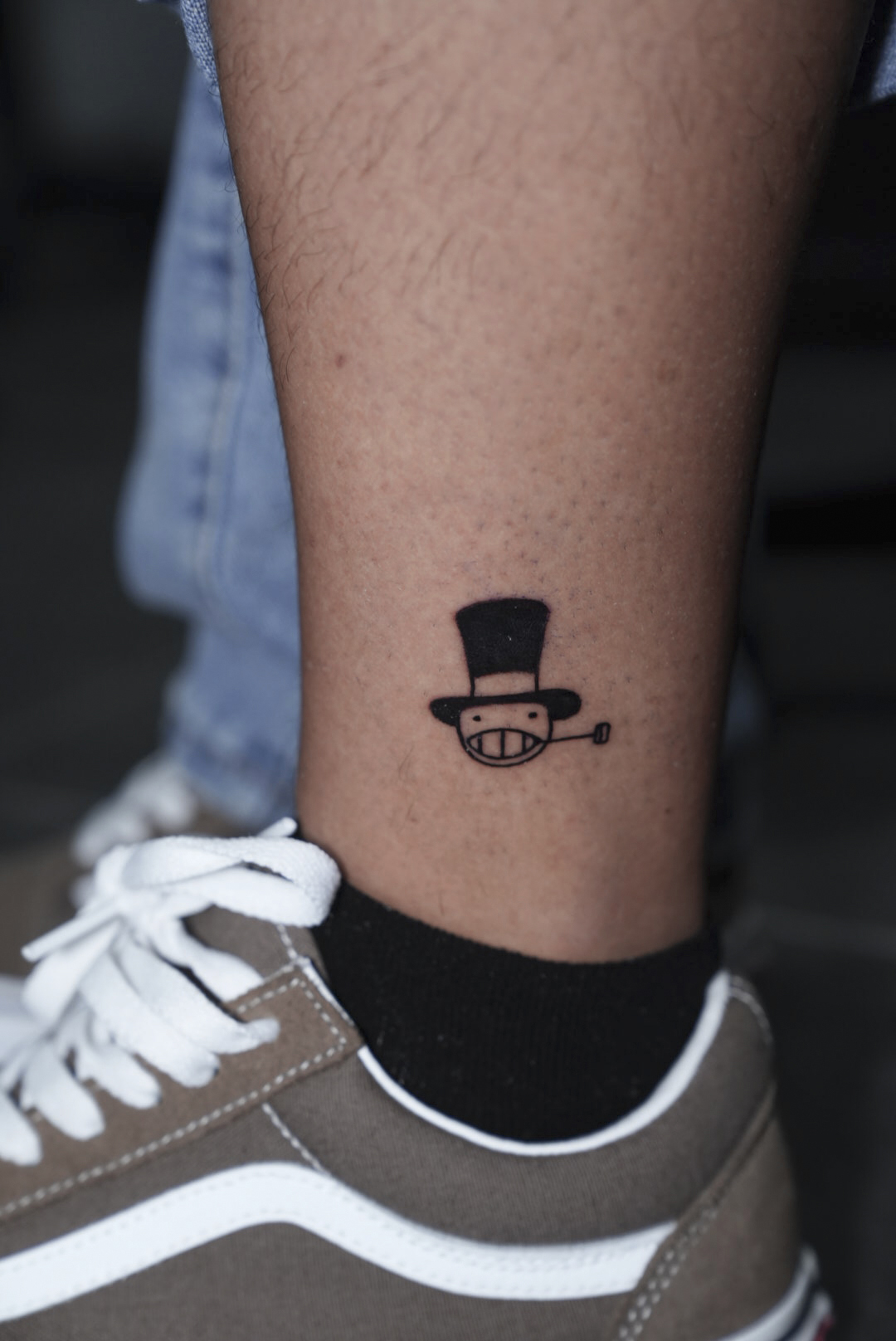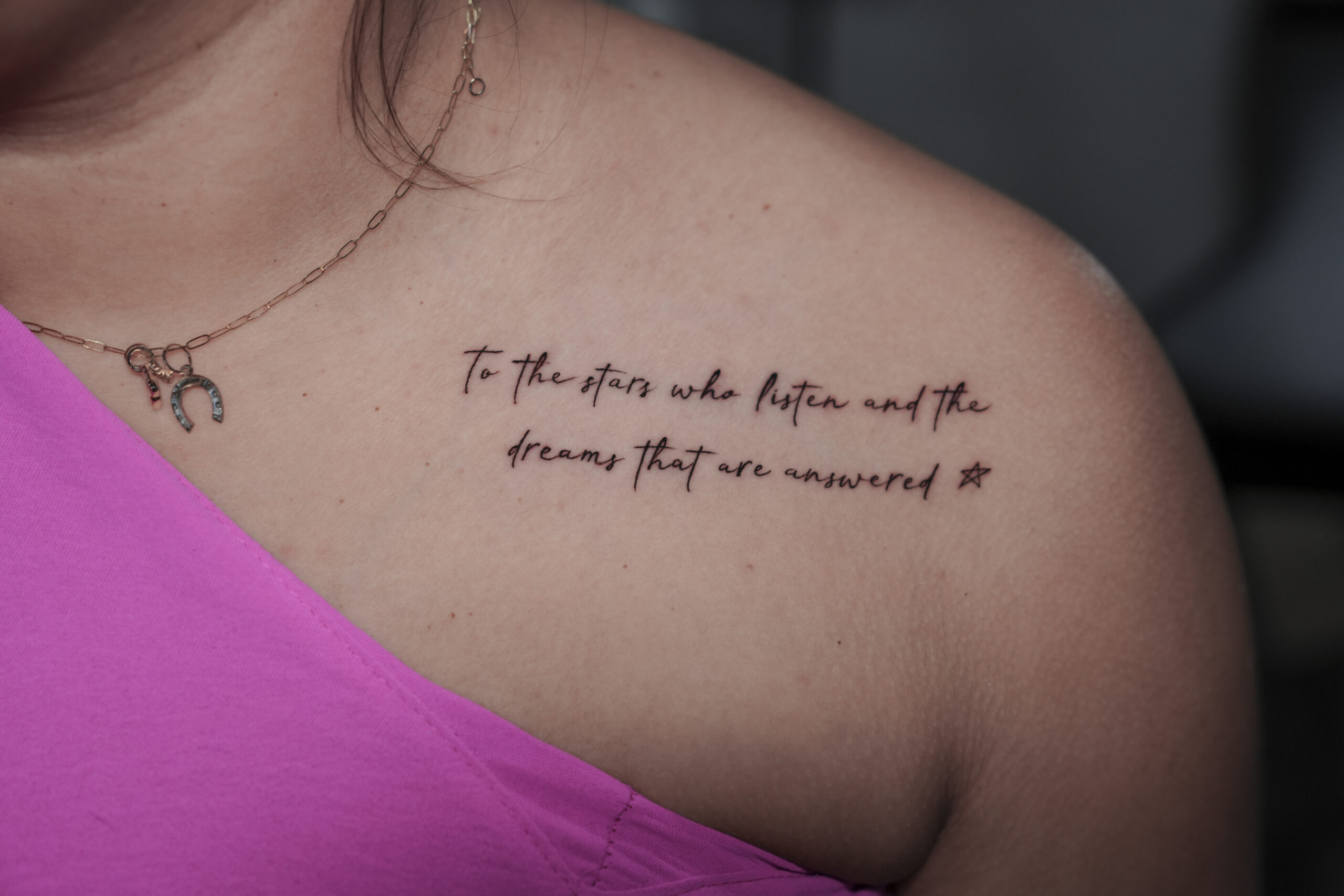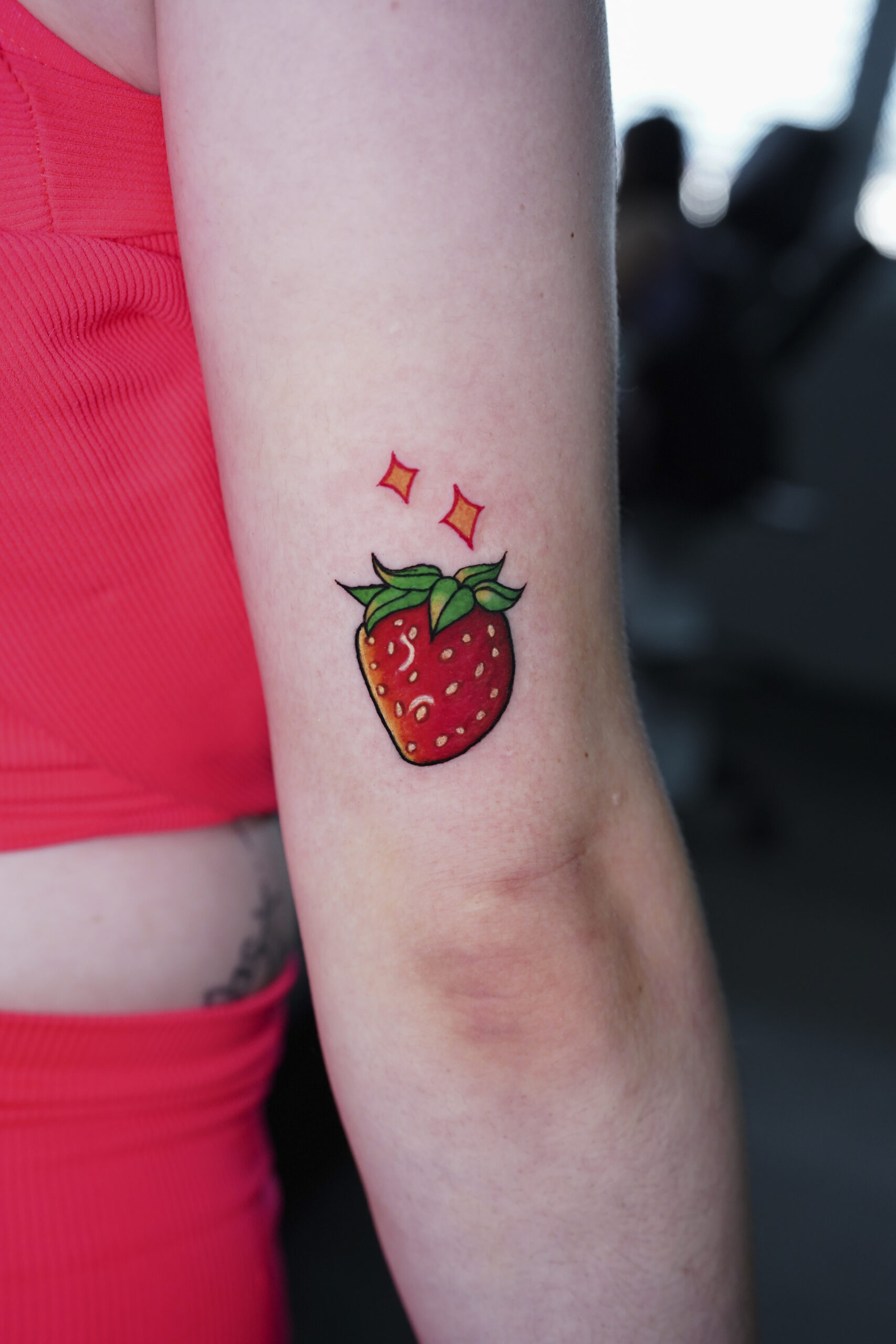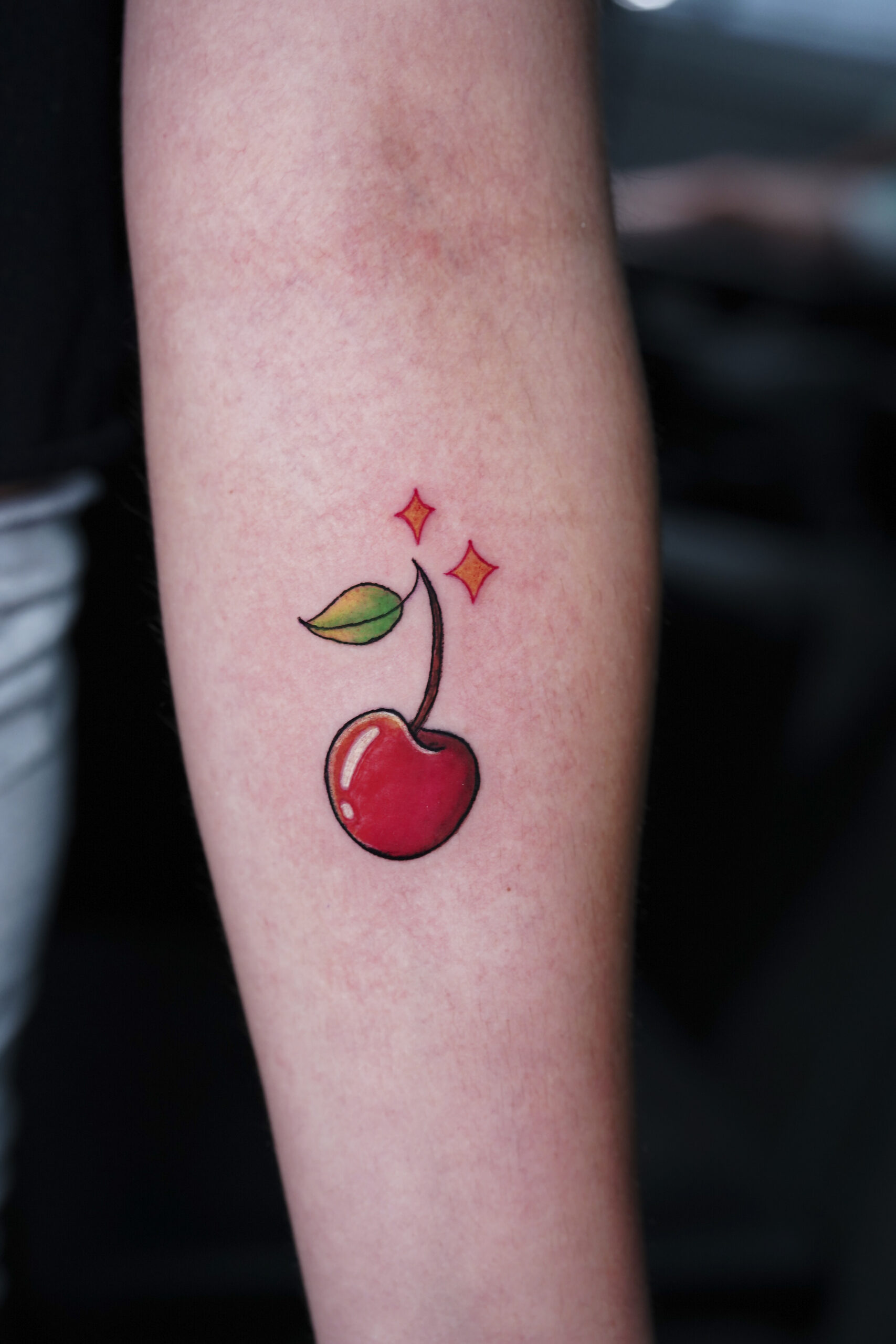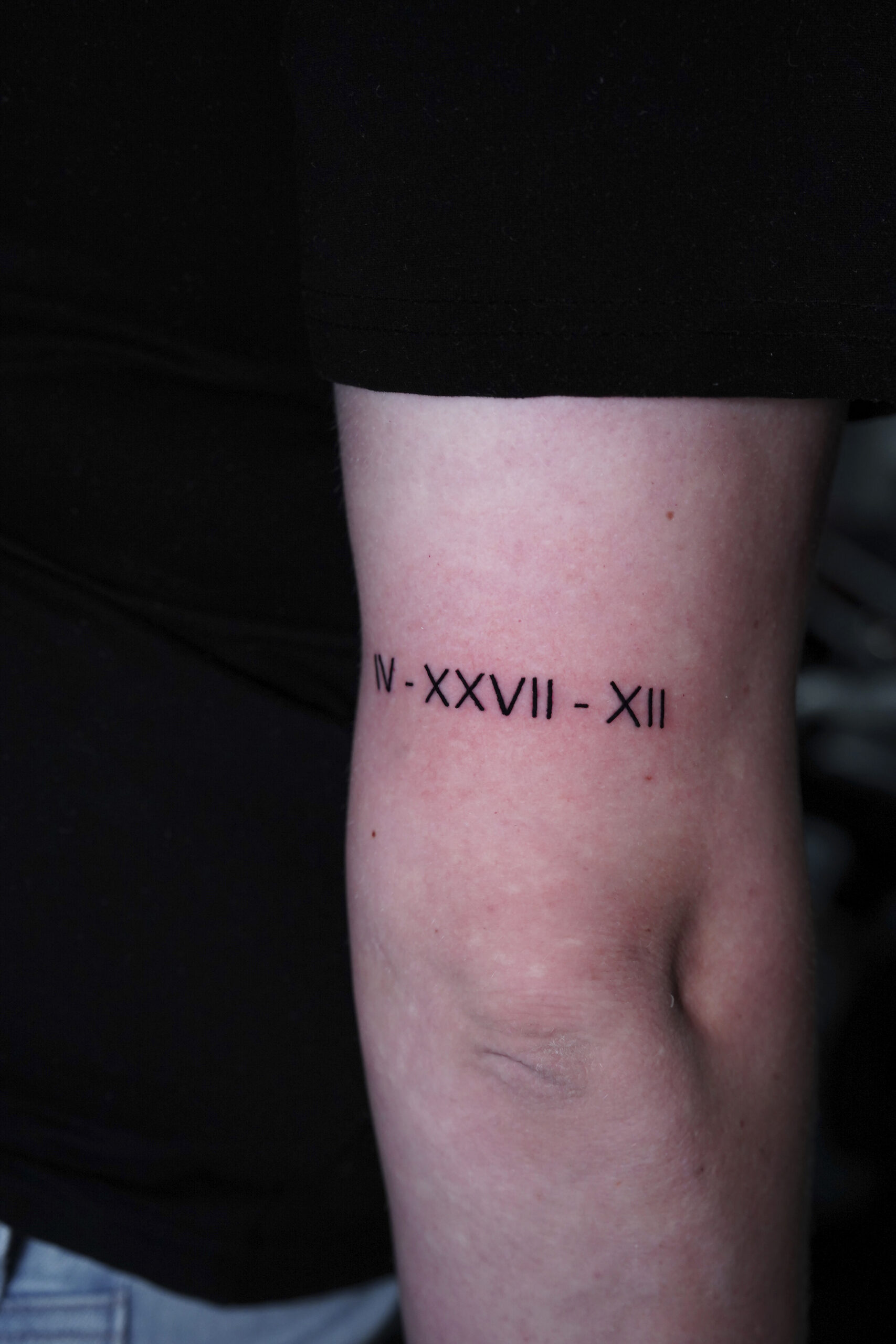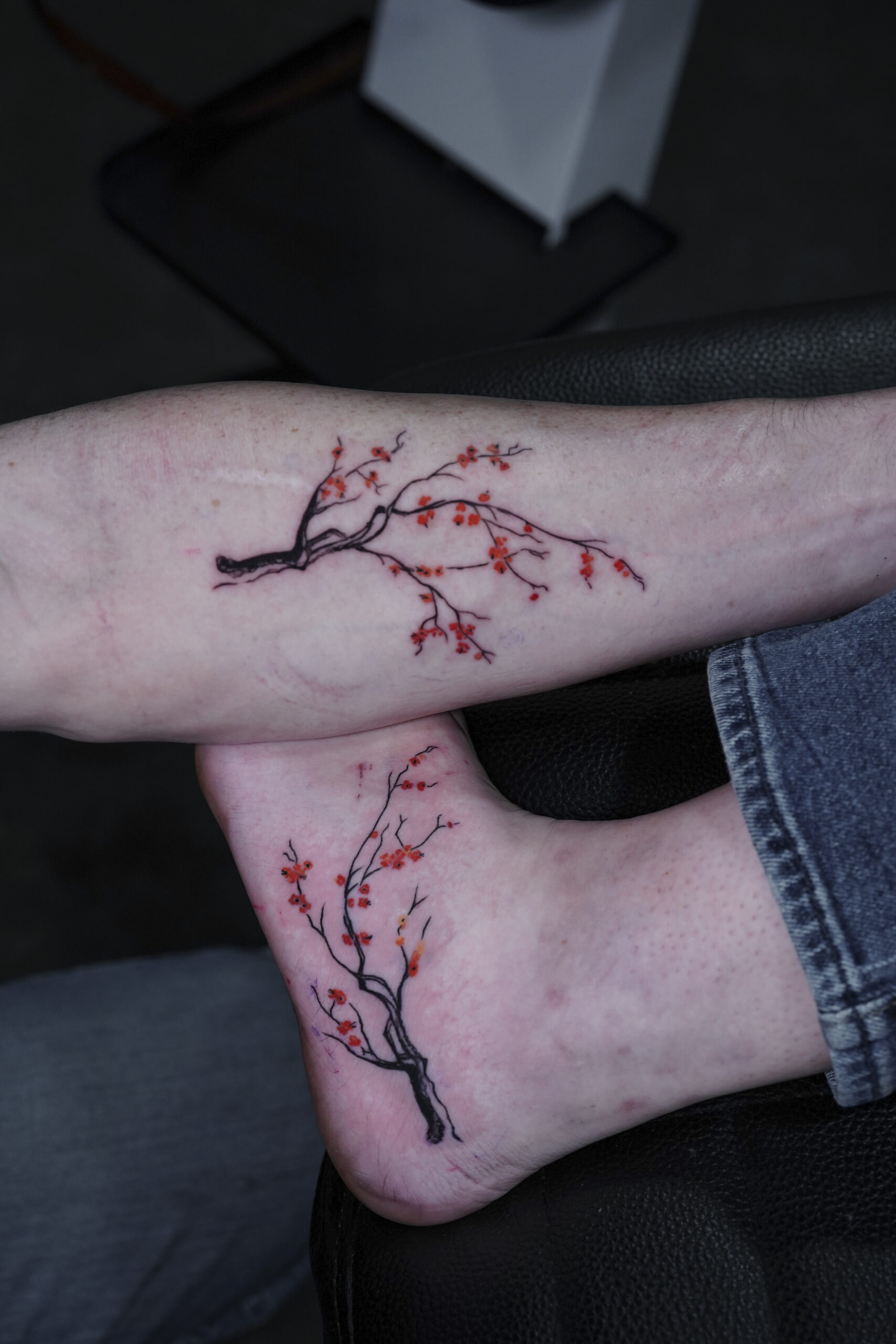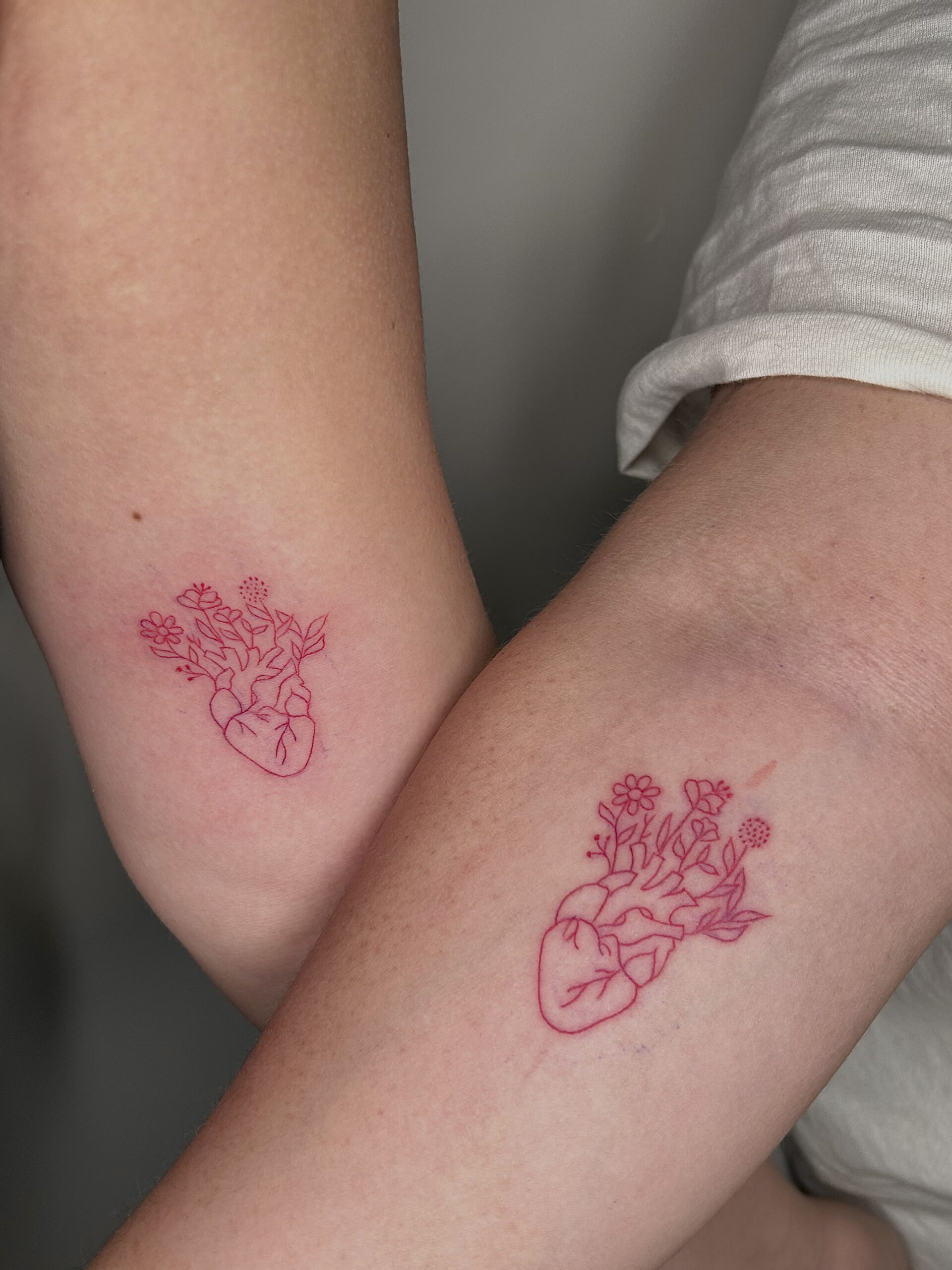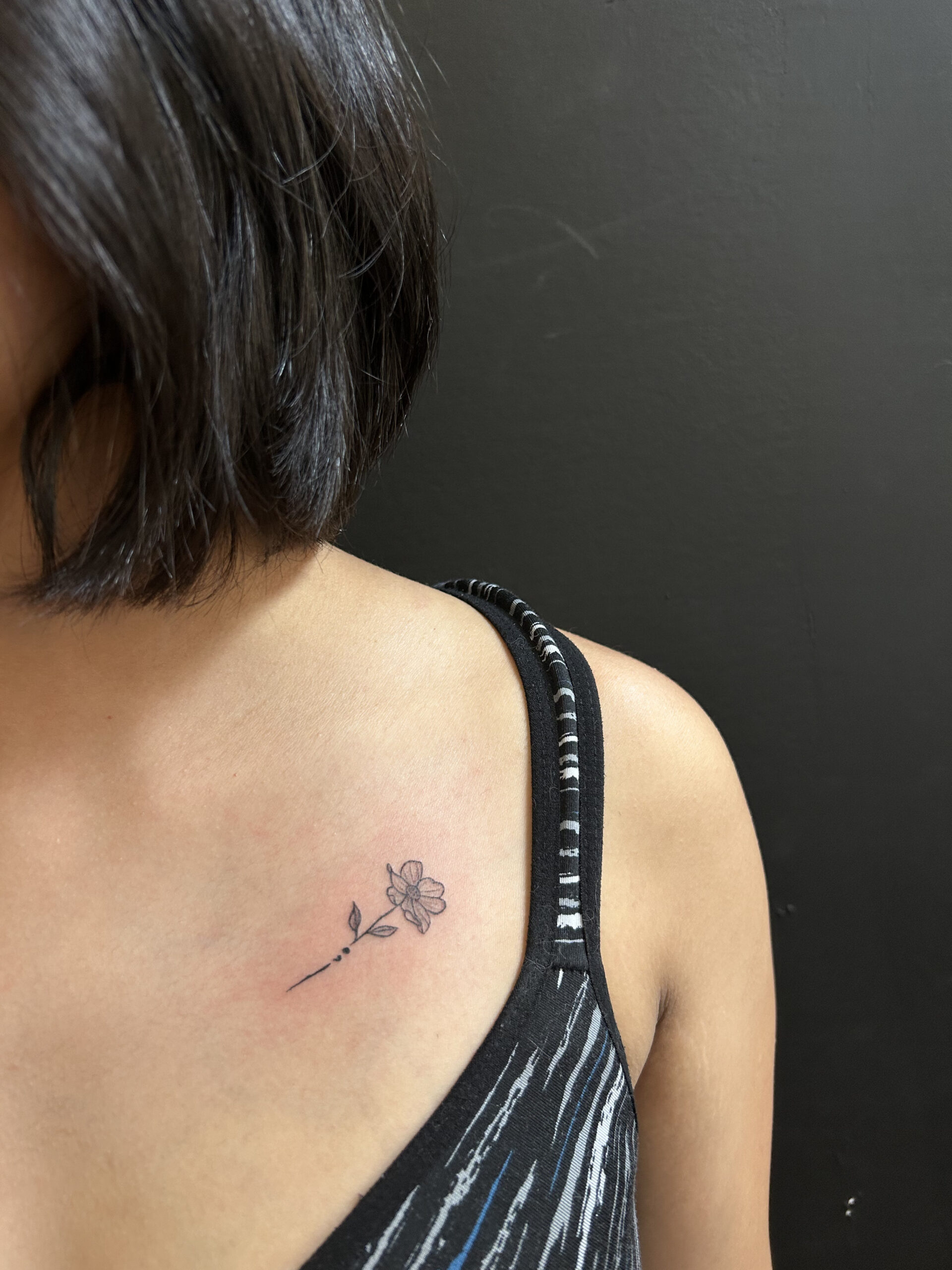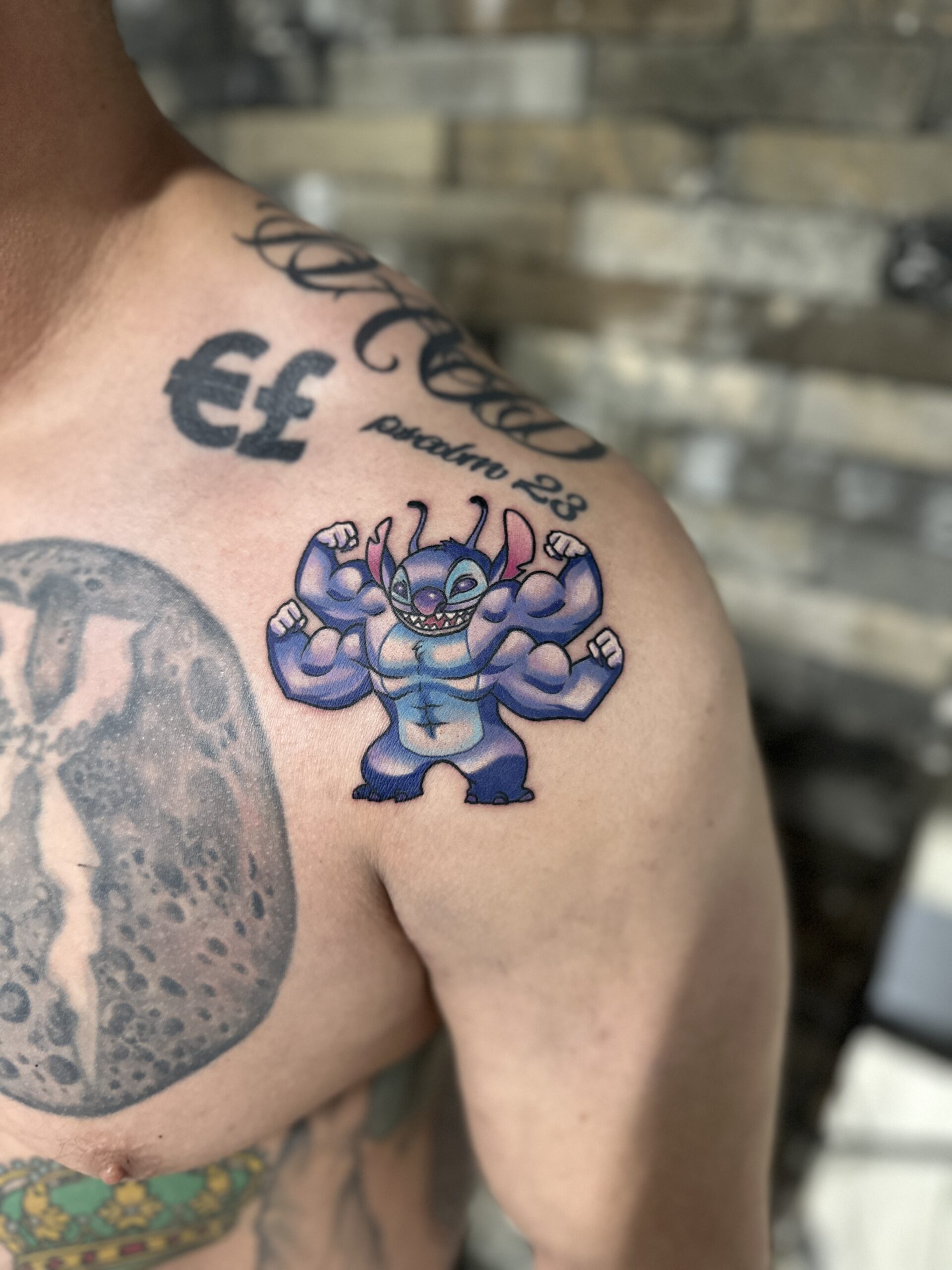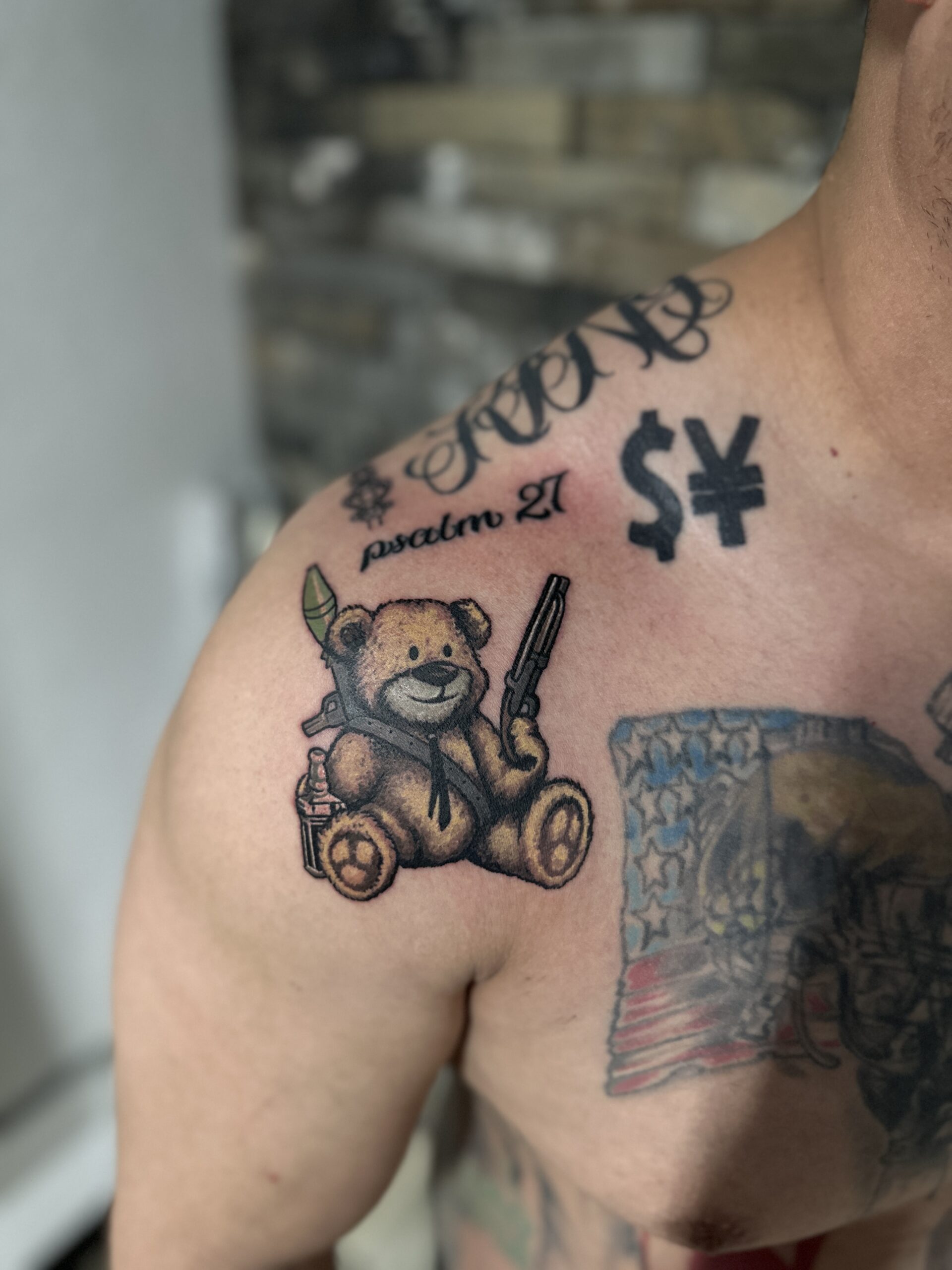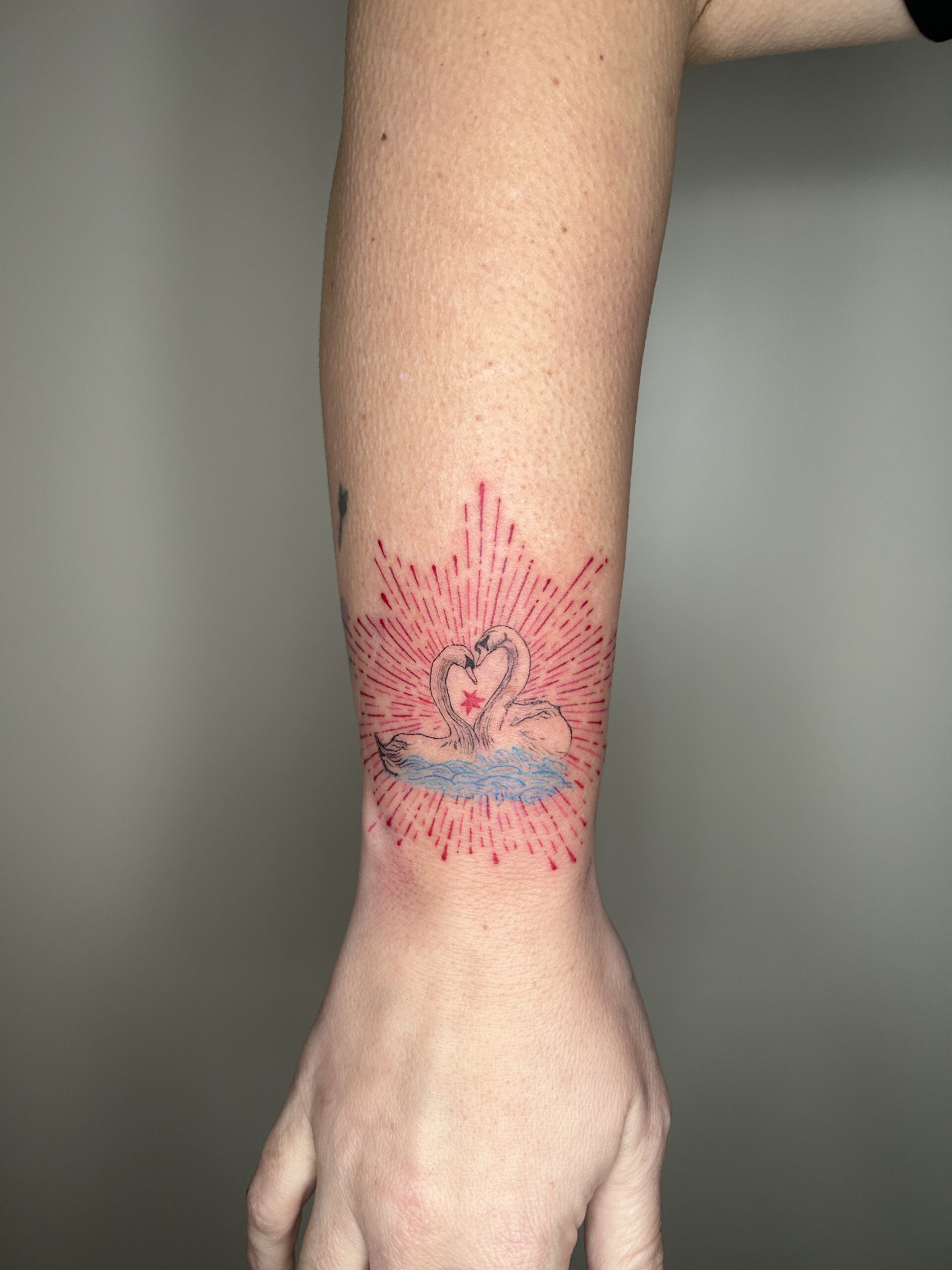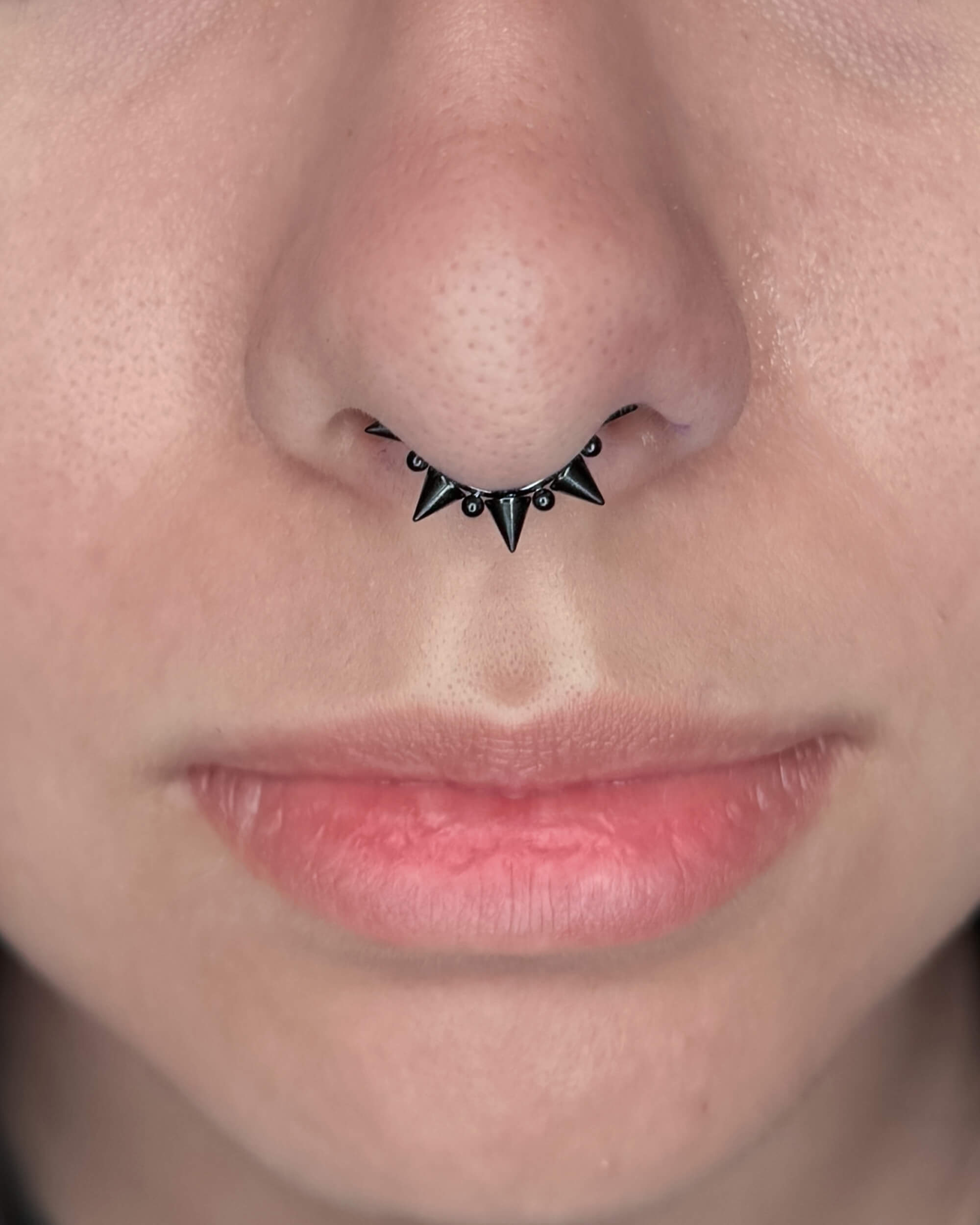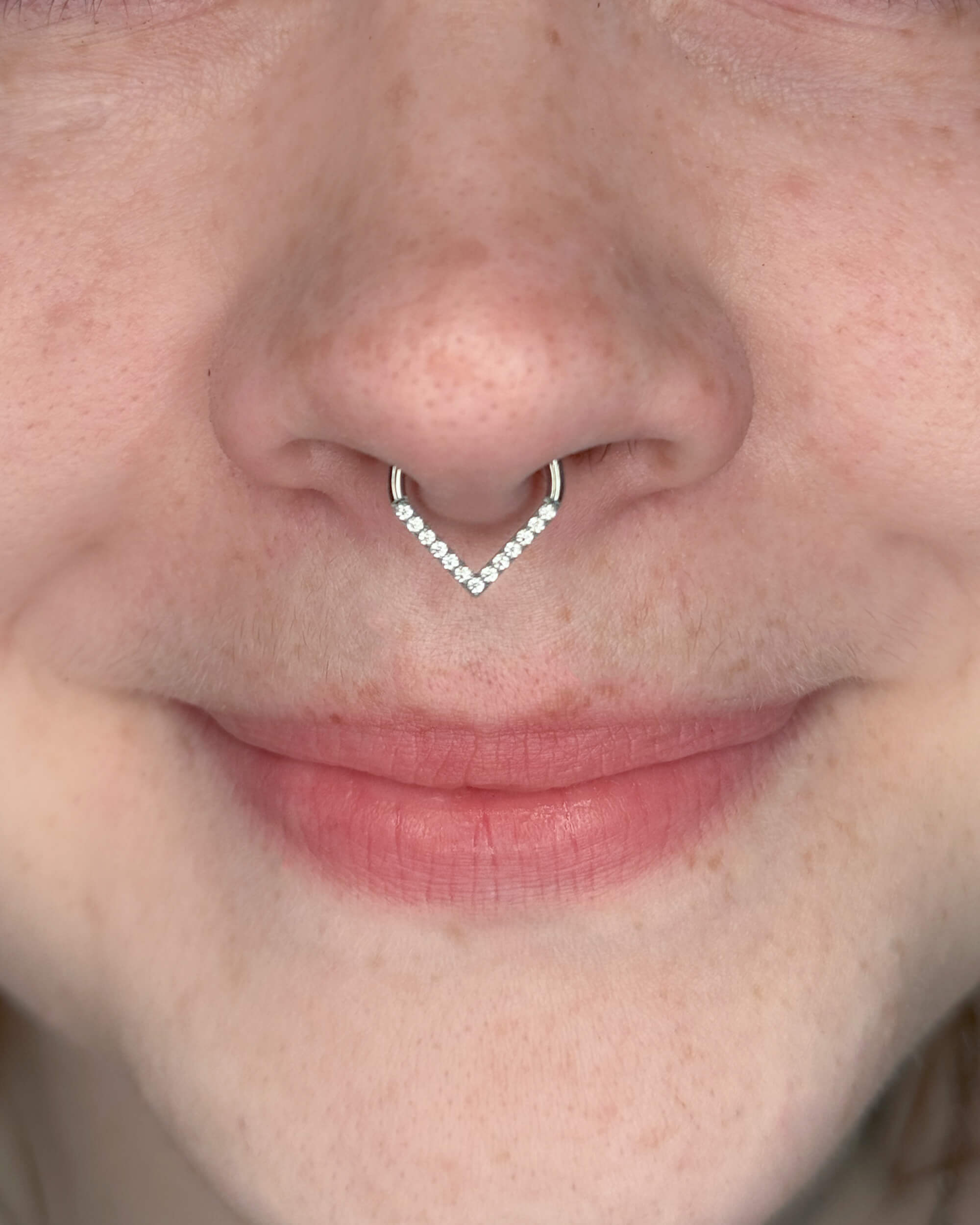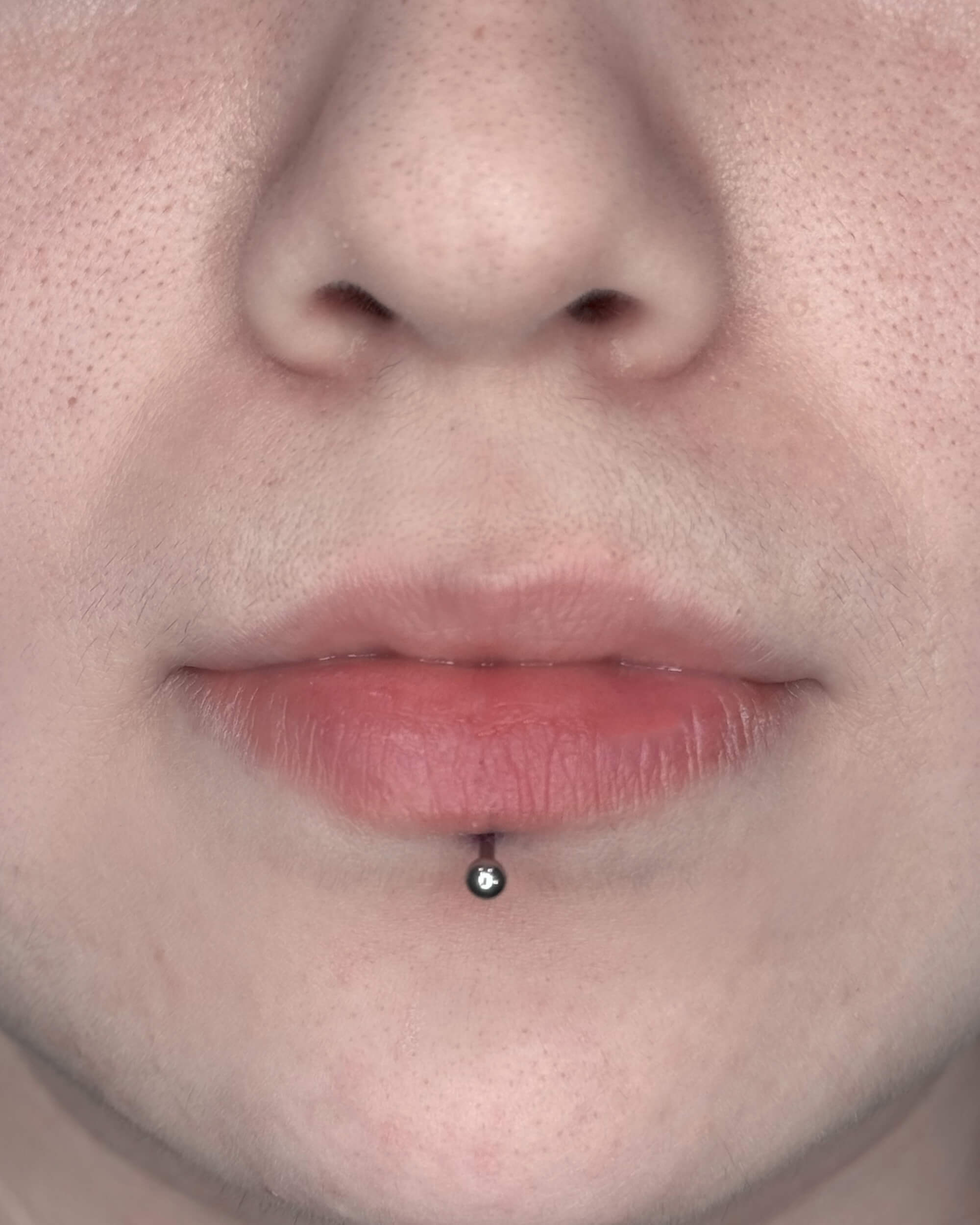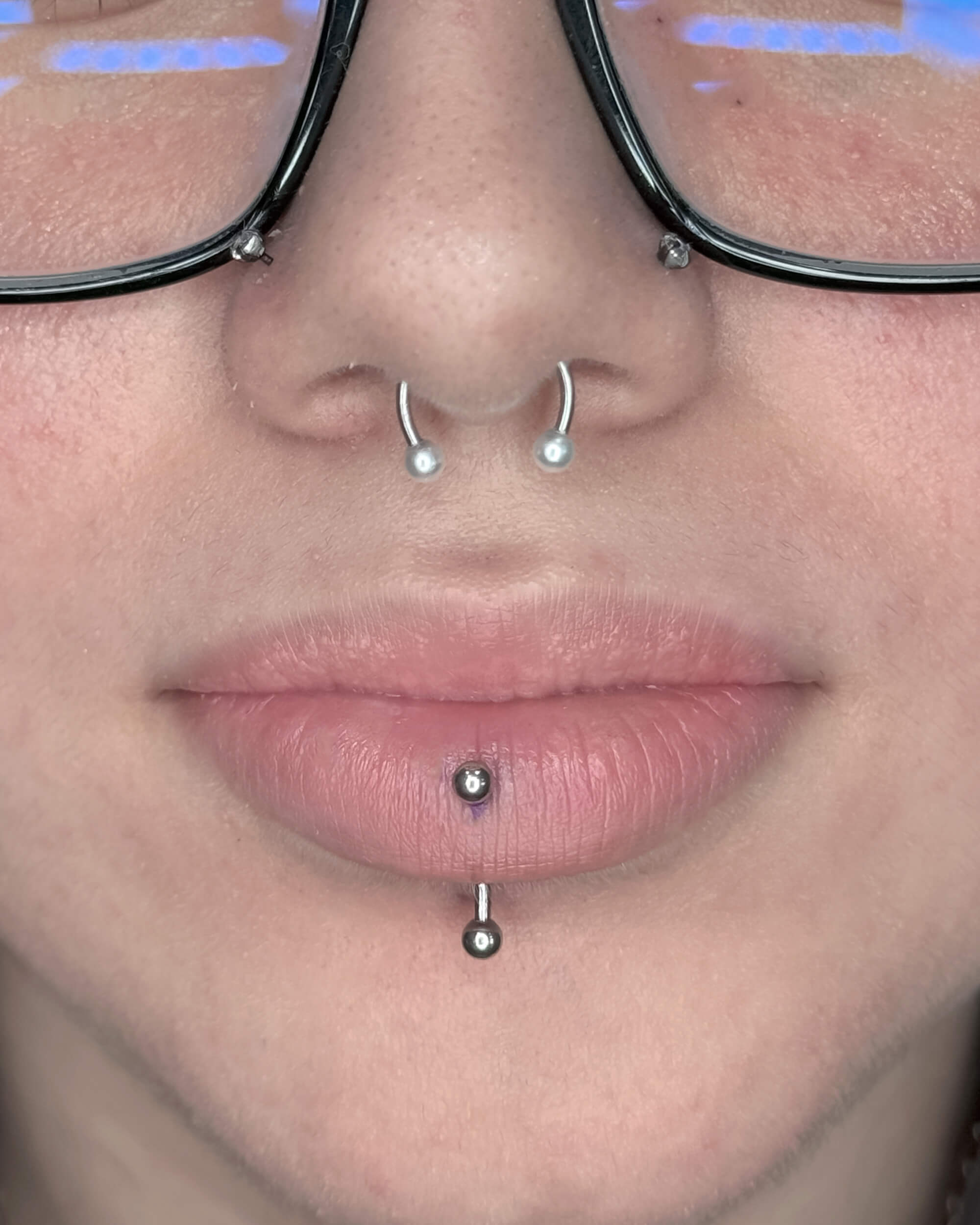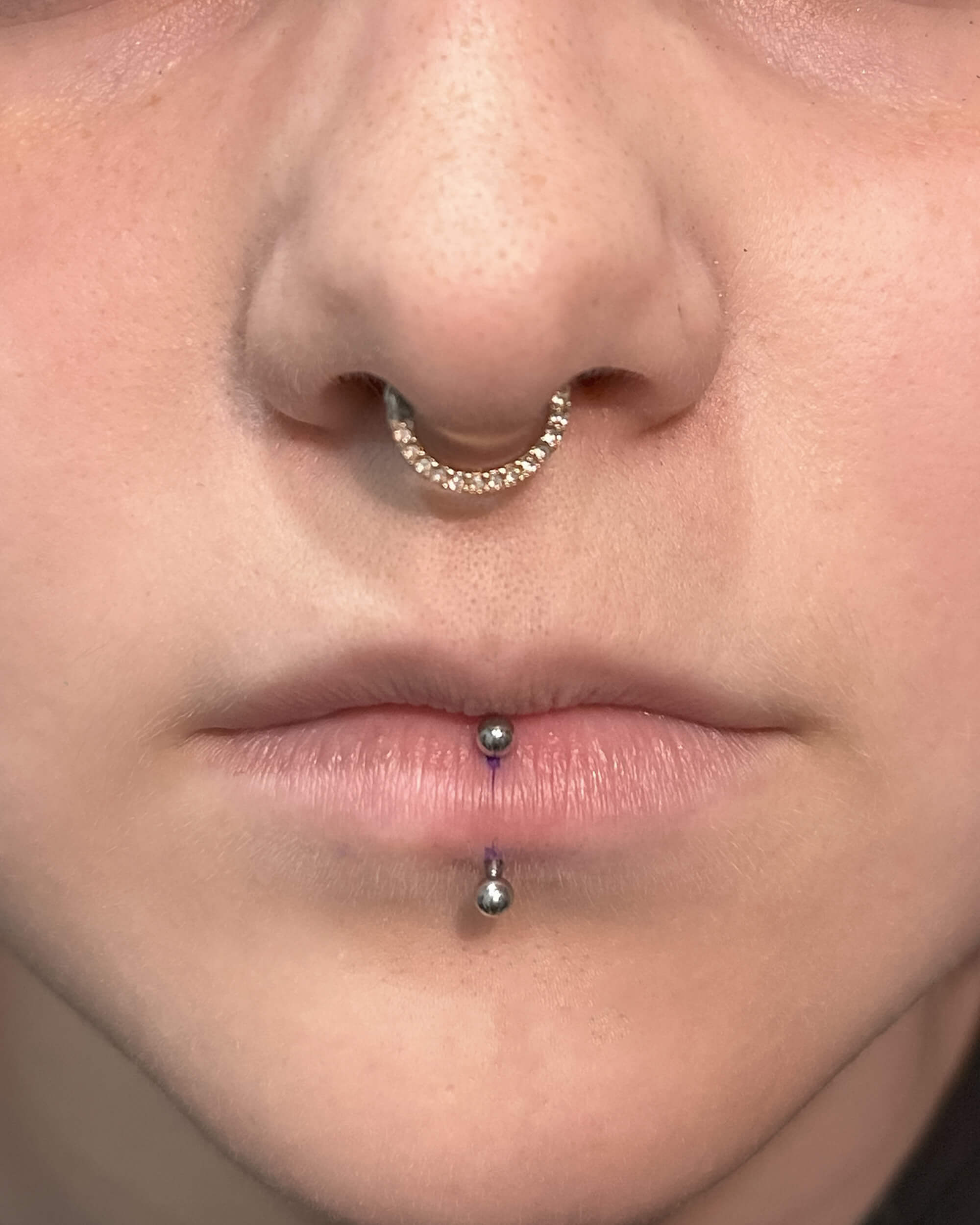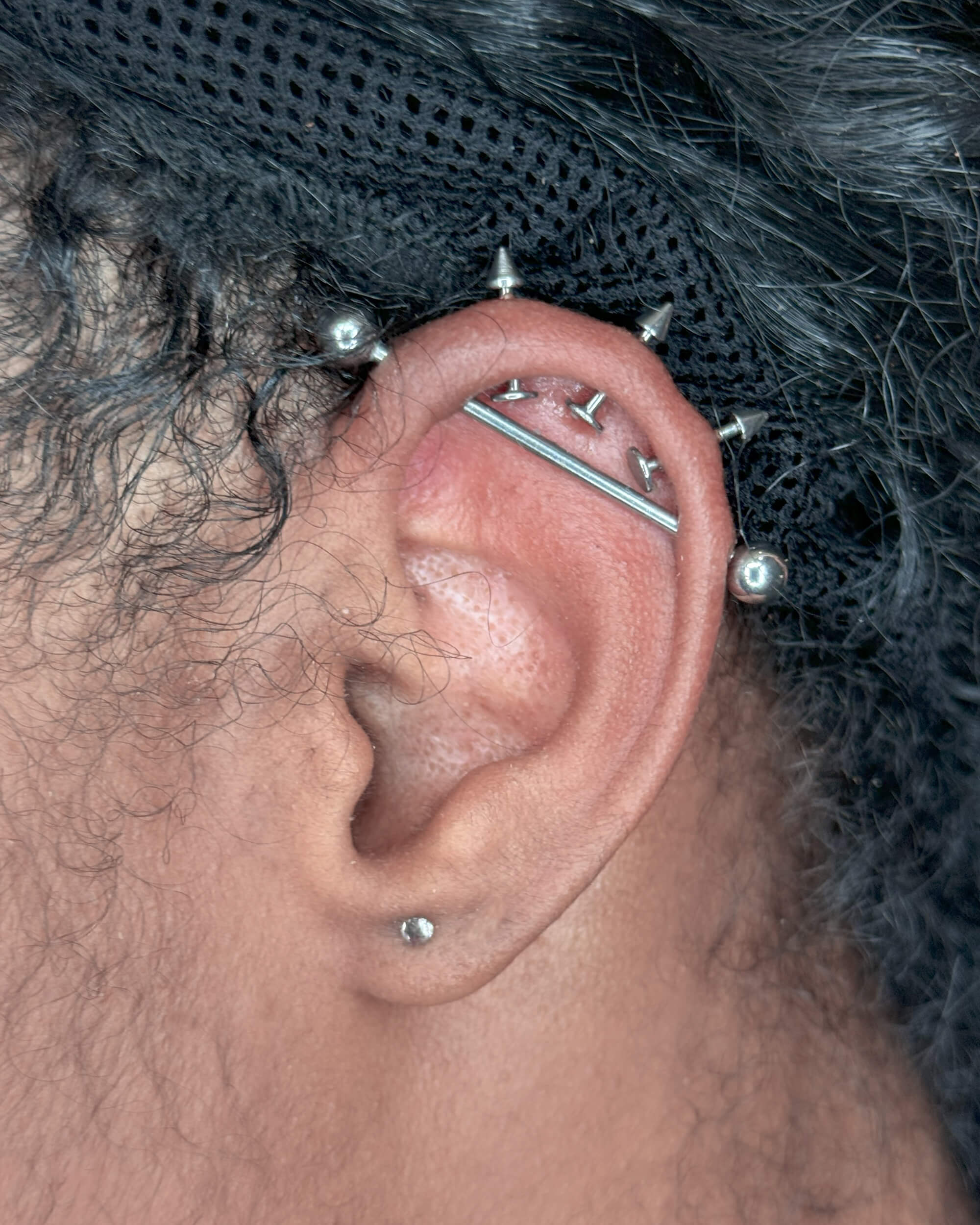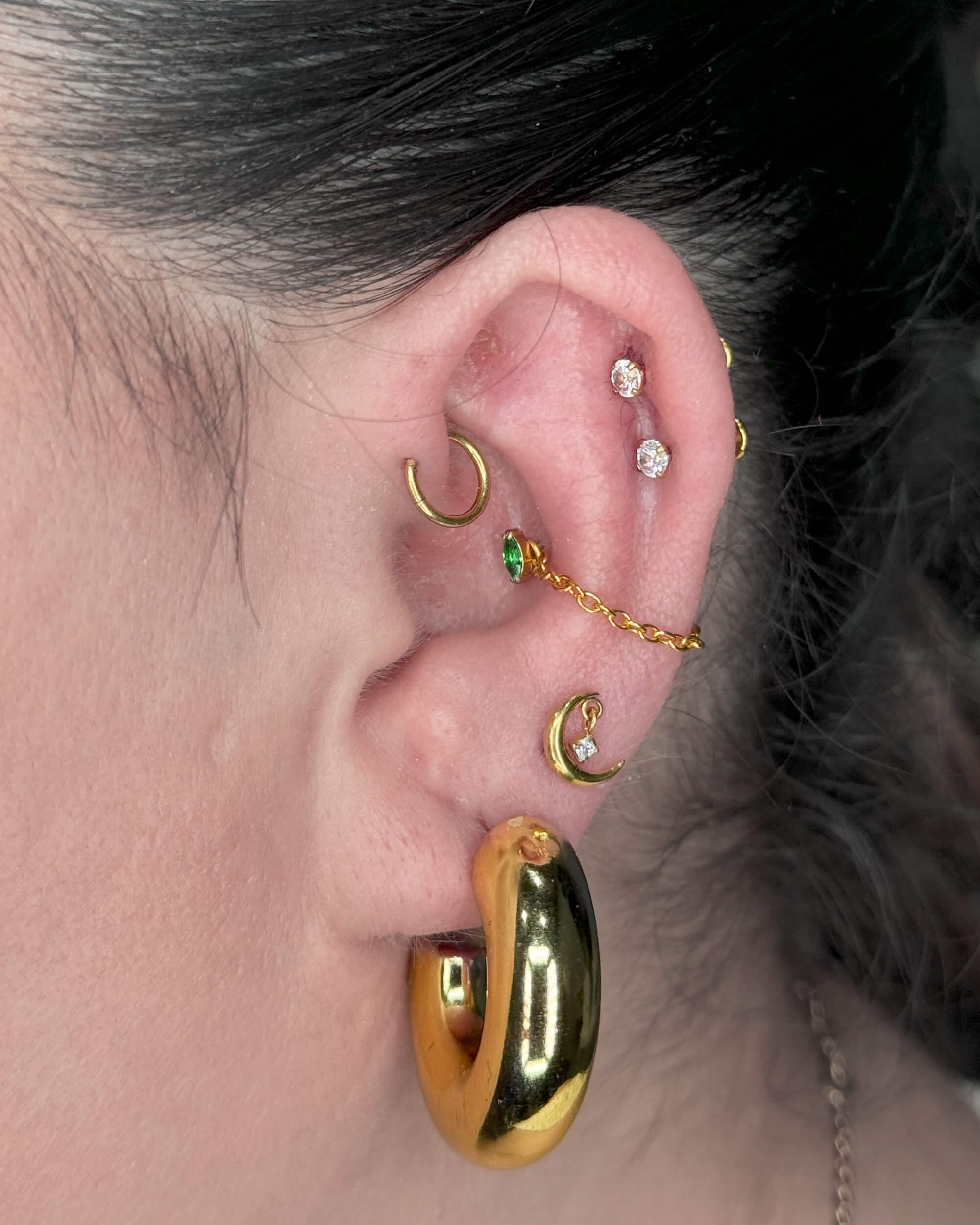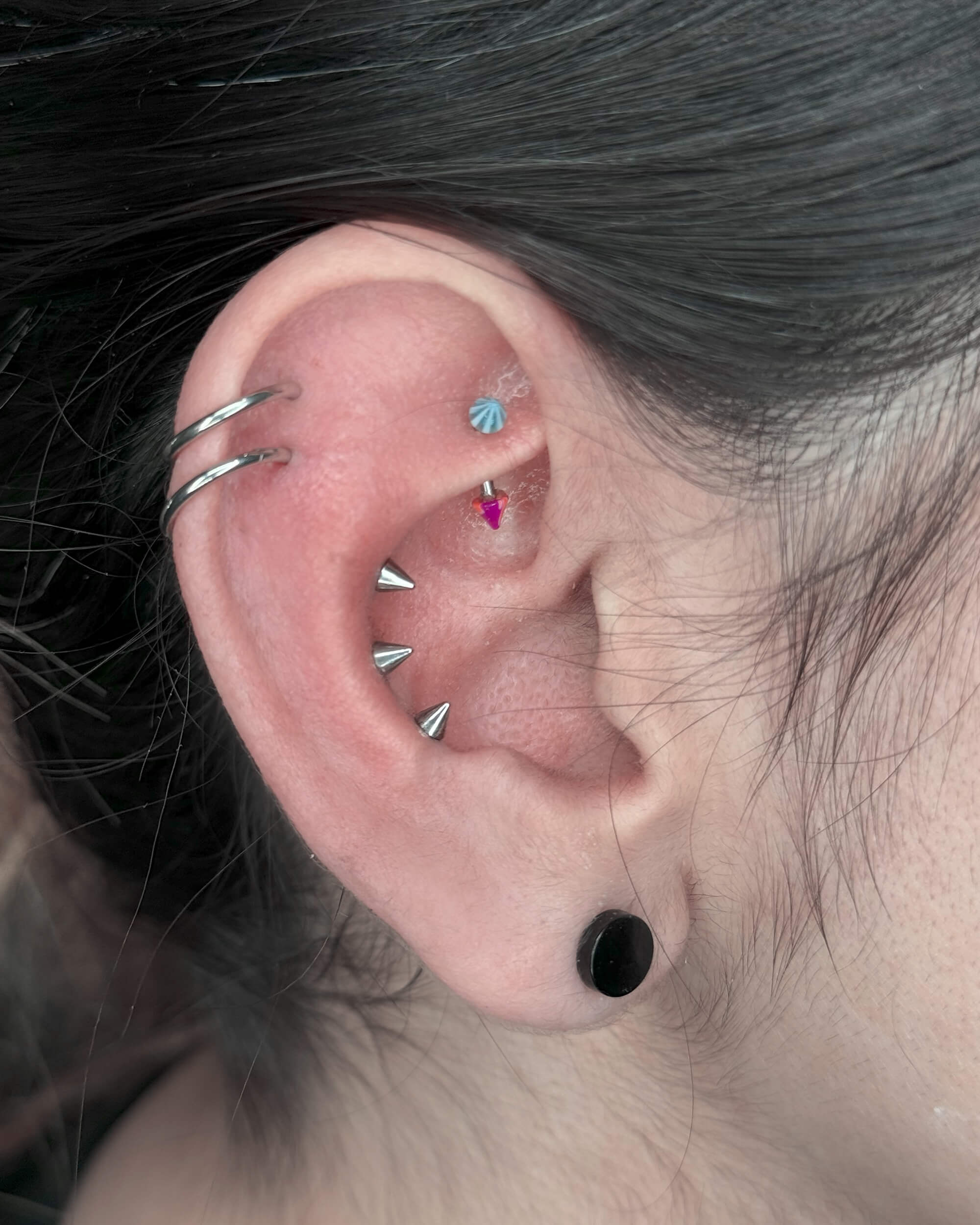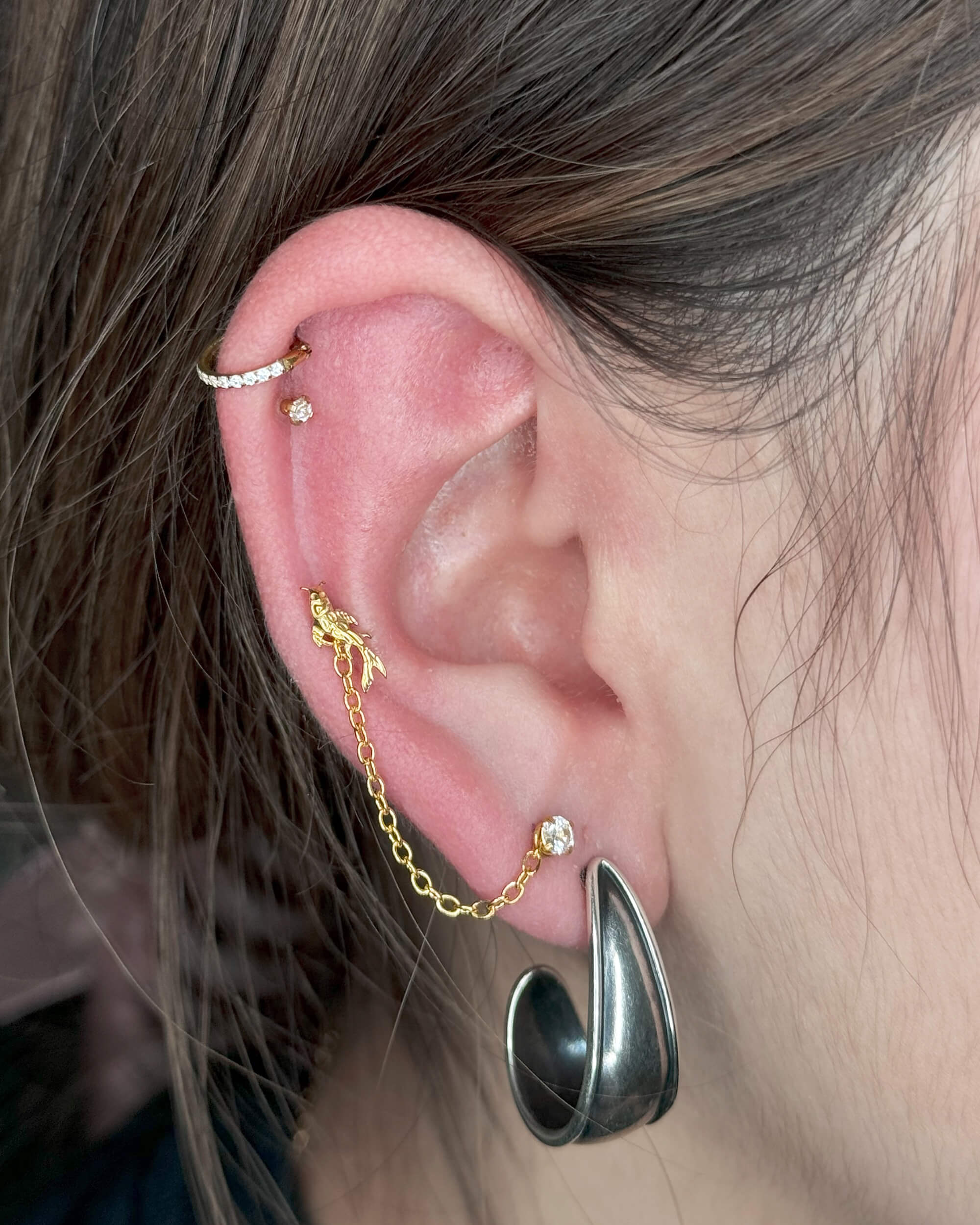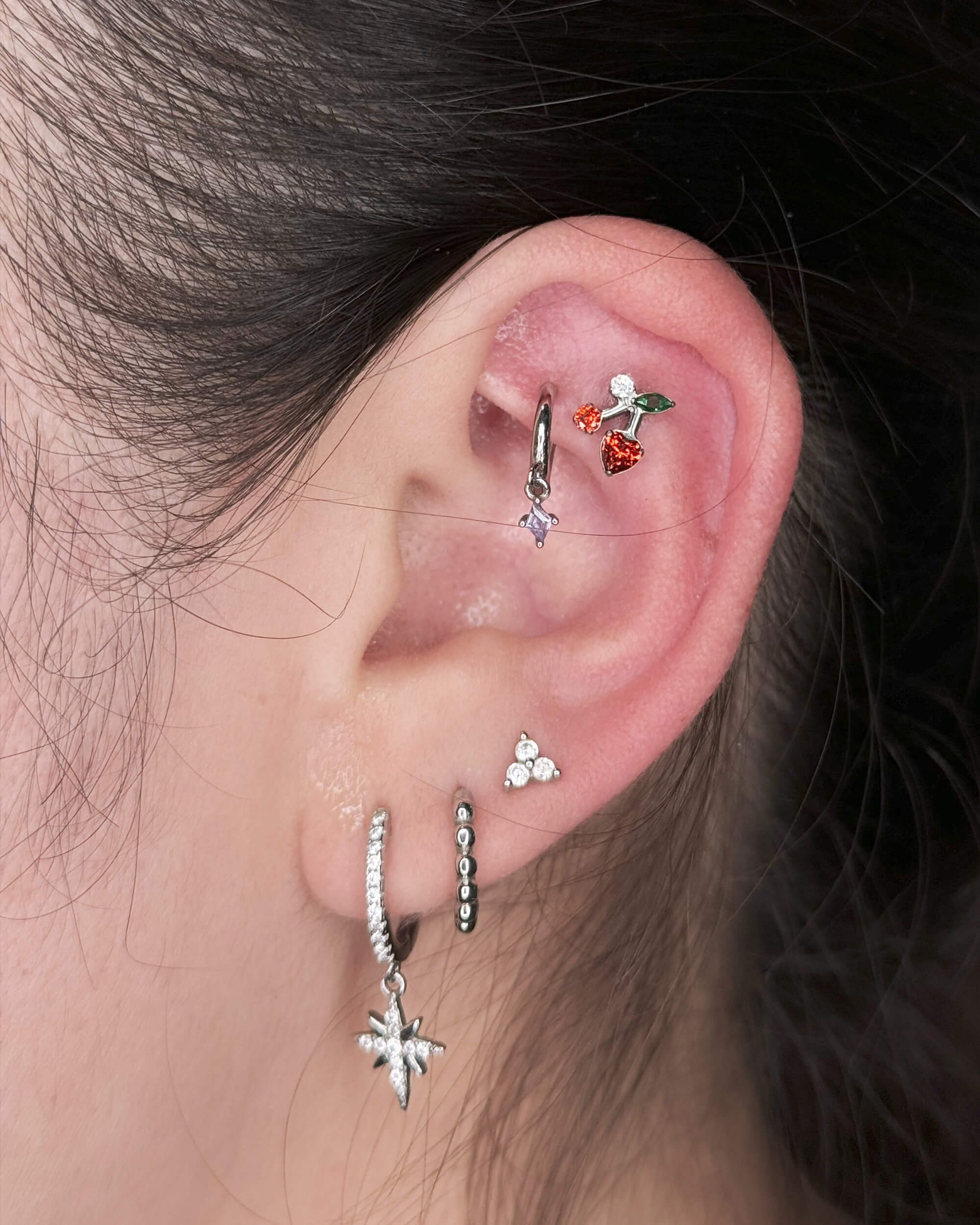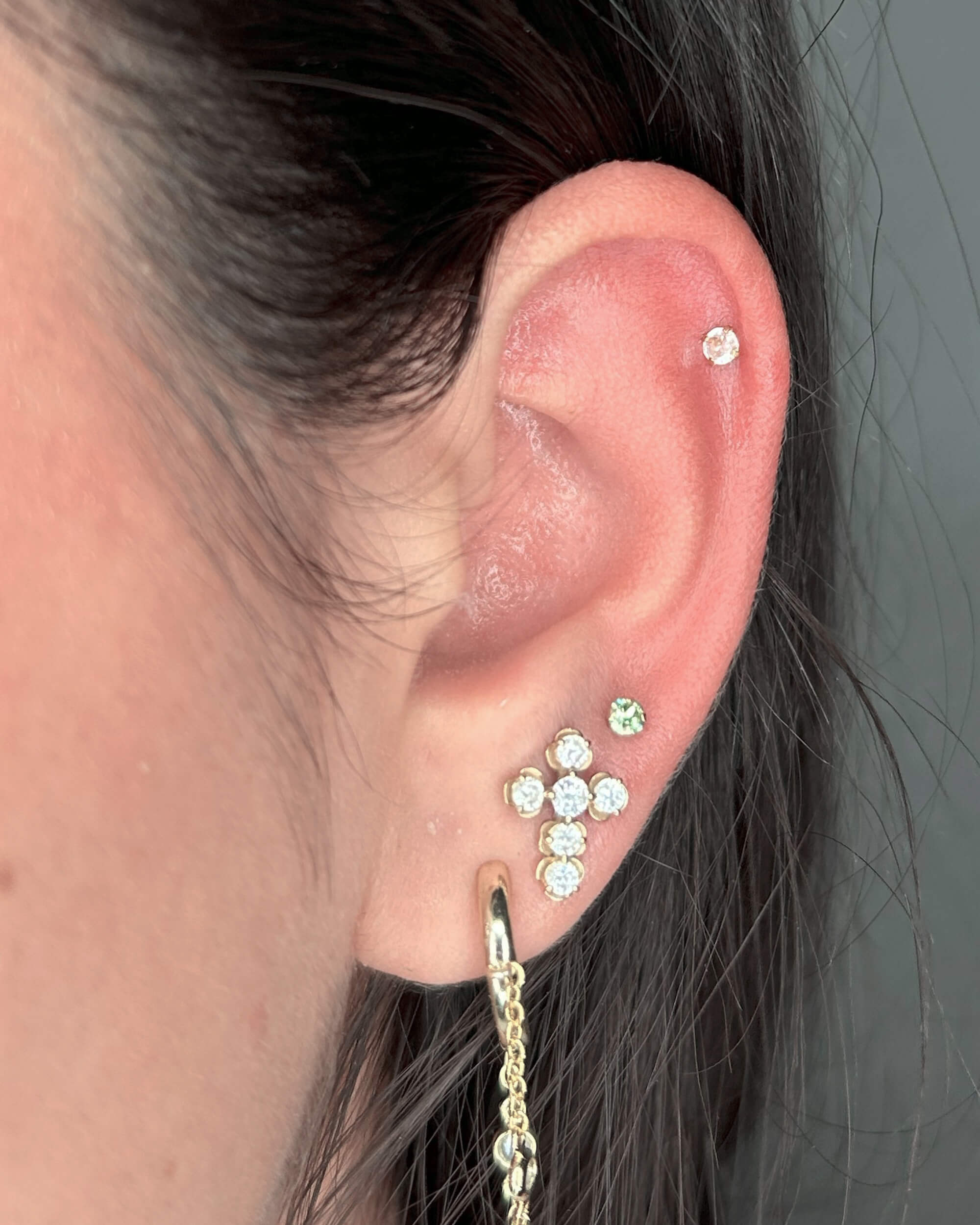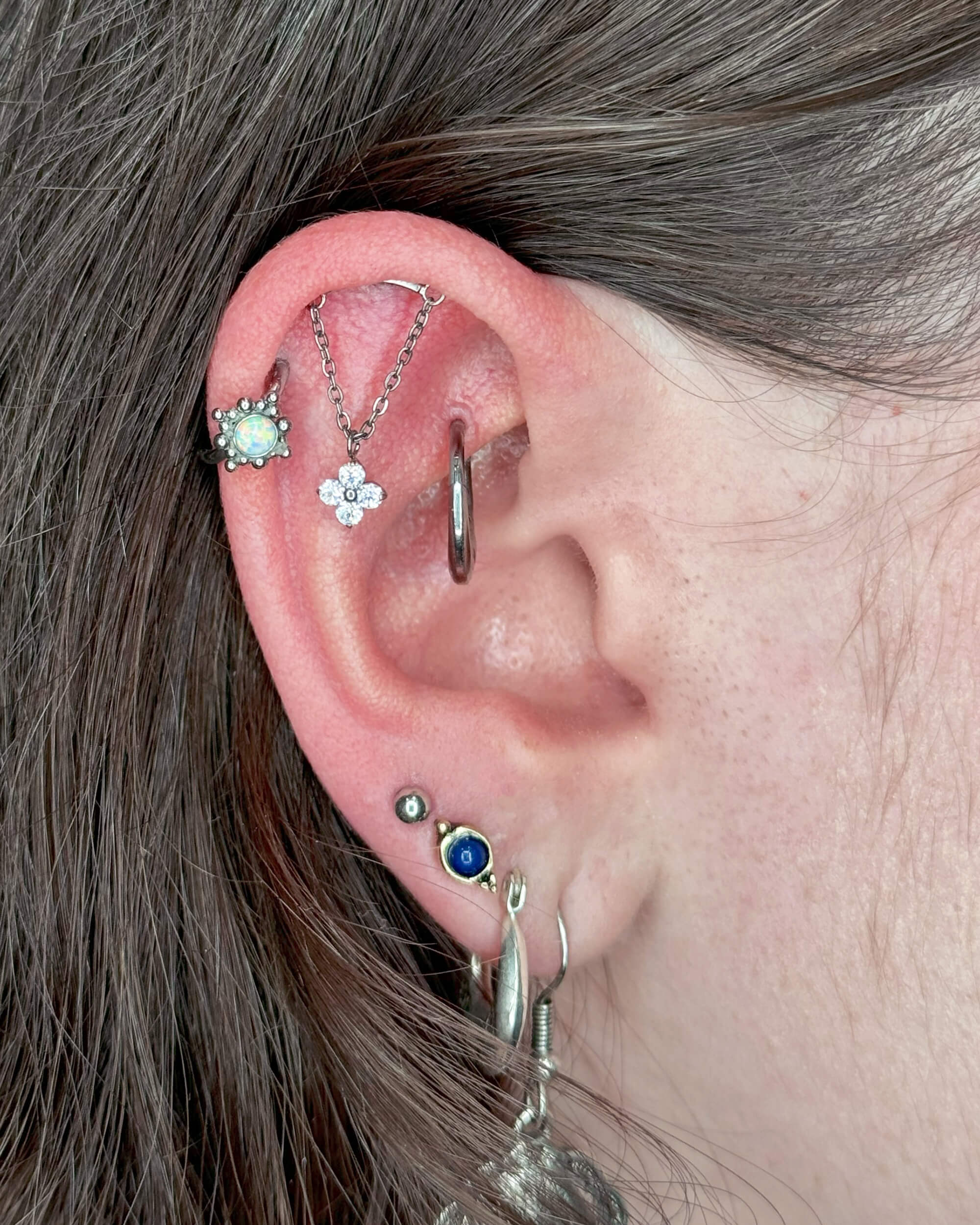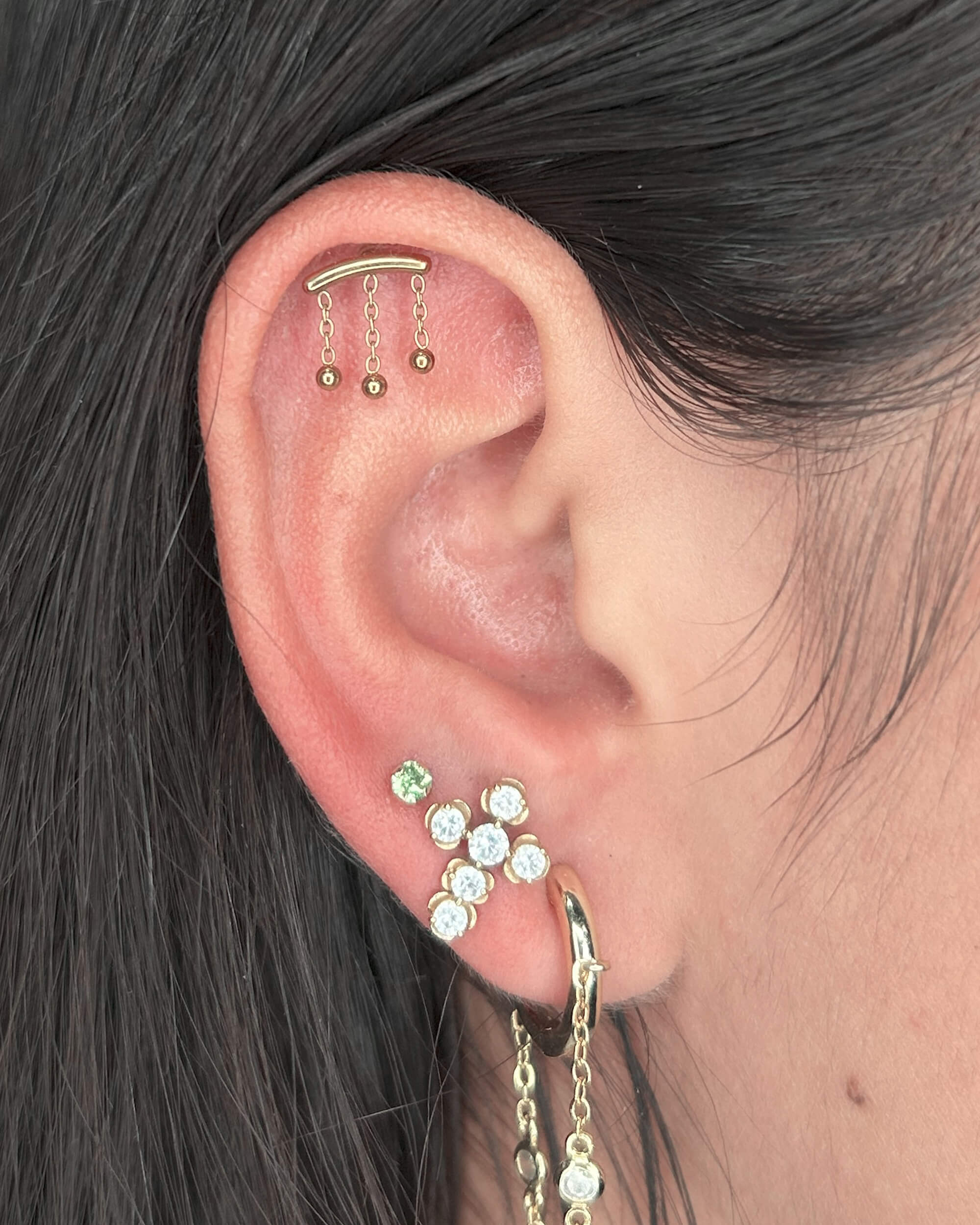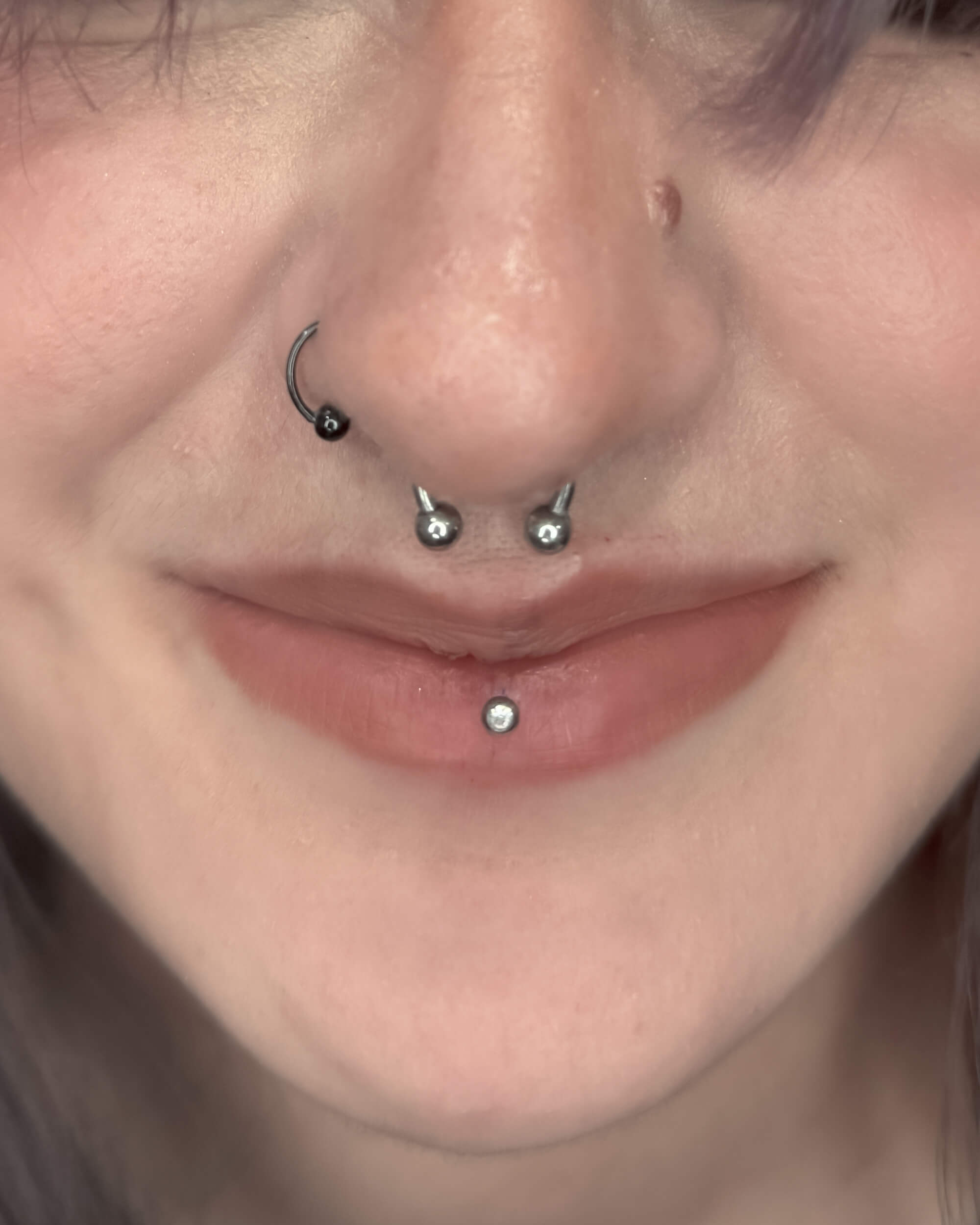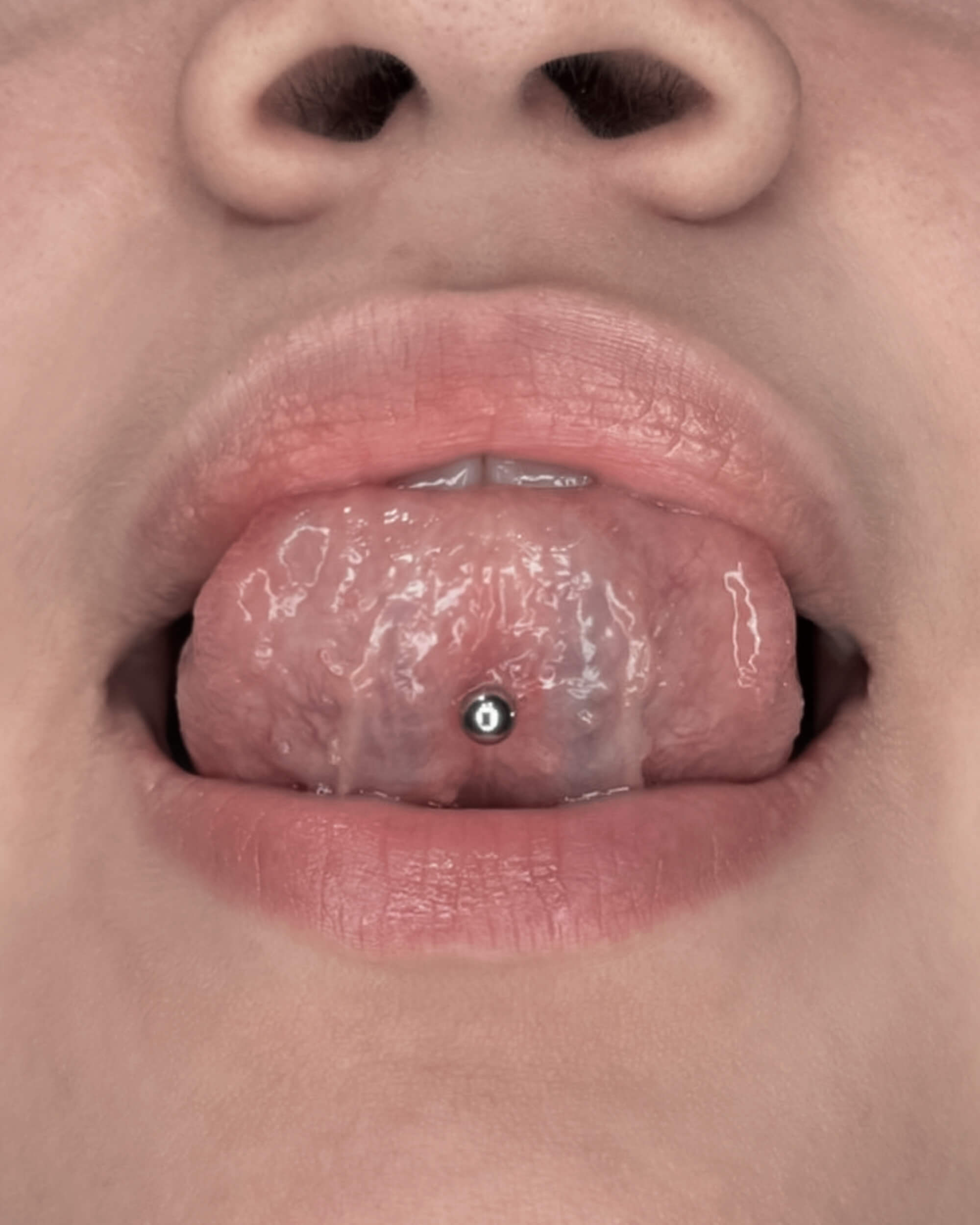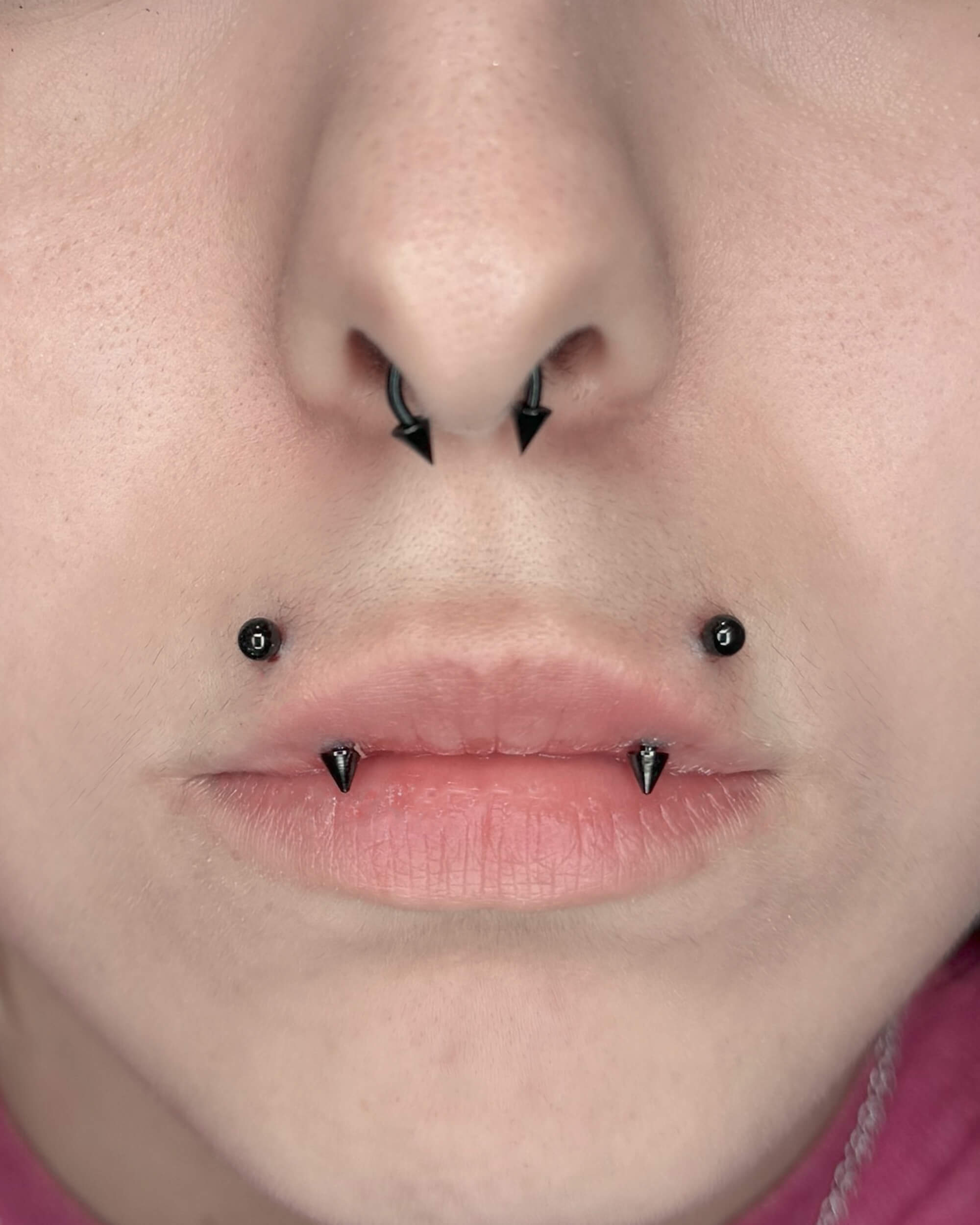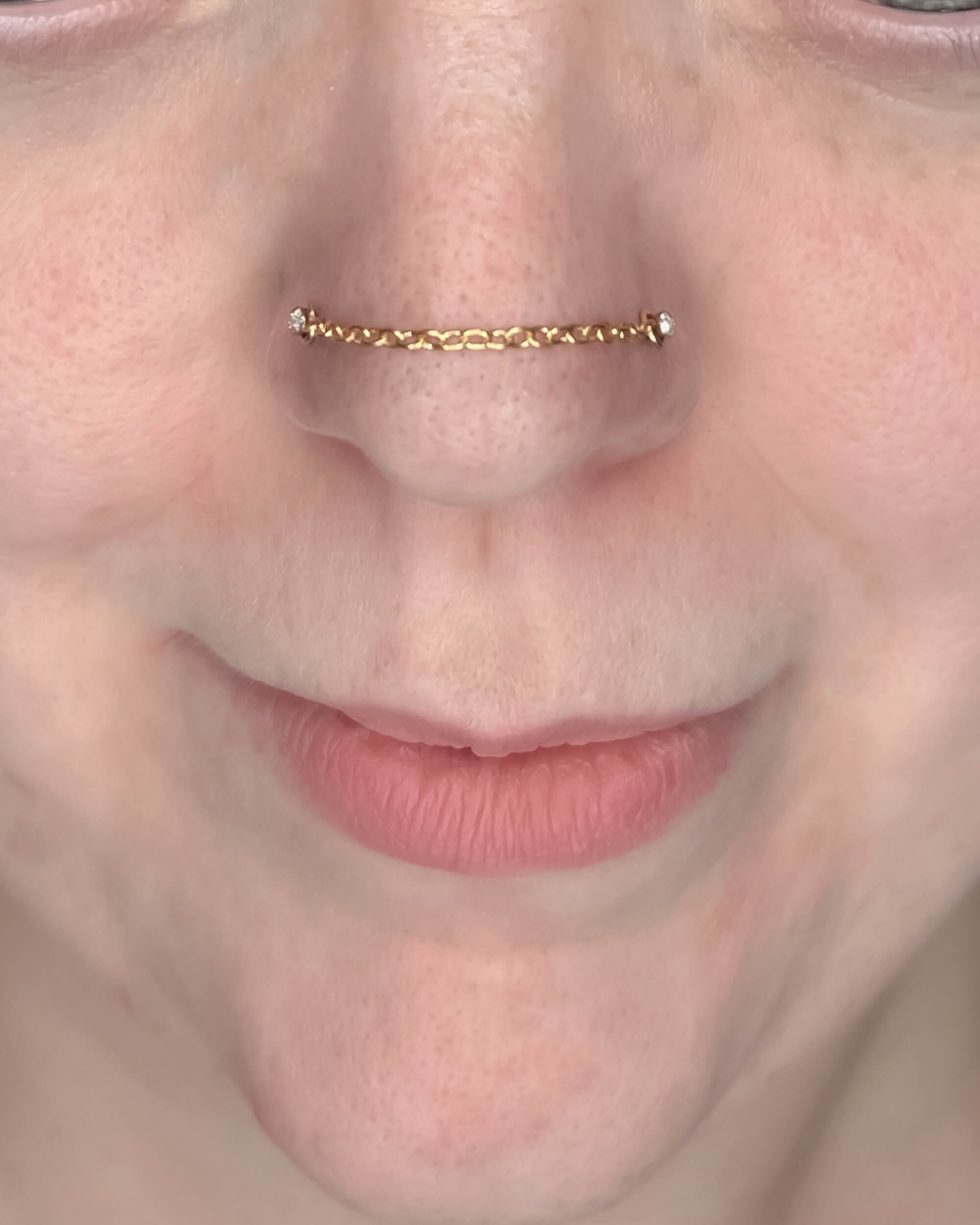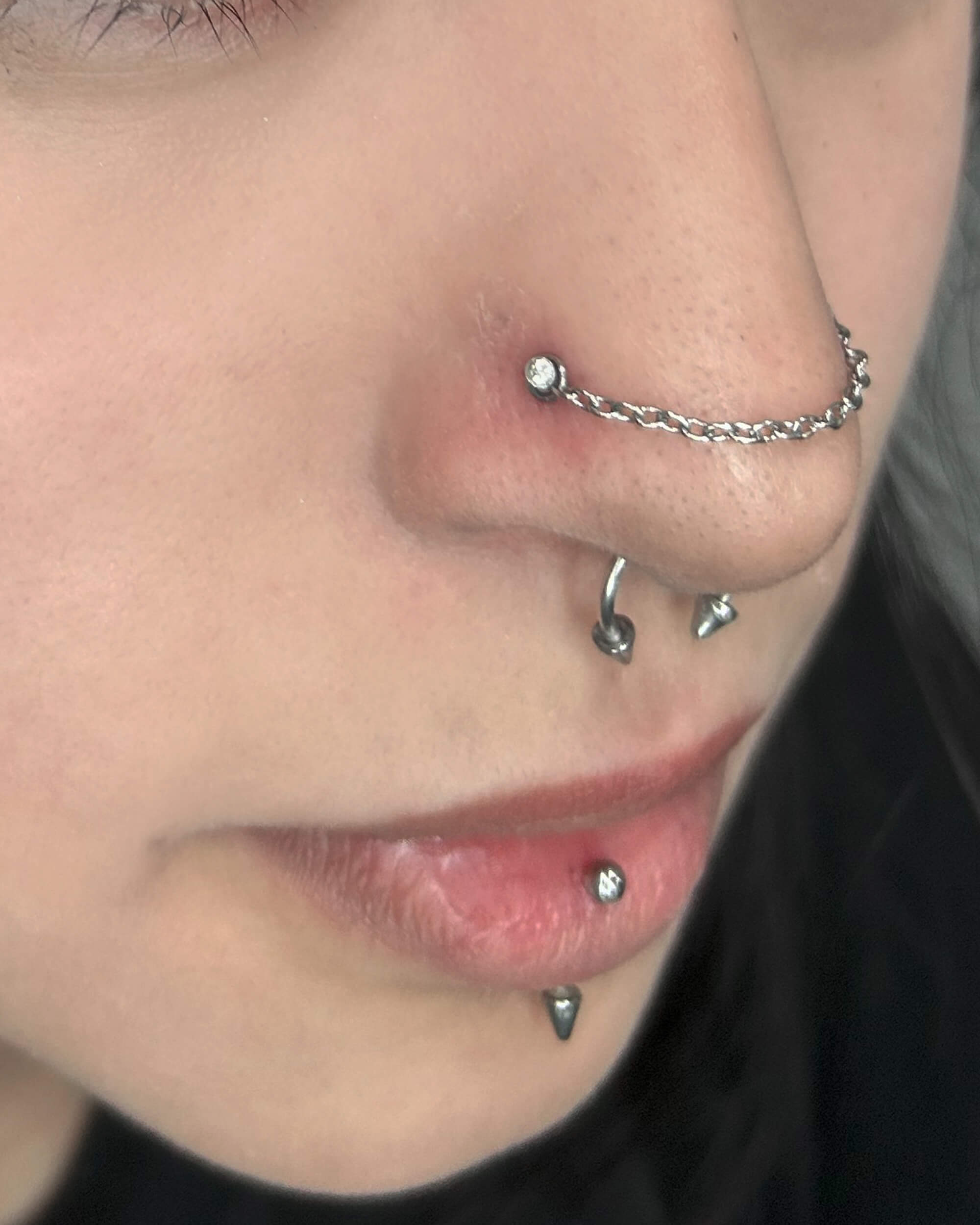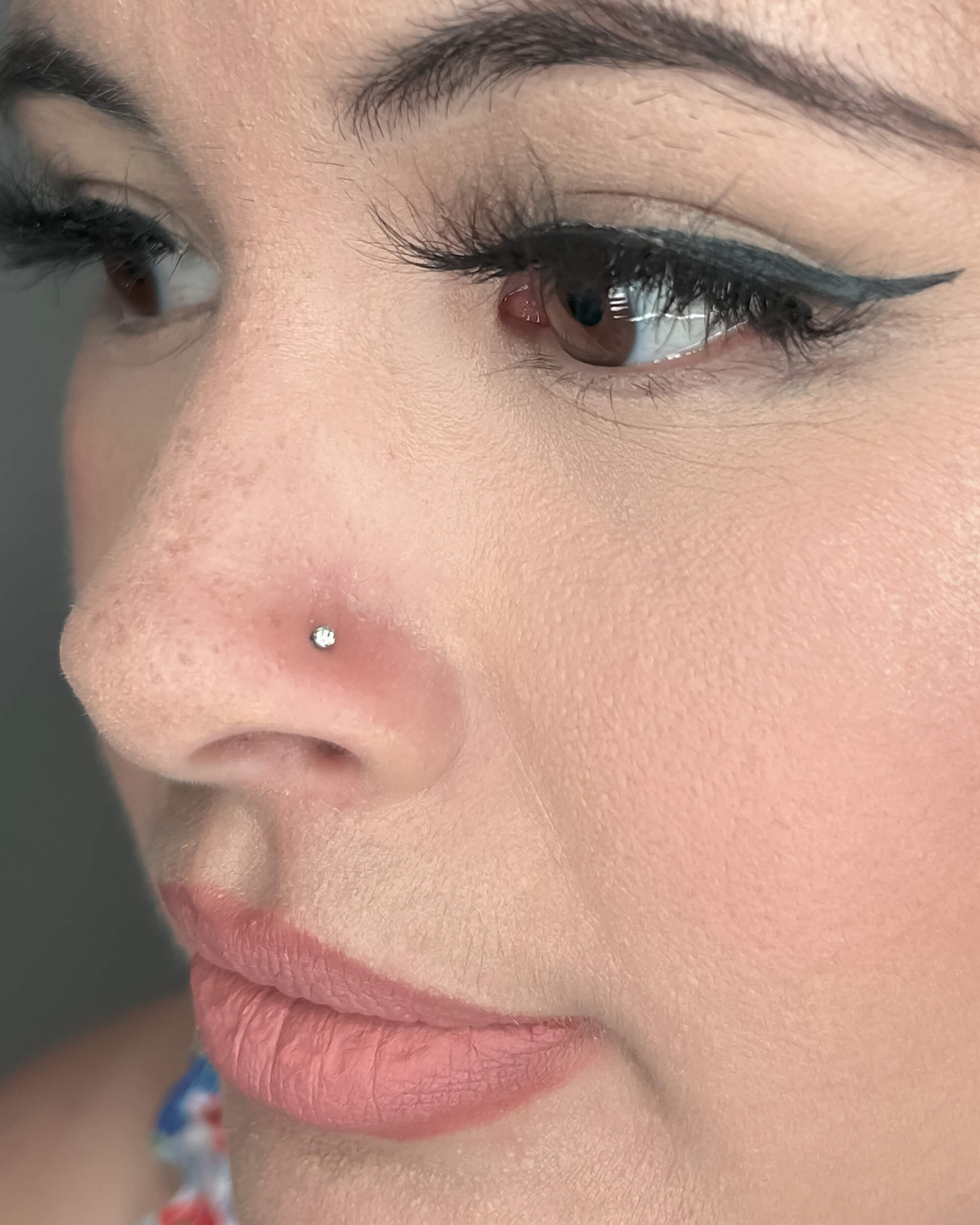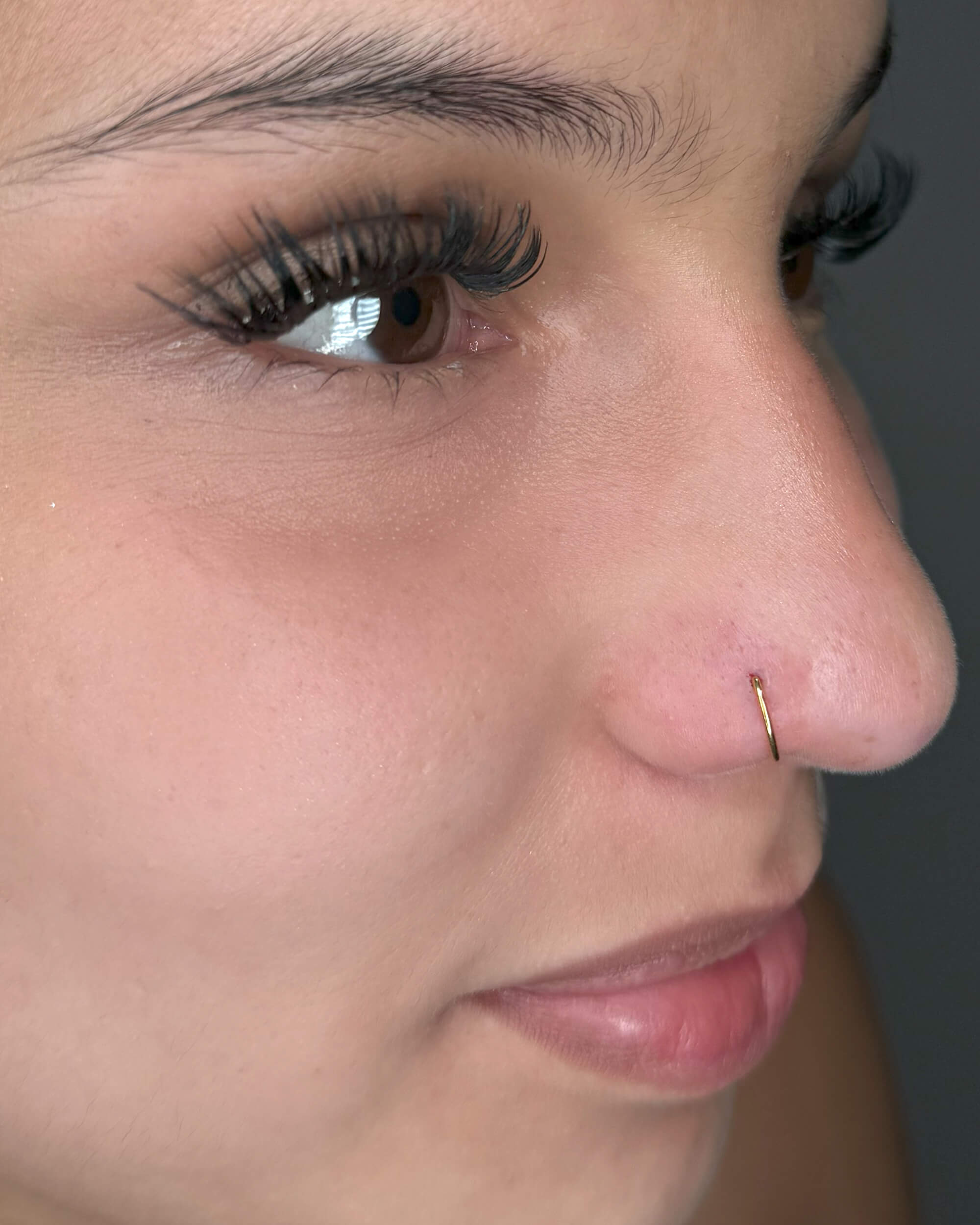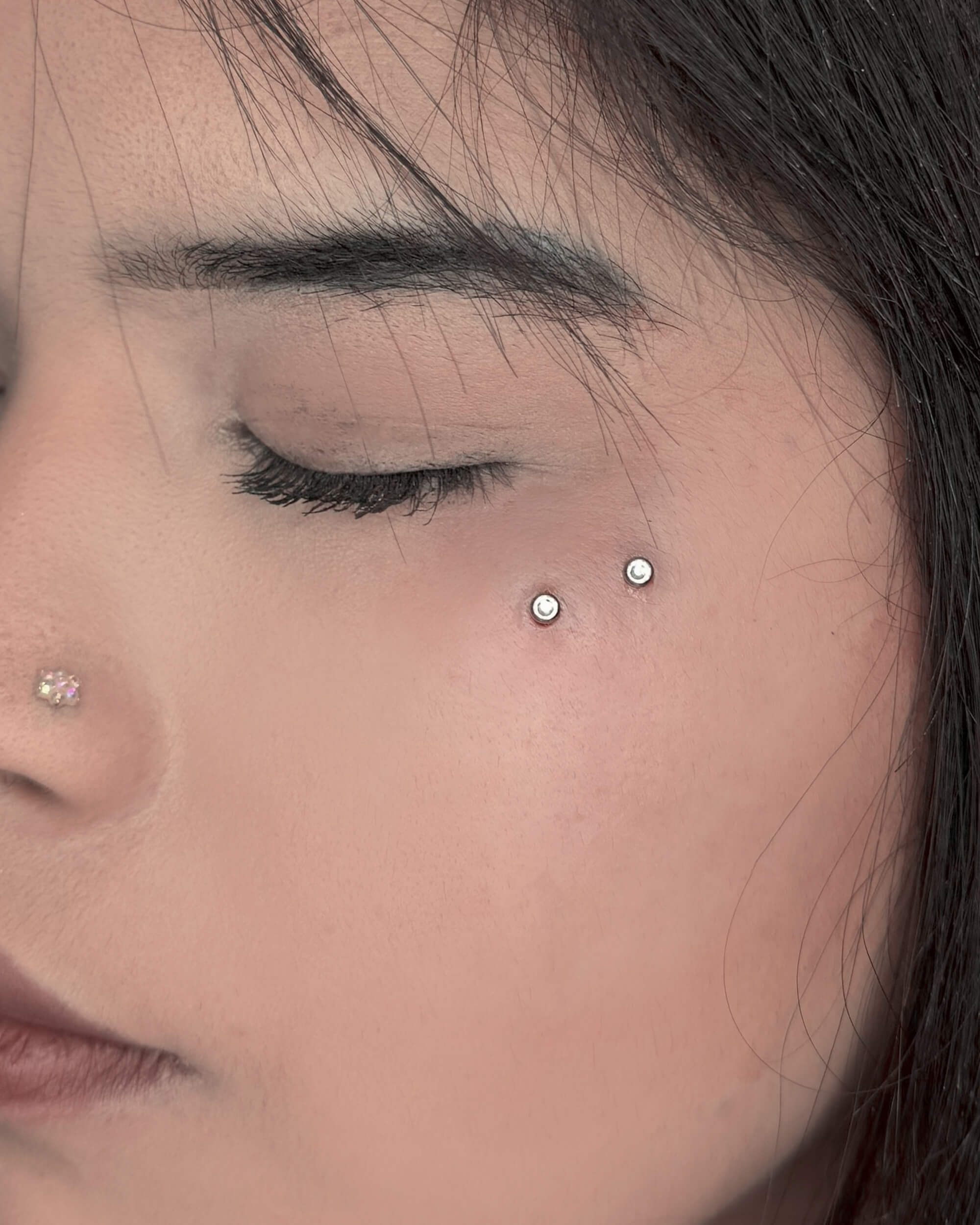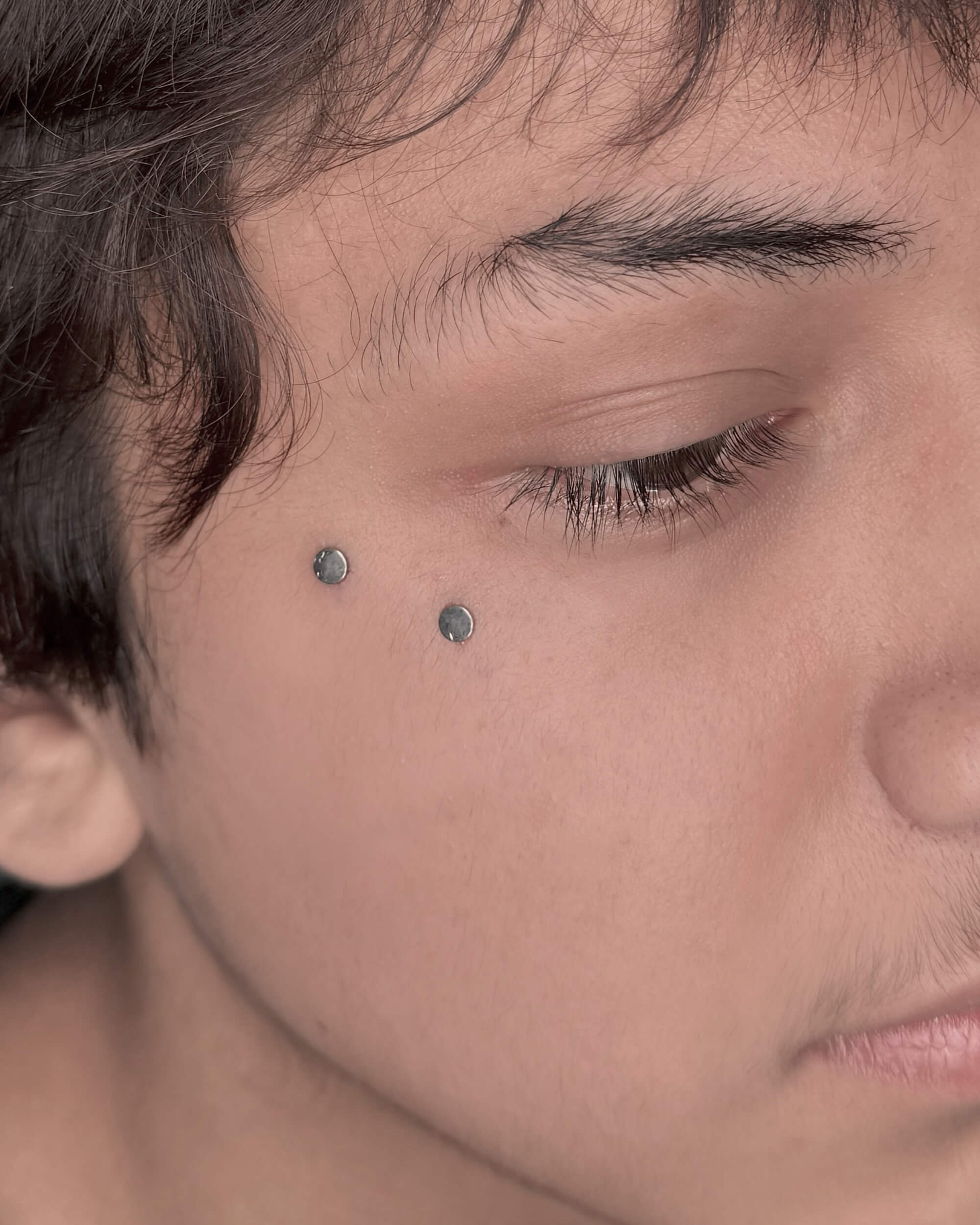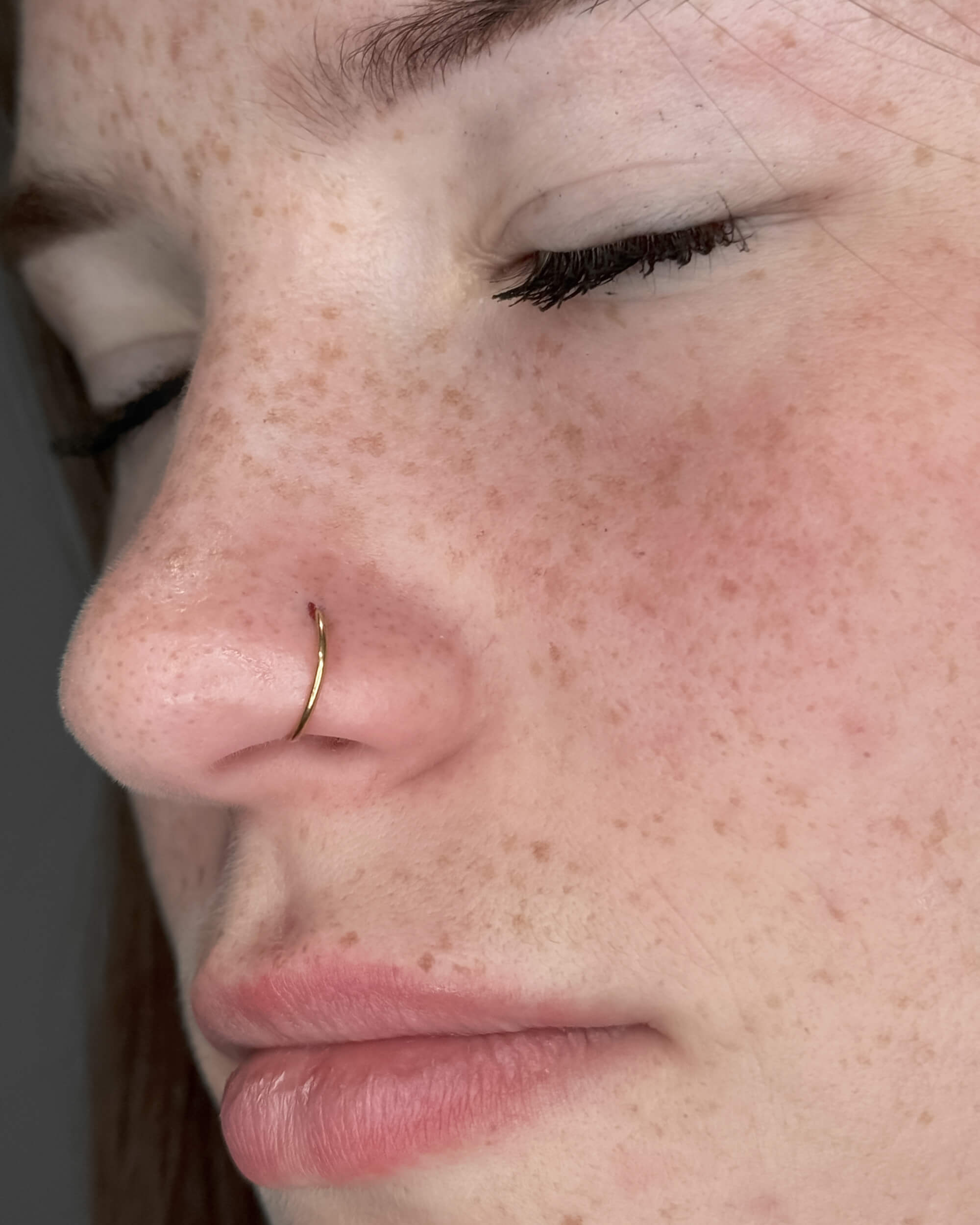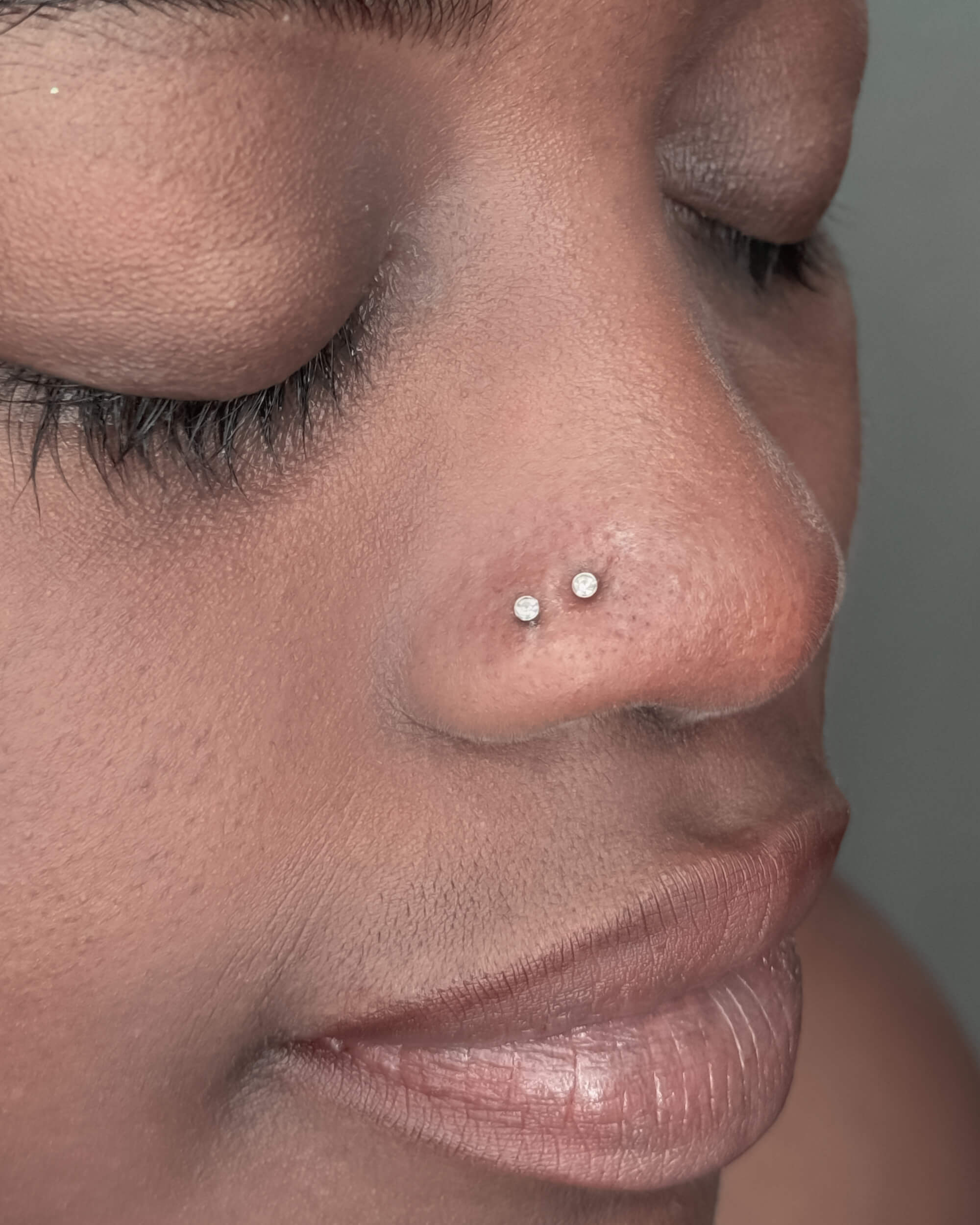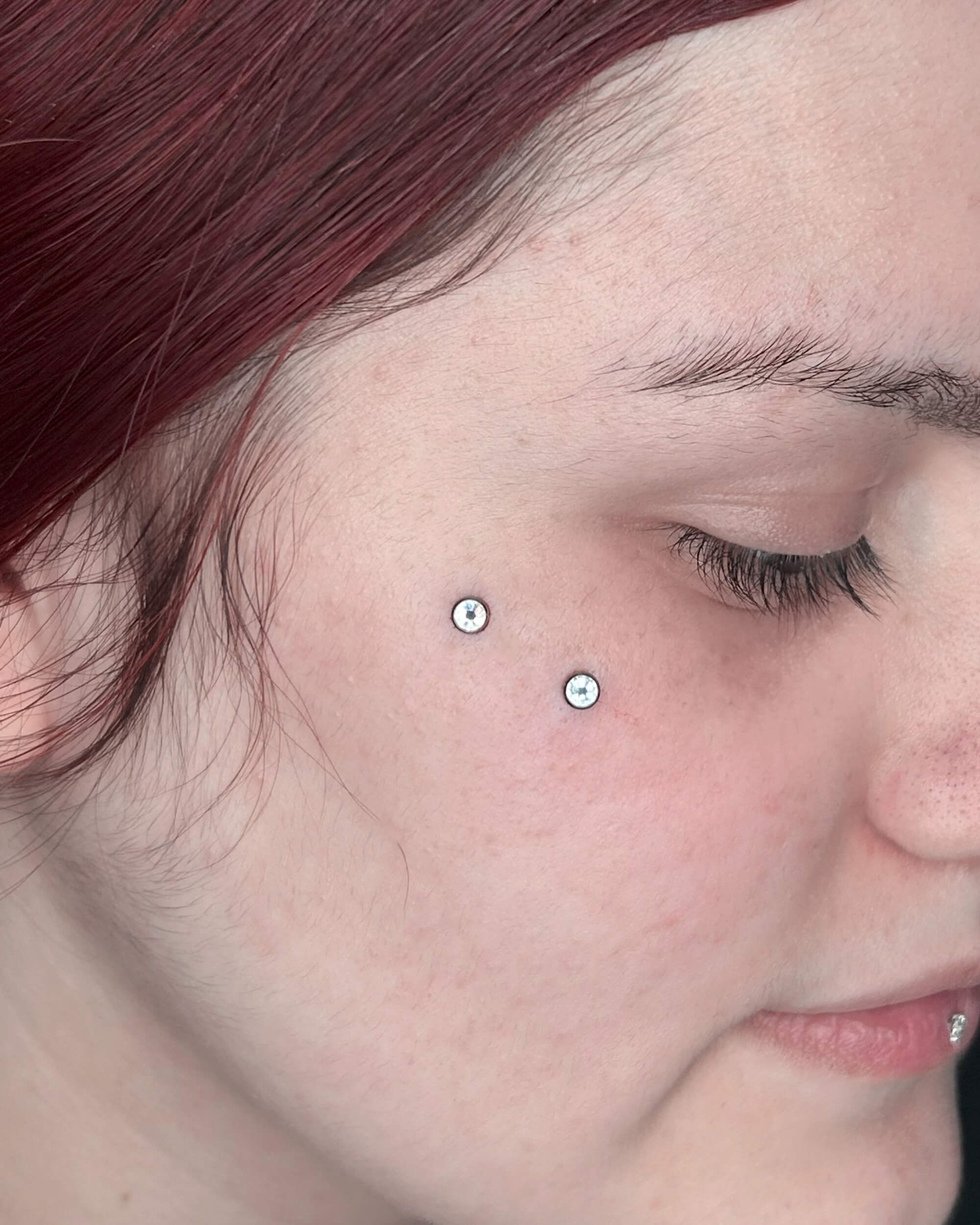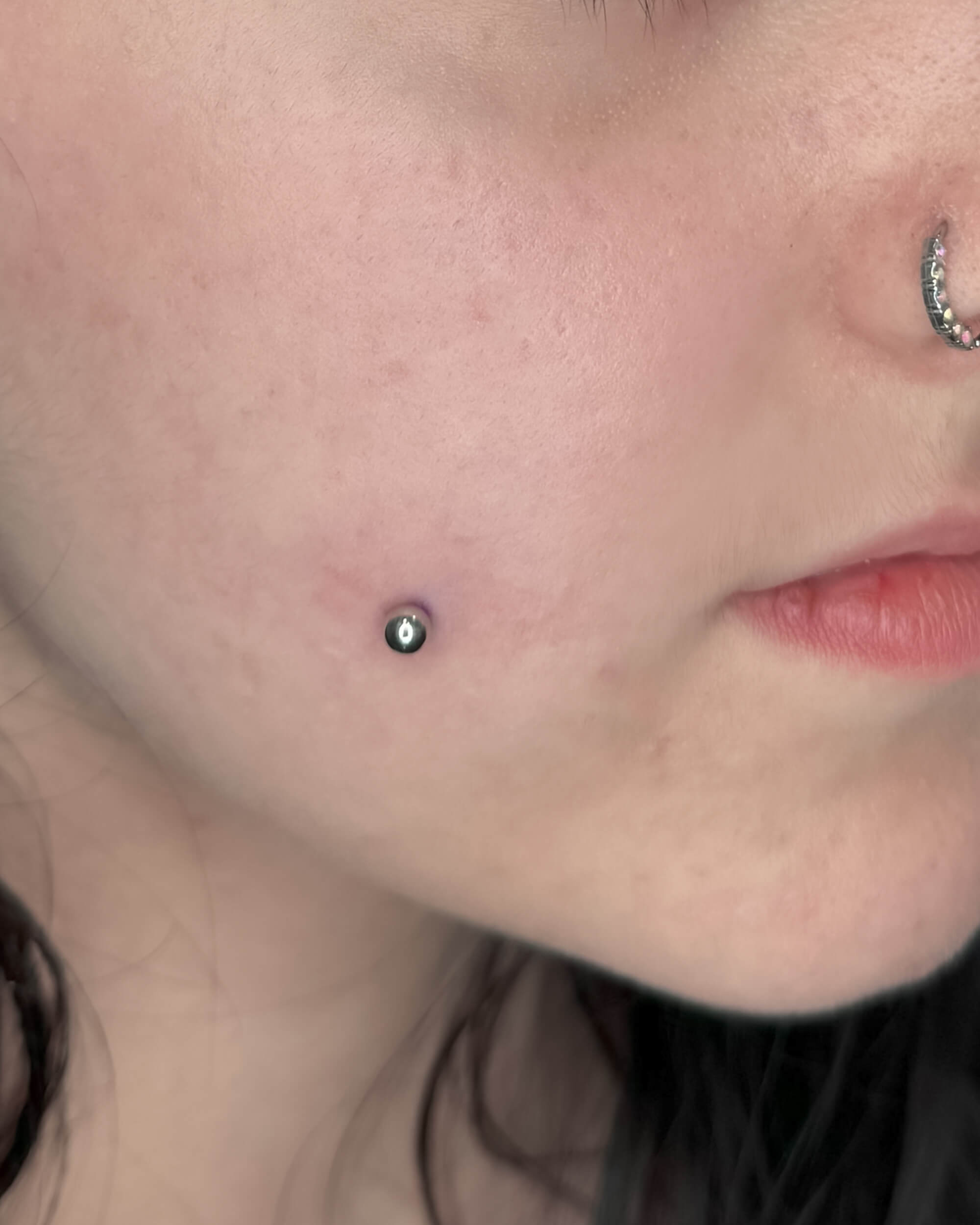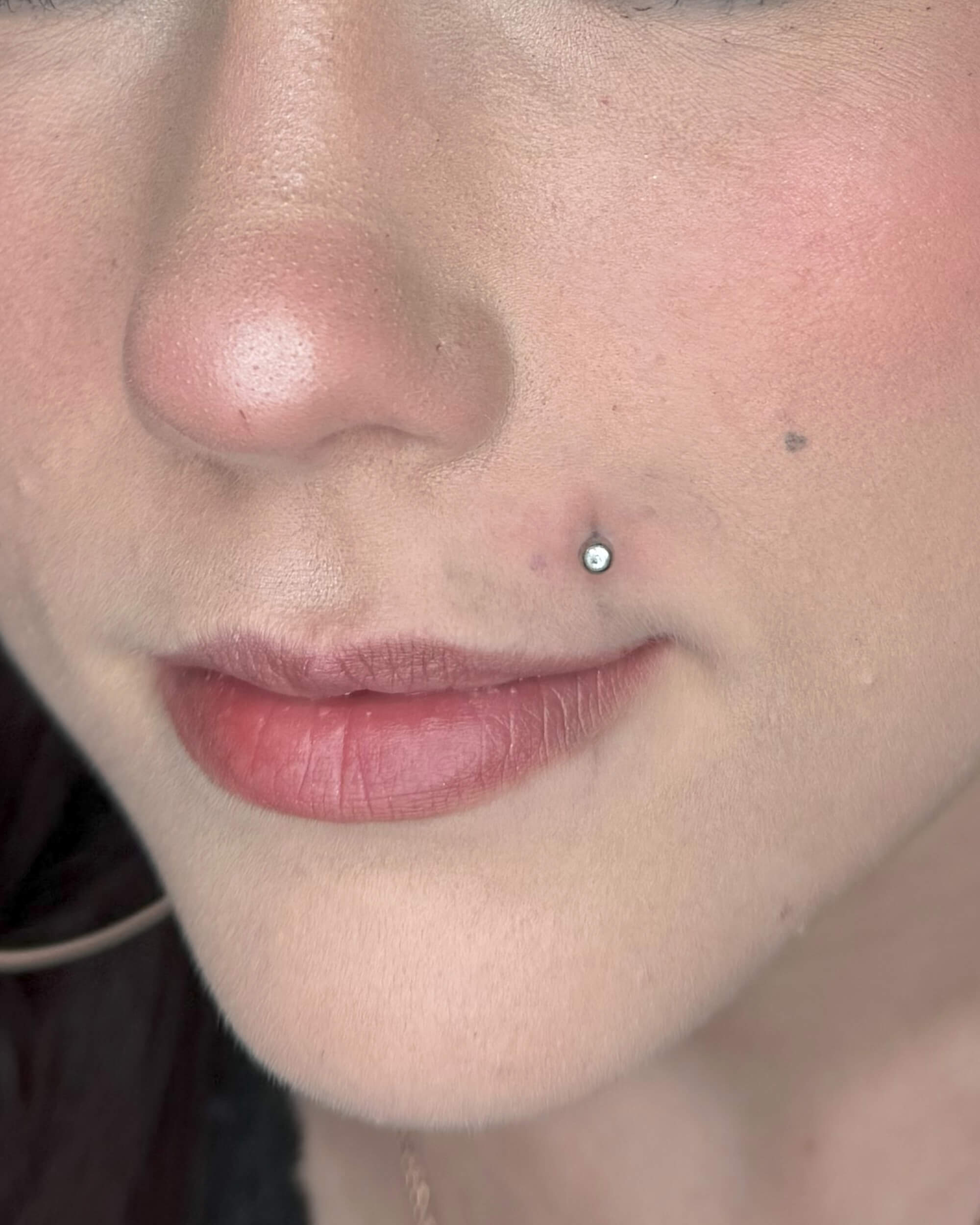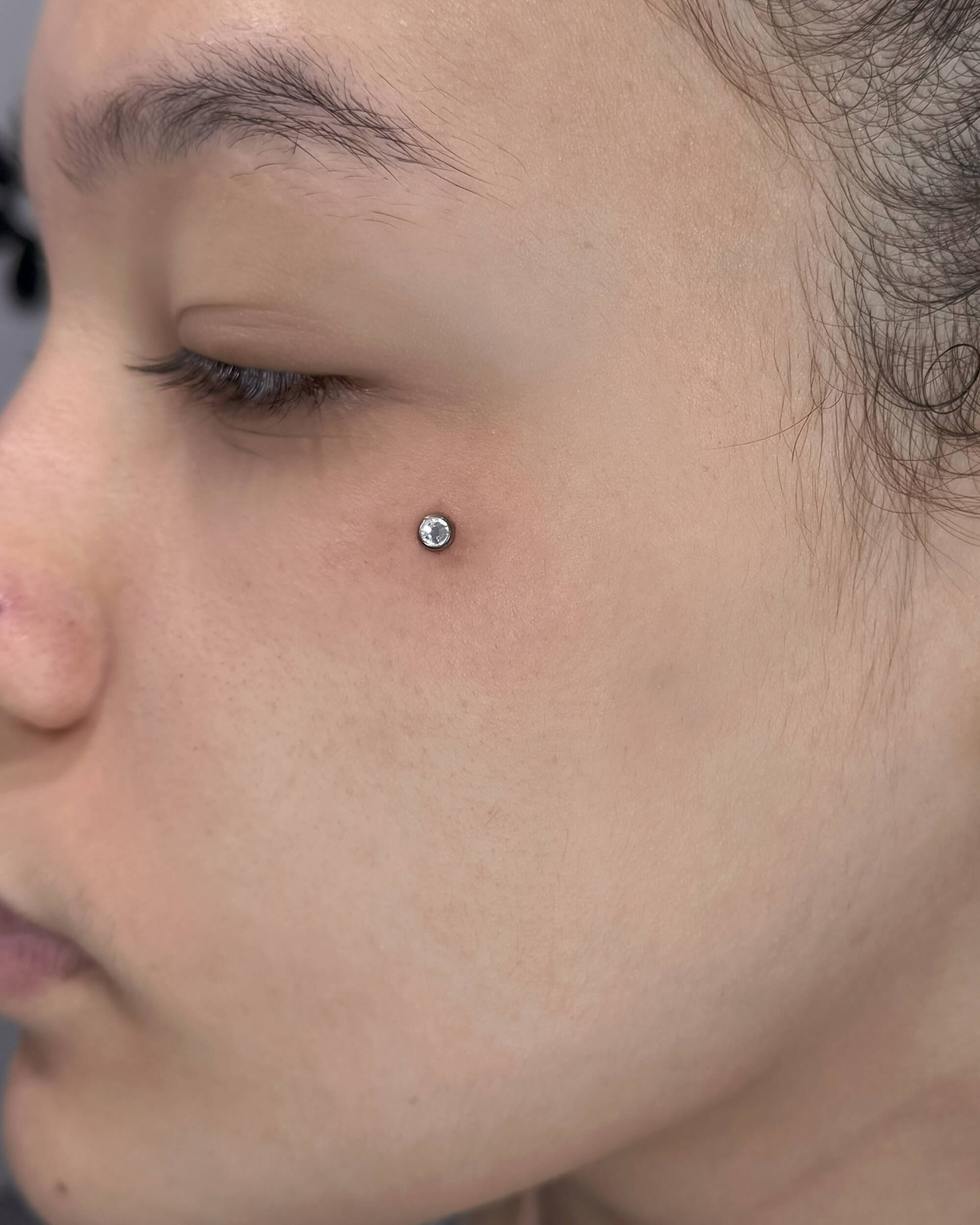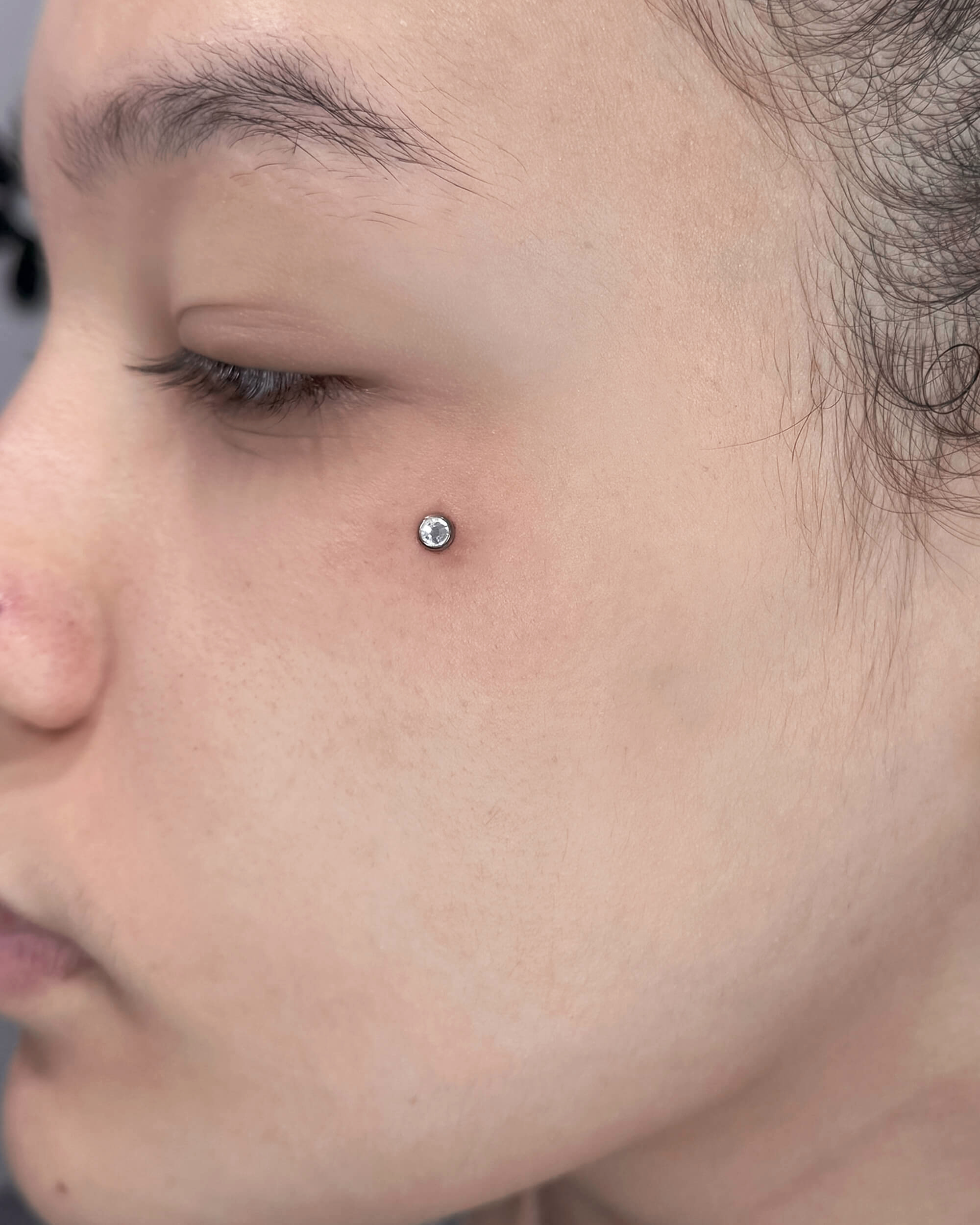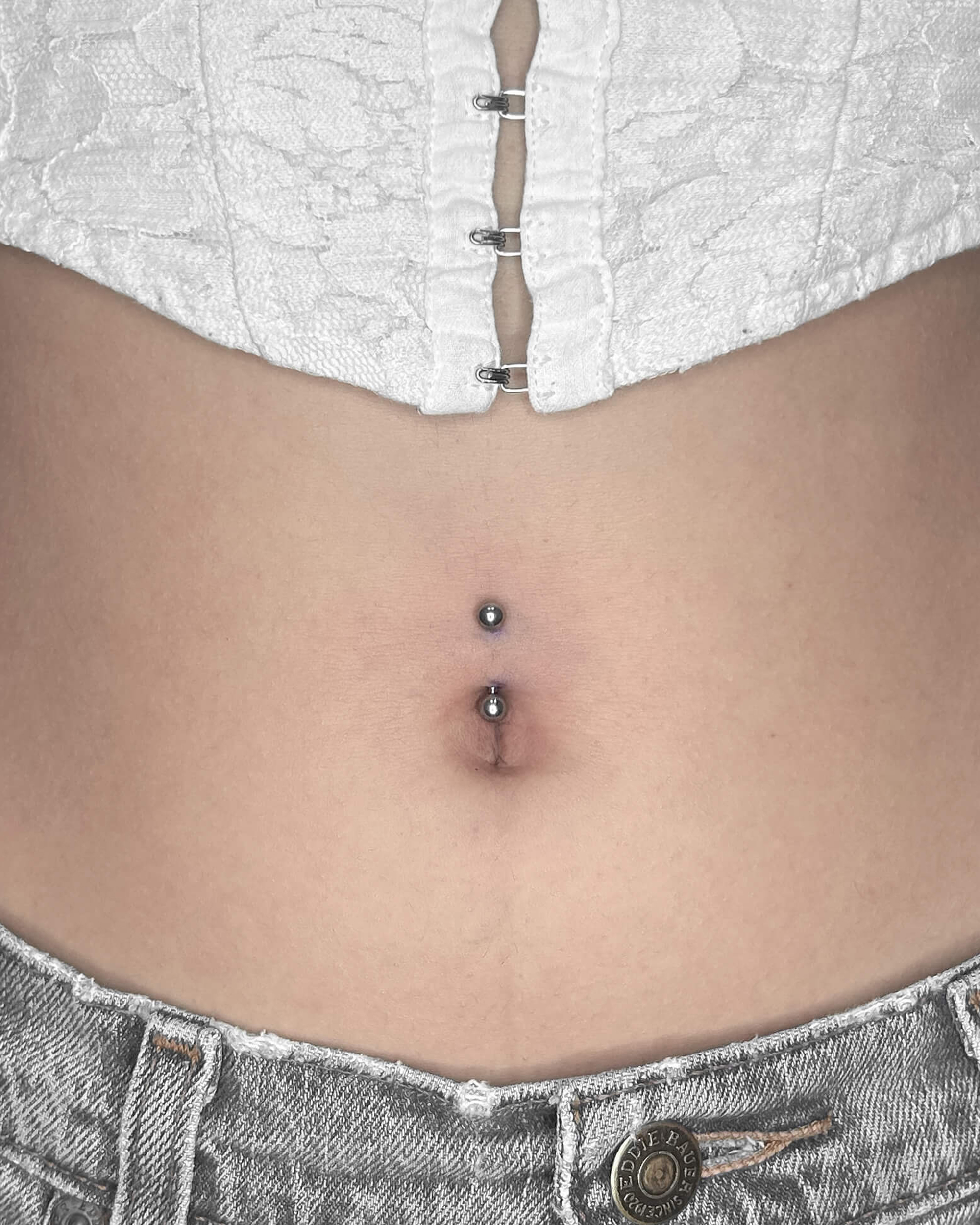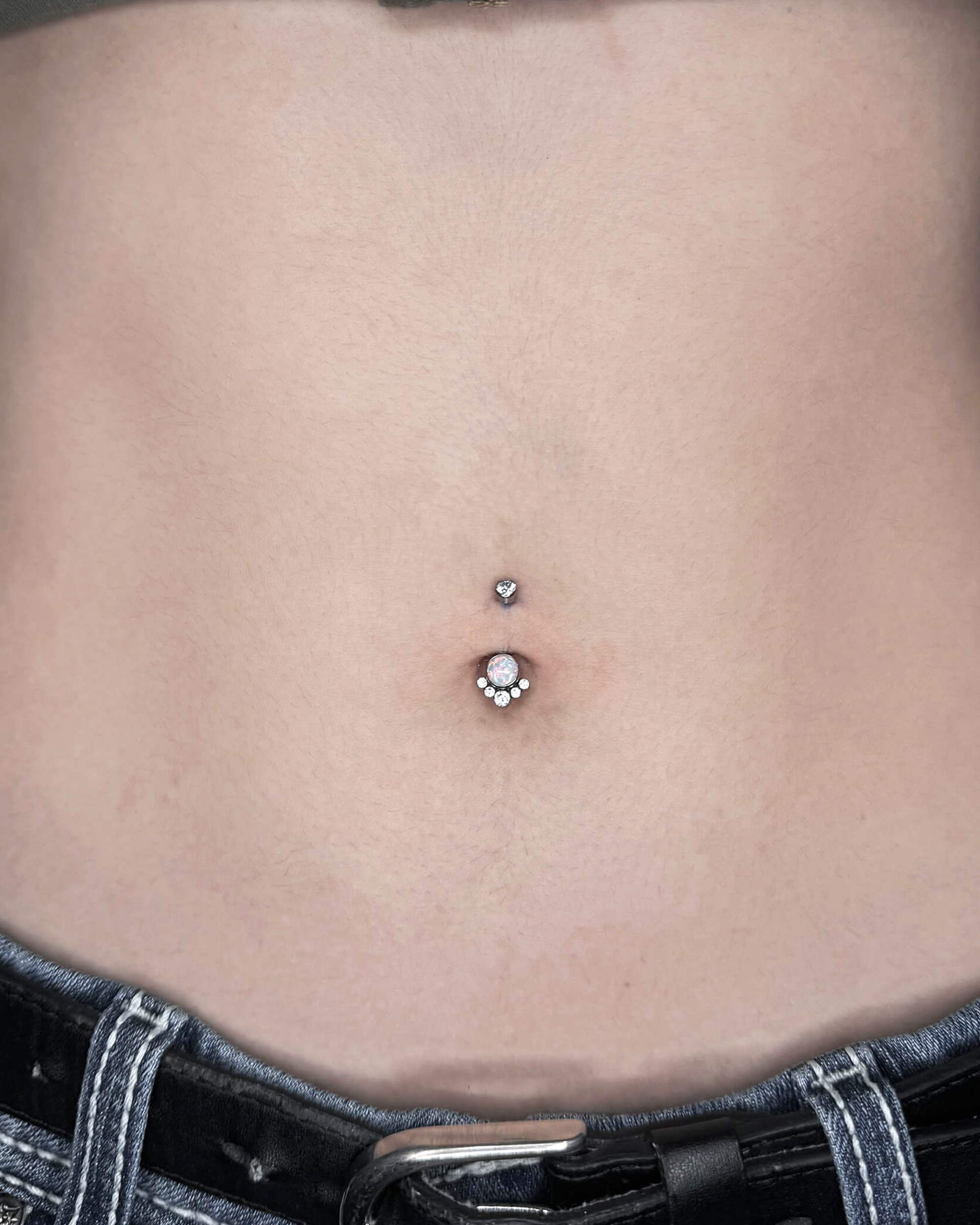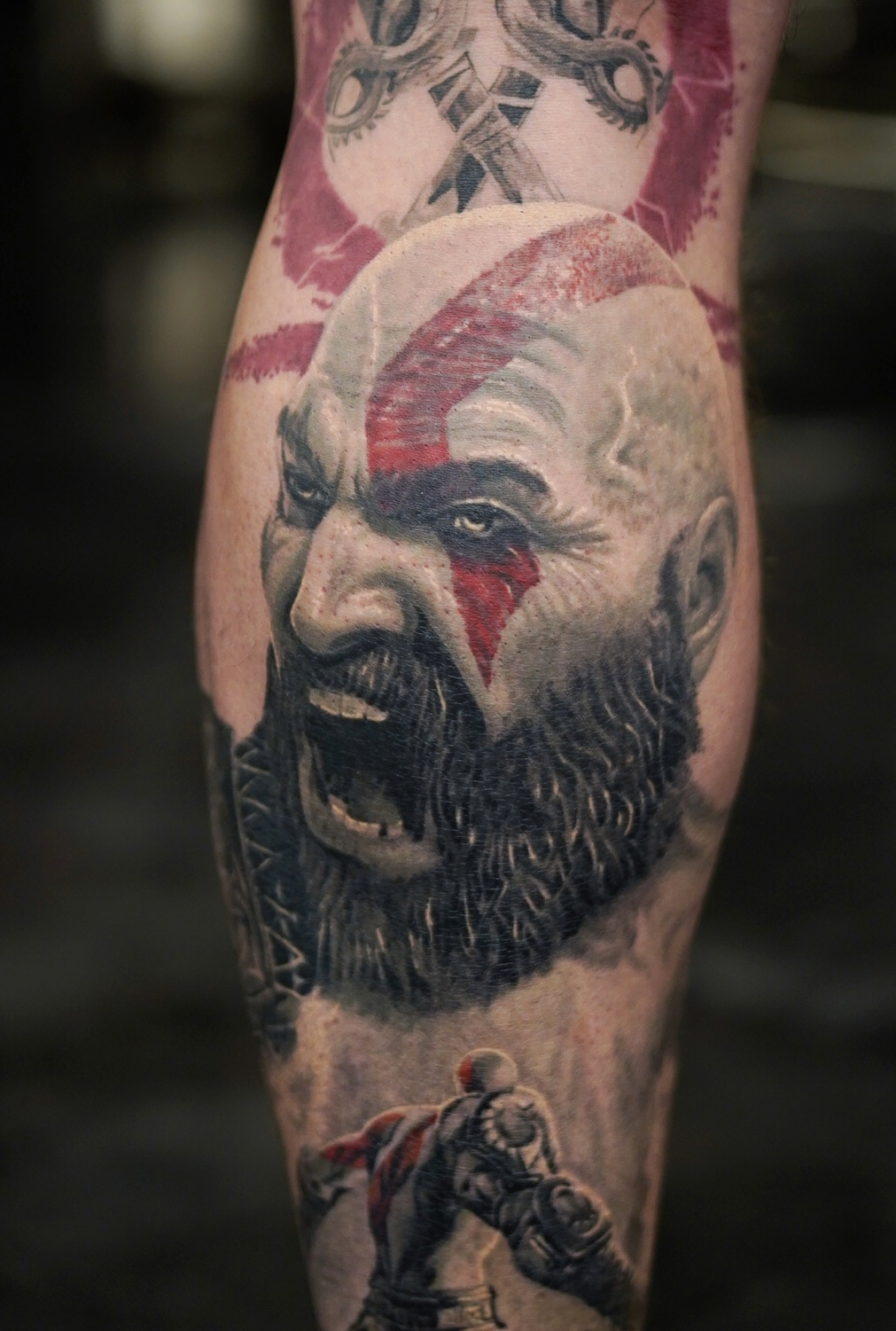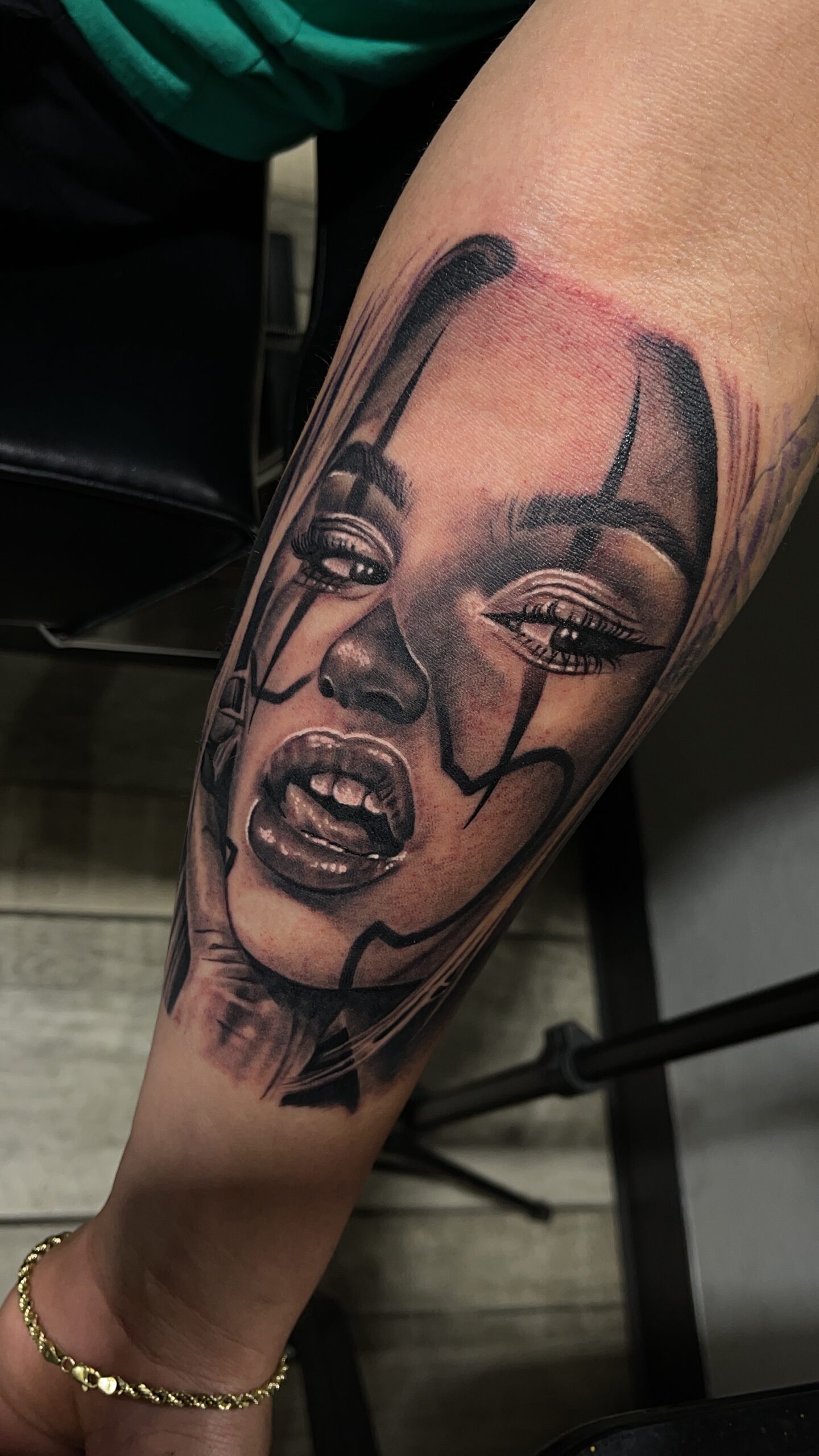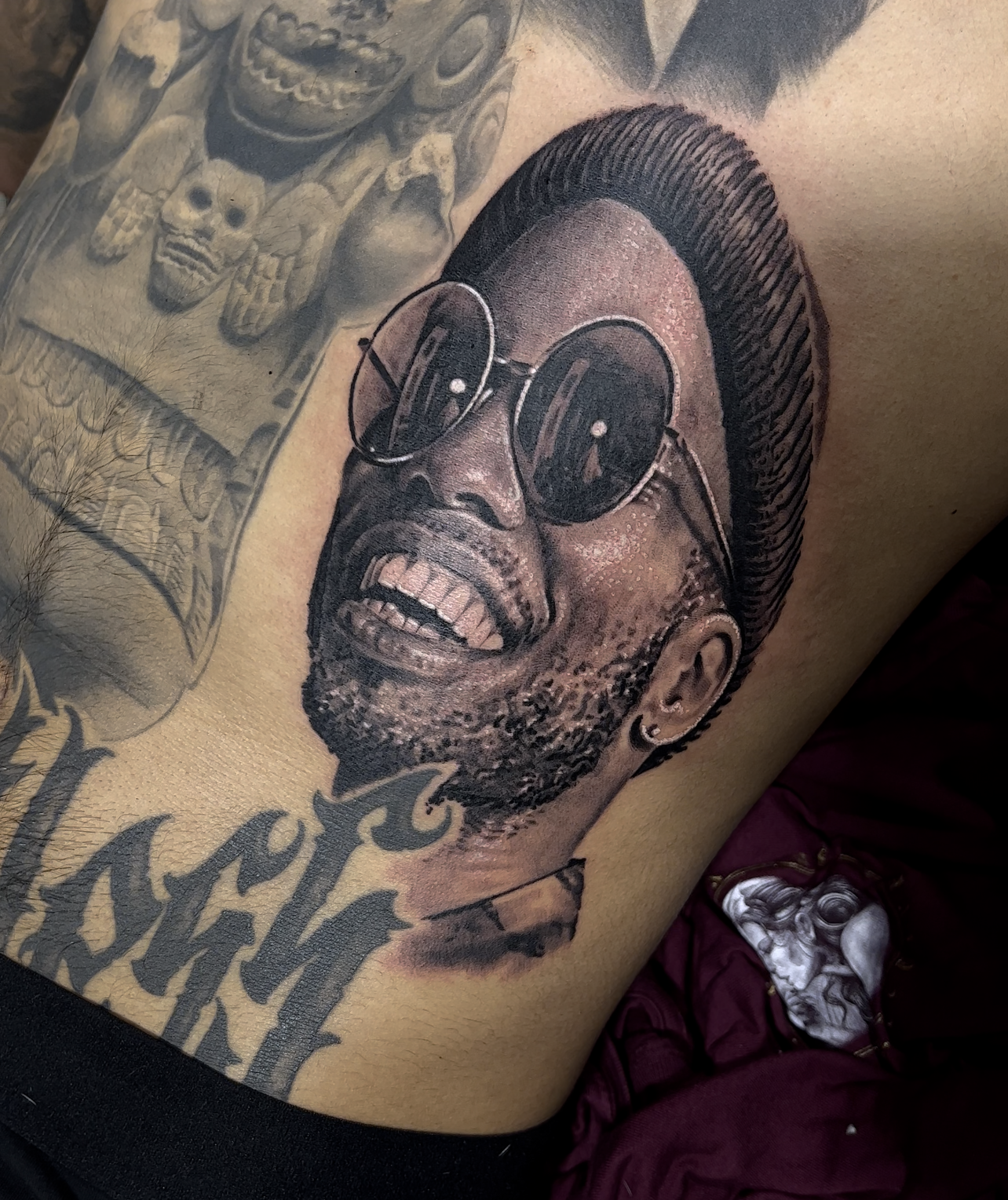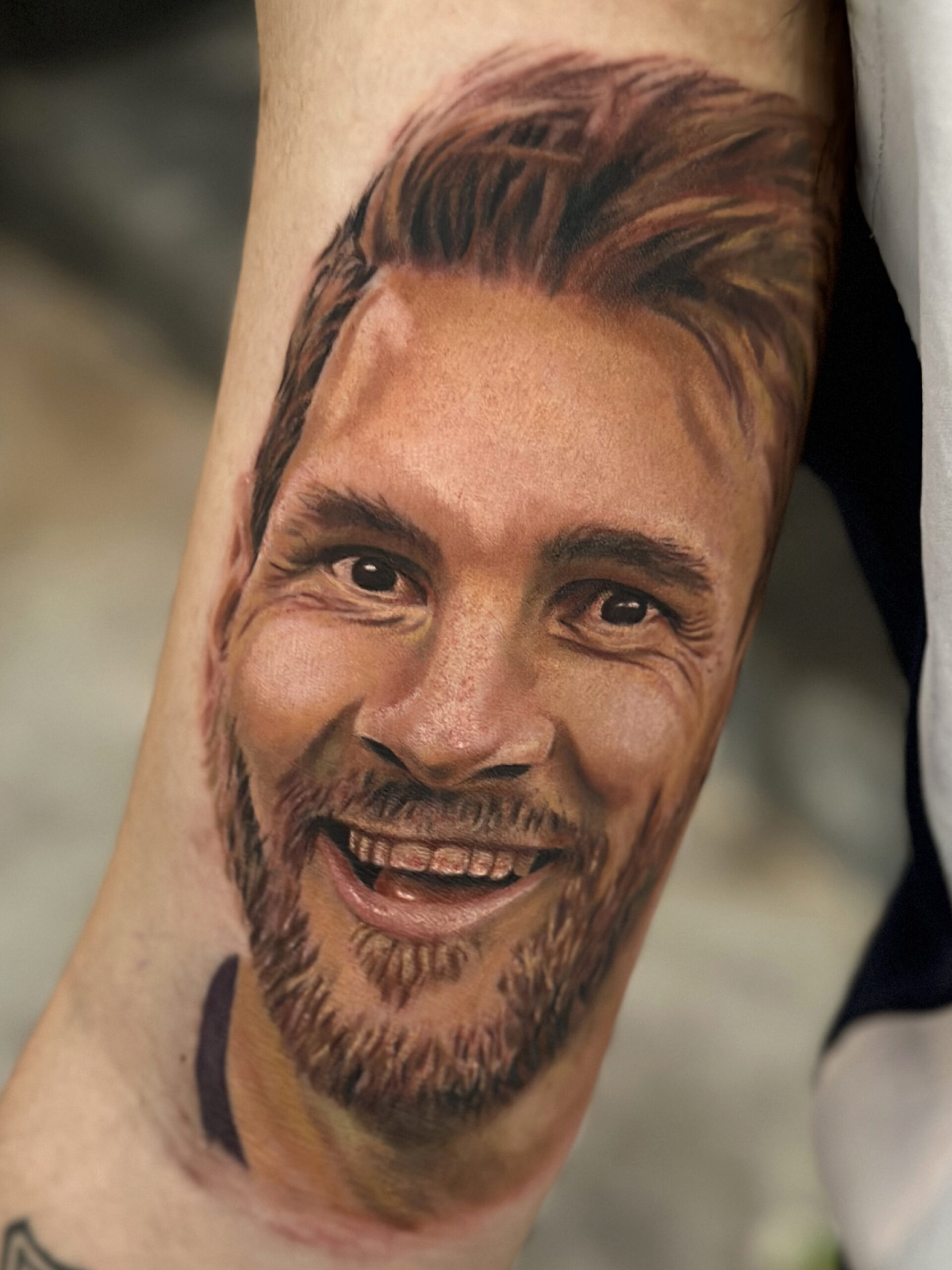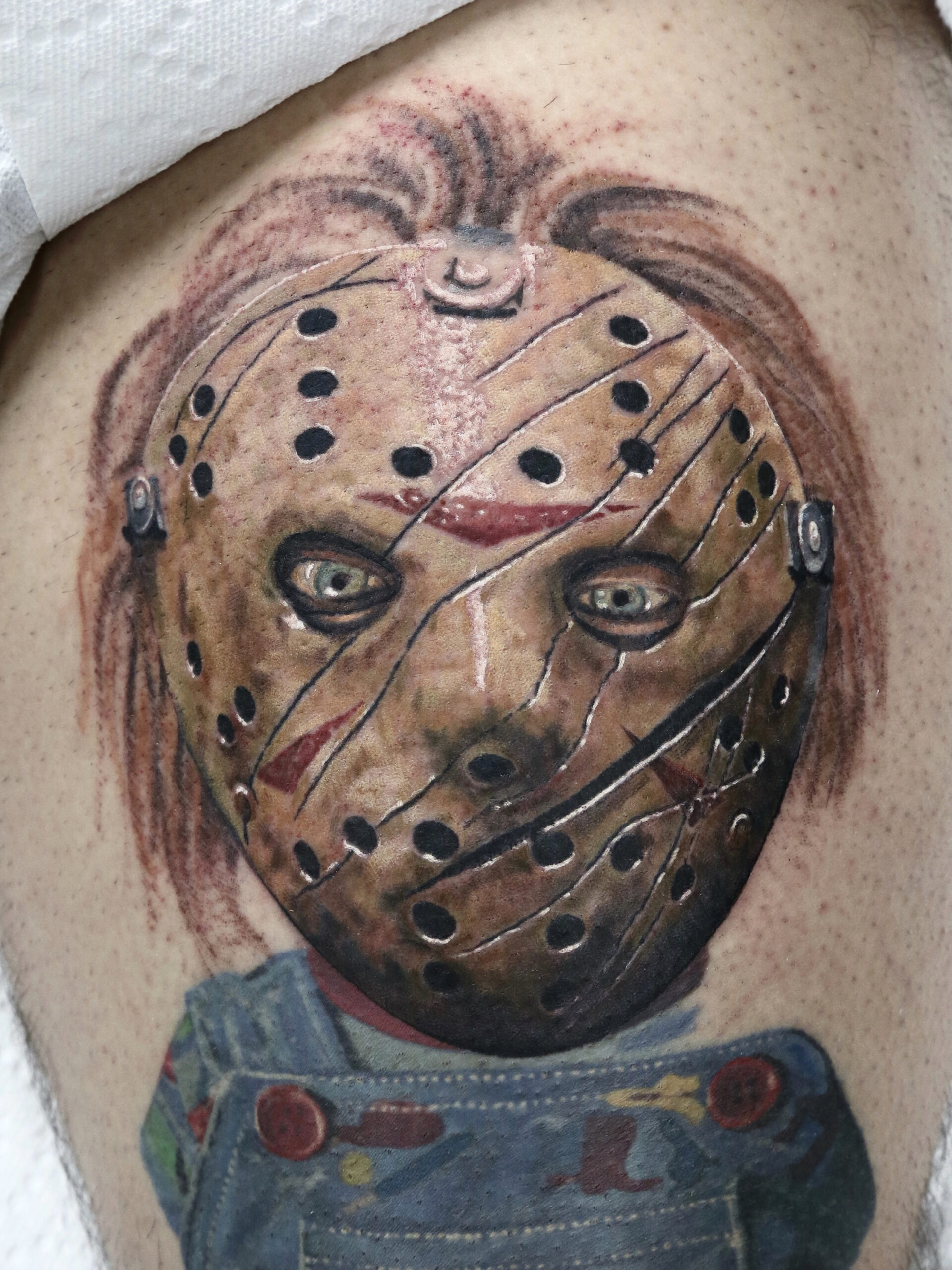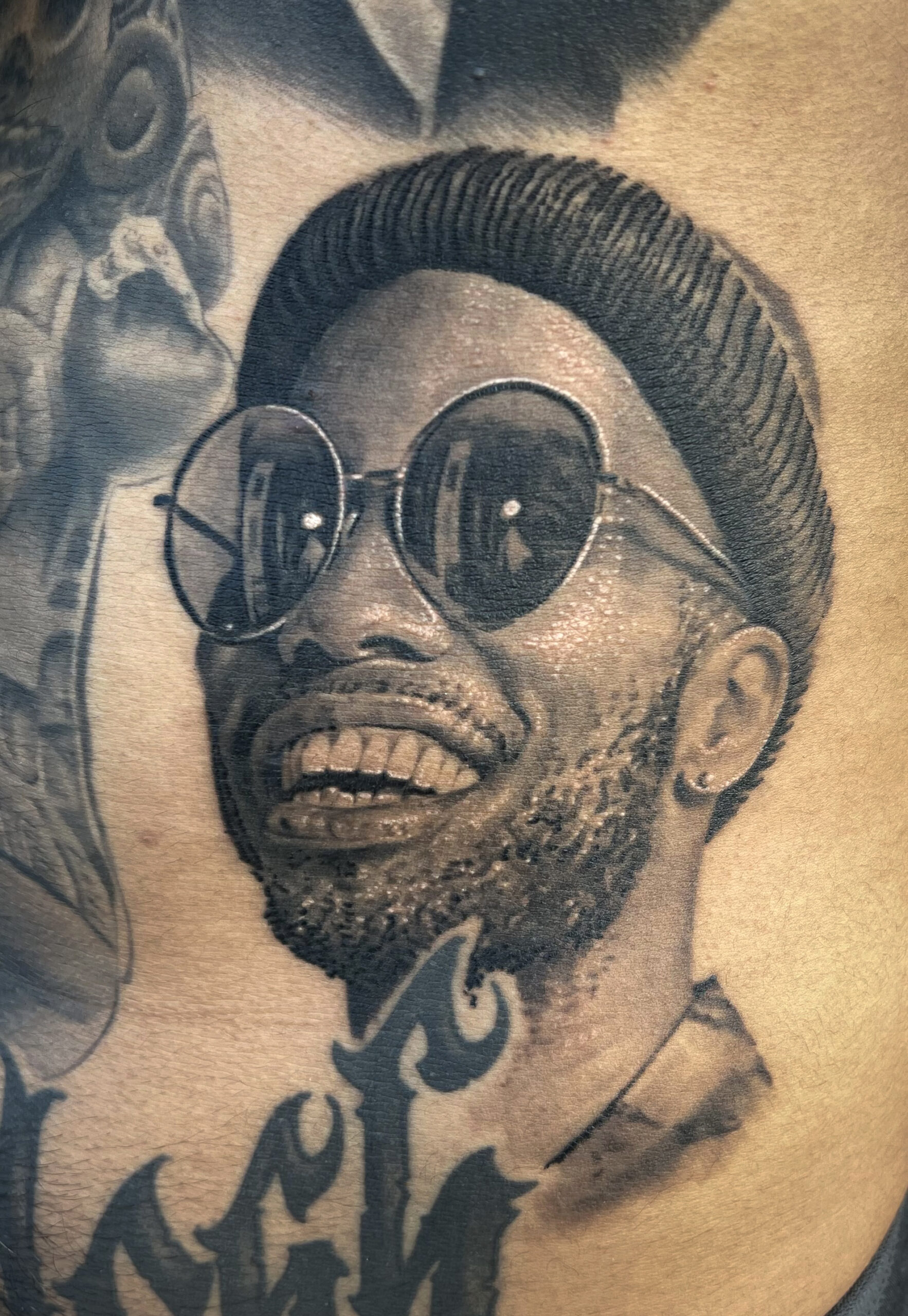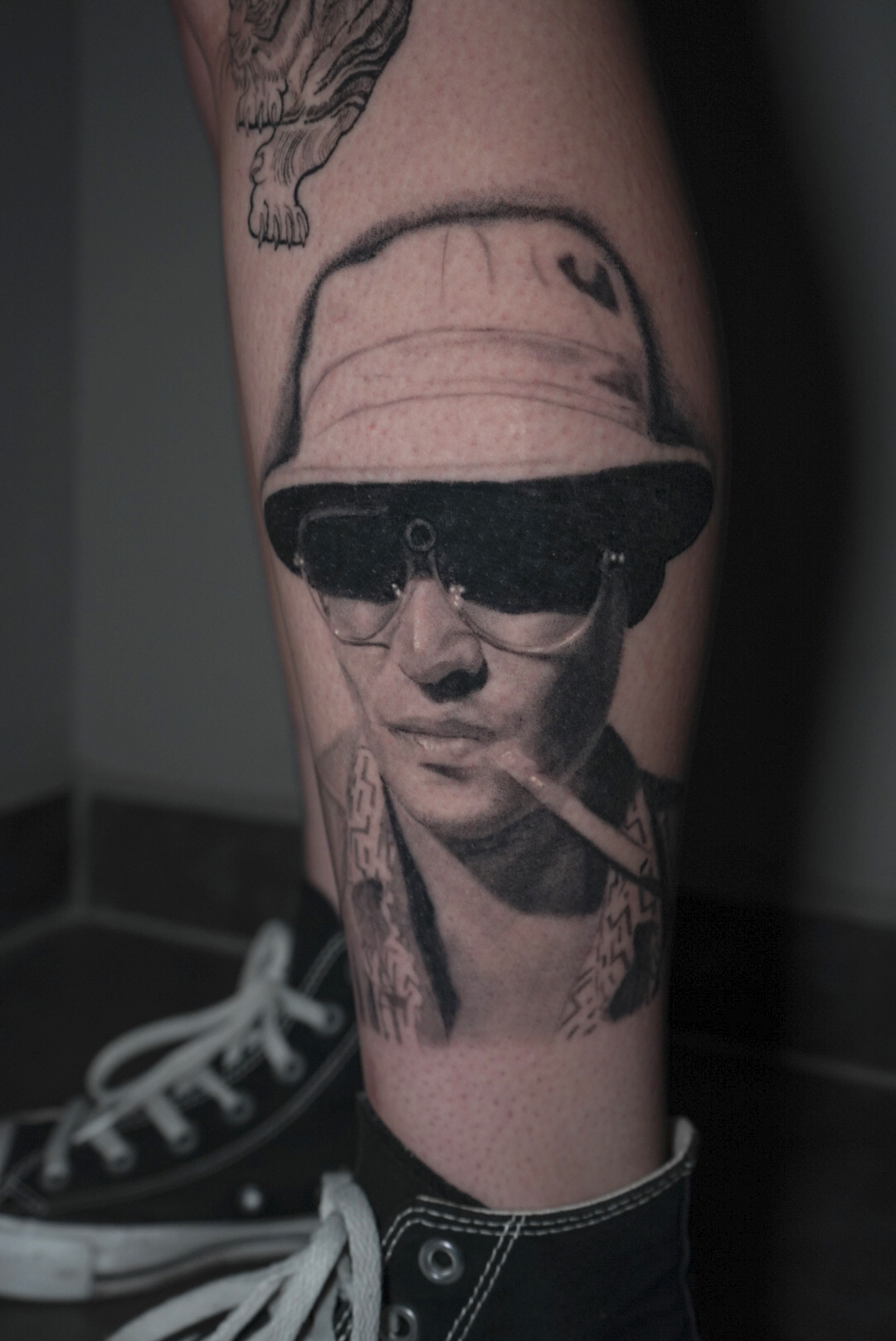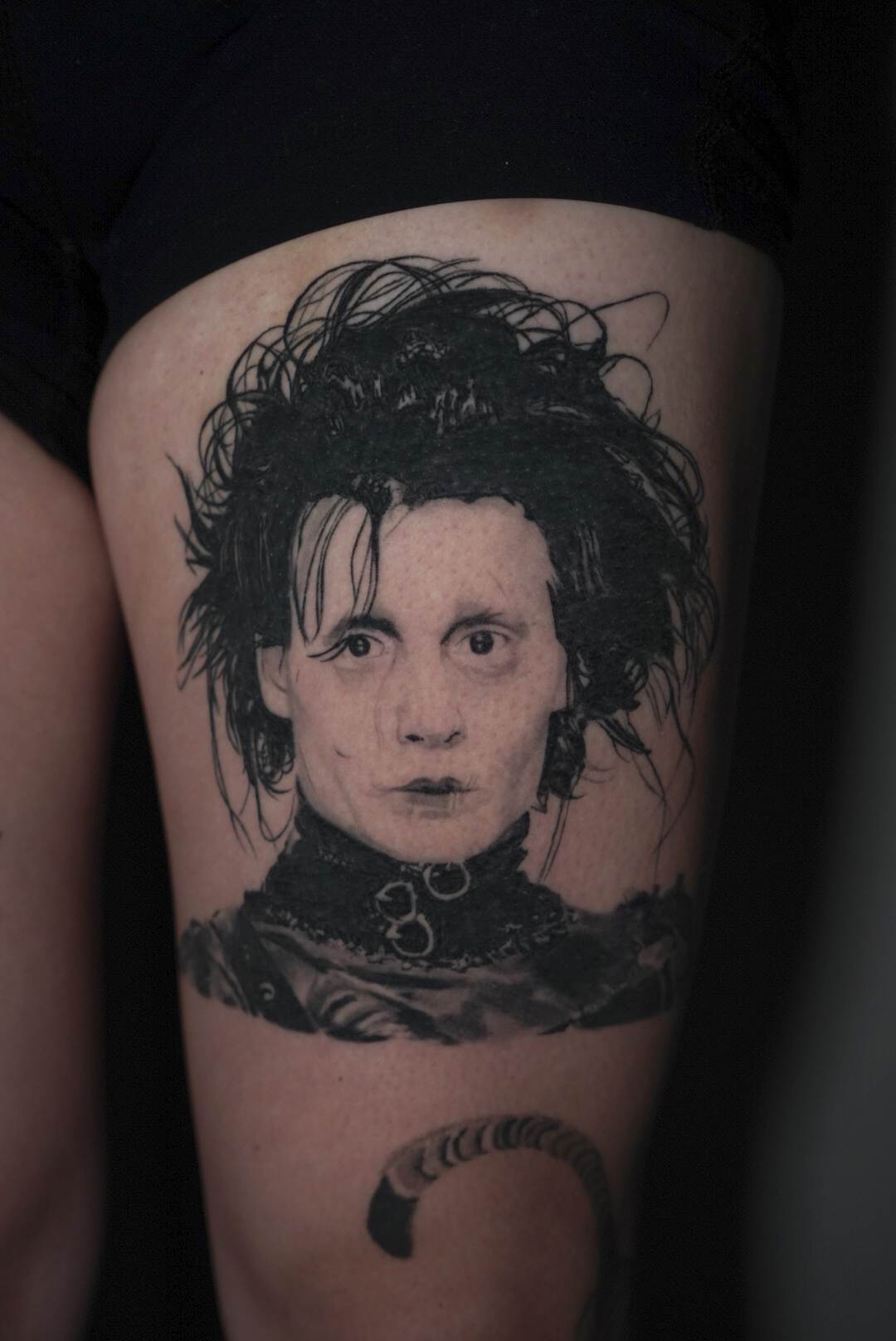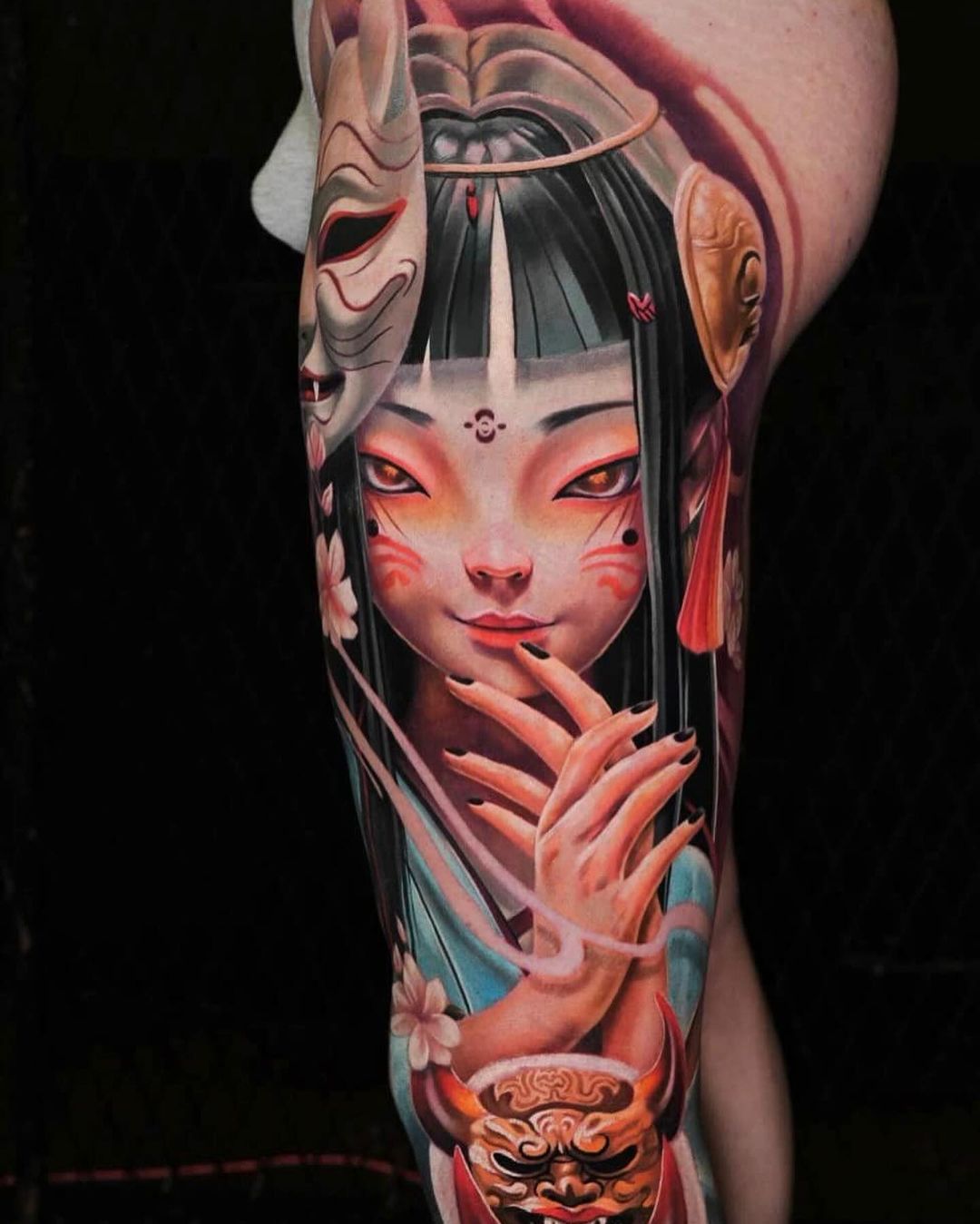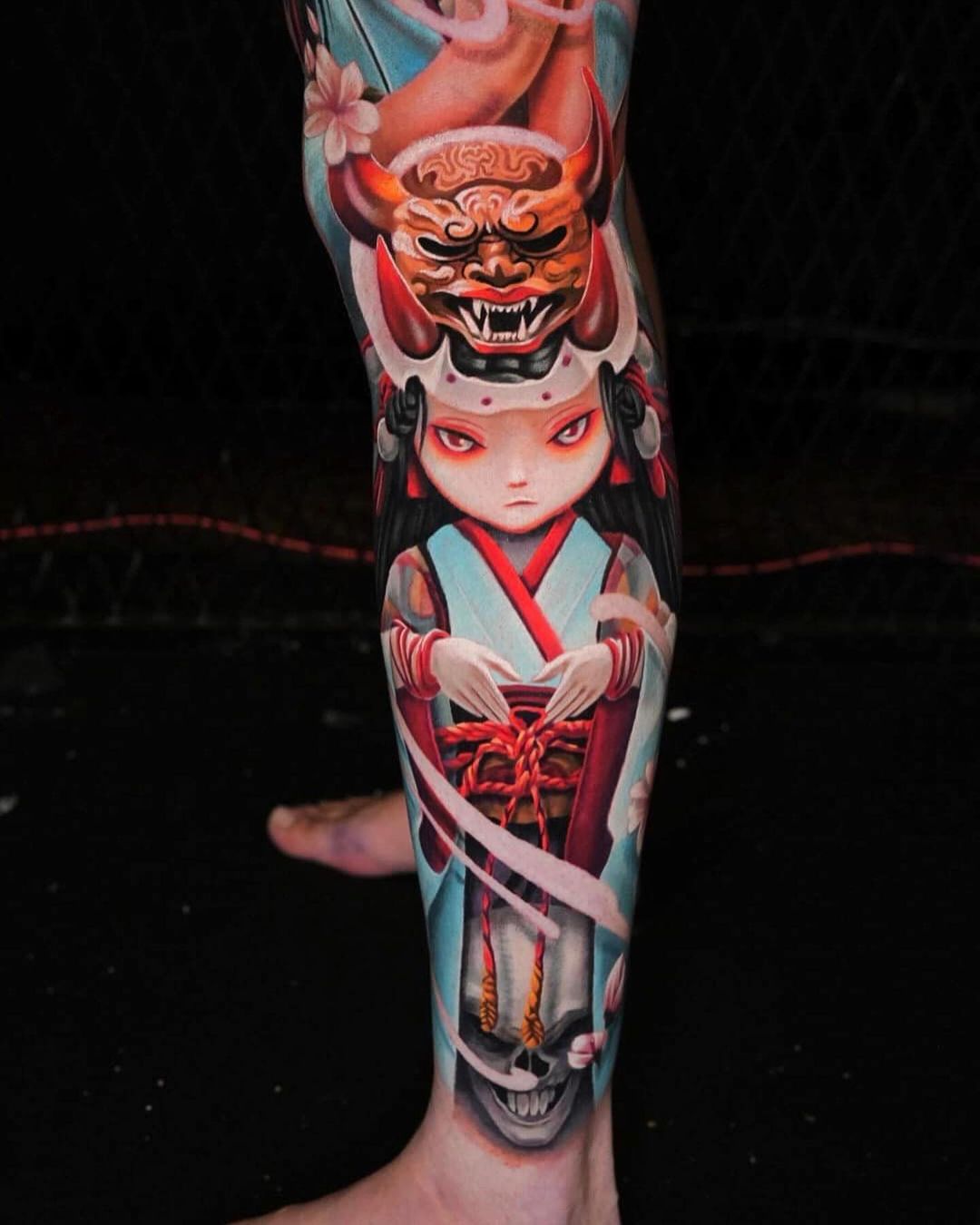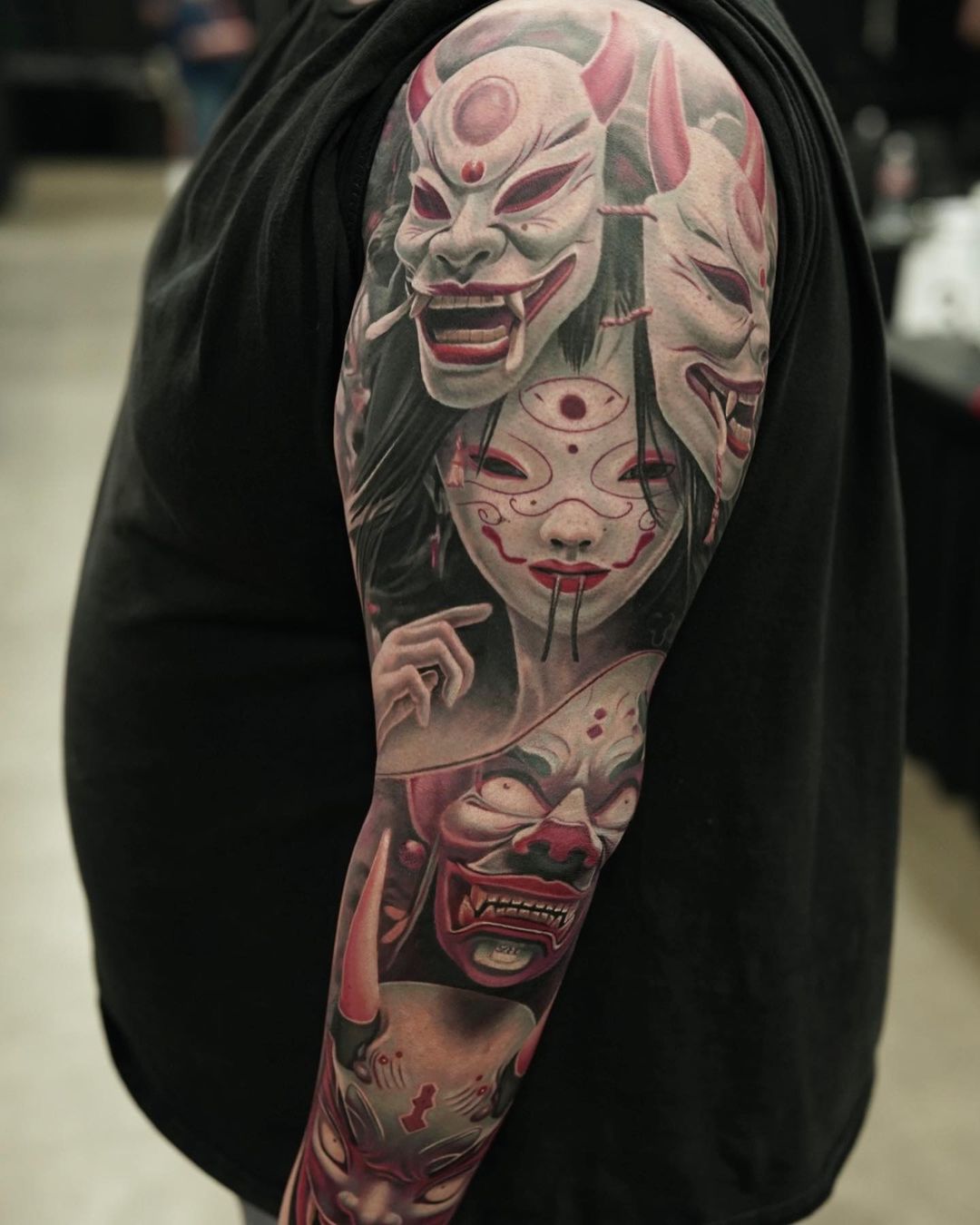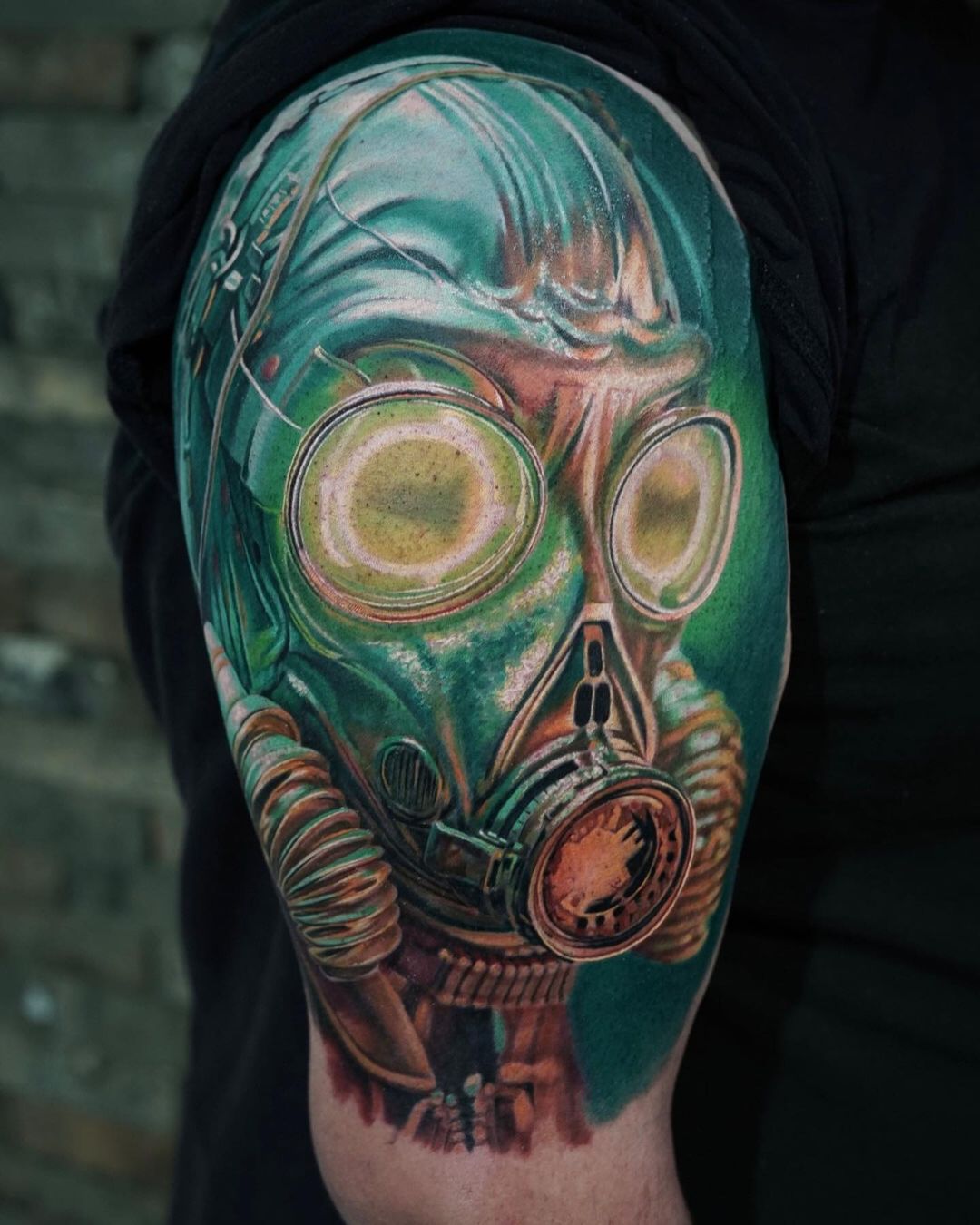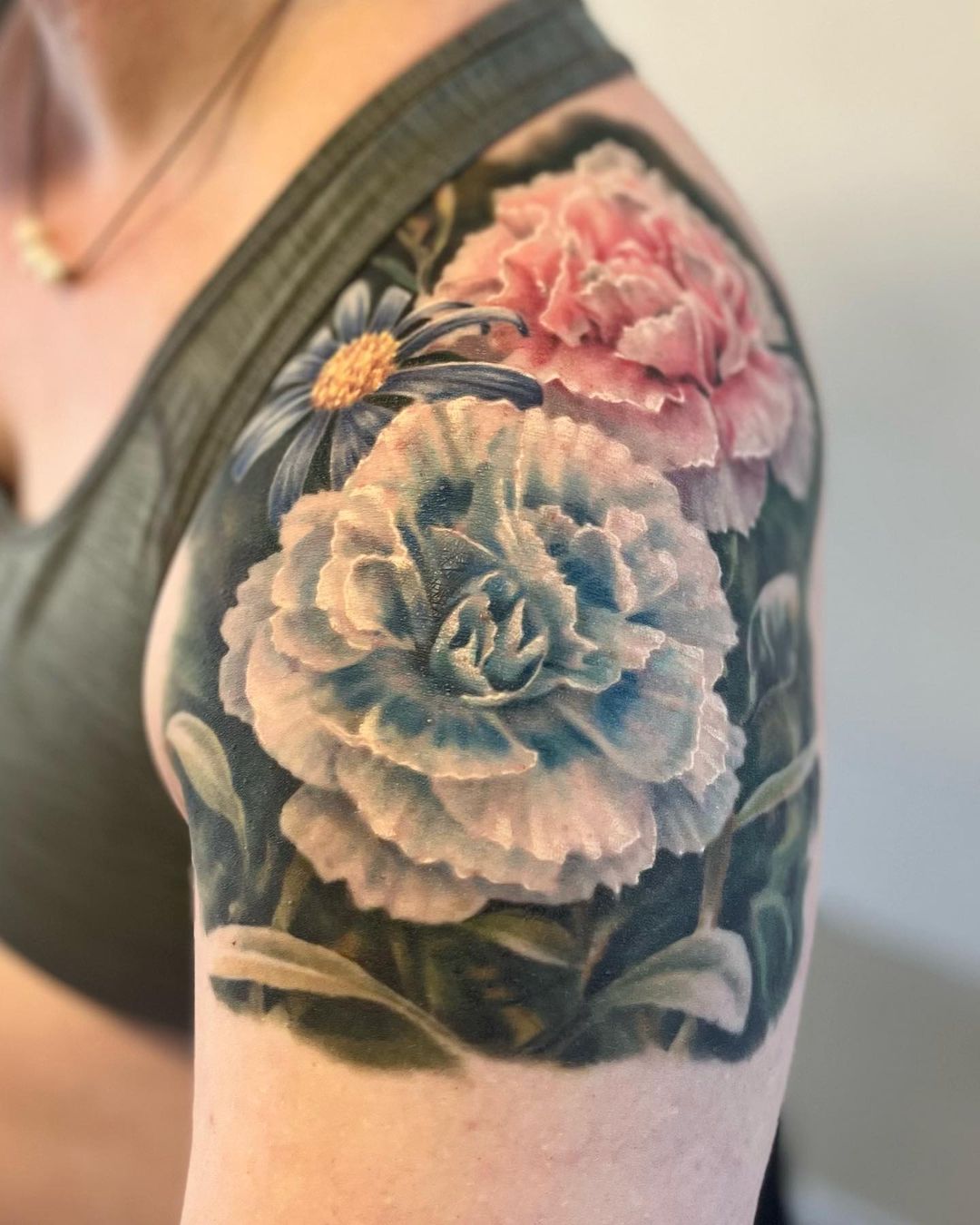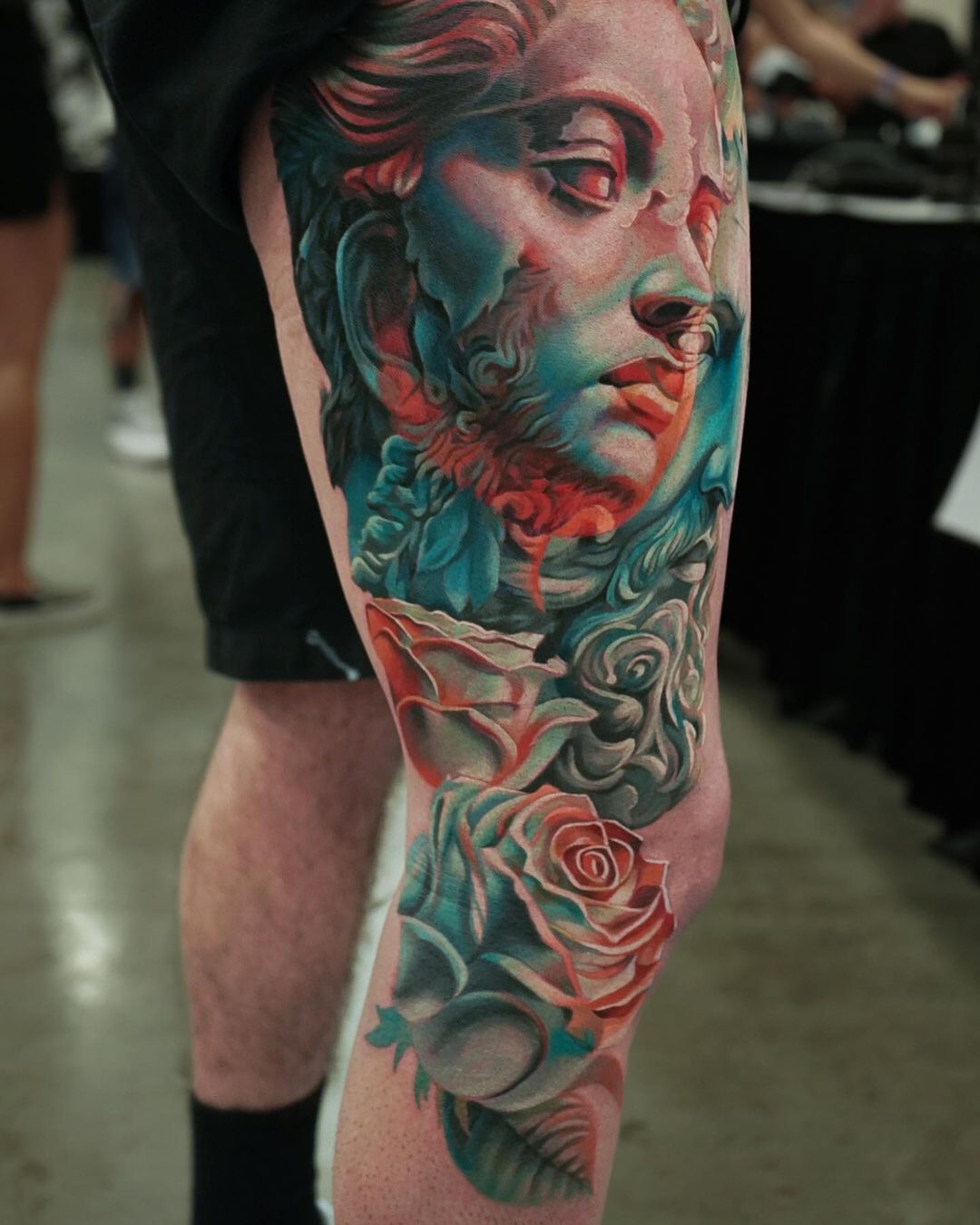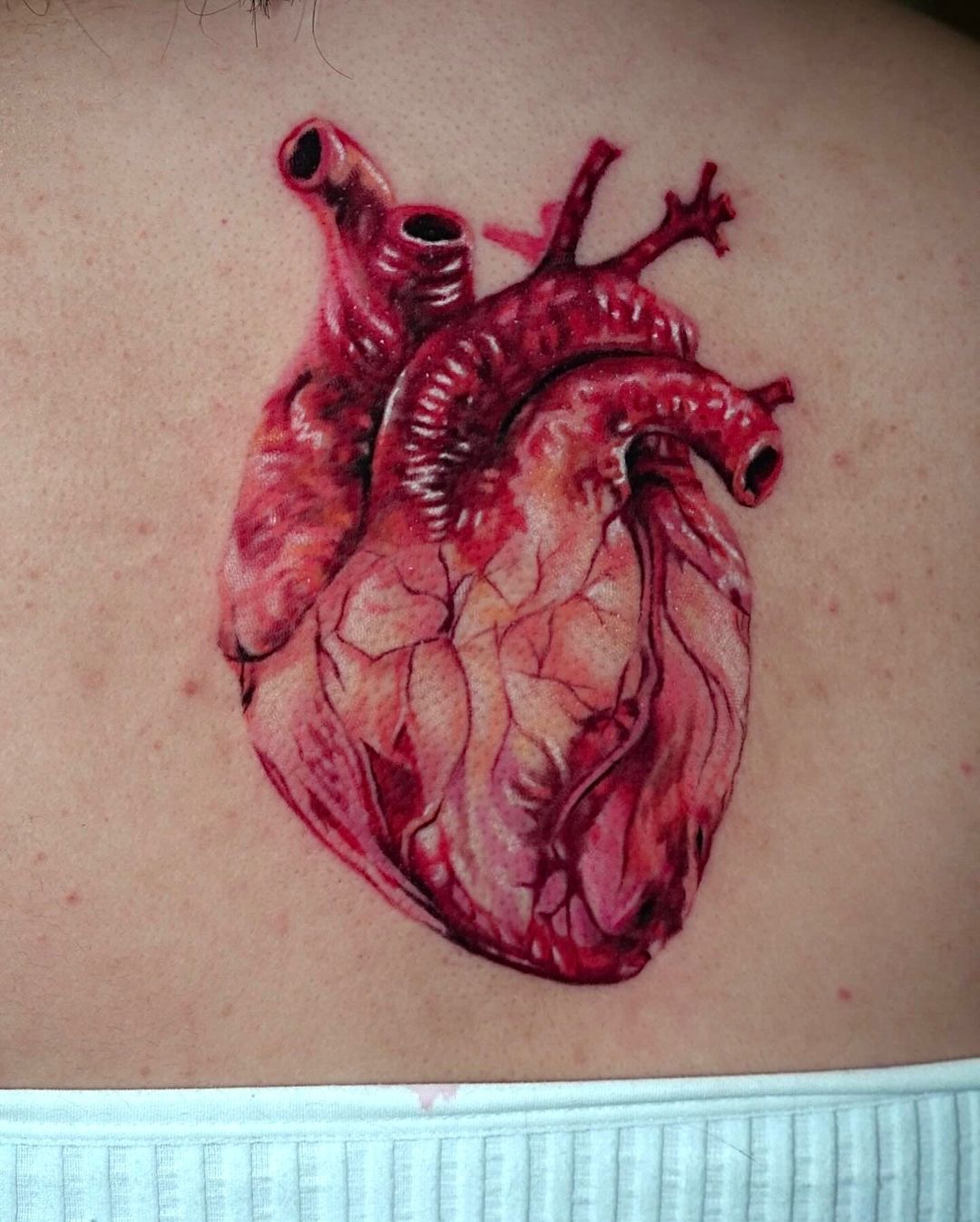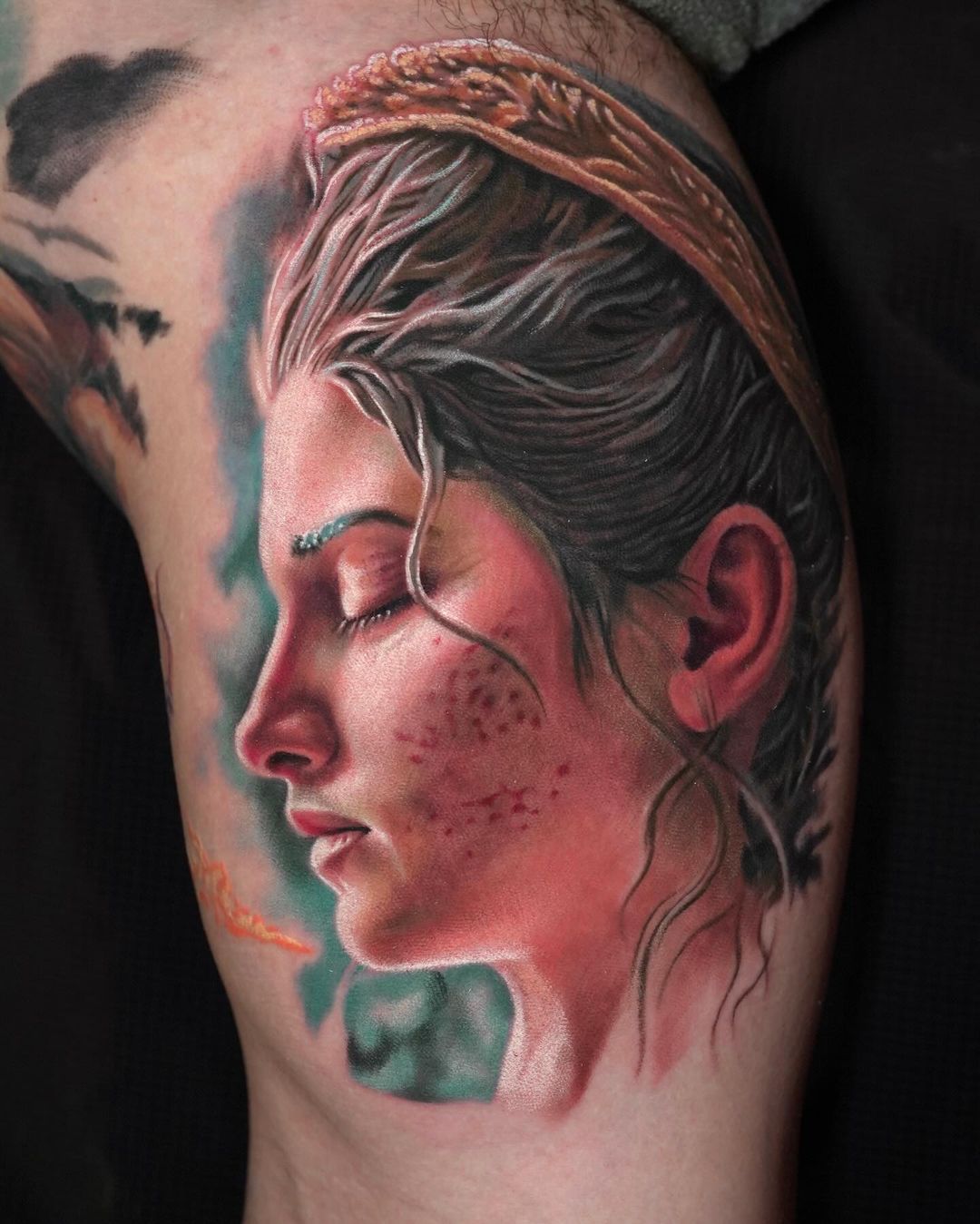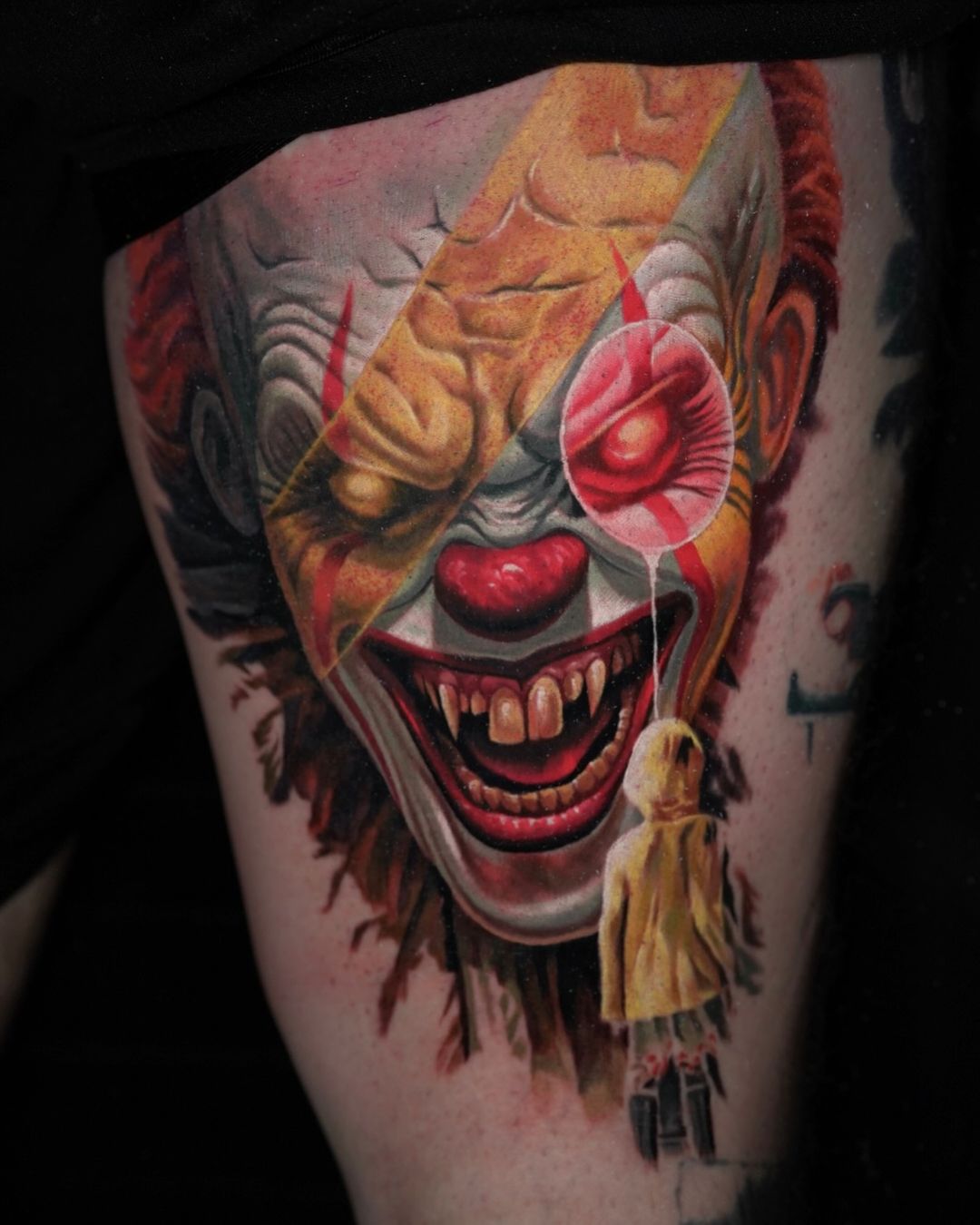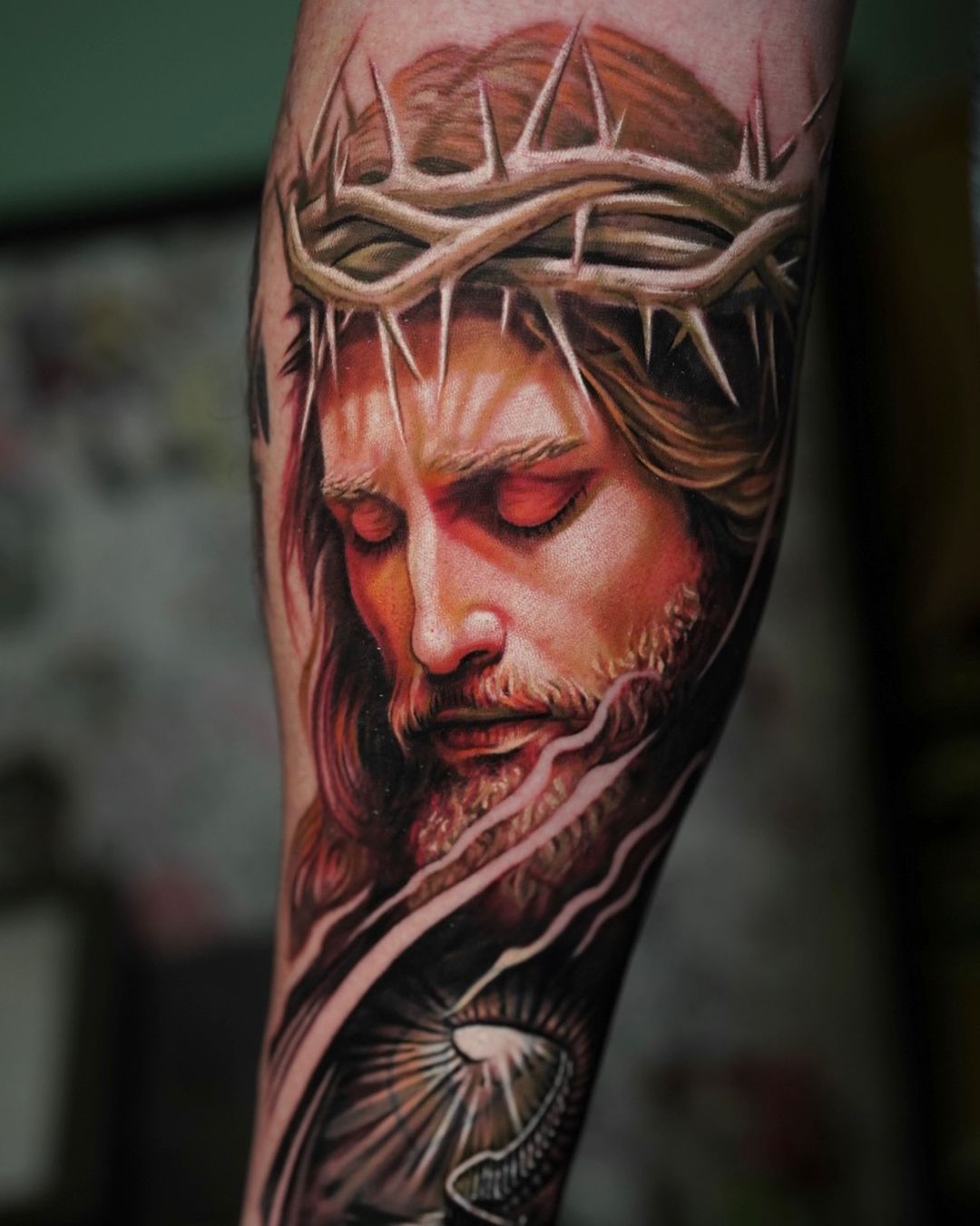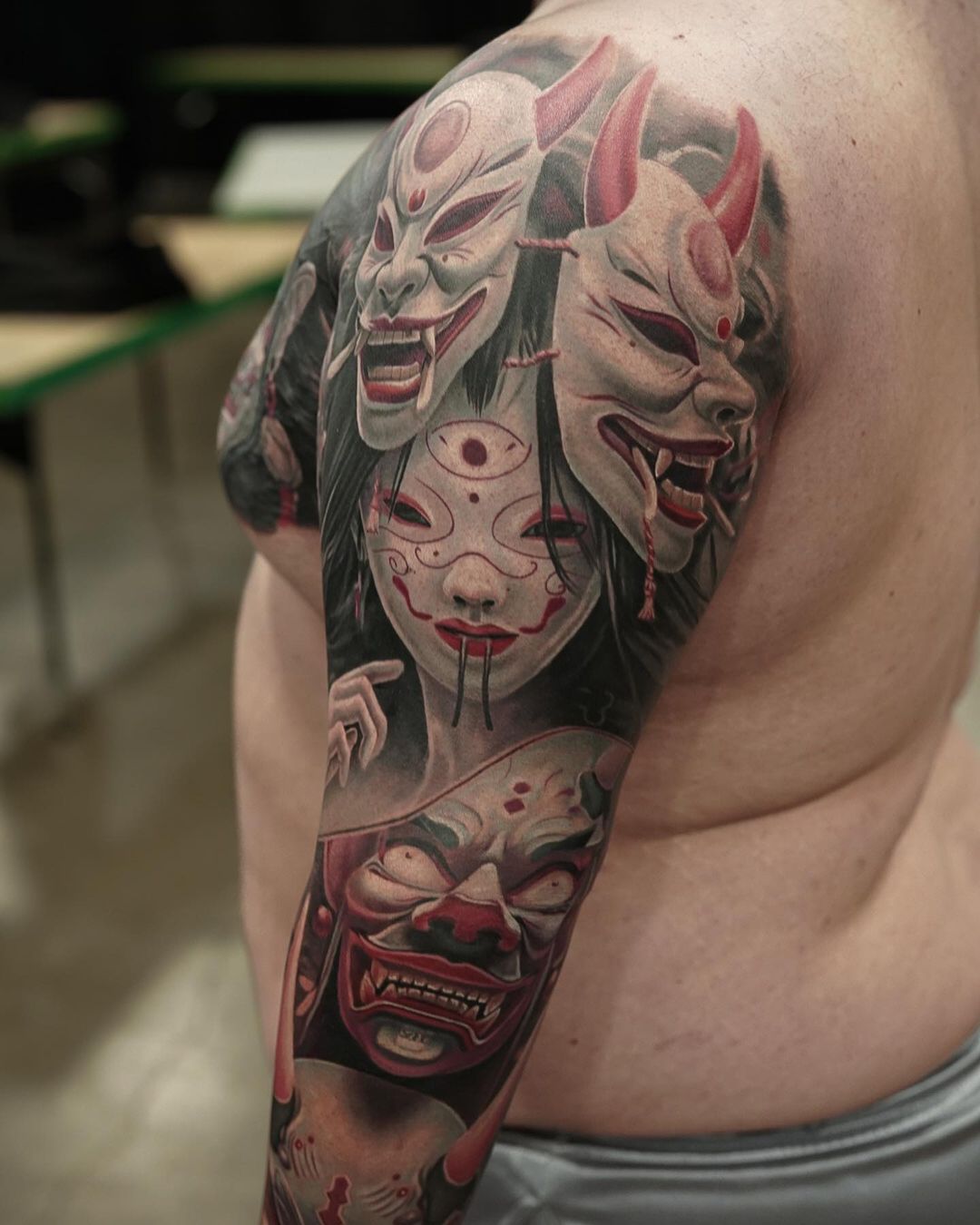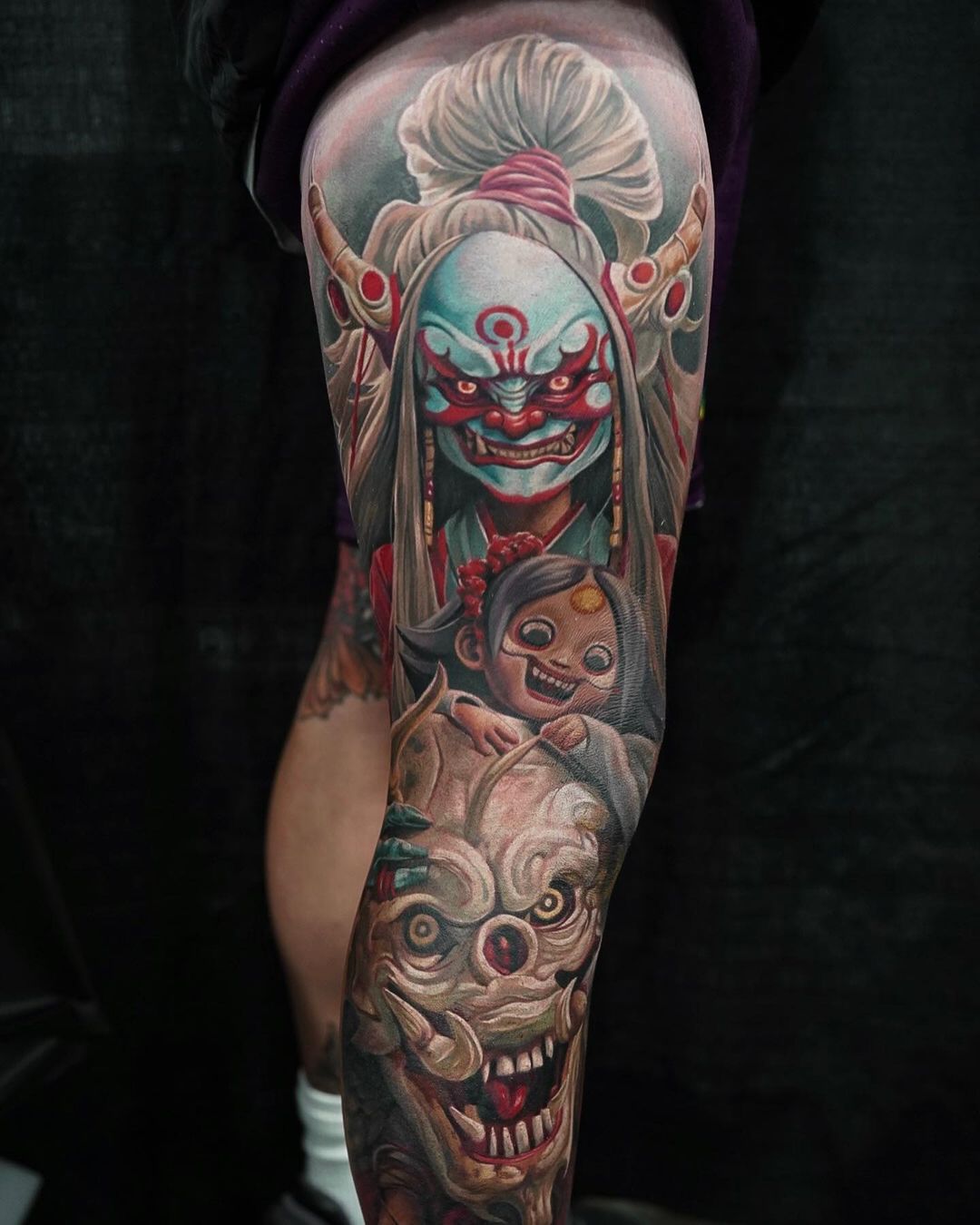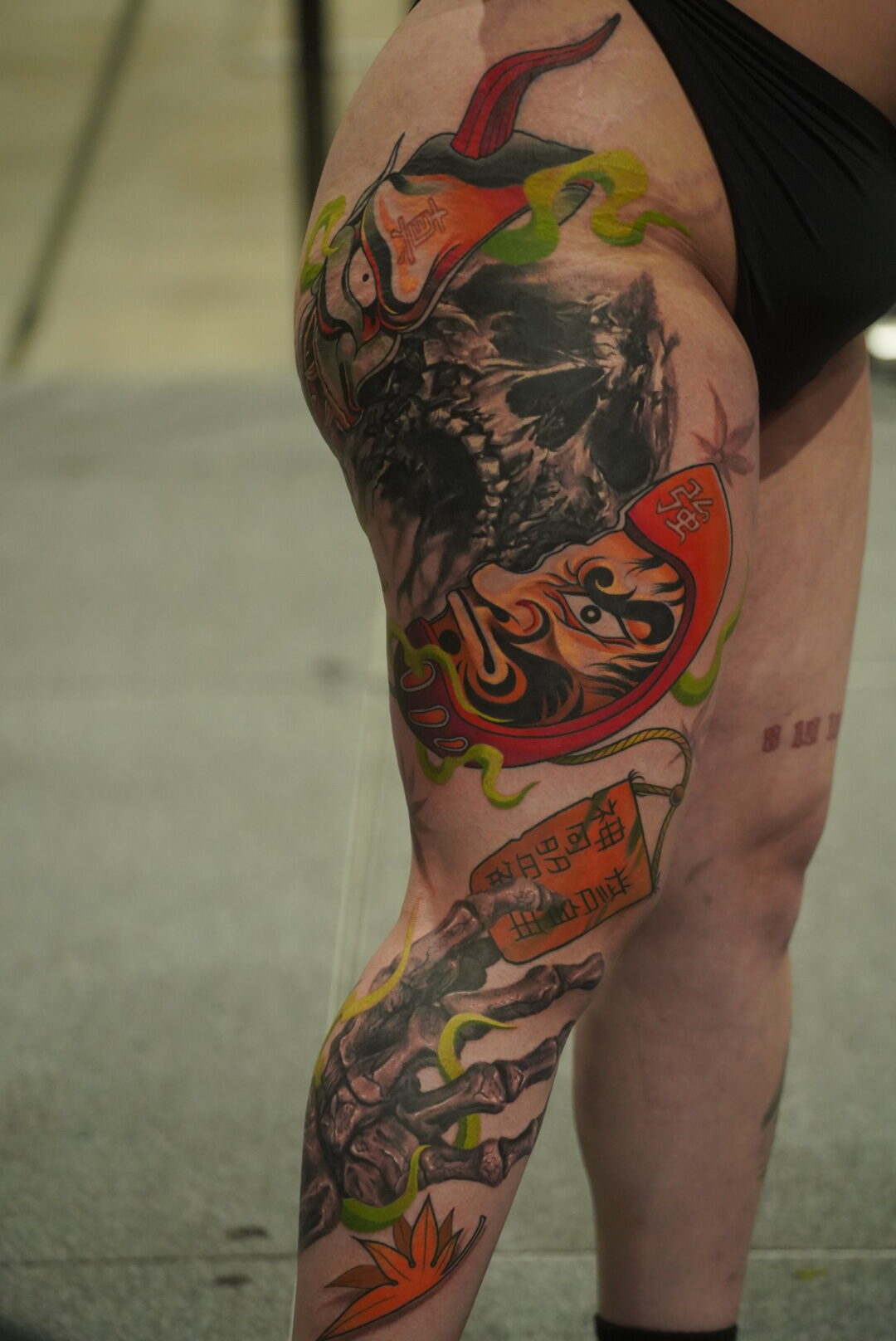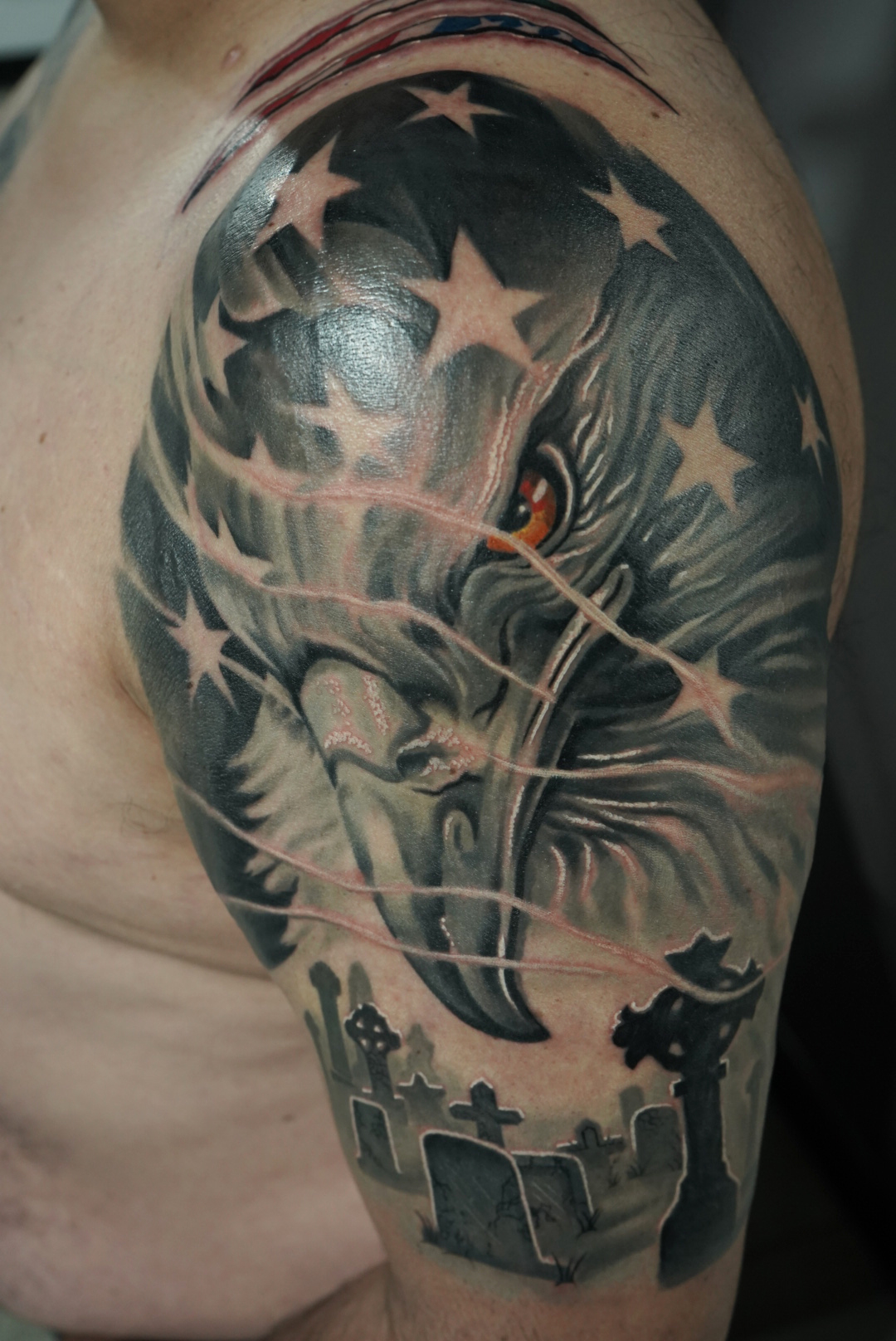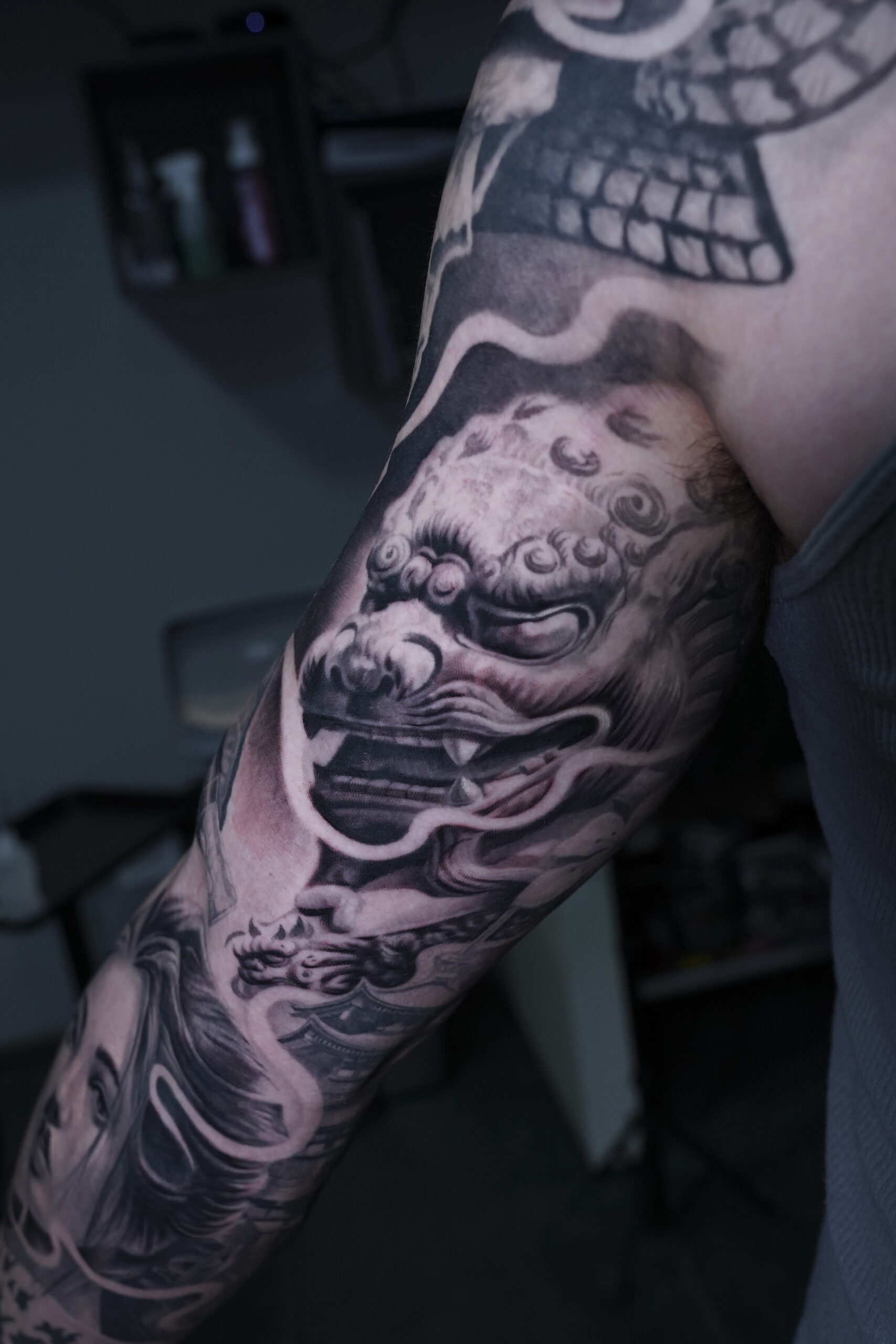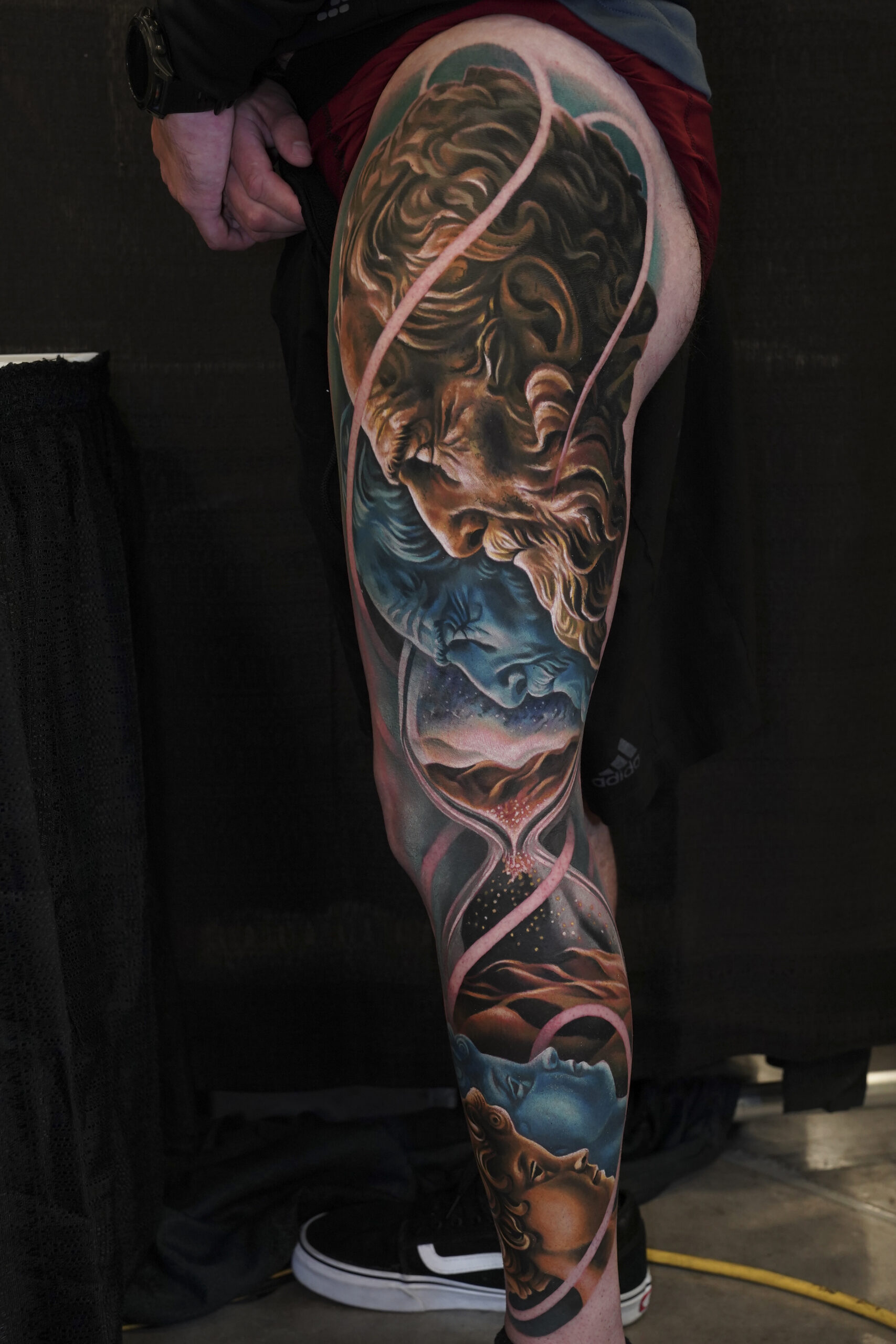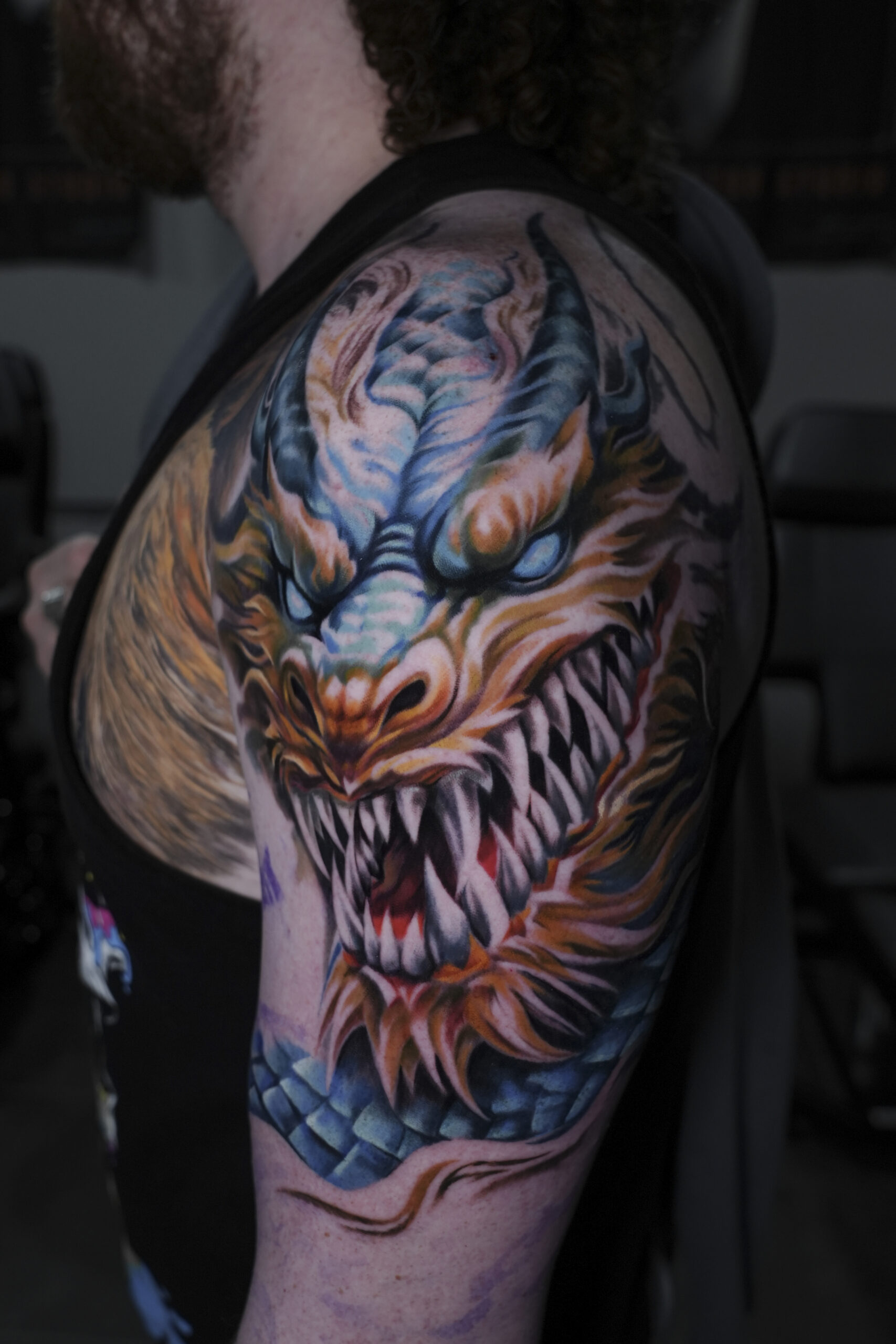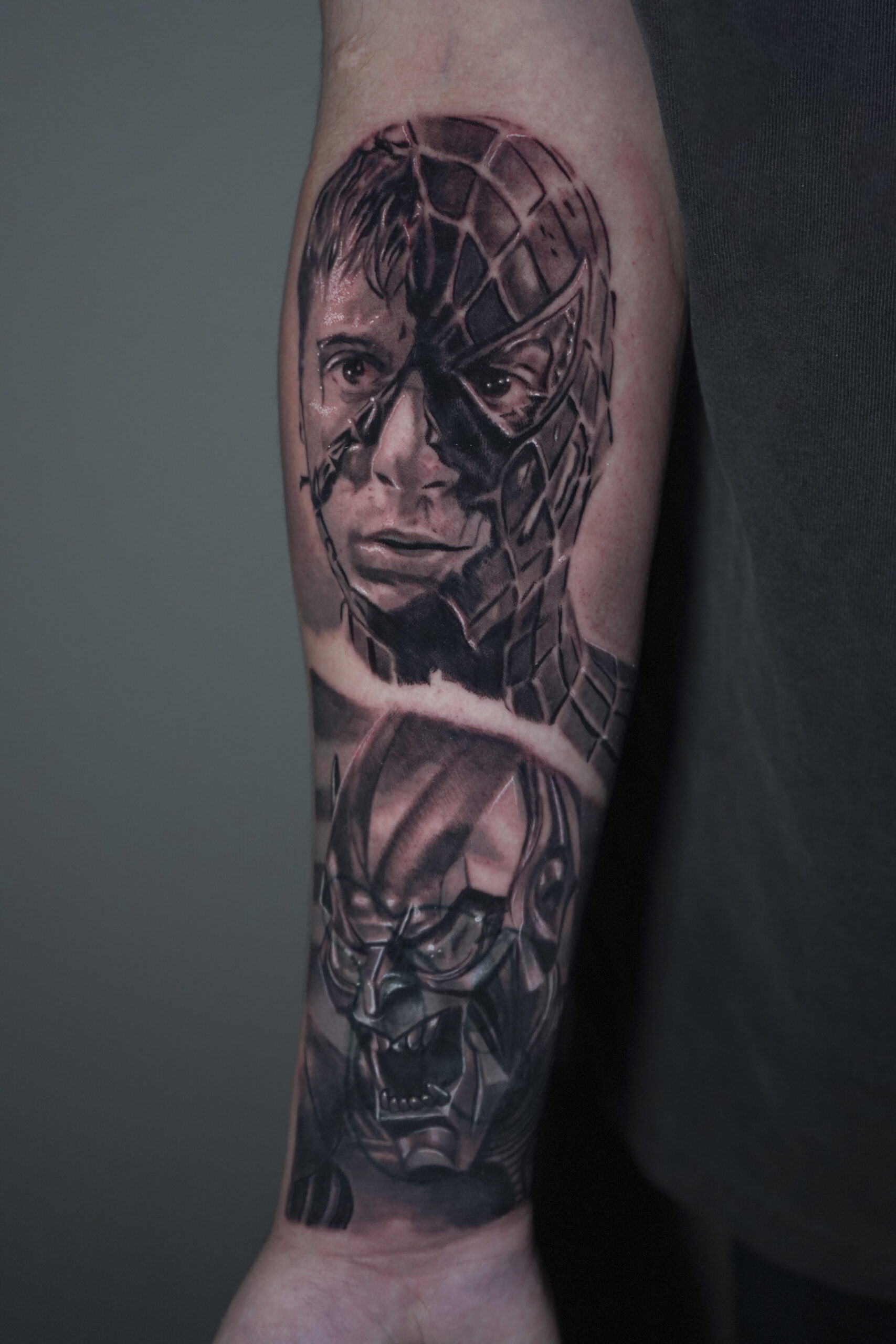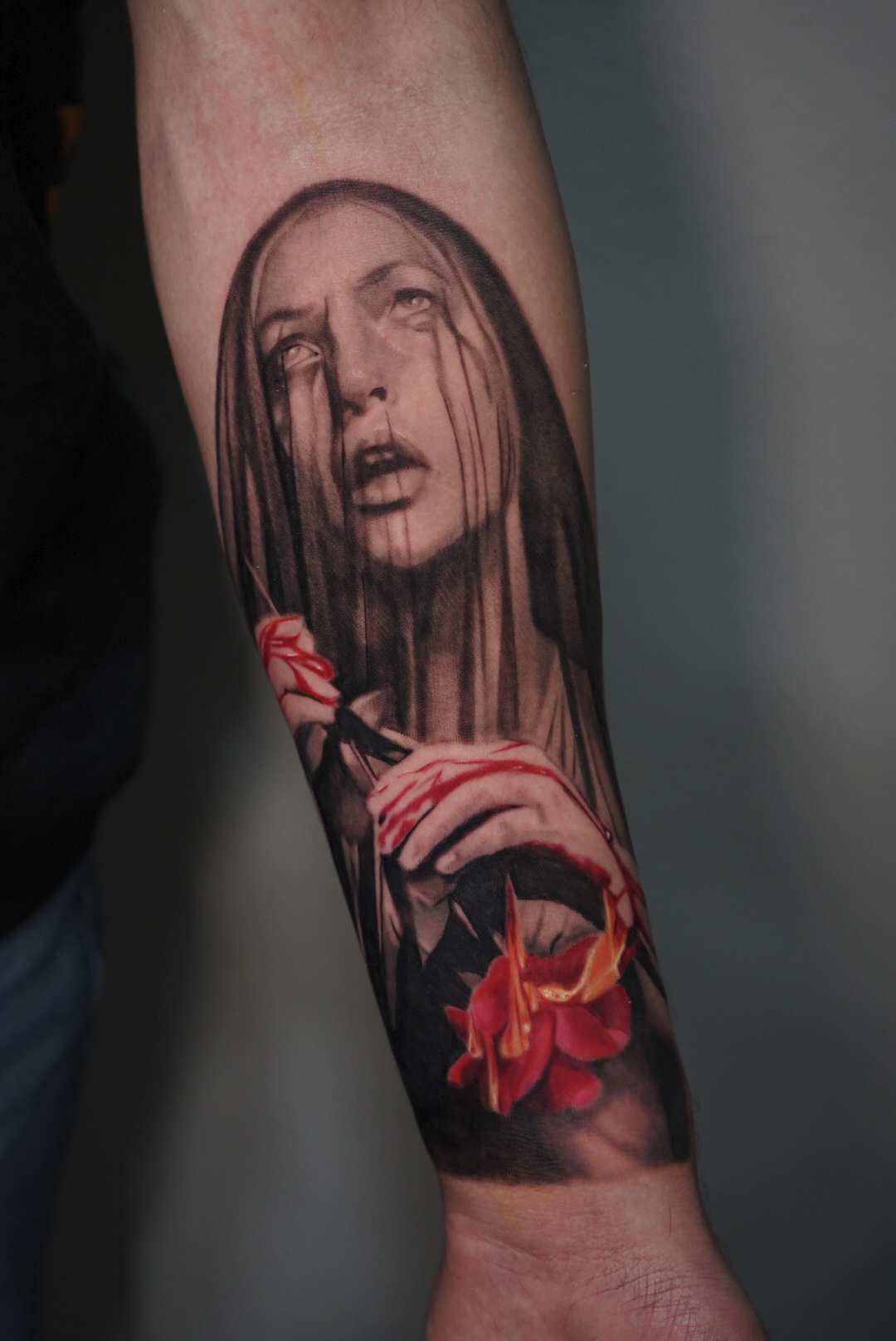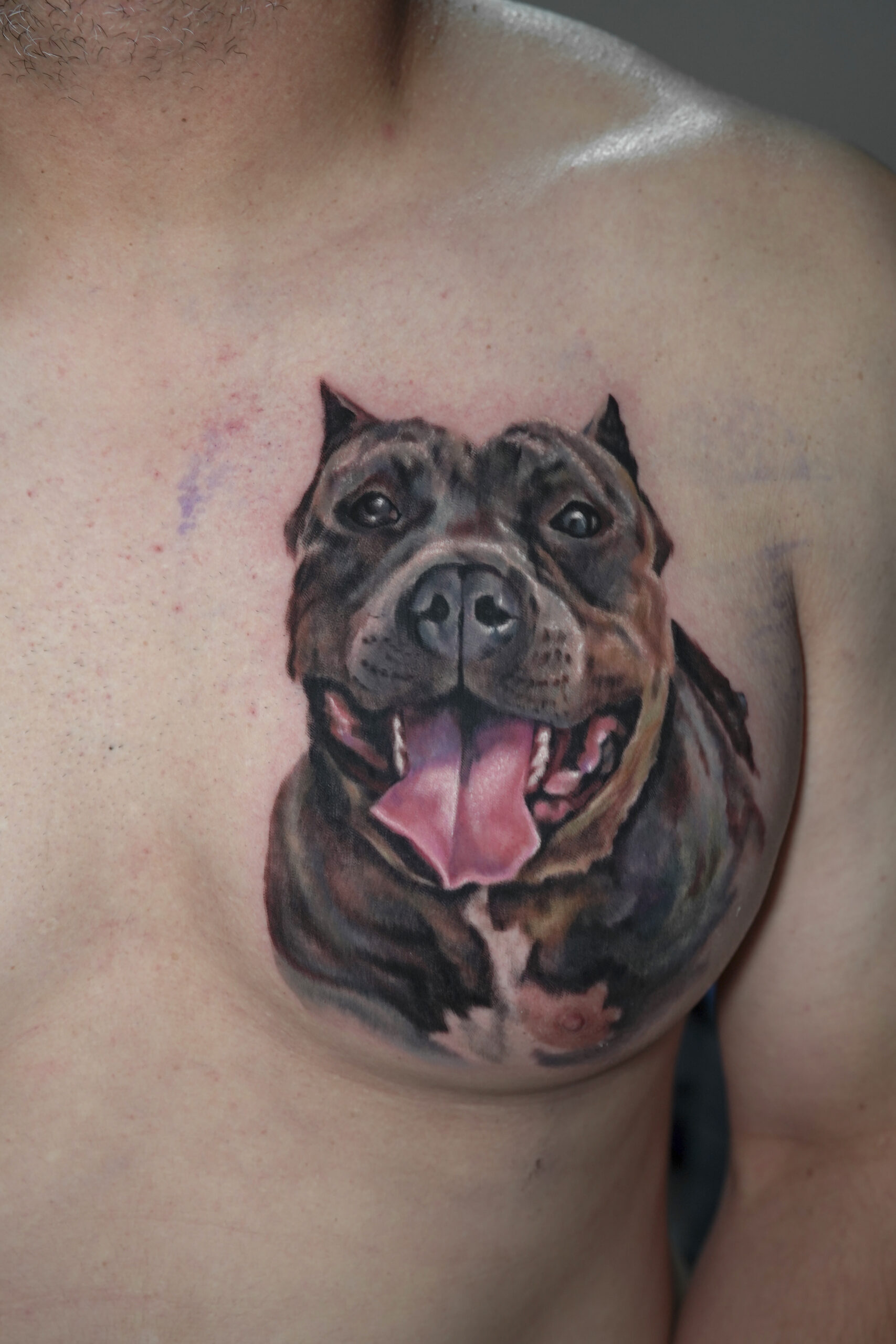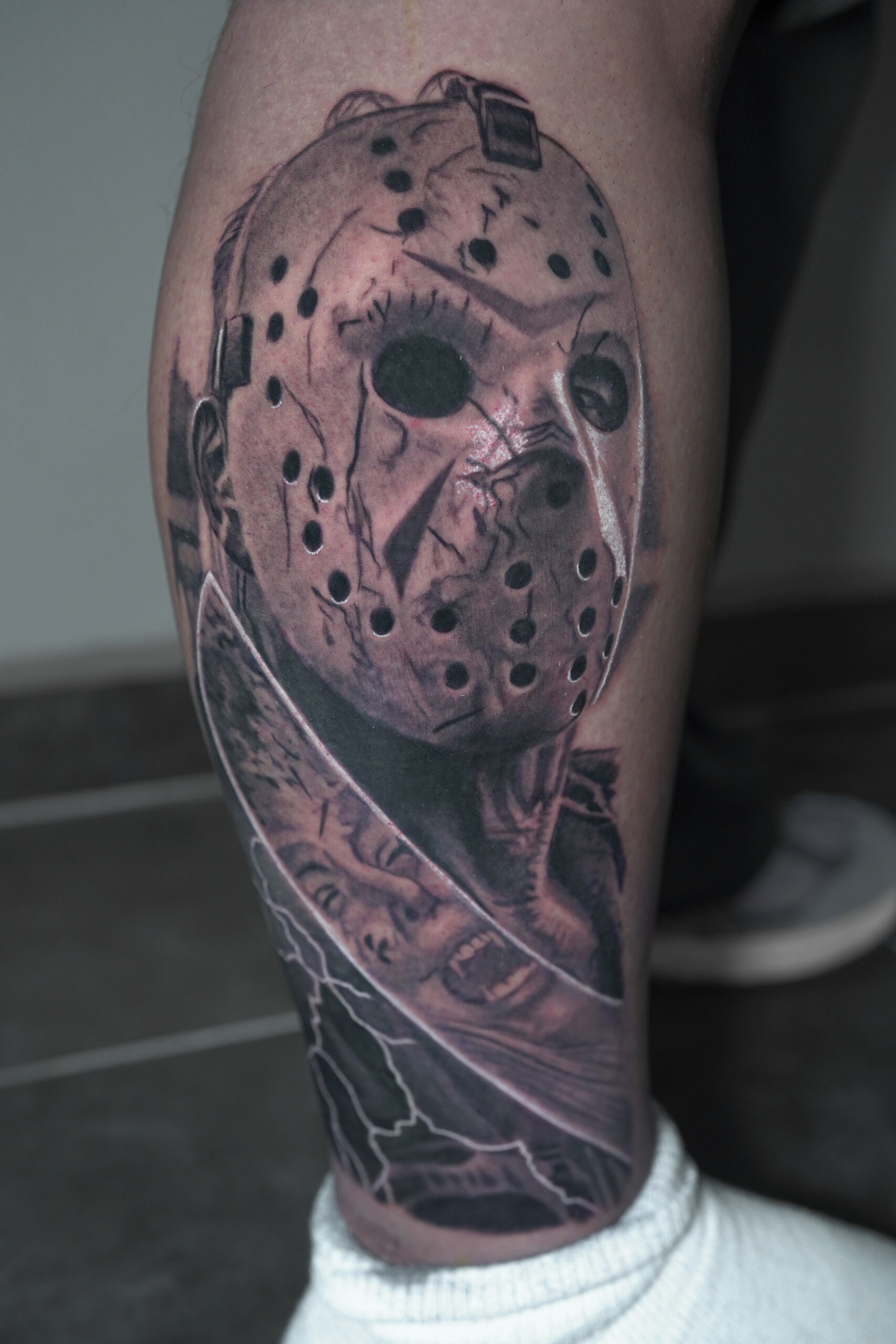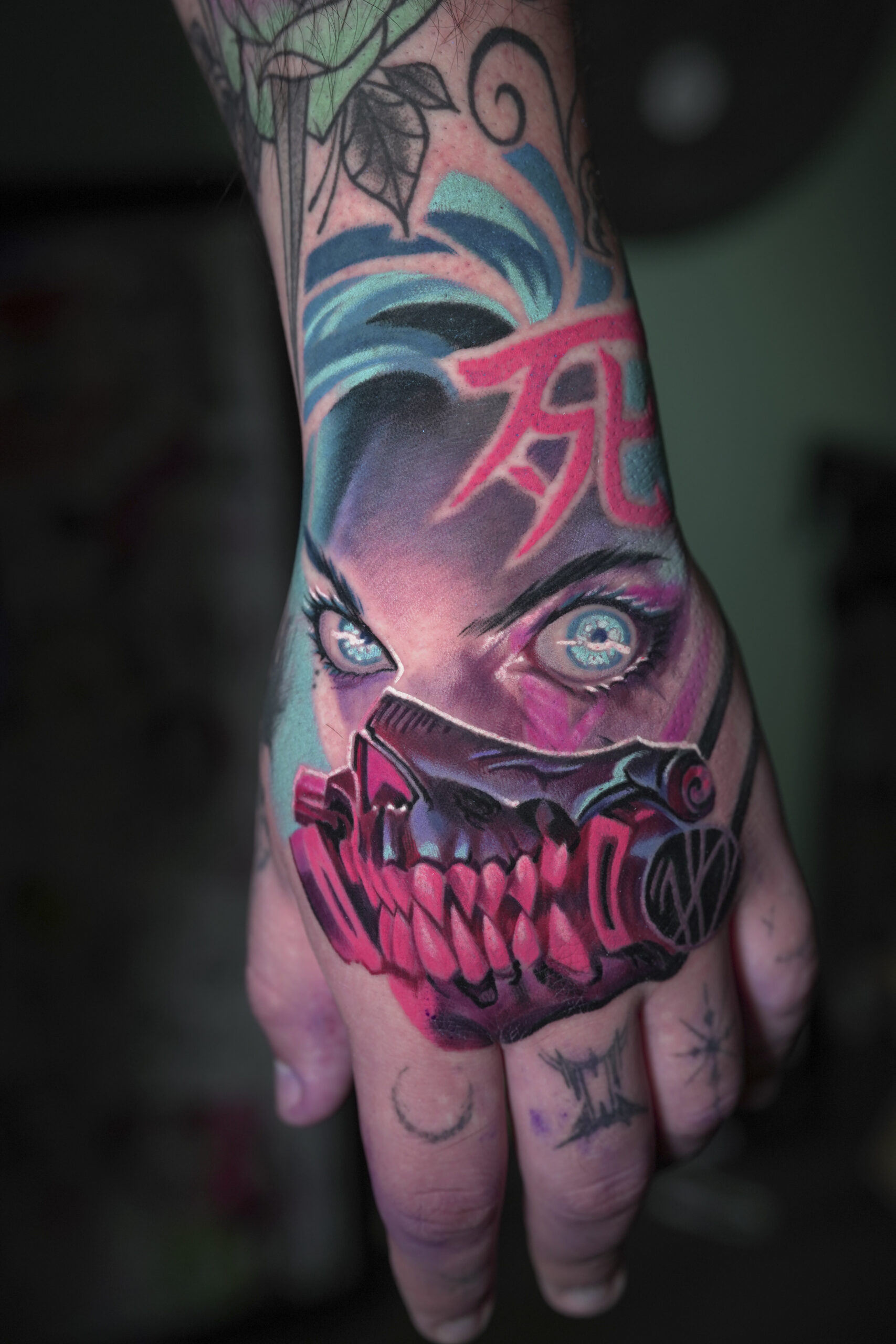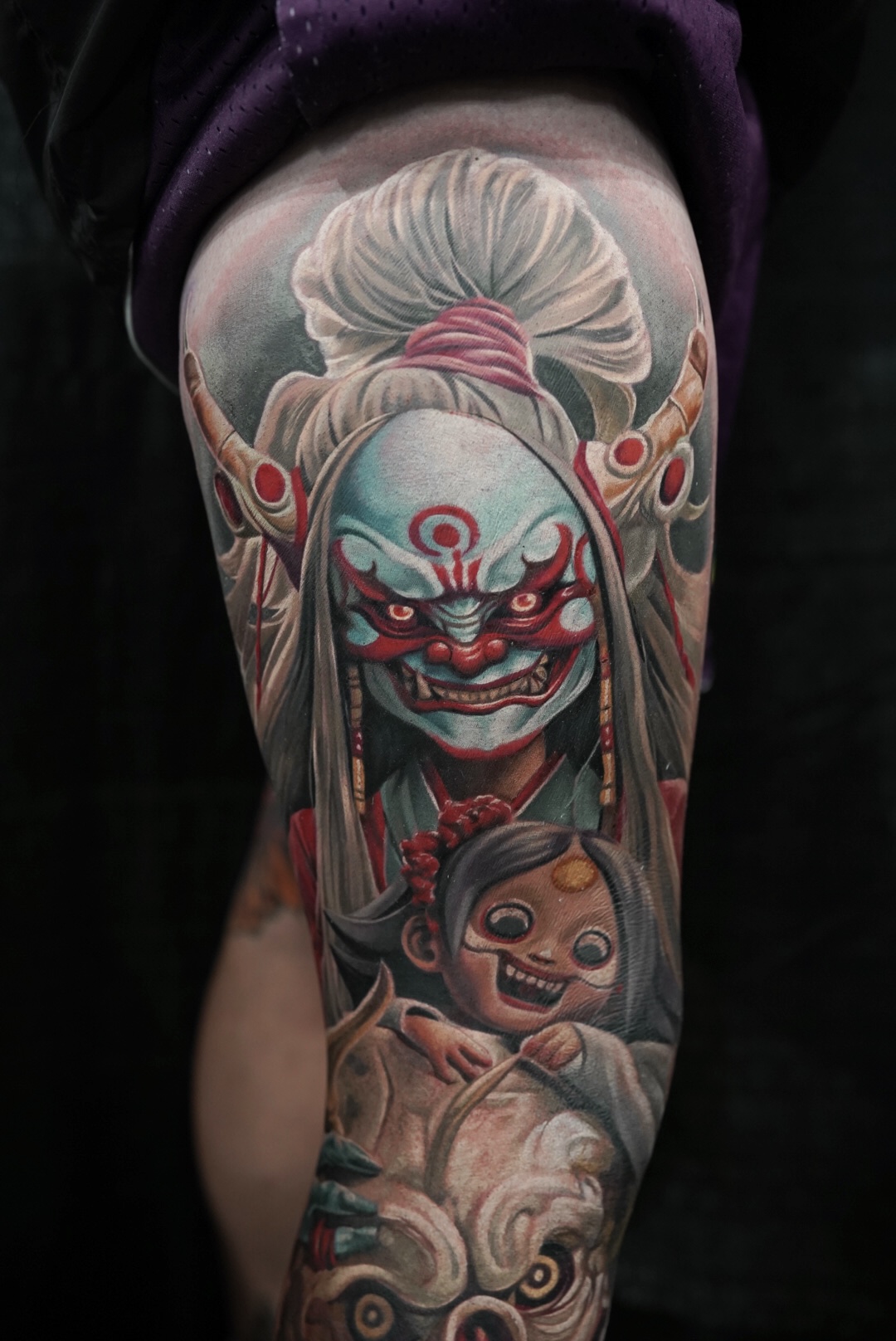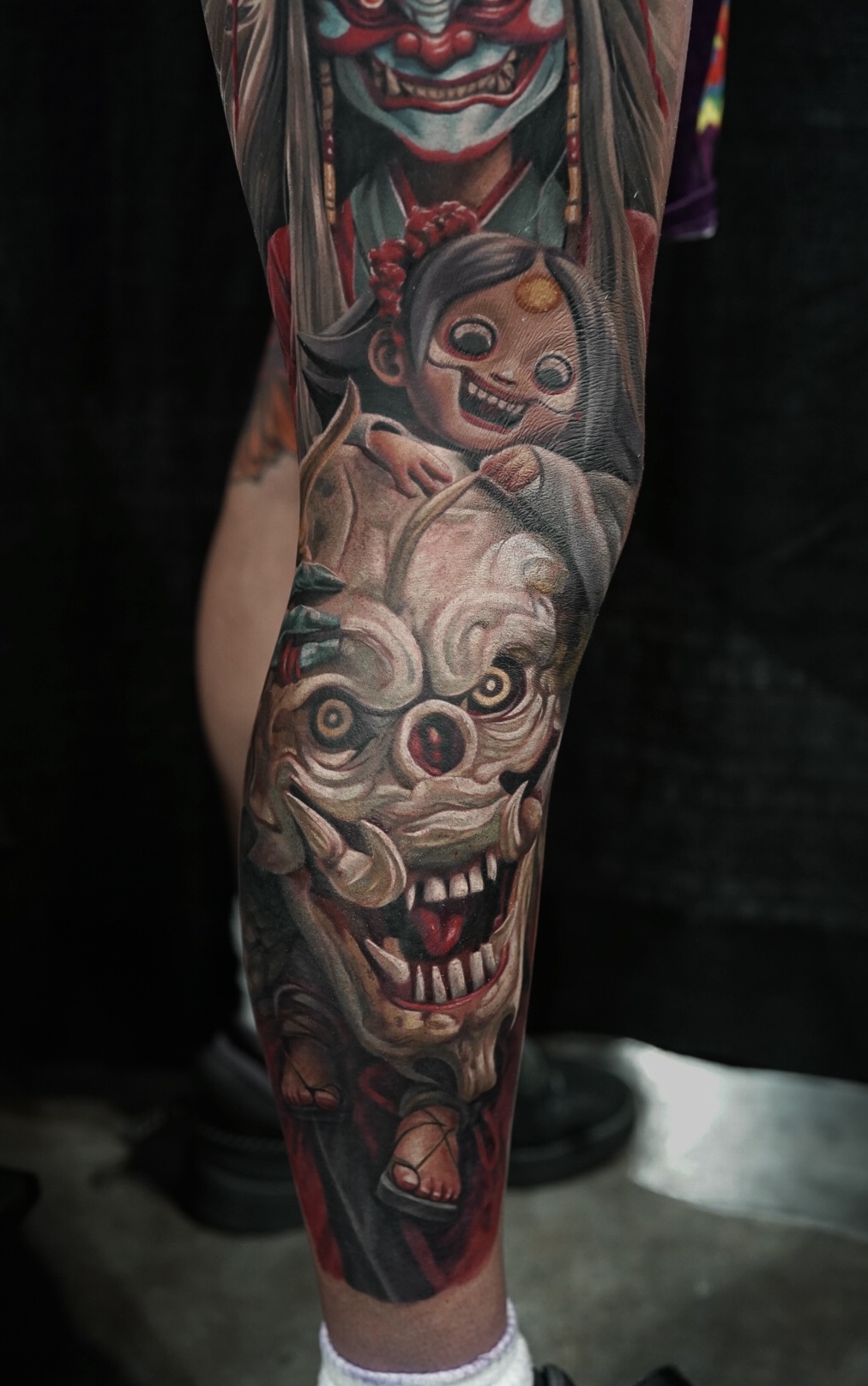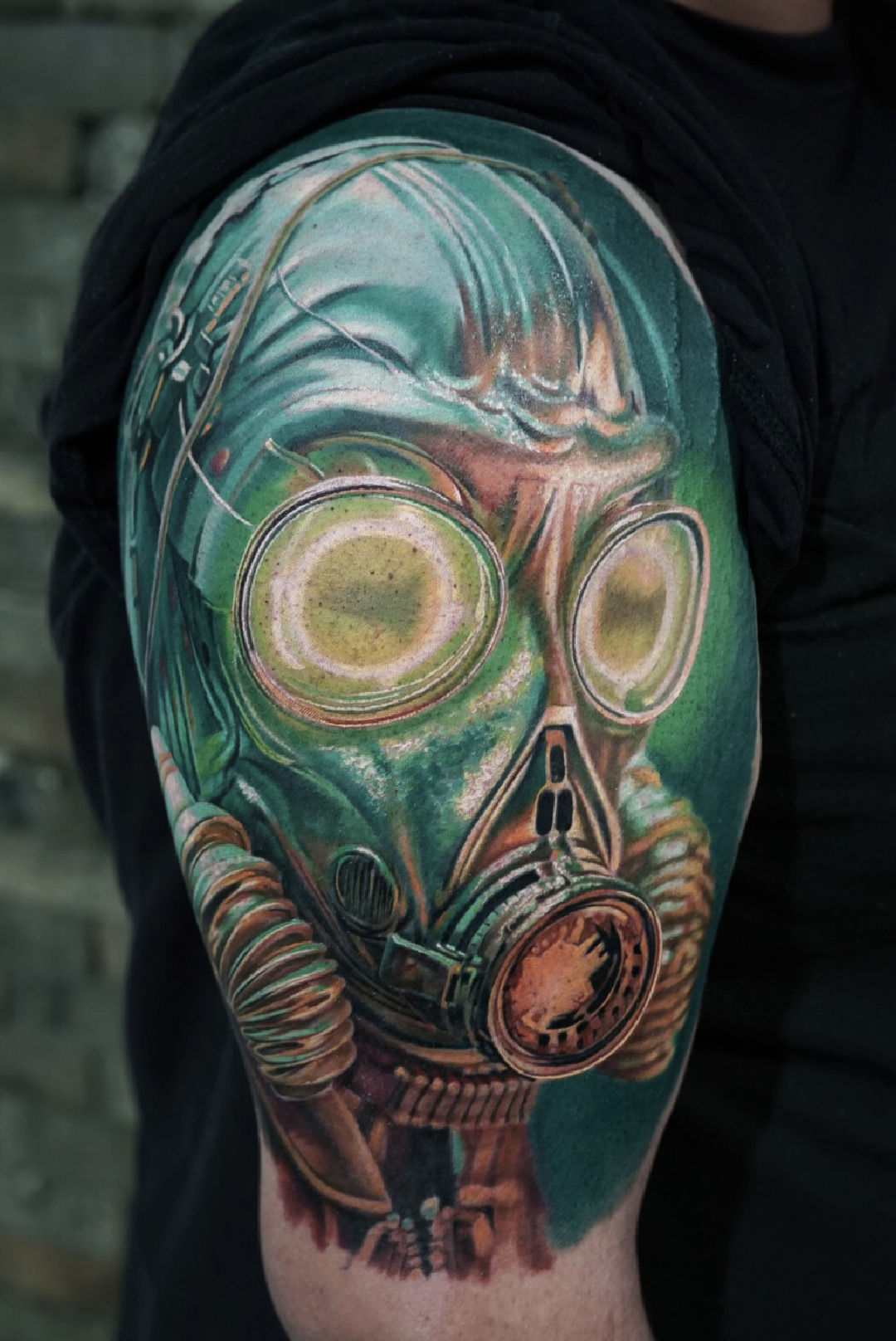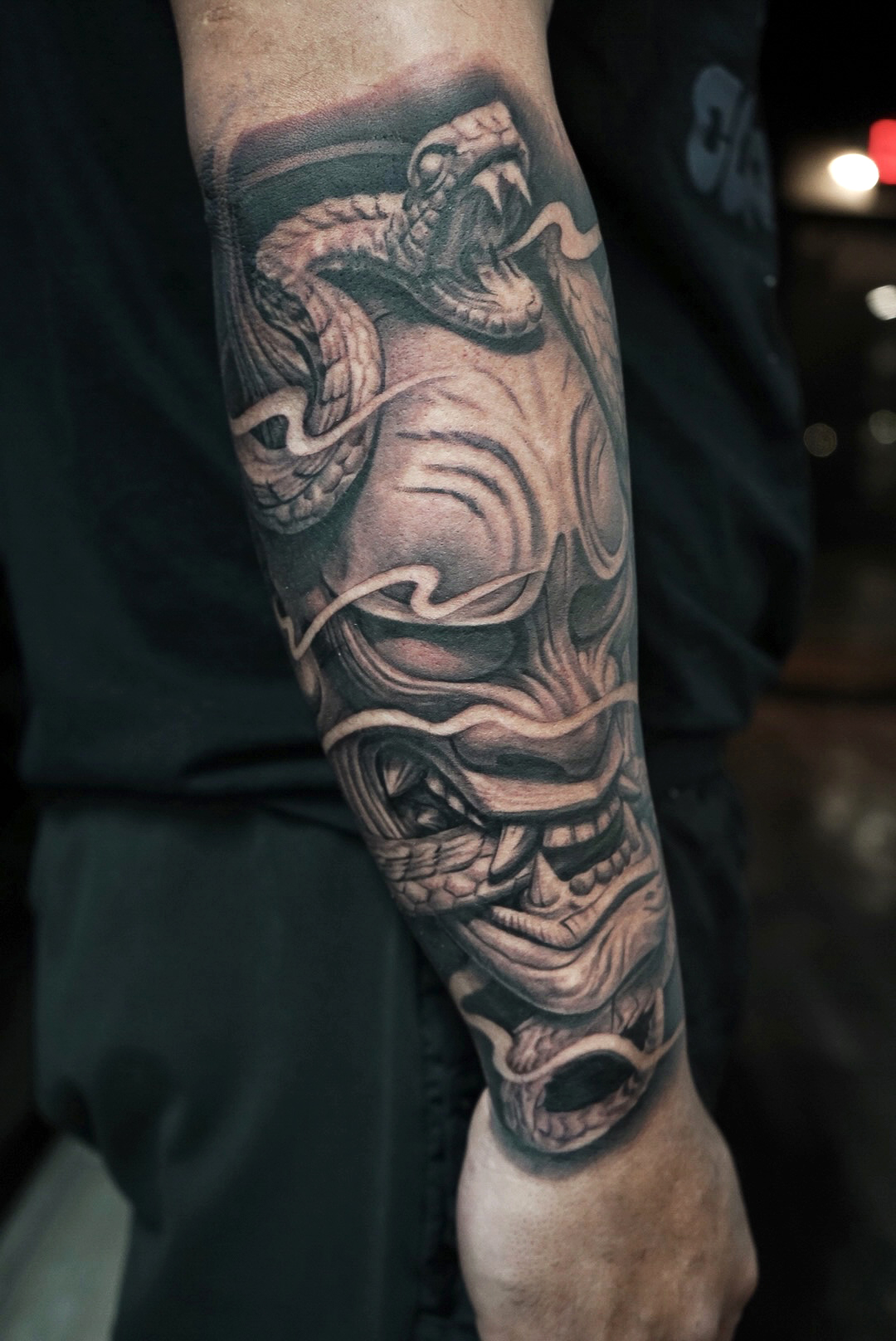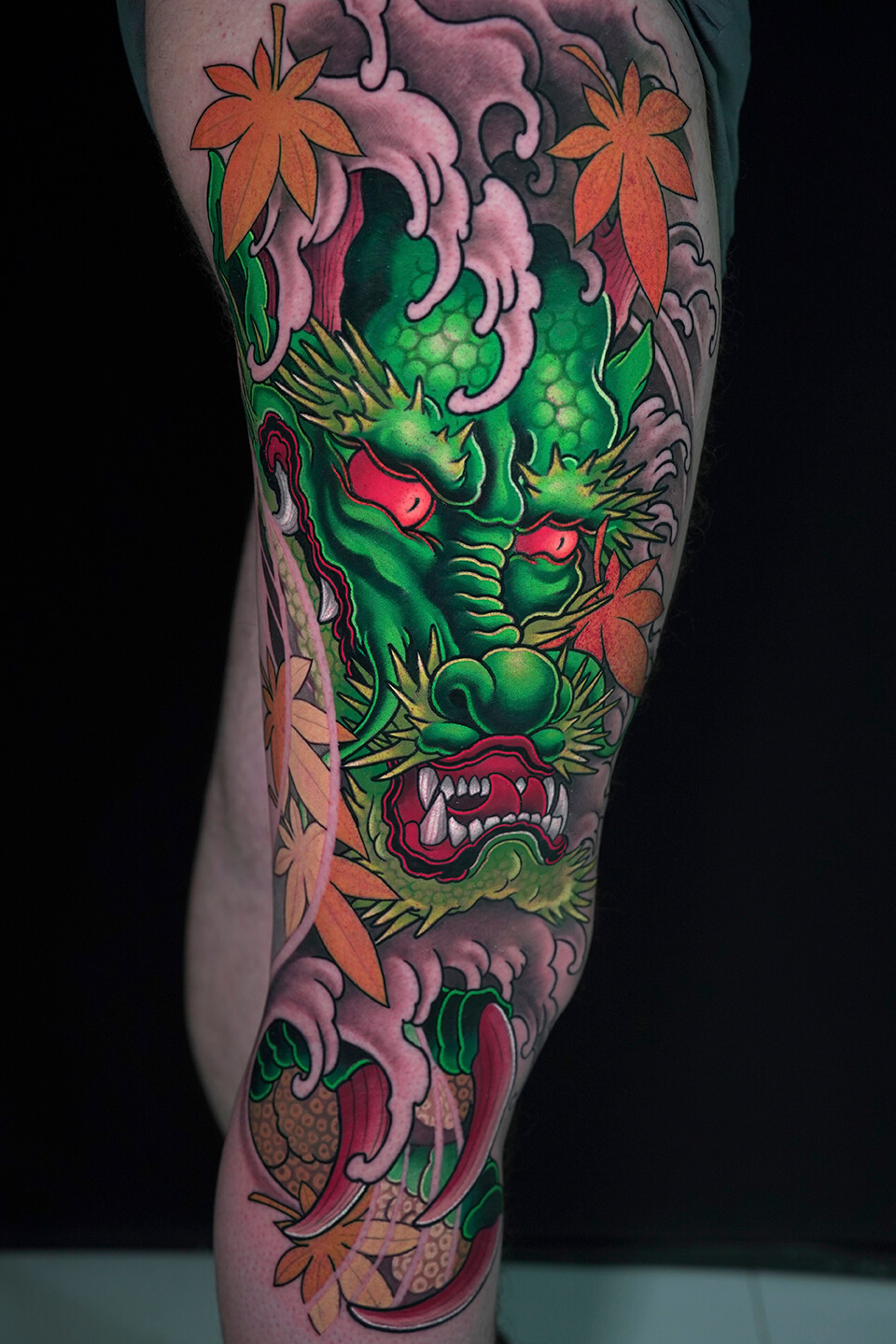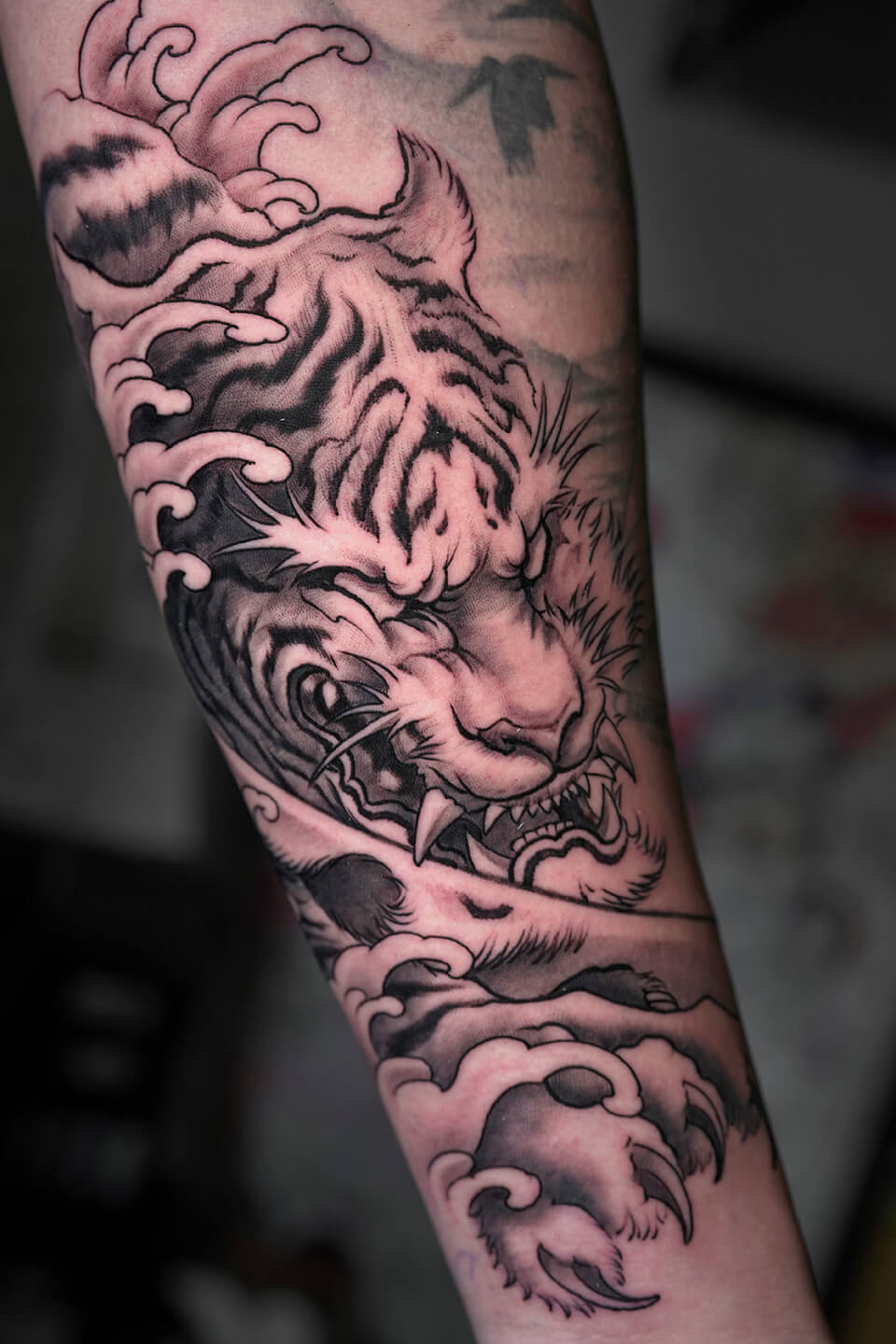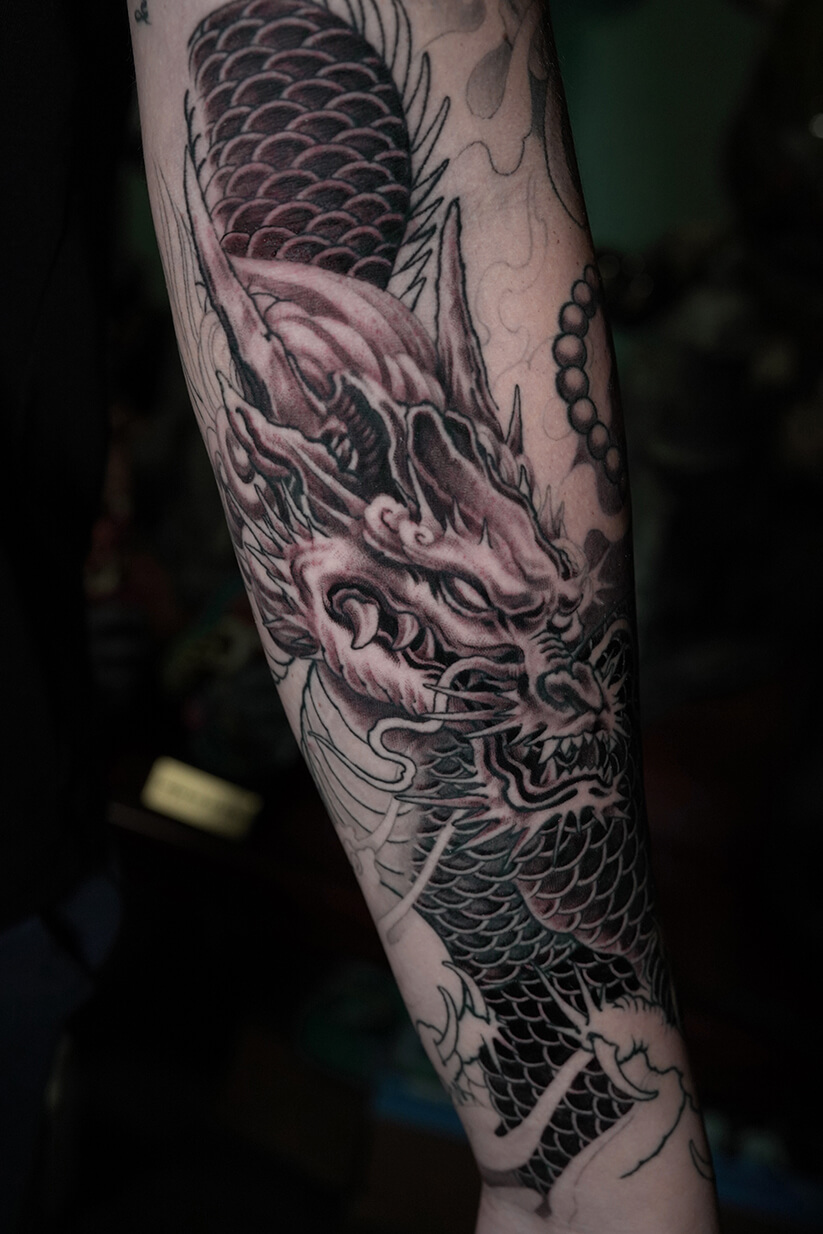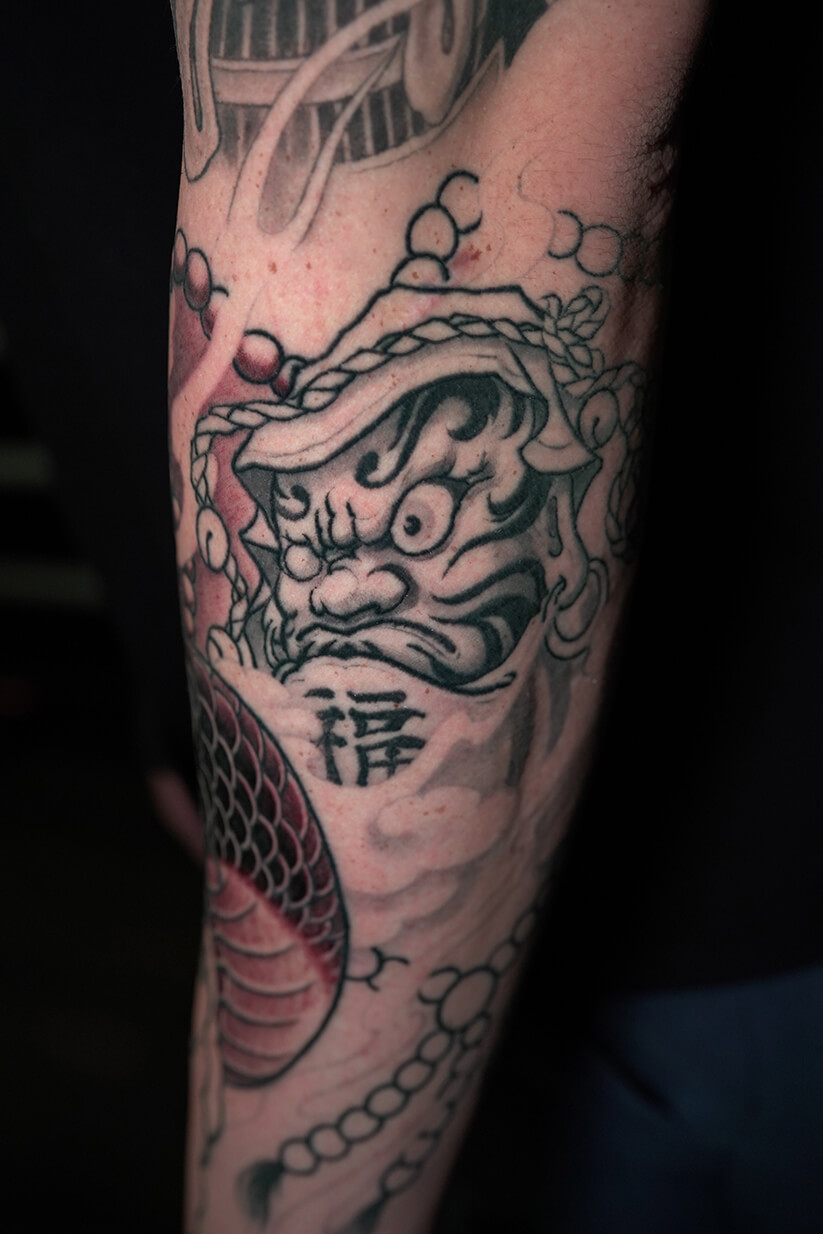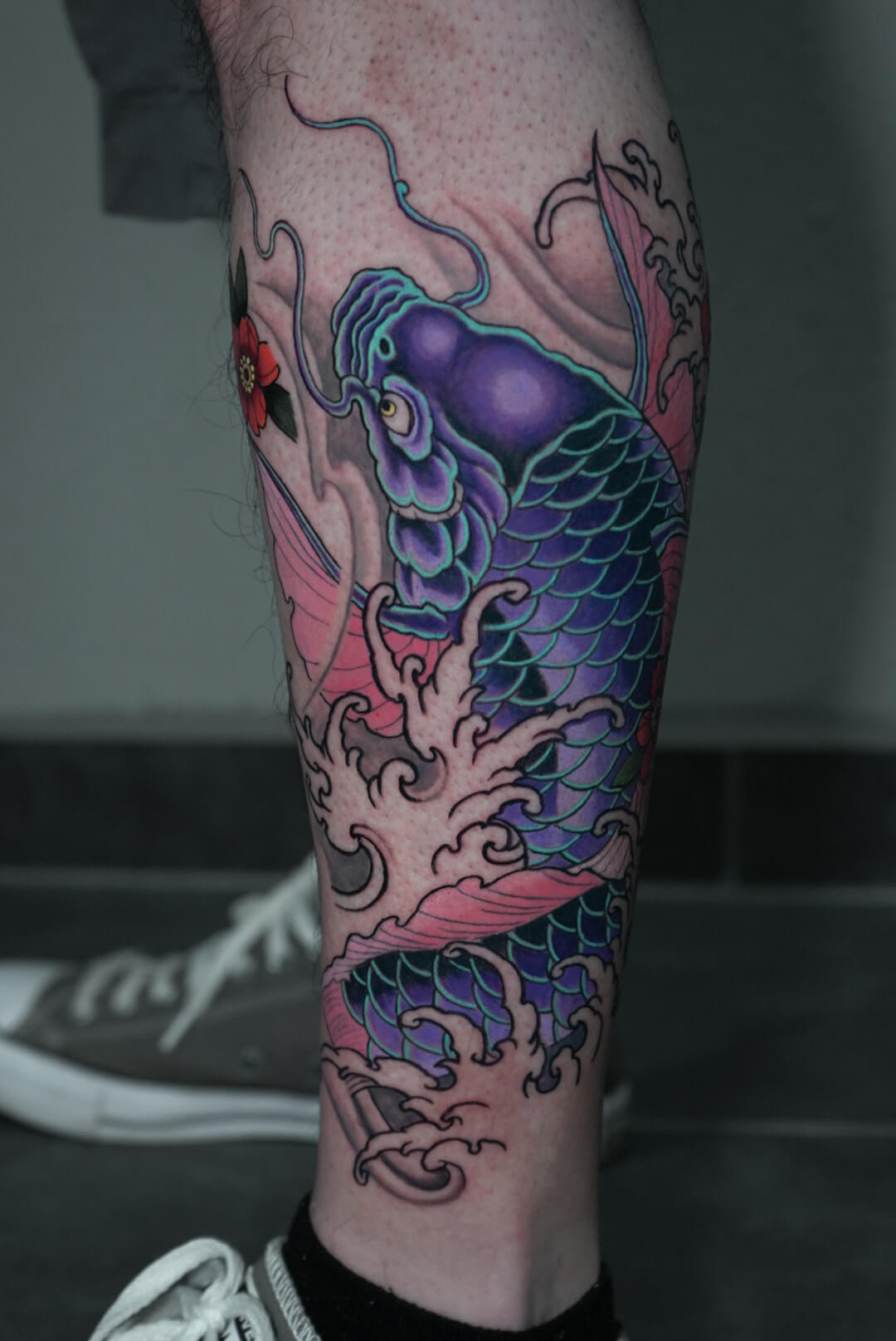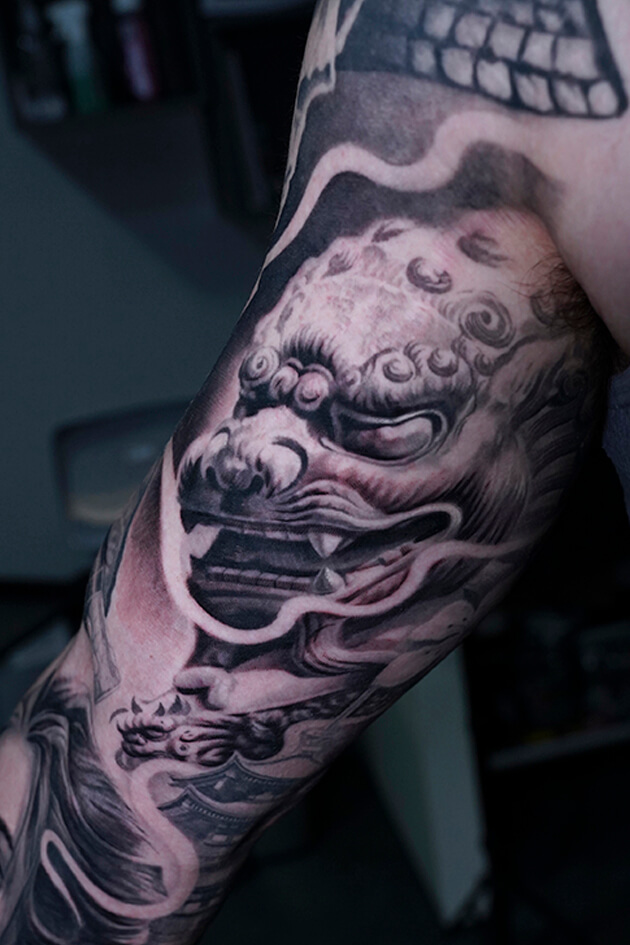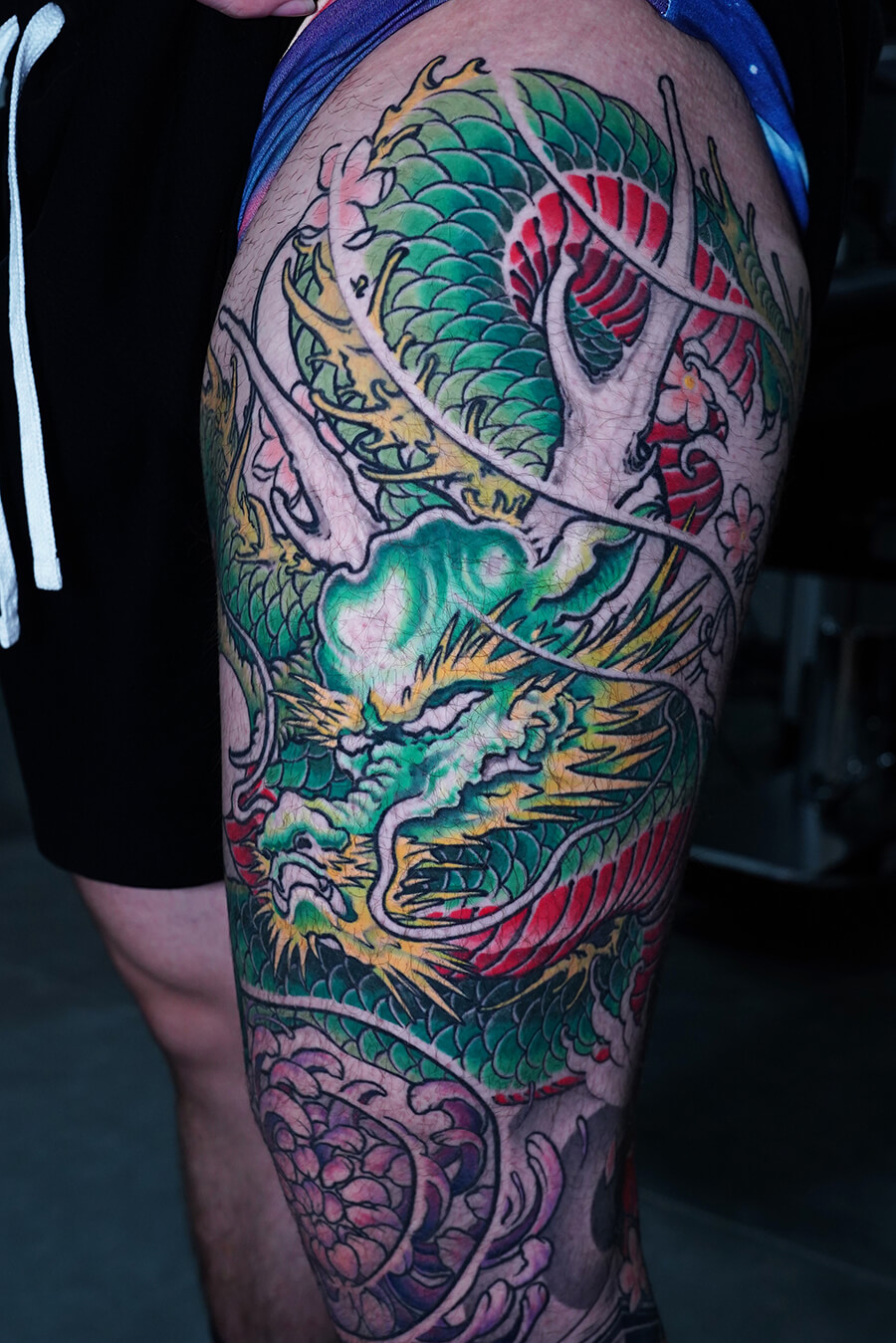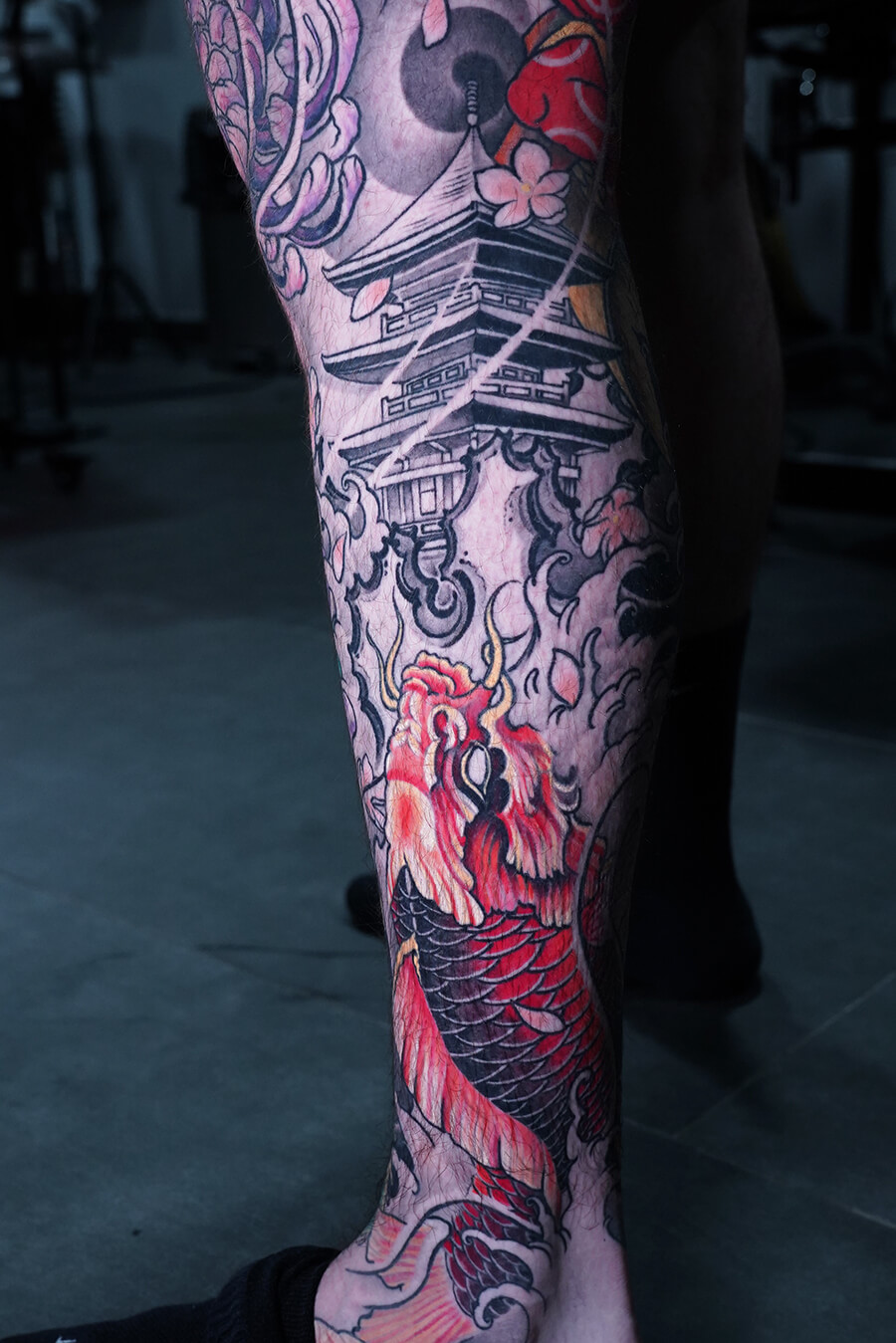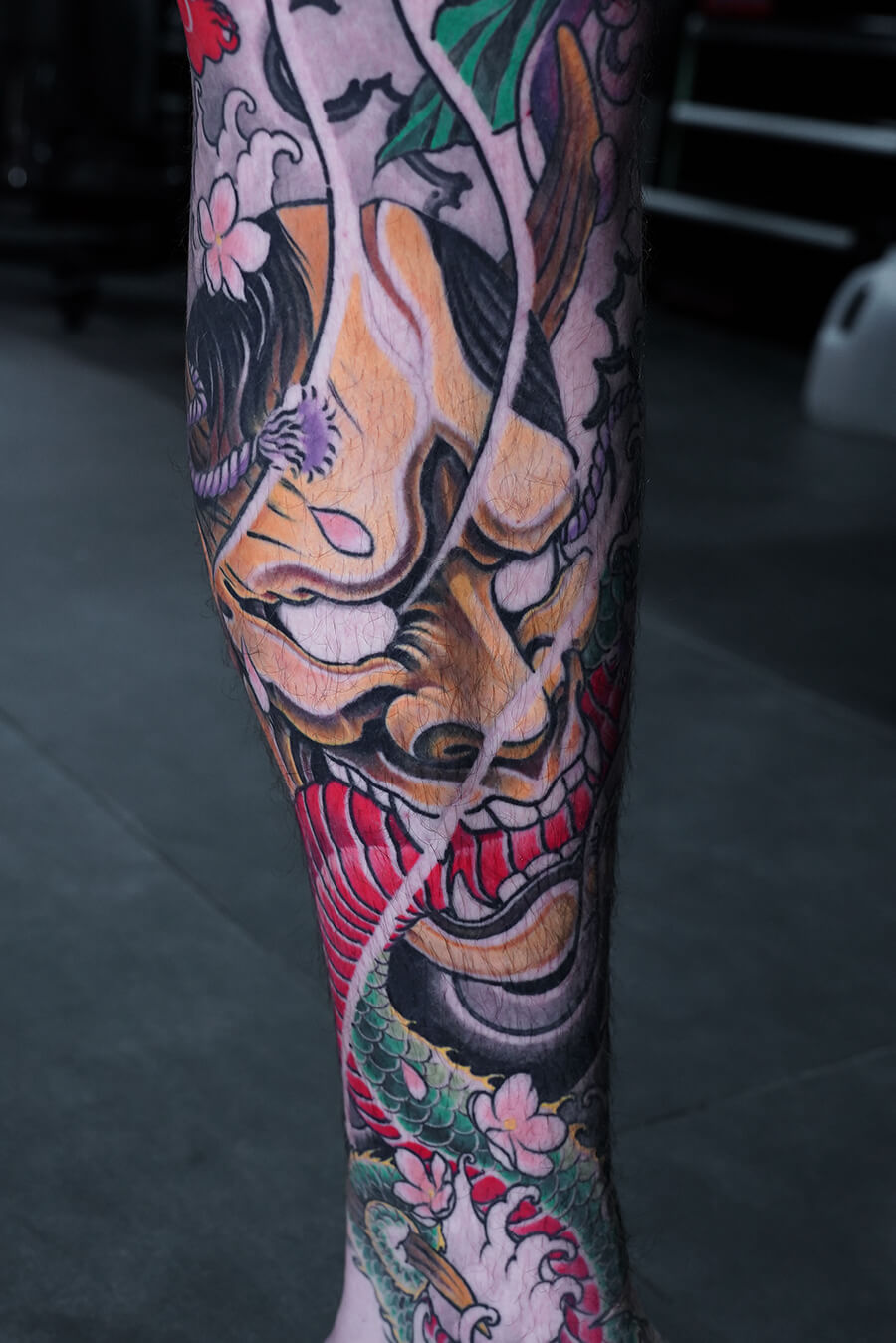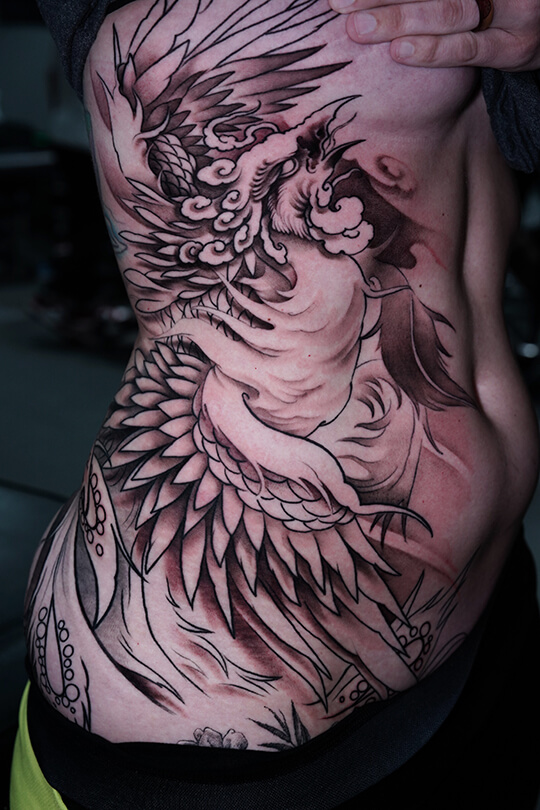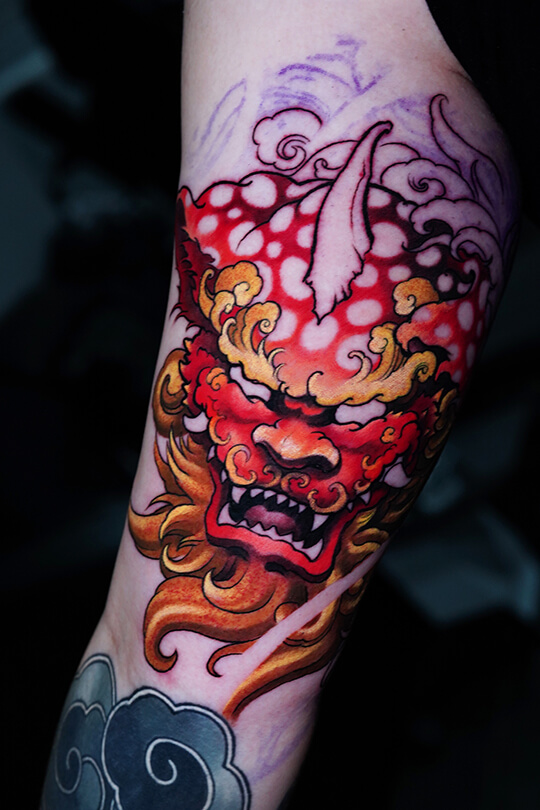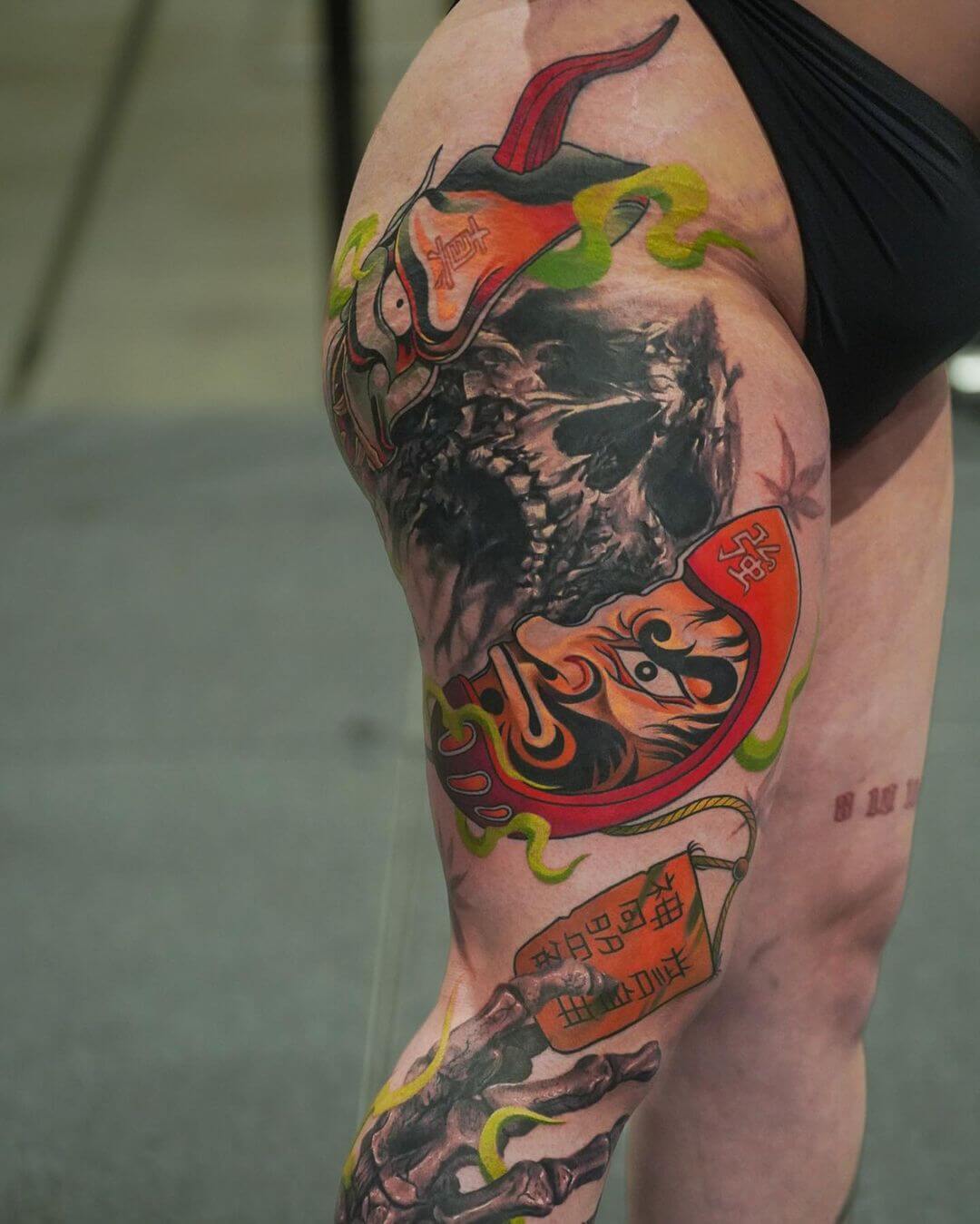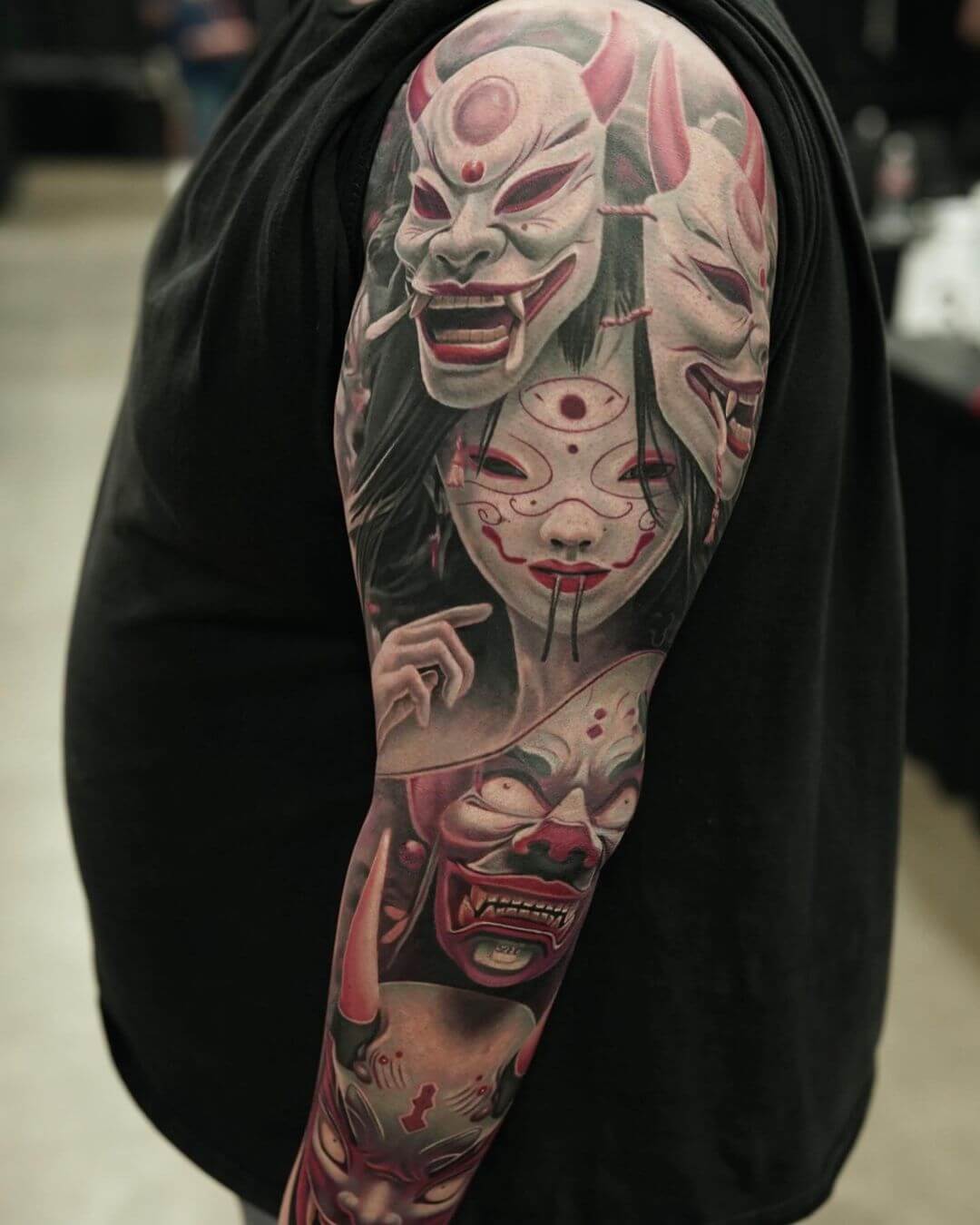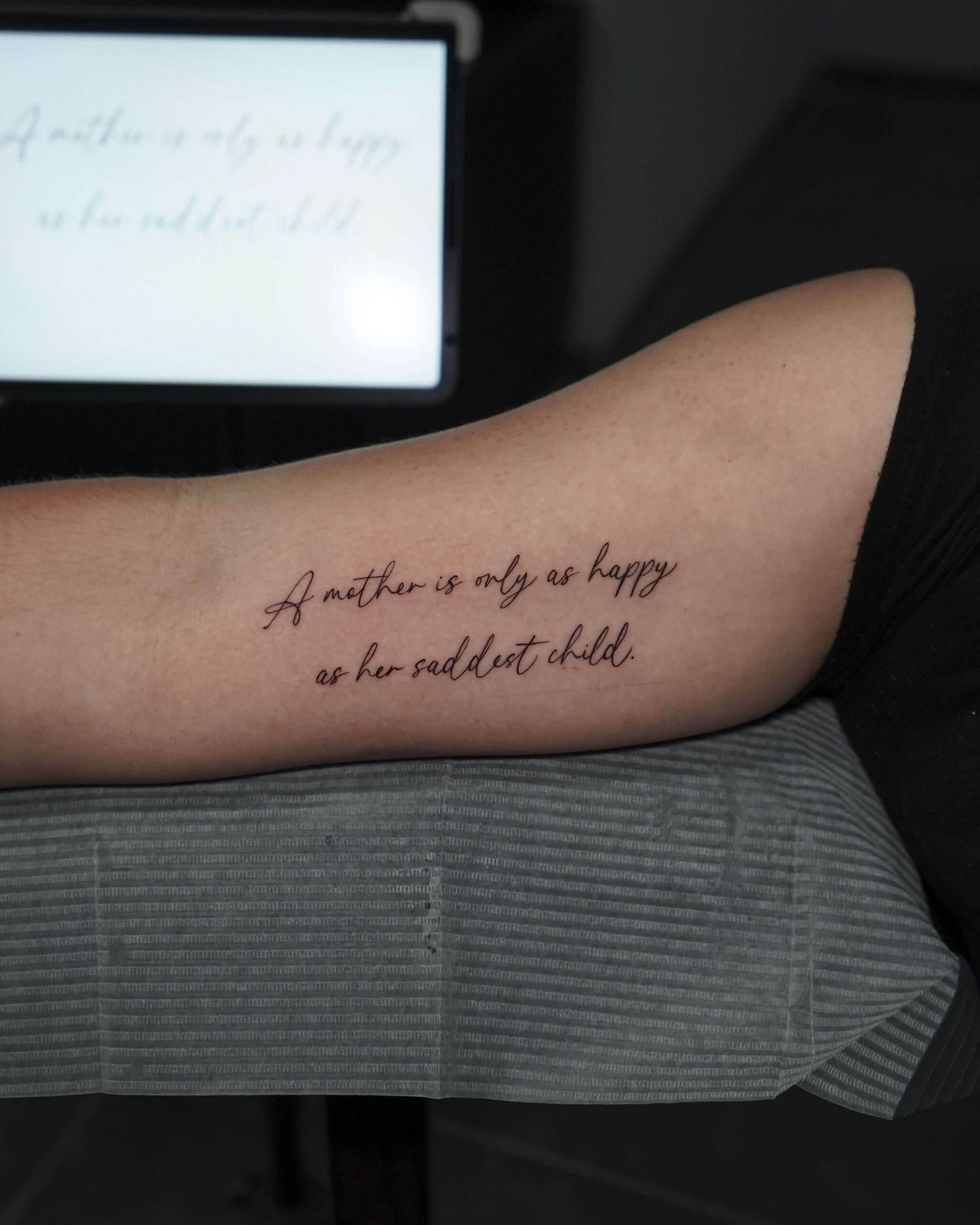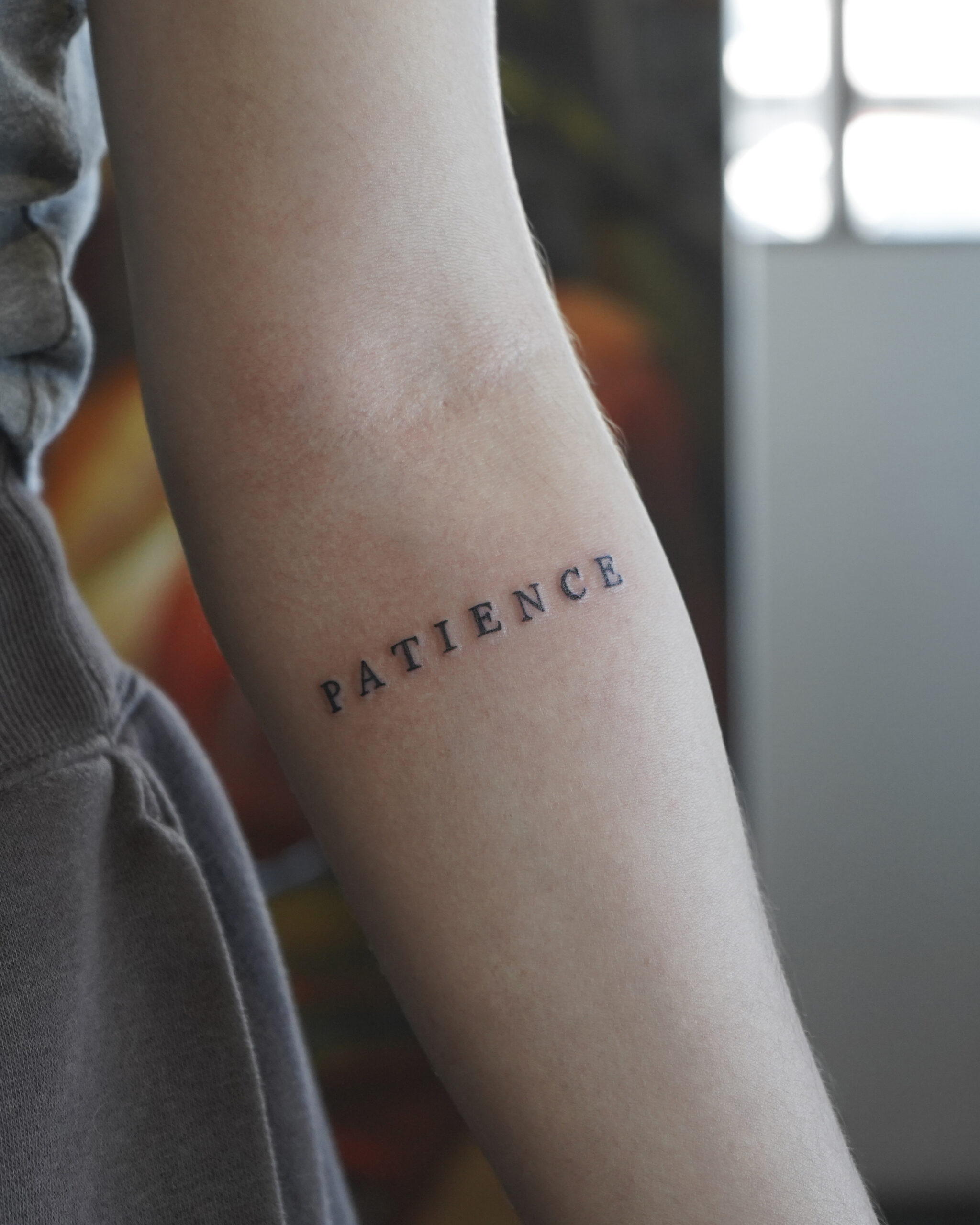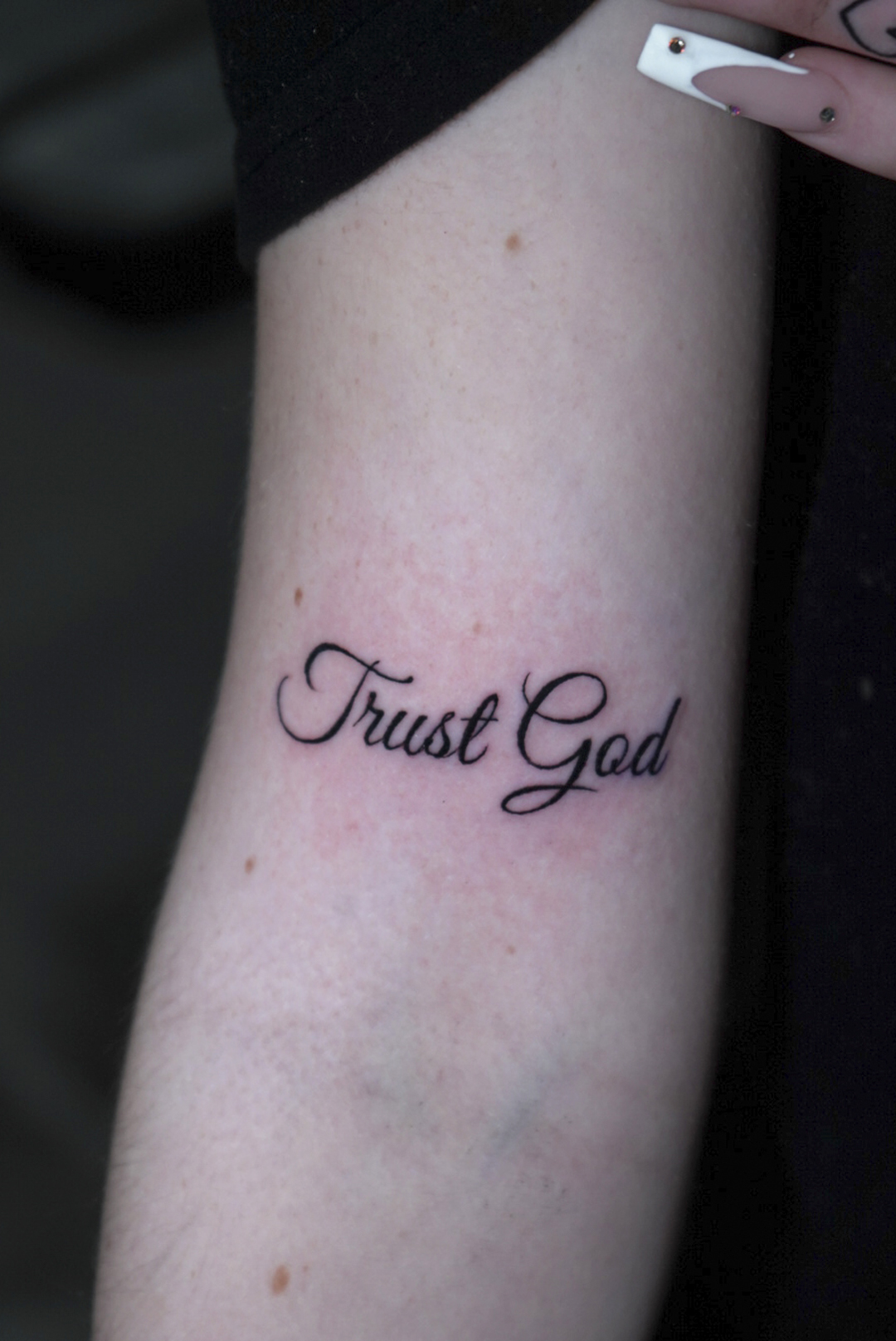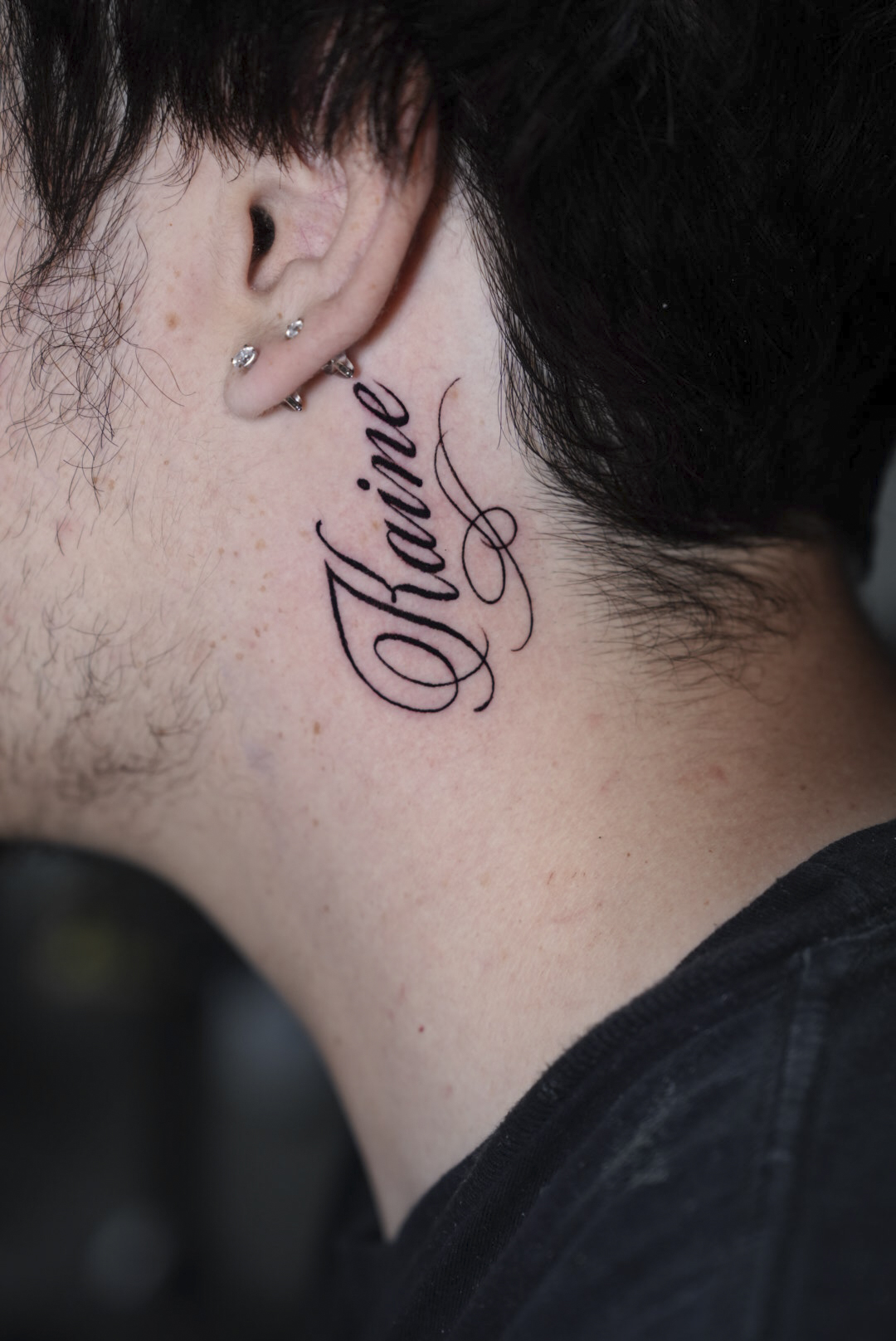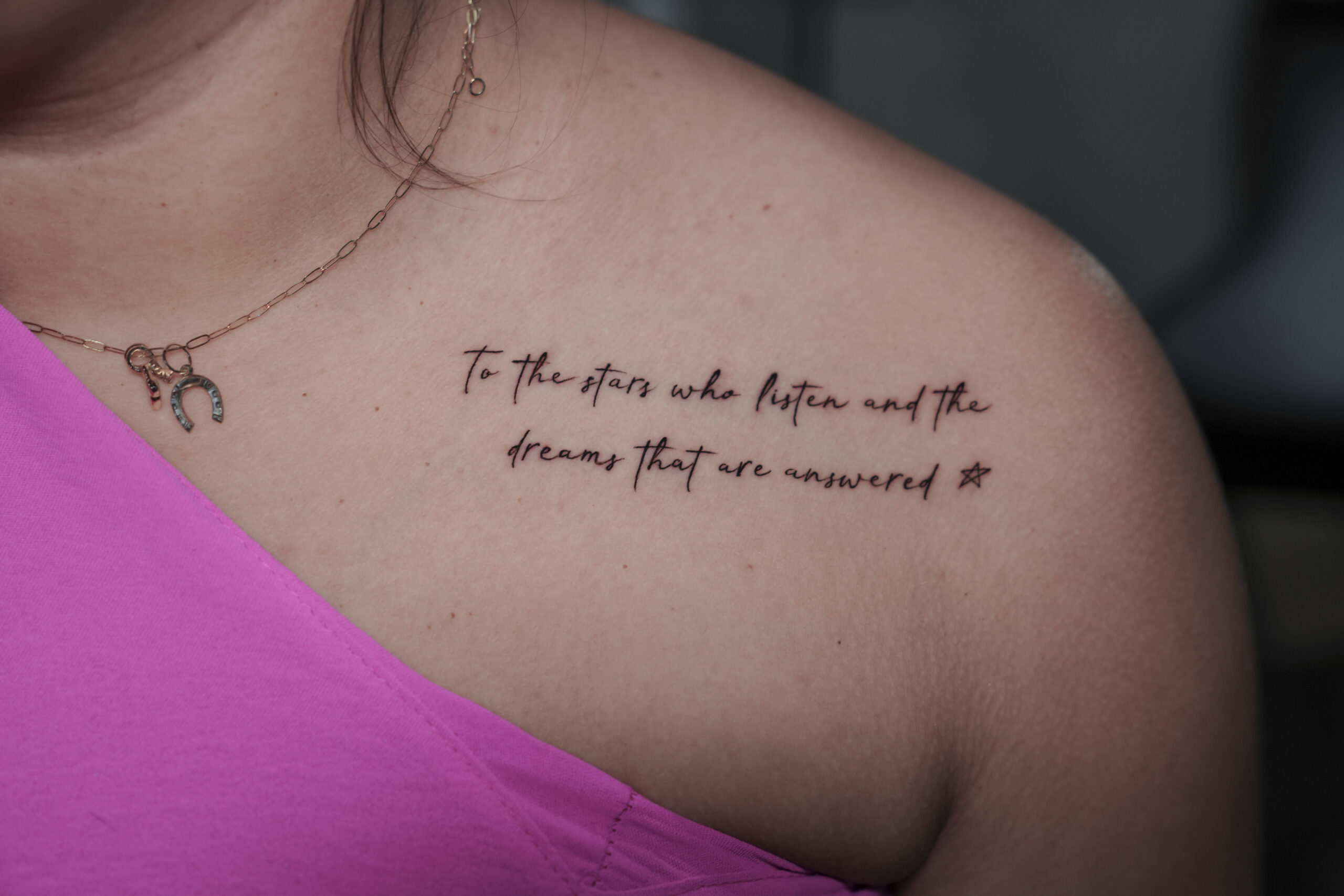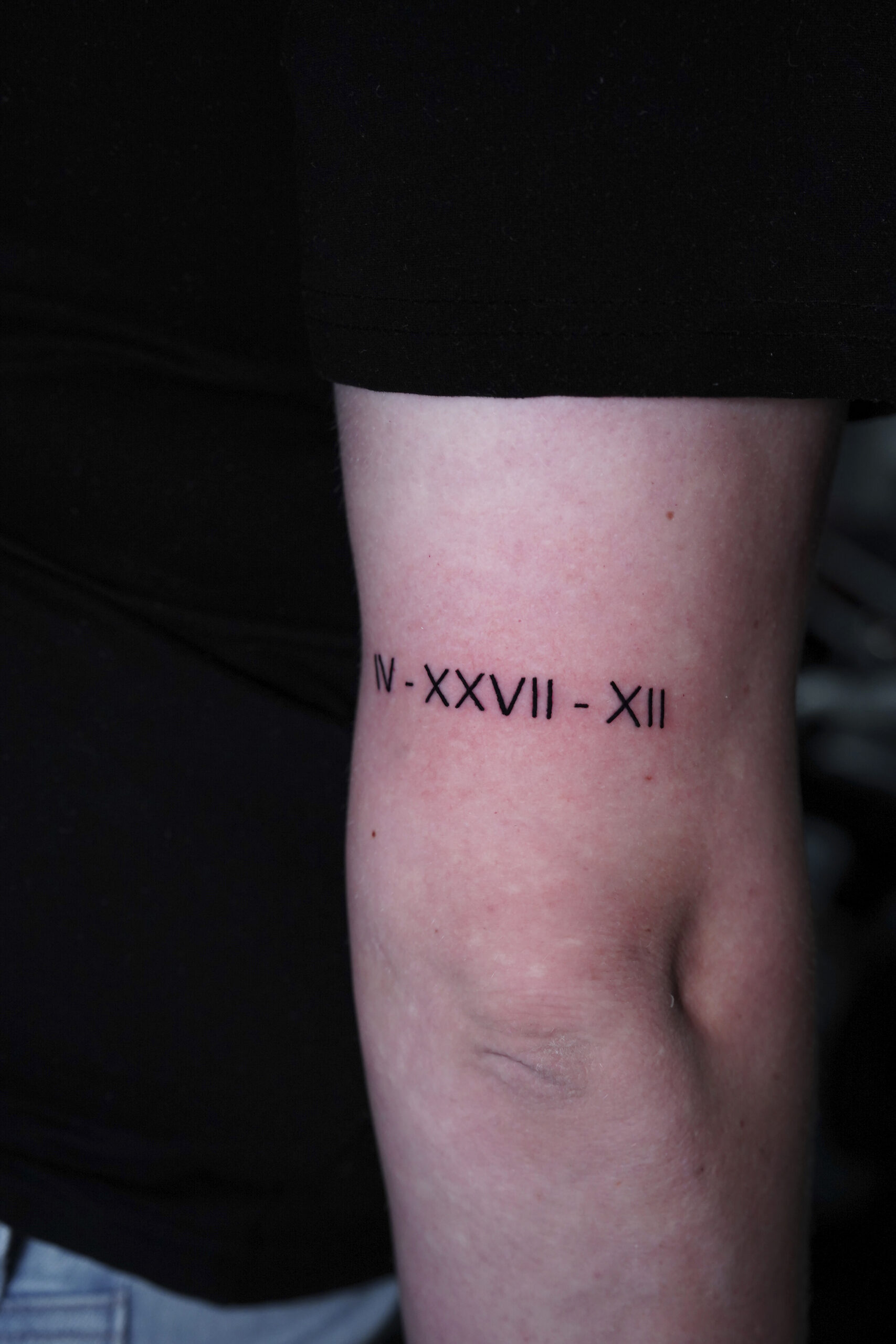Planning a tattoo sleeve is a significant and exciting journey. This comprehensive guide, crafted by the expert artists at Hyper Inkers, provides a step-by-step process to help you navigate this creative endeavor. We will cover the key stages of the process, from finding the right artist and preparing for the consultation to designing a cohesive theme and understanding the execution.
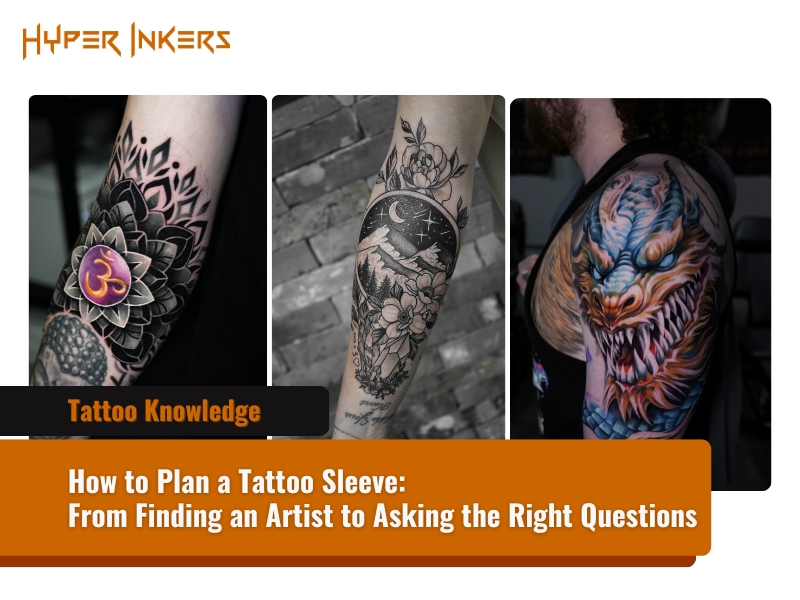
Stage 1: Finding the Right Artist for Your Sleeve Masterpiece
This stage is the single most important decision in the entire process. The right artist possesses the necessary technical skill and works in a style that aligns with your vision for a large-scale piece. A successful sleeve depends on finding a professional who can bring your ideas to life masterfully.
Why Choosing an Artist for a Sleeve is Different?
A sleeve is a long-term collaboration, not a one-off tattoo. This commitment requires an artist with proven experience in large-scale composition, consistency, and the ability to maintain a cohesive vision over multiple sessions. An artist who excels at small, individual tattoos may not have the expertise to make different elements flow together seamlessly on a large canvas like an arm. You need a specialist who understands how to design for the sleeve tattoo placement.

How to Evaluate an Artist’s Portfolio for a Large Project?
To properly evaluate an artist’s suitability for a large-scale project, you need to look beyond their individual designs and assess their ability to create a cohesive final piece. Here are the key aspects to focus on when reviewing their portfolio:
- Look for completed sleeve projects, not just individual pieces.
- Assess the consistency of their line work and shading across large areas.
- Check for smooth transitions and flow between different elements in their work.
- Verify their expertise in the specific style you want (e.g., Japanese, Realism, Traditional).
- Look for healed photos of large tattoos to see how their work settles over time.
Verifying Studio Safety and Hygiene Standards
Safety is non-negotiable for any tattoo. Hyper Inkers prioritizes the highest standards of hygiene, using state-of-the-art sterilization and sanitation practices to ensure a clean environment. You should always look for these signs of a safe, professional studio:
- Use of single-use needles and tubes.
- Proper sterilization of equipment, including autoclaves.
- Clean, organized workstations with barrier protection on all surfaces.
- Artists wearing new gloves for each client.
- Compliance with all local health department regulations.
Read the Complete Guide: How to Choose the Perfect Tattoo Artist for Your Style
Stage 2: The Consultation – What to Ask Your Tattoo Artist About a Sleeve
The consultation is a collaborative strategy session. The goal is to ensure you and the artist are perfectly aligned on the vision, process, and expectations before any needles touch the skin. This meeting is your opportunity to ask questions and build a strong working relationship.
A Crucial Checklist of Questions to Ask Your Tattoo Artist about a sleeve
The consultation is your best opportunity to gather all the necessary information to make an informed decision. Asking targeted, thoughtful questions will ensure there are no surprises and that you and your artist are completely aligned on the project. Here is a crucial checklist of questions to bring with you:
- What is your creative process for designing a full sleeve?
- Based on my ideas, how many sessions do you estimate this sleeve will take?
- What is your hourly rate, and what is the estimated total cost for the sleeve?
- How do you schedule the sessions for a full sleeve project? Is a deposit required to book them?
- Do you have specific experience with [mention your desired style] for sleeves?
- How do you approach creating flow and composition for a sleeve to work with the arm’s muscles?
- What is your policy for touch-ups on a completed sleeve?
- What do I need to do to prepare for our sleeve tattoo sessions?
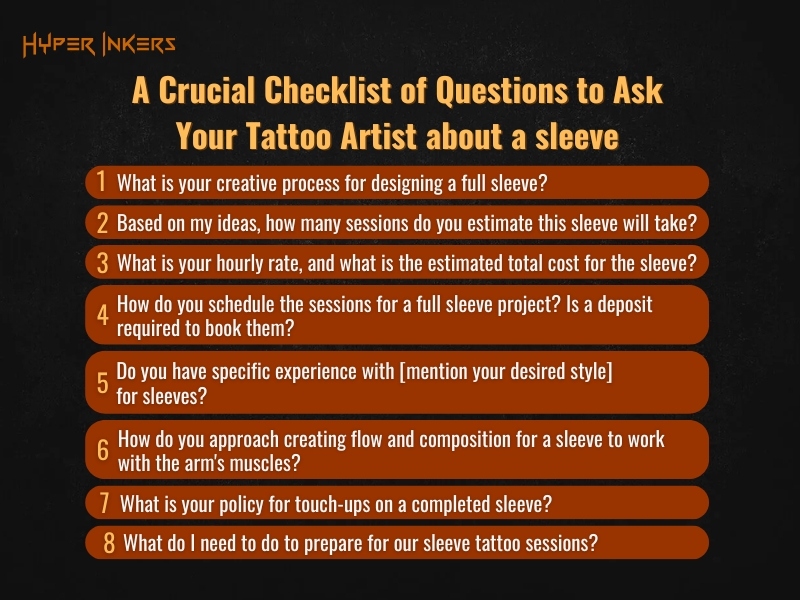
This checklist is essential for a sleeve. For a complete guide that will make you feel confident in any consultation, see our list of questions to ask your tattoo artist at consultation.
How to Present Your Ideas for Maximum Clarity?
To ensure your vision is communicated effectively, it is crucial to organize your thoughts and references clearly before the consultation. Presenting your ideas in the following structured way will help your artist understand exactly what you are looking for:
- Create a digital or physical mood board with 5-10 high-quality reference images.
- Clearly identify what you like about each image (e.g., the subject, the style, the color palette).
- Be prepared to explain the overall story or feeling you want the sleeve to convey.
- Have a list of key elements or symbols you definitely want to include.
- Be open to the artist’s expert input and suggestions for improvement.
Discussing Budget and a Realistic Timeline
You should be upfront and honest about your budget during the consultation. An experienced artist can sometimes tailor the complexity or size of certain elements to accommodate a budget, but the quality of the work should never be compromised. A sleeve is a marathon, not a sprint. The process typically takes several months to a year to complete, allowing for proper healing time between each session.
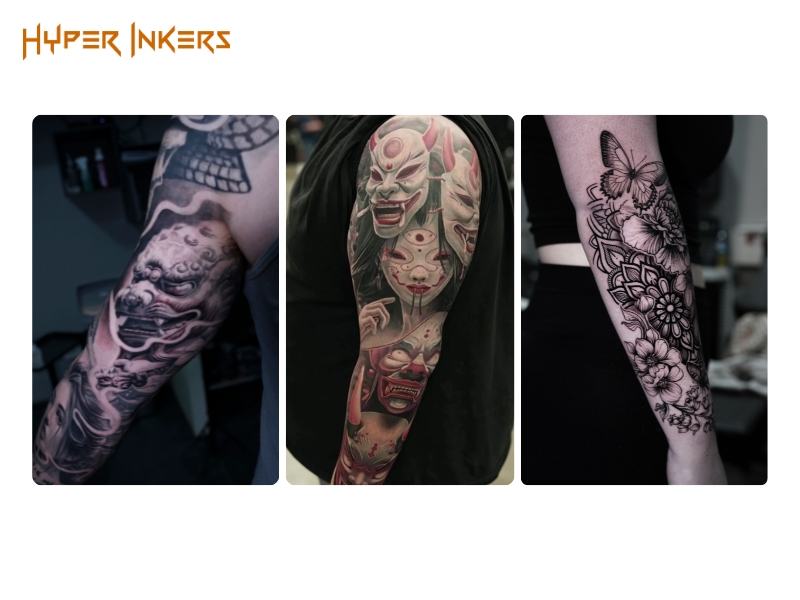
Stage 3: Planning Your Sleeve – Brainstorming a Theme & Creating Flow
With an artist chosen, you can transition to planning the art itself. A great sleeve is more than a collection of interesting images; it is a unified piece of art that tells a story and complements the form of your body. Careful planning at this stage ensures a cohesive and visually striking result.
How to Choose a Cohesive Theme for Your Tattoo Sleeve?
A theme acts as the creative glue for your sleeve, ensuring all elements work together harmoniously. It provides a guideline for the design and helps the artist create a unified composition. Examples of common themes include:
- Narrative: Based on mythology, literature, or a personal story.
- Aesthetic: Focused on a specific art style, such as Traditional Japanese, Biomechanical, or Black and Grey Realism.
- Symbolic: Centered around a collection of related symbols, such as nature, spirituality, or family.
What is “Flow” and Why is it Critical for a Sleeve?
“Flow” is the visual movement of the tattoo design as it wraps around your arm. It is achieved by designing with the body’s natural contours and musculature in mind, not against them. An artist creates flow by strategically placing elements to guide the eye smoothly across the entire piece. A sleeve with good flow looks like it belongs on the arm, enhancing its shape. A sleeve with poor flow can look like a flat image awkwardly placed on a cylinder.
The Role of Main Elements, Secondary Elements, and Background
A well-composed sleeve is typically broken down into three layers. The main elements are the focal points that immediately draw the eye and establish the core of your theme. Secondary elements are smaller pieces that support the theme and fill larger gaps between the main subjects. The background, which could be smoke, clouds, water, or geometric patterns, is the critical component that ties everything together. It creates depth, ensures there are no awkward empty spaces, and solidifies the sleeve’s cohesive look.
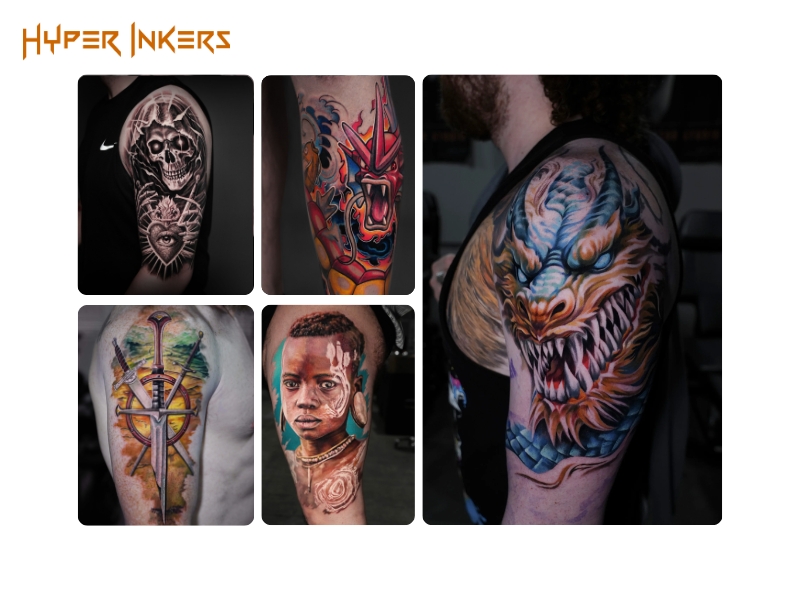
Stage 4: The Execution Process & Aftercare
This stage shifts the focus to the practical aspects of getting the tattoo. Understanding what to expect during your appointments and how to care for your new artwork is your responsibility and is essential for achieving the best possible result.
How Many Sessions Does a Sleeve Usually Take?
There is no single answer to this question, but a full sleeve often requires anywhere from 20 to 40+ hours of tattoo time. This is typically broken down into multiple sessions, each lasting between 3 to 5 hours. The total timeline depends on the design’s complexity, your personal pain tolerance, and the artist’s working speed. Your artist will provide a more accurate estimate during the consultation.
Preparing for Your Tattoo Sessions
Proper preparation before your appointment is essential for your comfort and also helps the artist work more effectively, contributing to a better final result. To ensure each session goes as smoothly as possible, follow these key preparation steps:
- Get a good night’s sleep before your appointment.
- Eat a substantial meal 1-2 hours beforehand.
- Stay well-hydrated.
- Avoid alcohol and blood thinners for at least 24 hours prior.
- Wear comfortable, loose clothing that allows easy access to the arm.
- Bring snacks, water, and headphones for longer sessions.
Aftercare Between Sessions is Crucial
Proper aftercare is not just for the final, completed tattoo; it is essential between sessions. A well-healed section of skin provides the best possible canvas for the artist to work on next, ensuring consistent quality throughout the sleeve. Briefly, core aftercare steps include gentle cleaning with mild soap, applying a light layer of recommended moisturizer, and avoiding sun exposure and soaking in water. Your artist will provide you with detailed instructions to follow.
Explore our complete guide on the process of getting a tattoo to confidently navigate every stage, from initial idea to final healing.
Frequently Asked Questions (FAQs)
Can you get a full sleeve tattoo in one sitting?
No, it is not recommended for safety or quality reasons. Your body needs time to heal between sessions, and the quality of the artist’s work diminishes over excessively long periods.
How do you make a sleeve tattoo cohesive?
Cohesion is achieved by choosing a unified theme, a consistent art style, and a design that uses background and filler elements to create a natural flow around the arm.
Should a tattoo sleeve have a theme?
While not strictly necessary, a theme is the most effective way to ensure a sleeve looks like a single, intentional piece of art rather than a random collection of tattoos. Patchwork sleeves are an alternative style but lack the unified flow of a themed sleeve.
How much does a full sleeve tattoo cost?
The cost varies widely based on the artist, complexity, and location, but a high-quality sleeve can cost several thousand dollars. Pricing is typically based on an hourly rate, which can range from $80 to over $200 per hour depending on the artist’s experience and demand.
If you’re in San Antonio, it’s a good idea to research the san antonio tattoo shops price range to know the price before getting the sleeve tattoo
Ready to Start Your Journey?
Planning a tattoo sleeve is a rewarding process when done correctly, resulting in a piece of art you will cherish for a lifetime. The team at Hyper Inkers, recognized as the best tattoo parlor San Antonio has to offer, is dedicated to turning your vision into a world-class masterpiece, combining technical expertise with creative passion. We invite you to take the first step by booking a consultation to discuss your ideas with one of the best tattoo artists in San Antonio for sleeves.
Call us at (210) 997-9737 or visit our website to book your appointment today!


